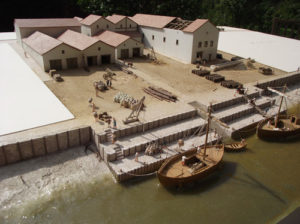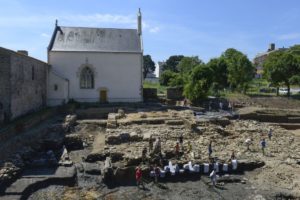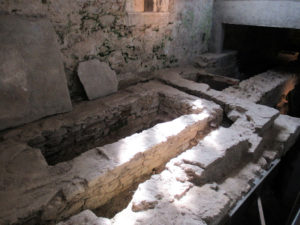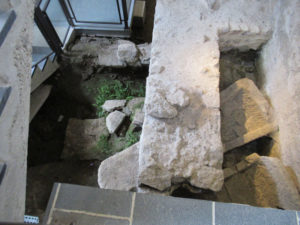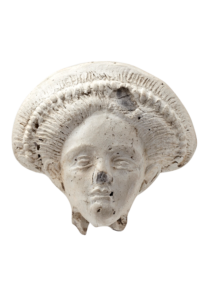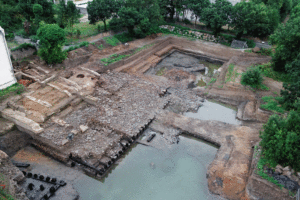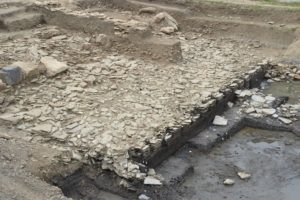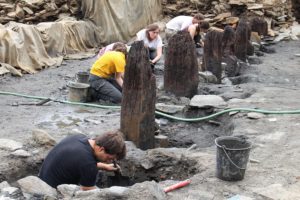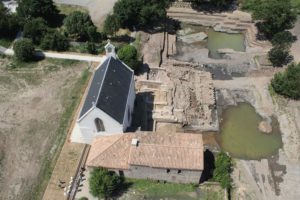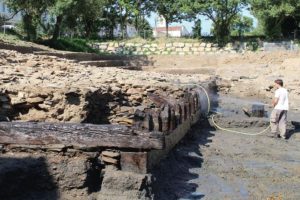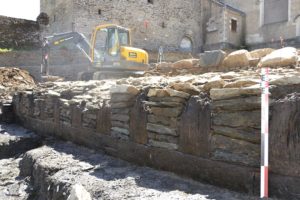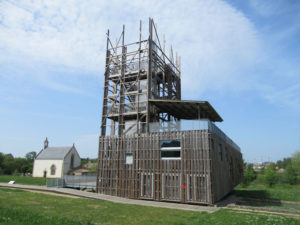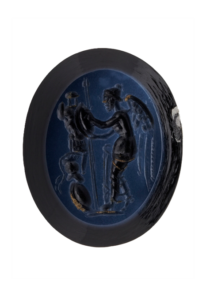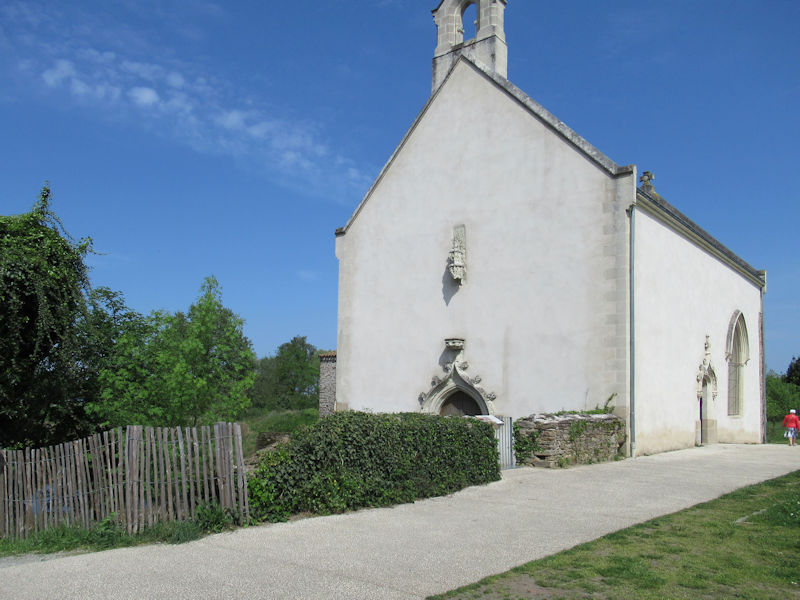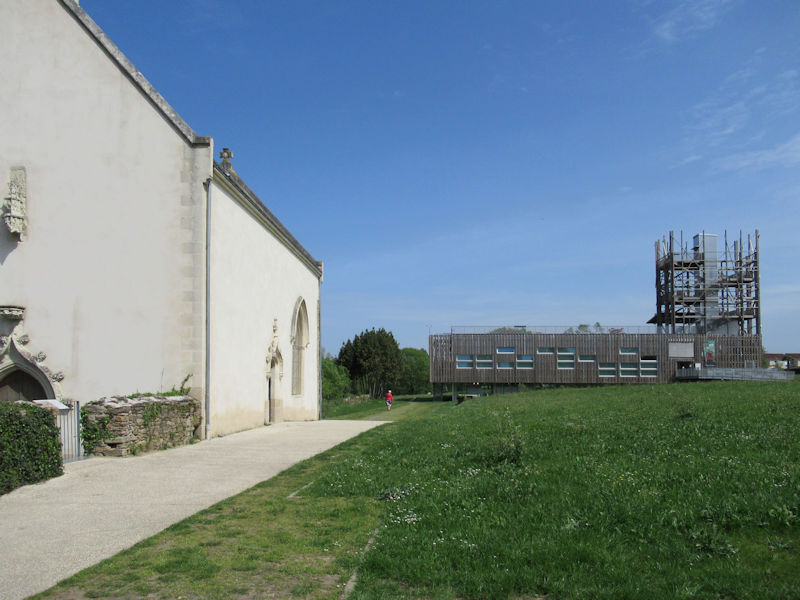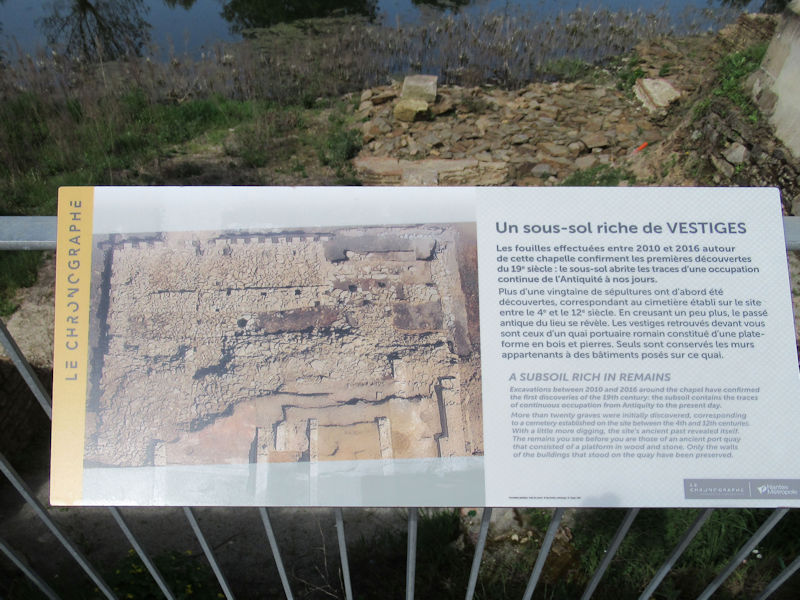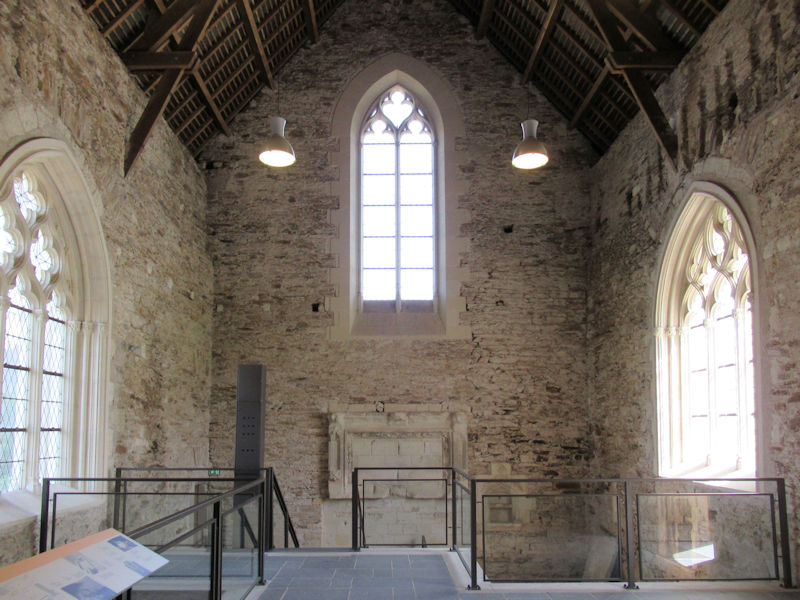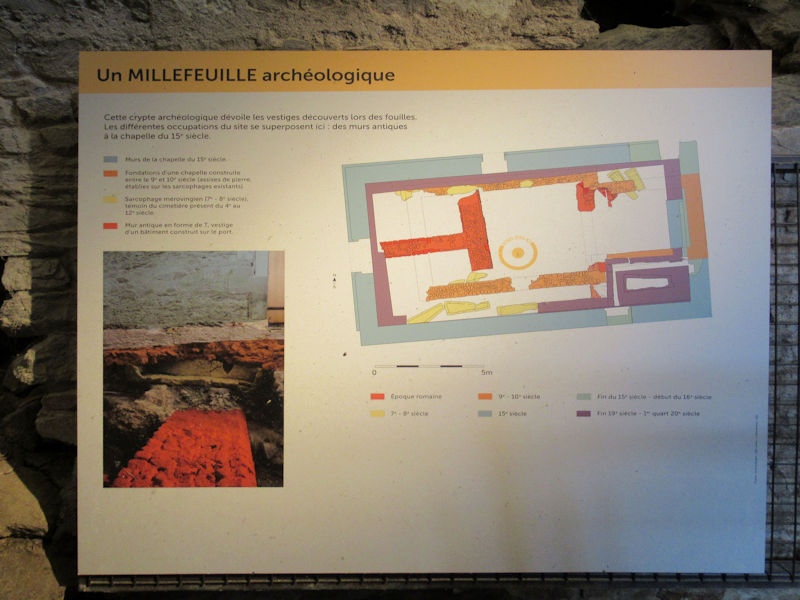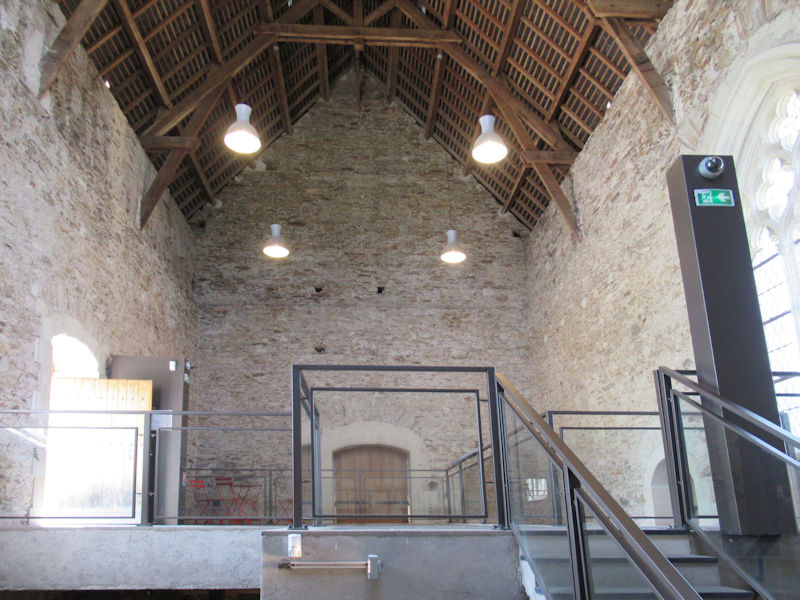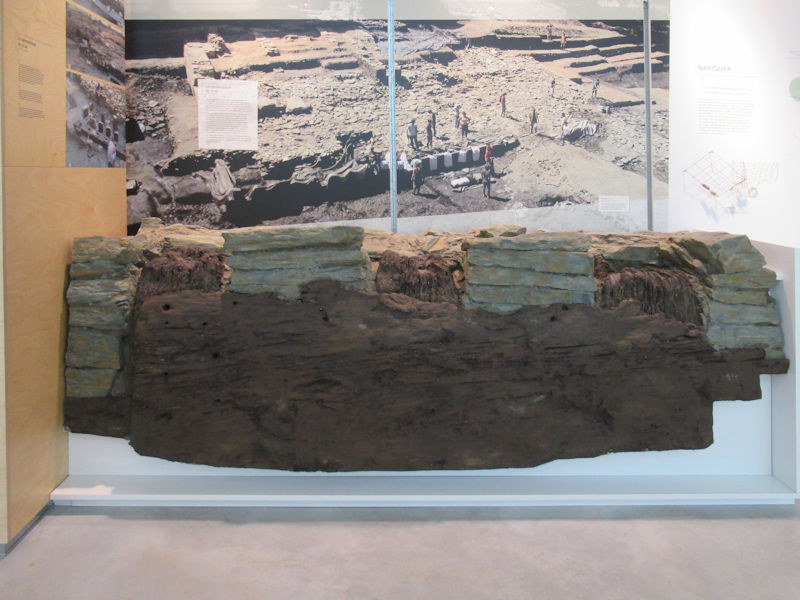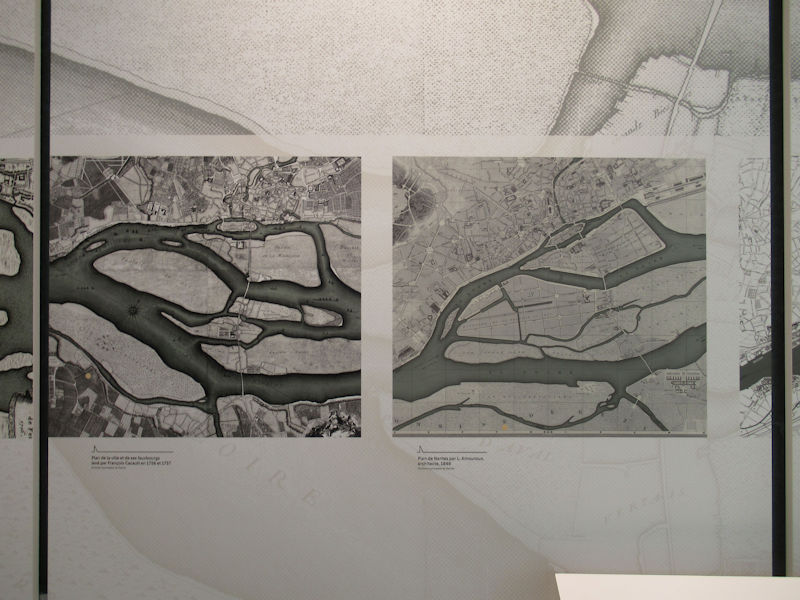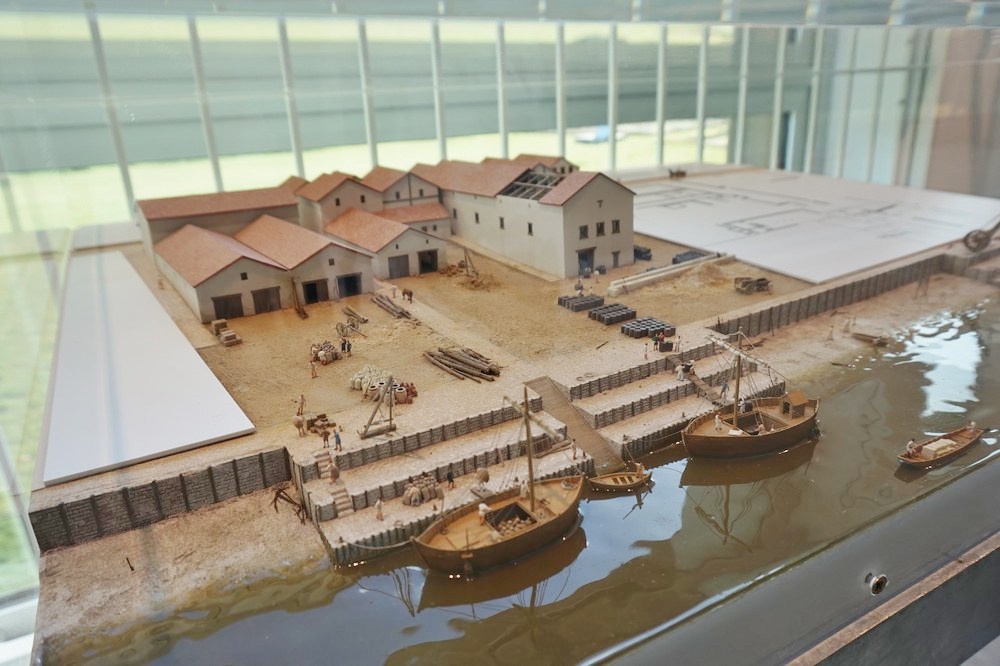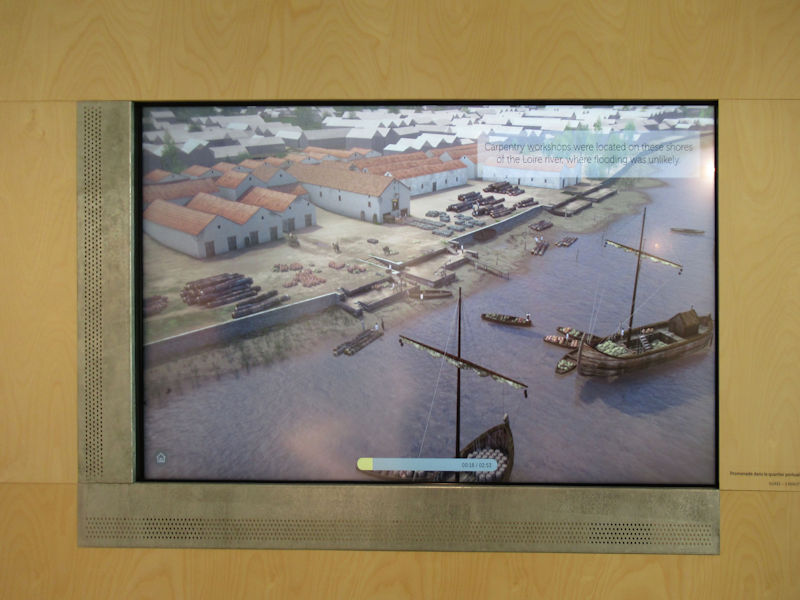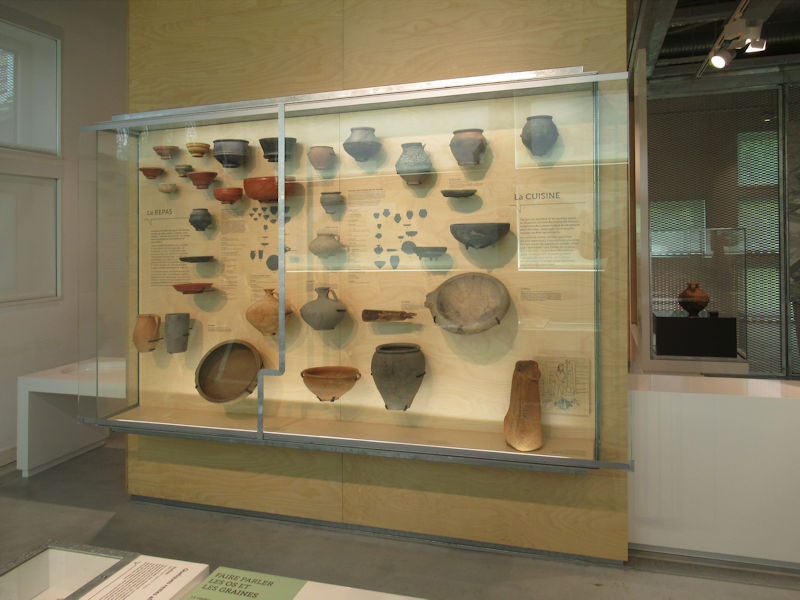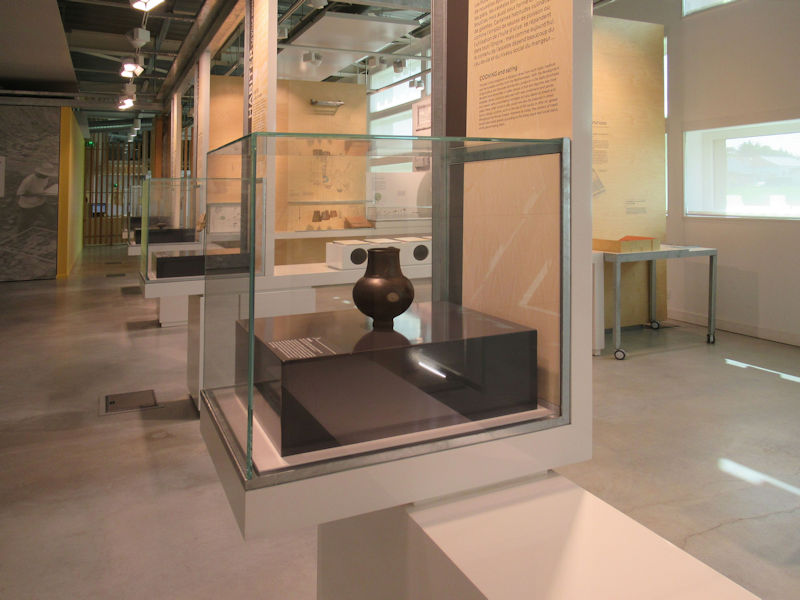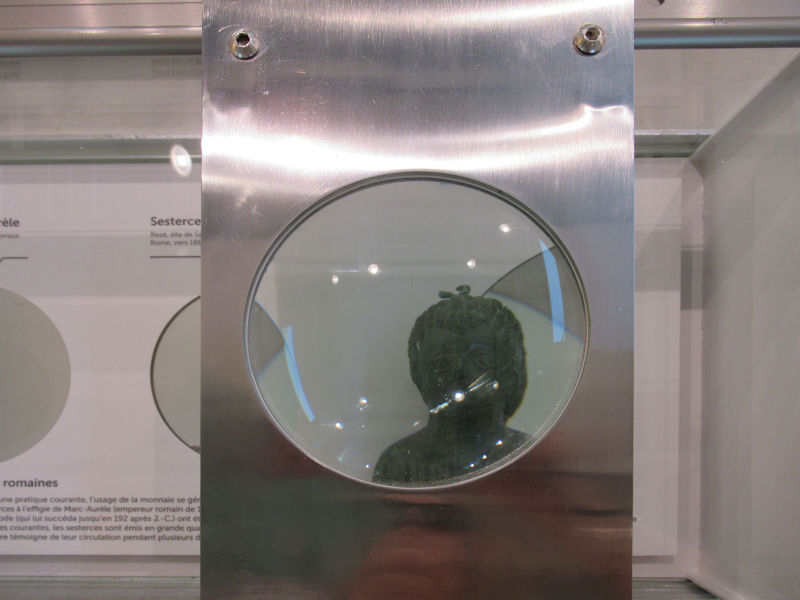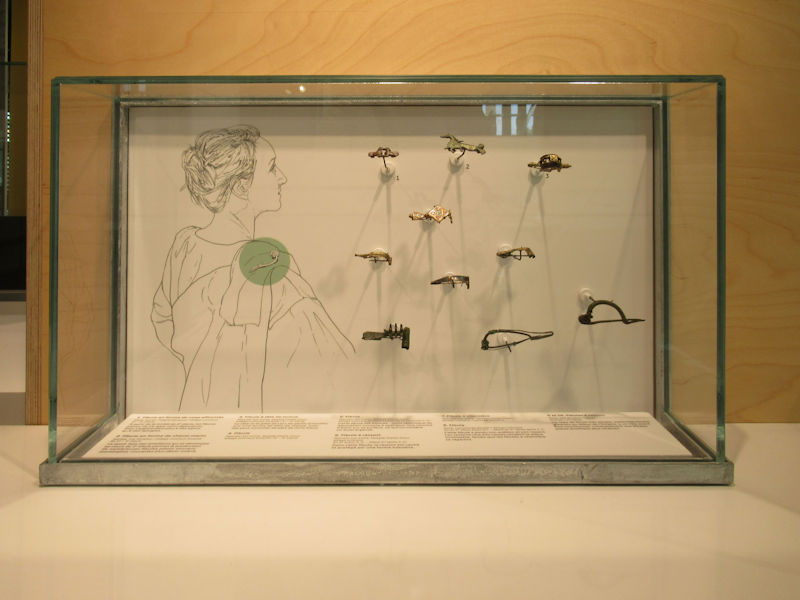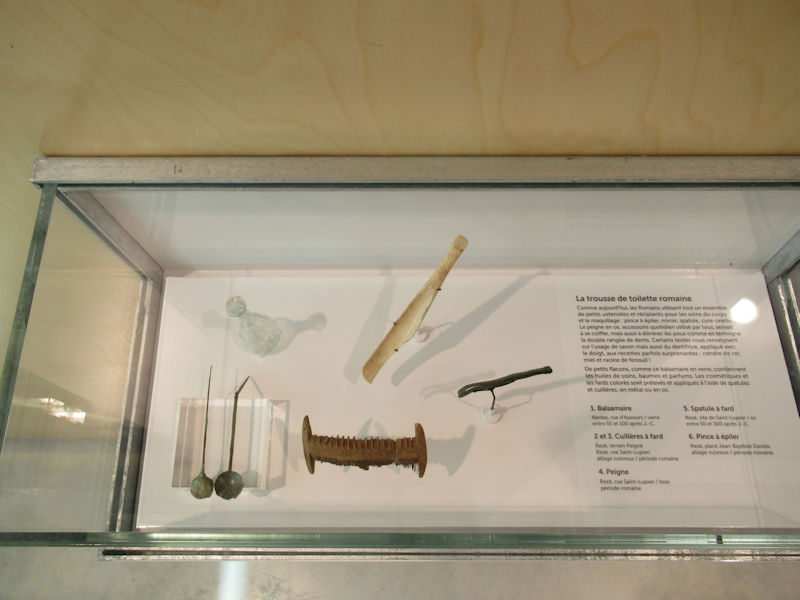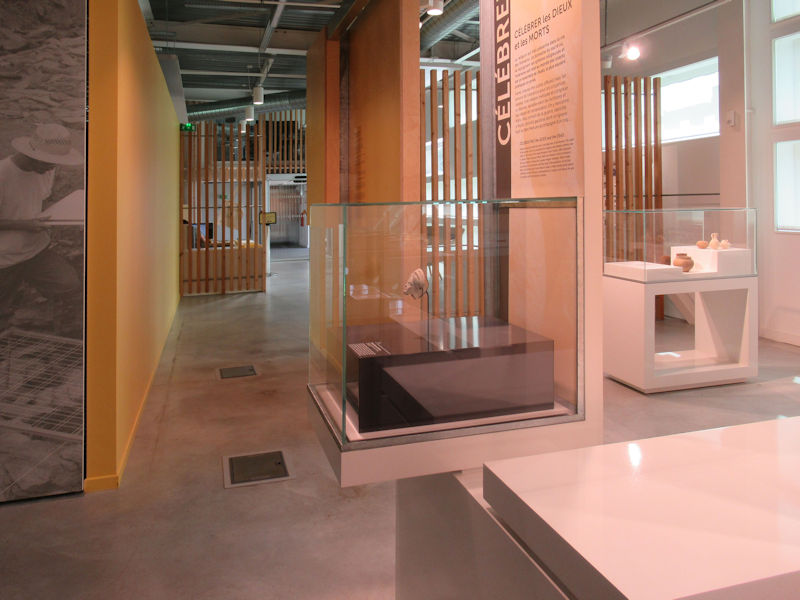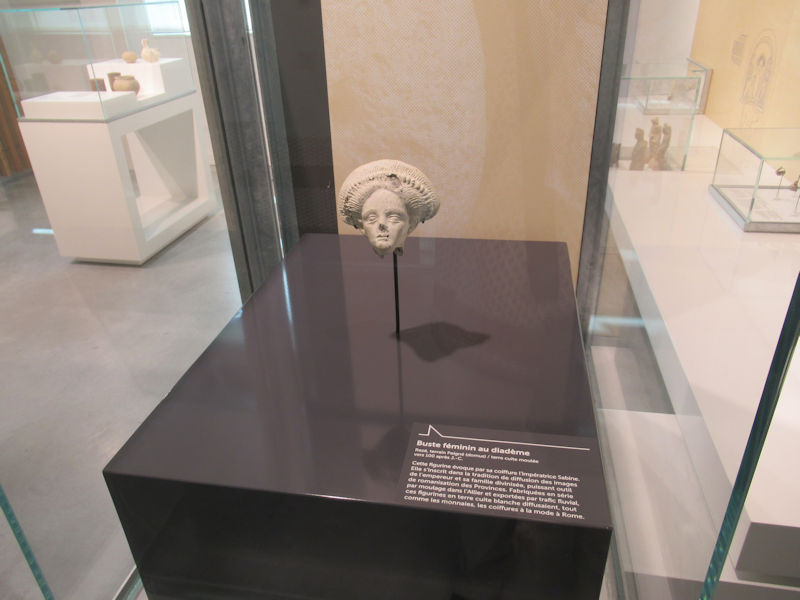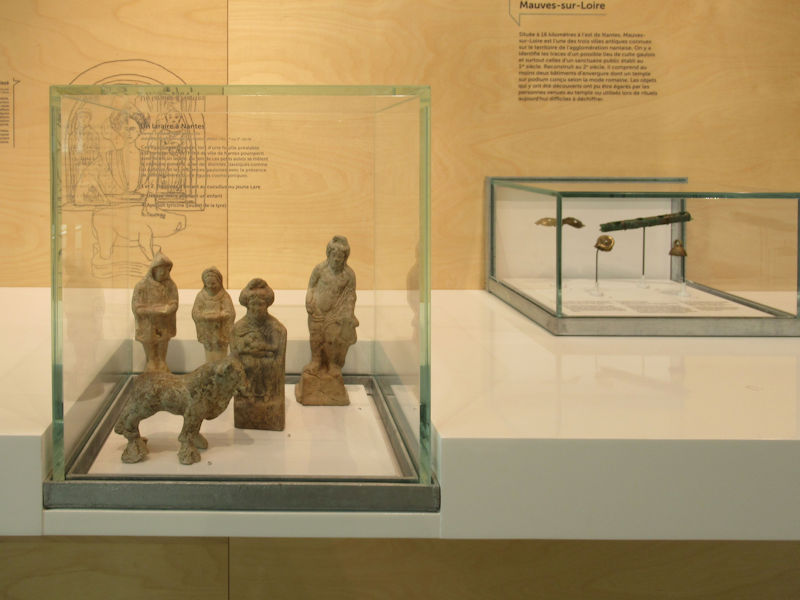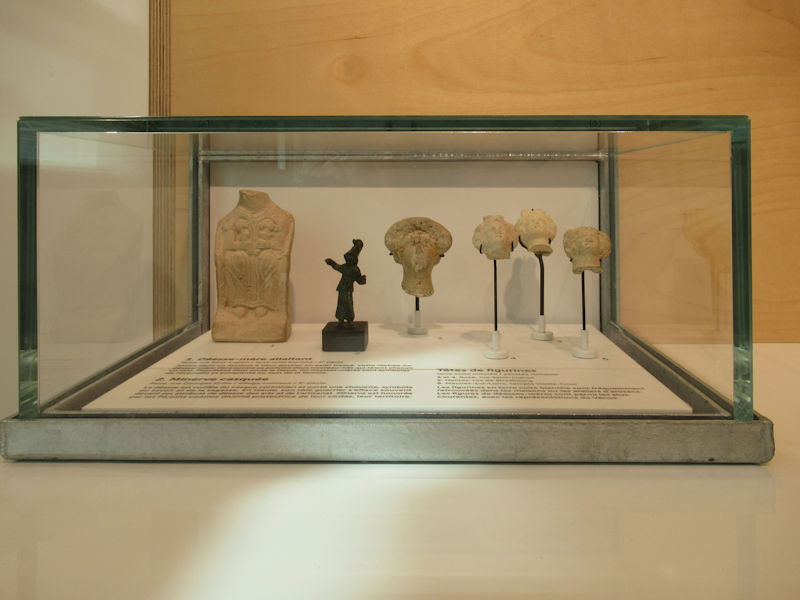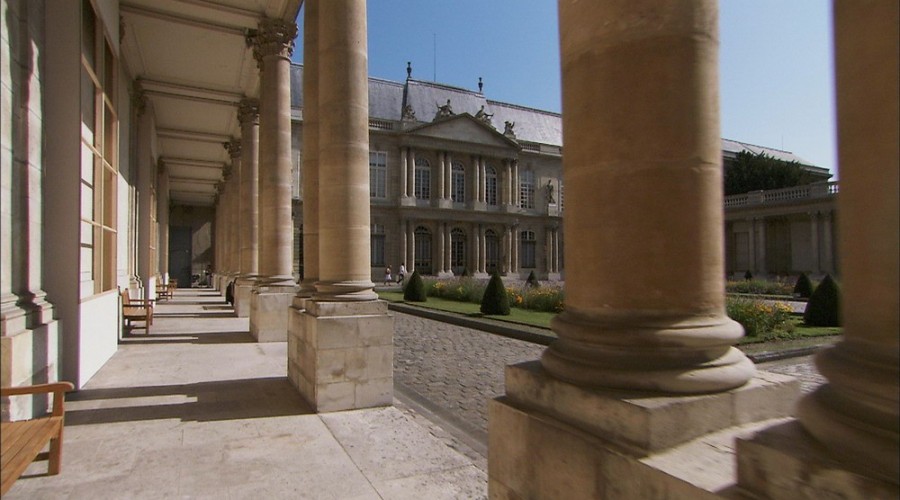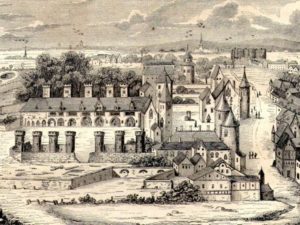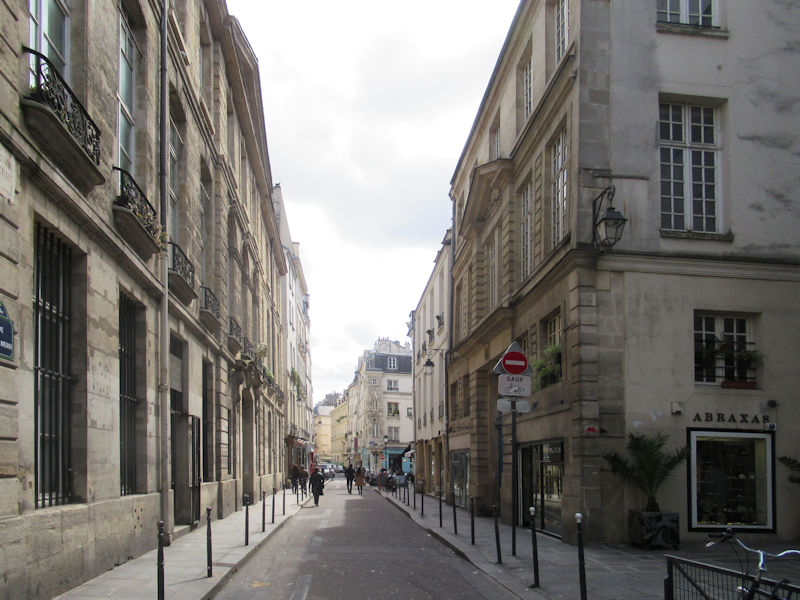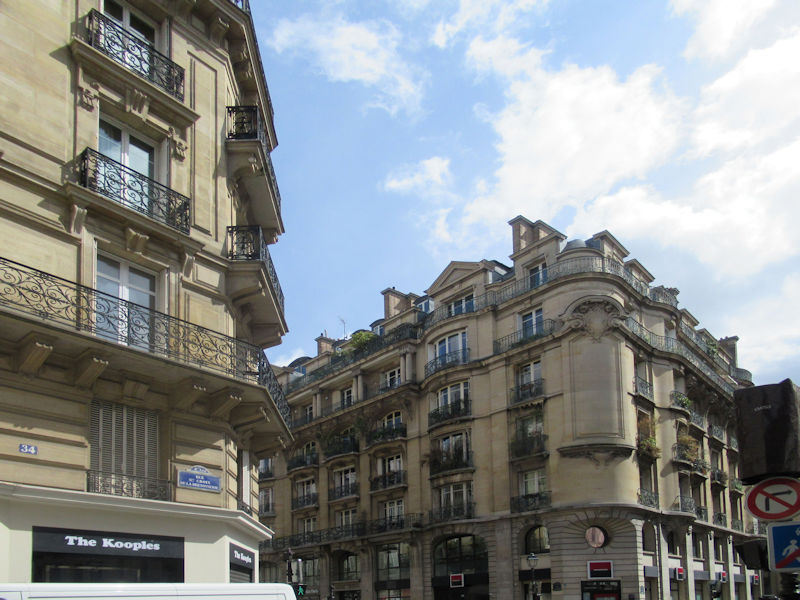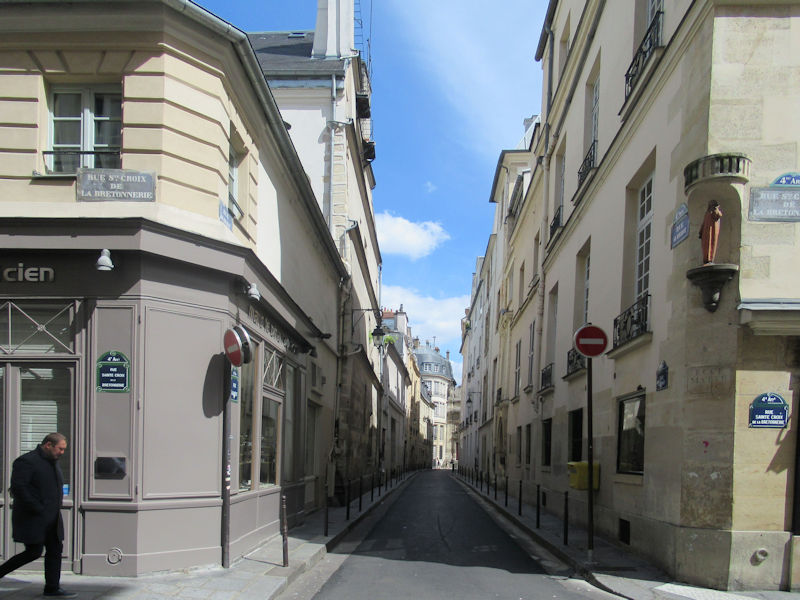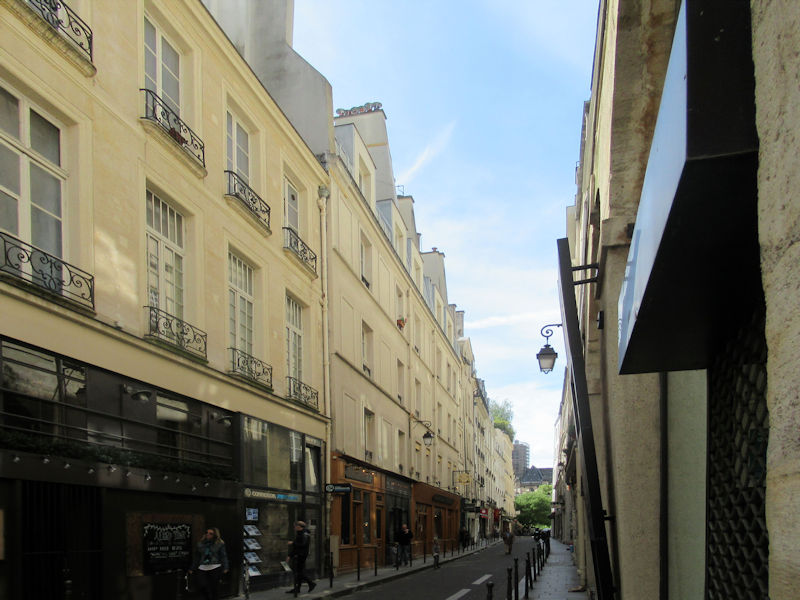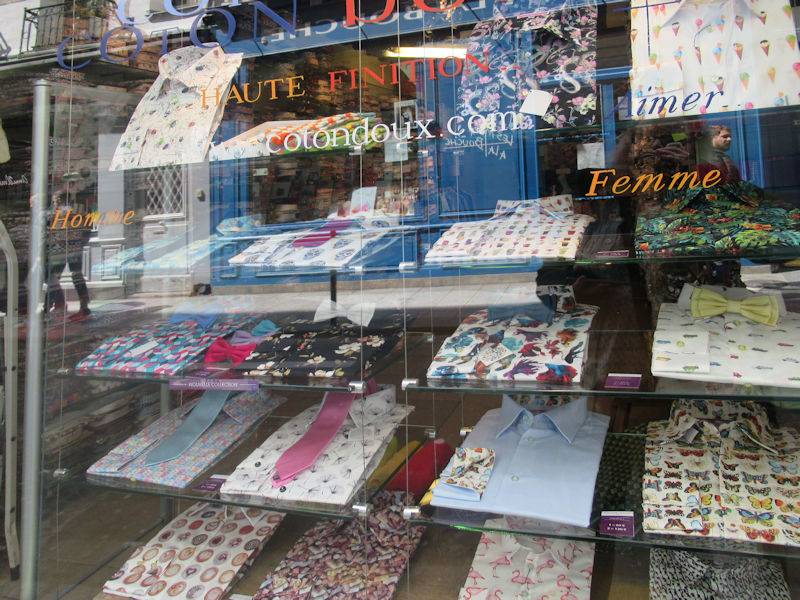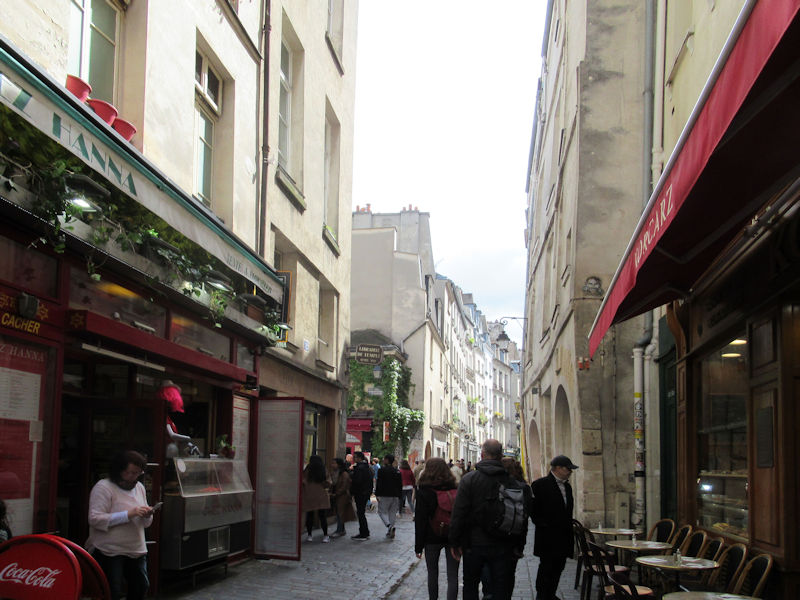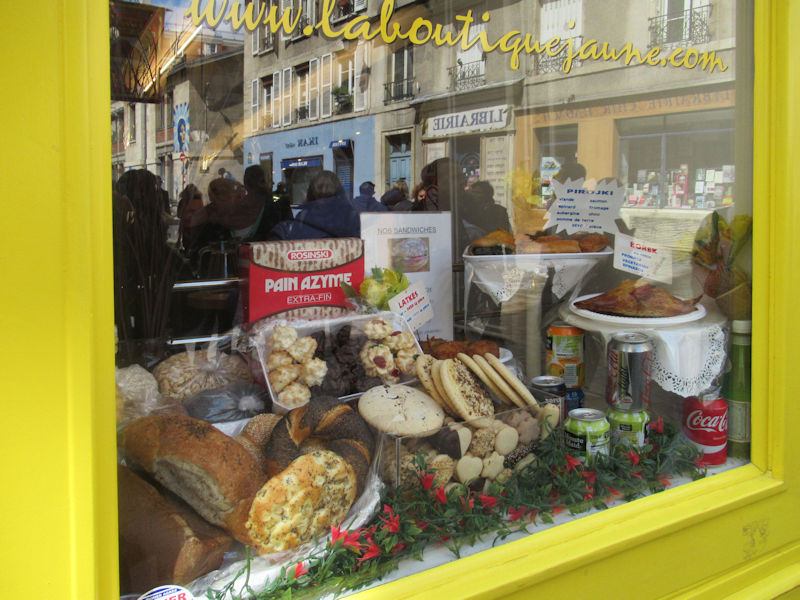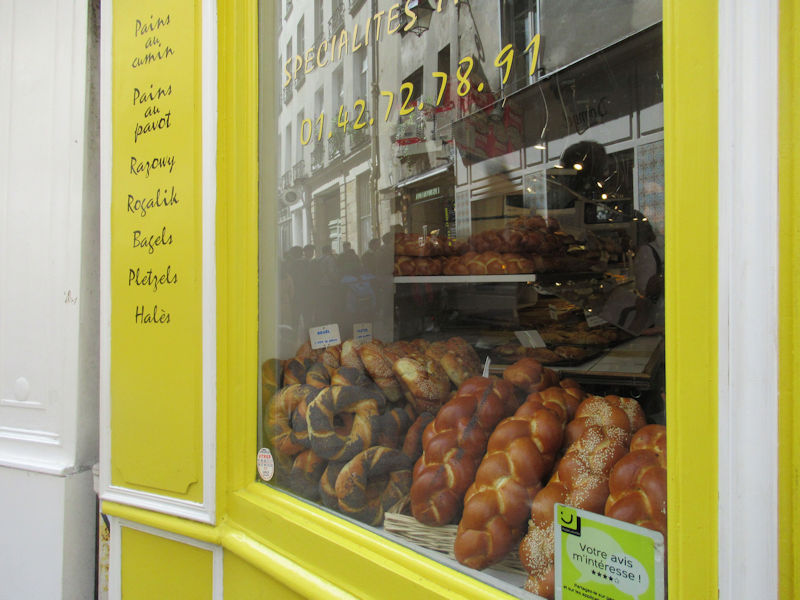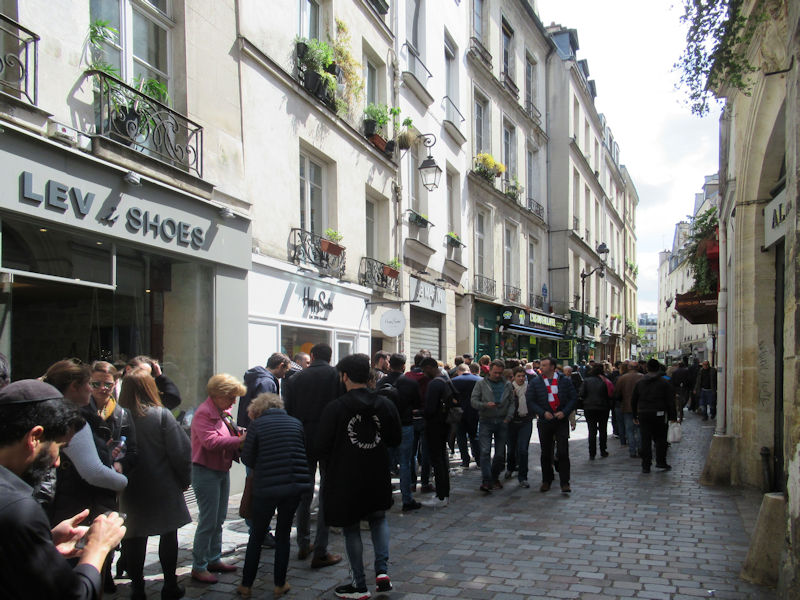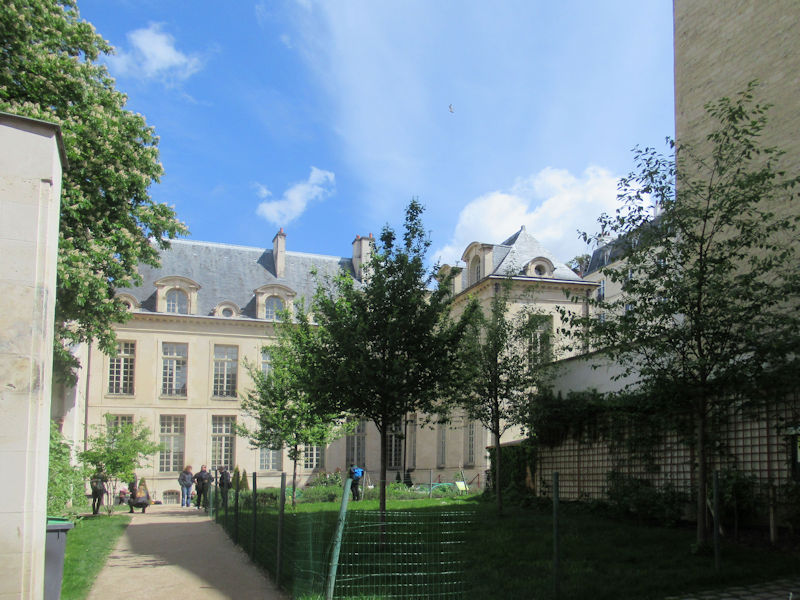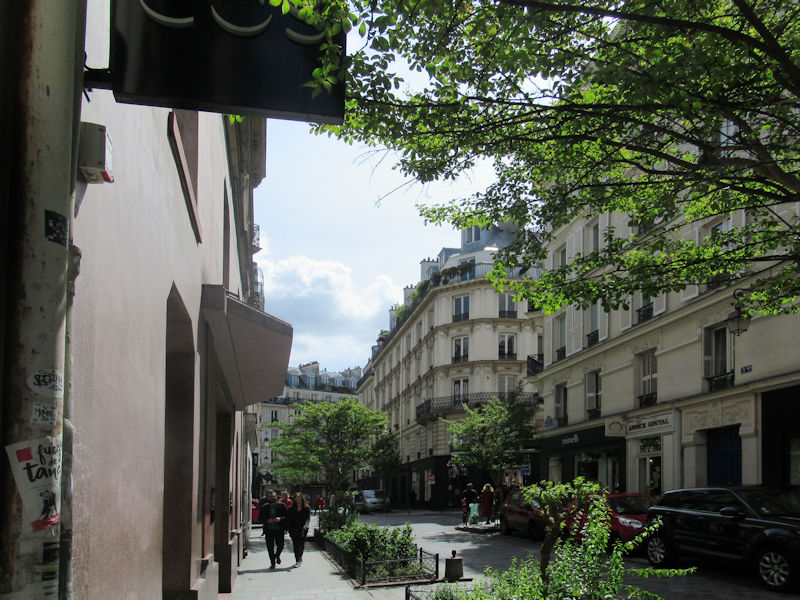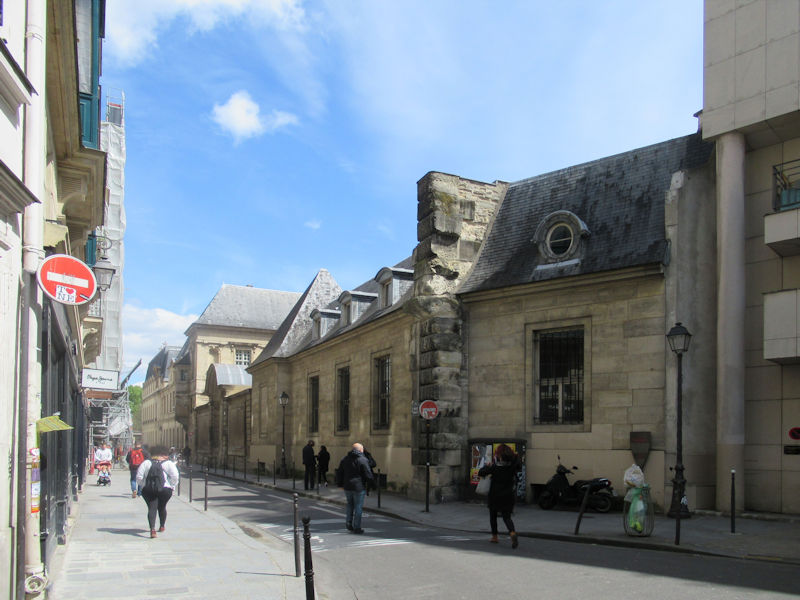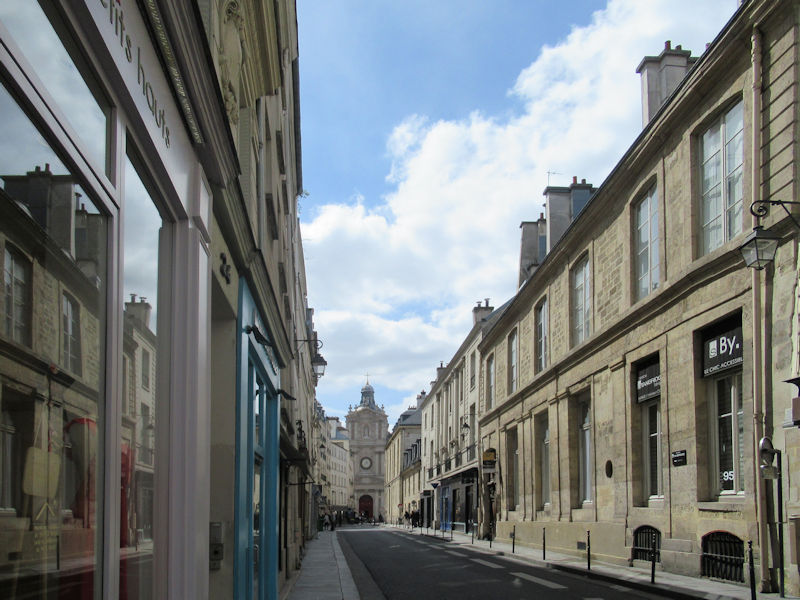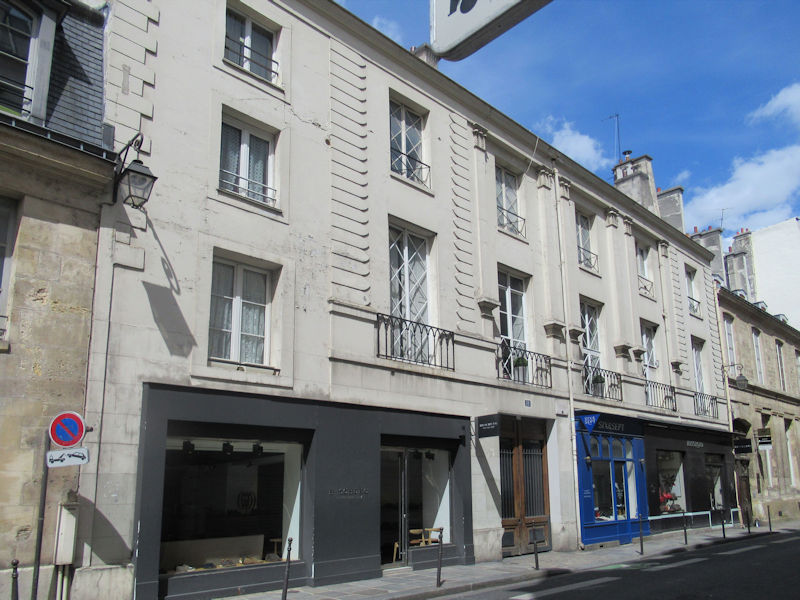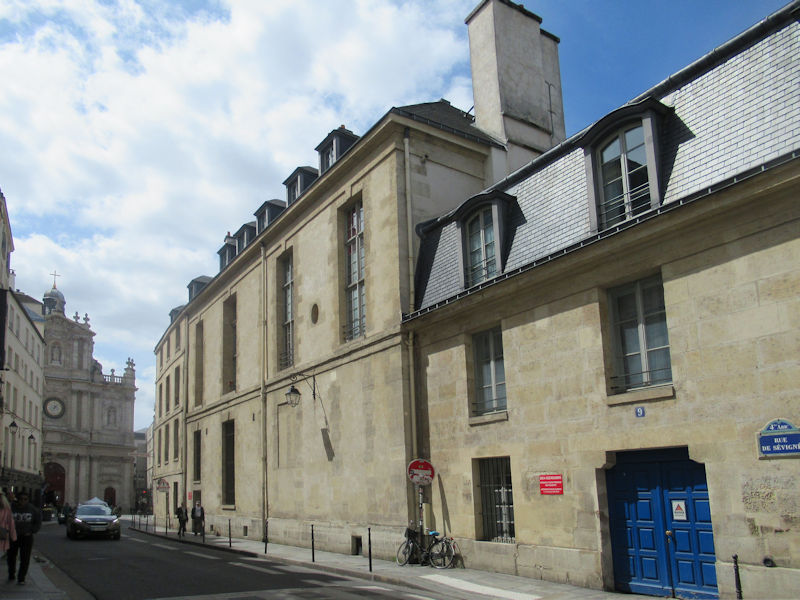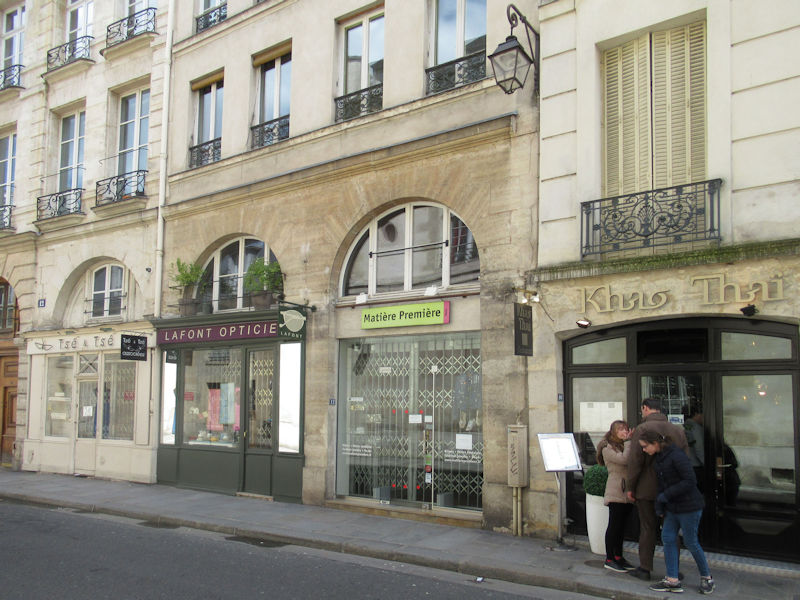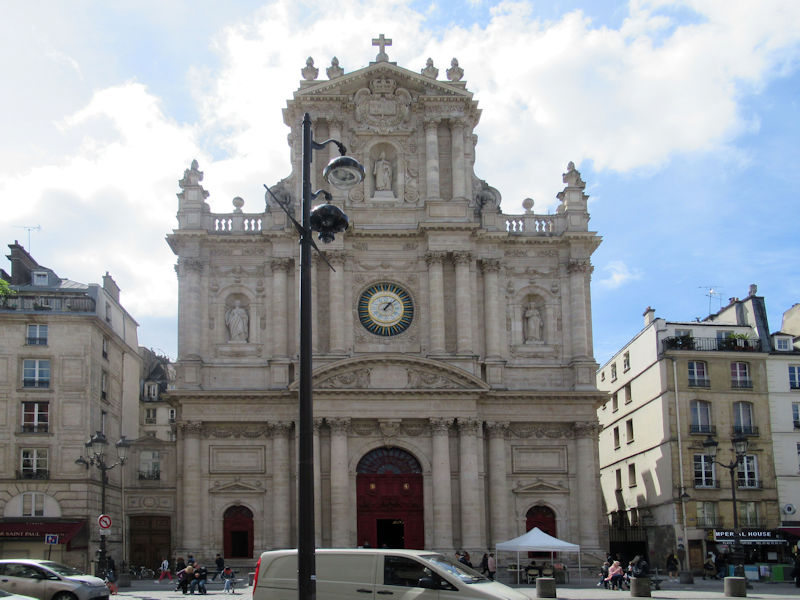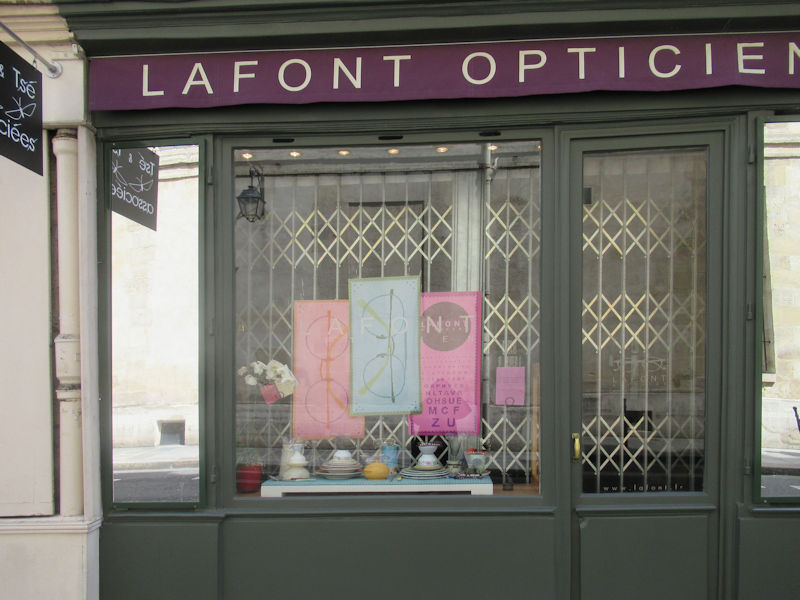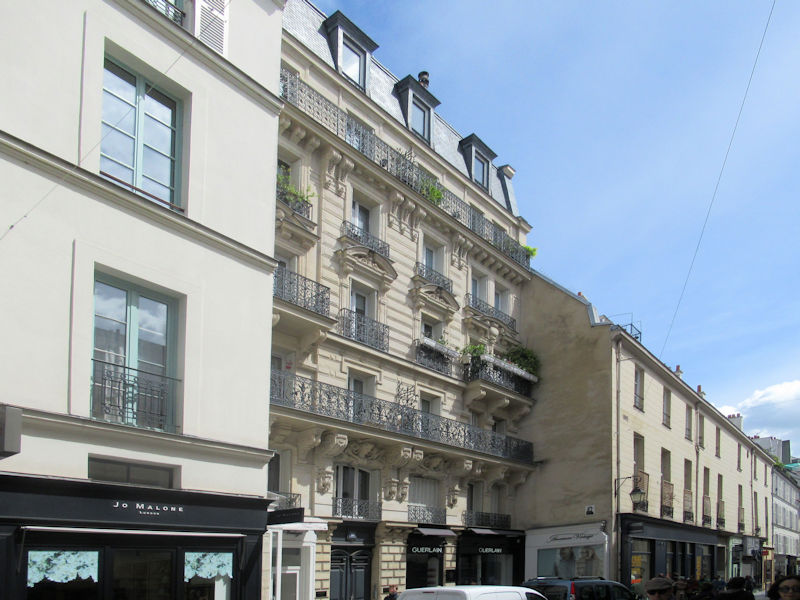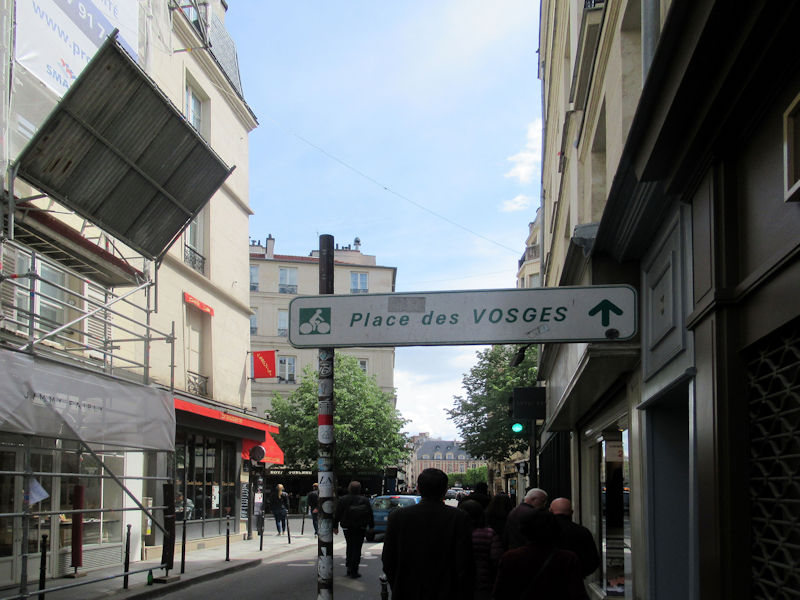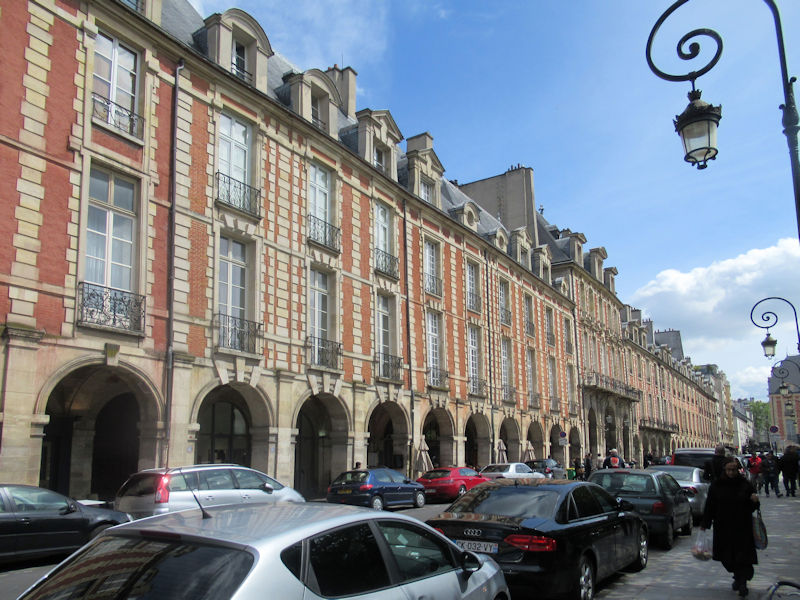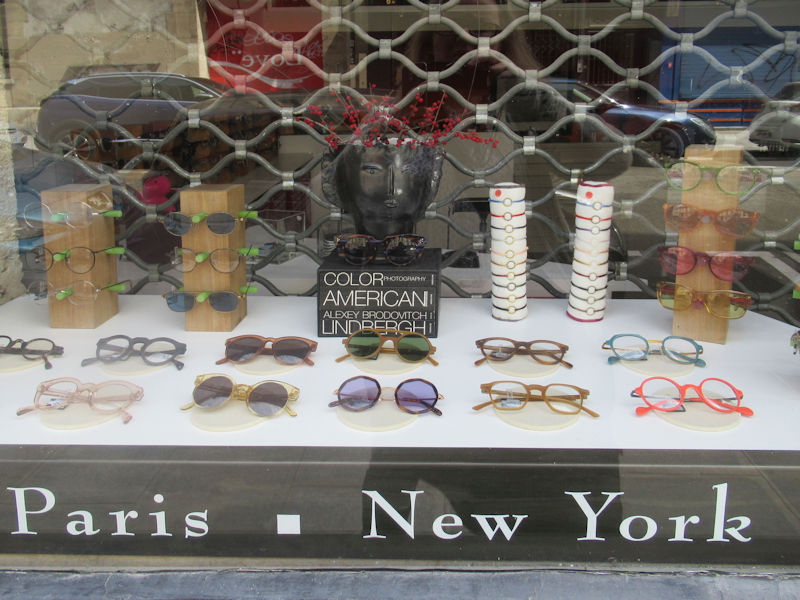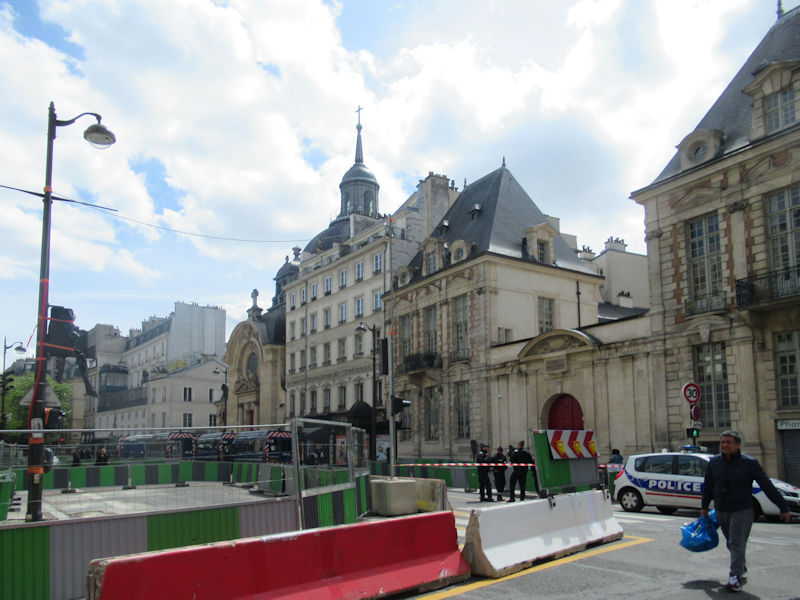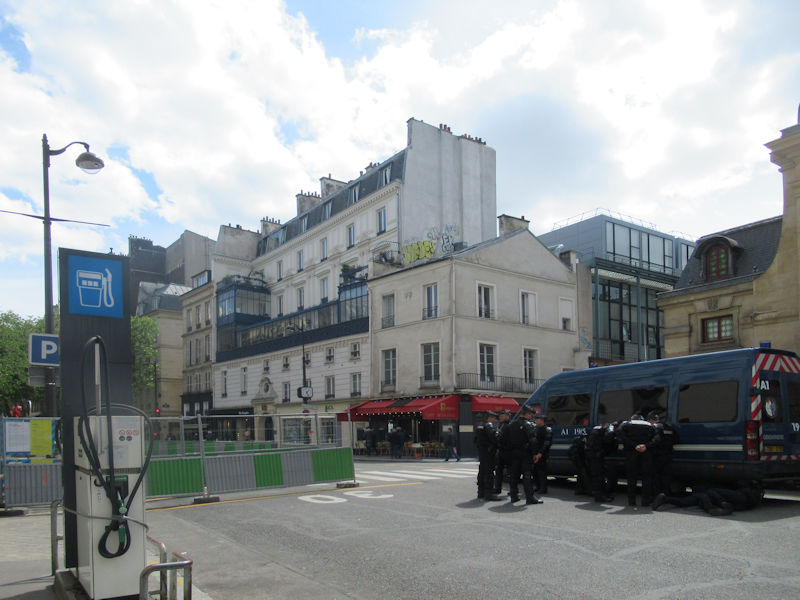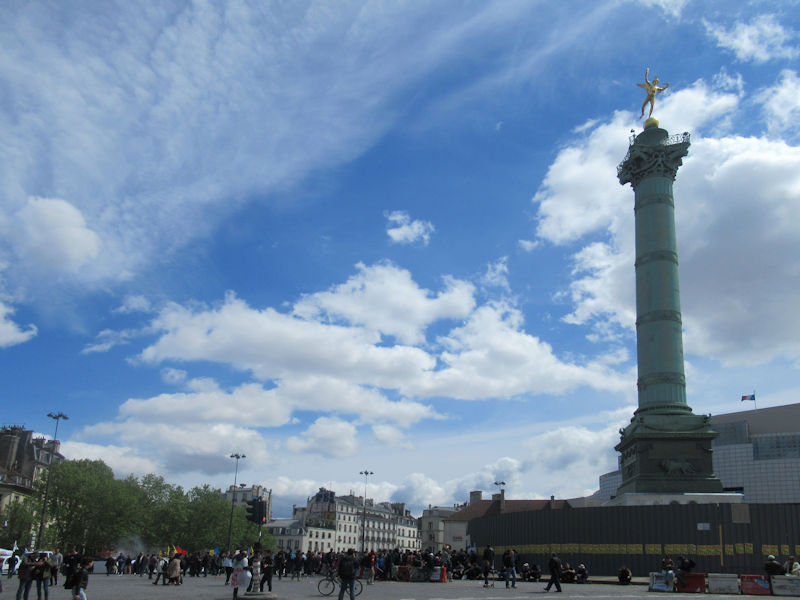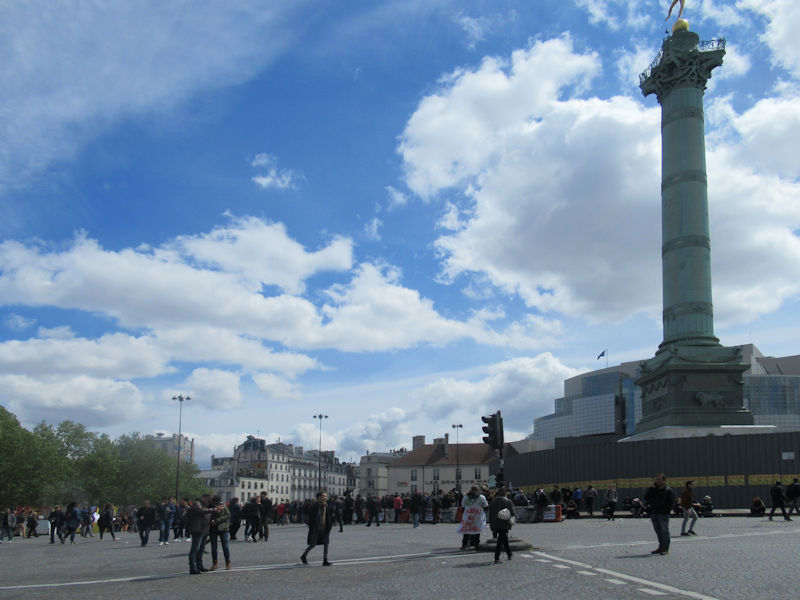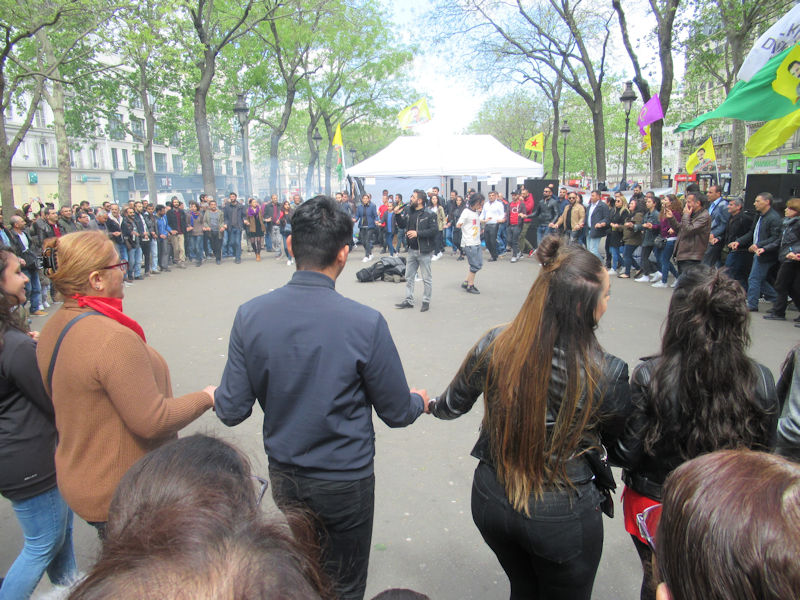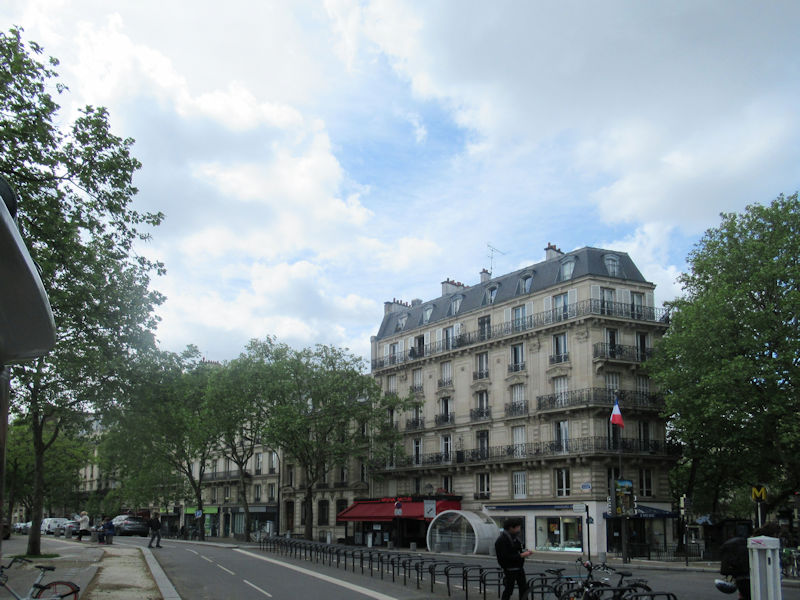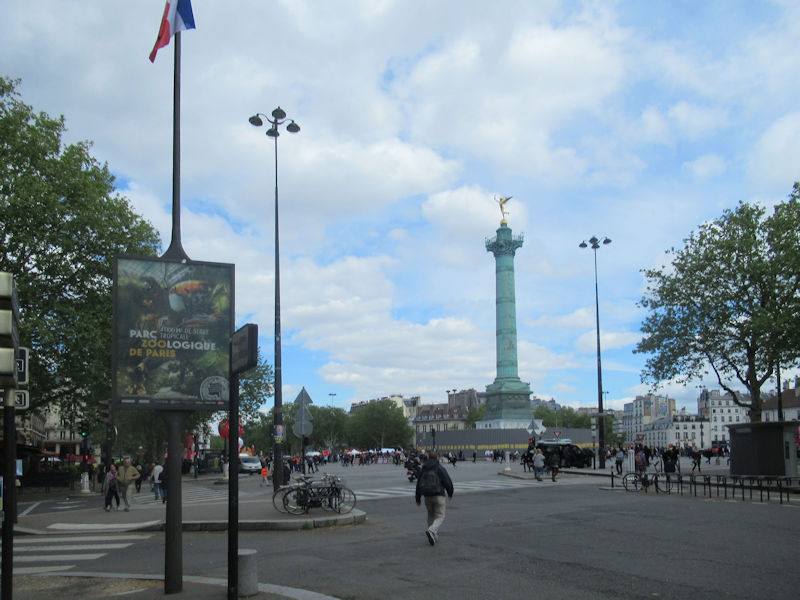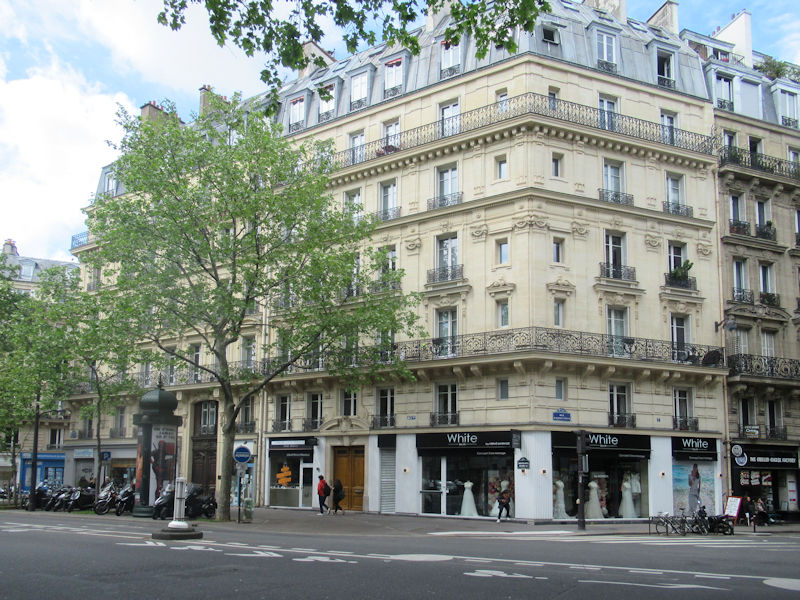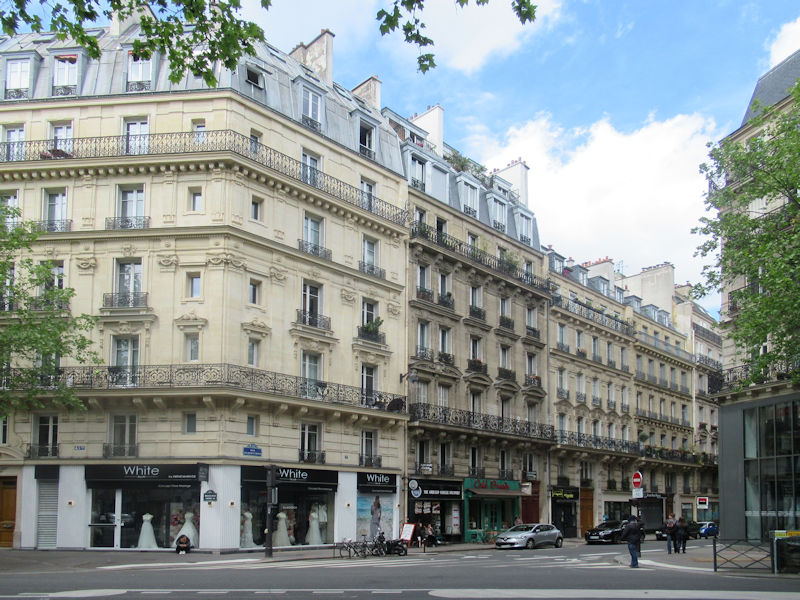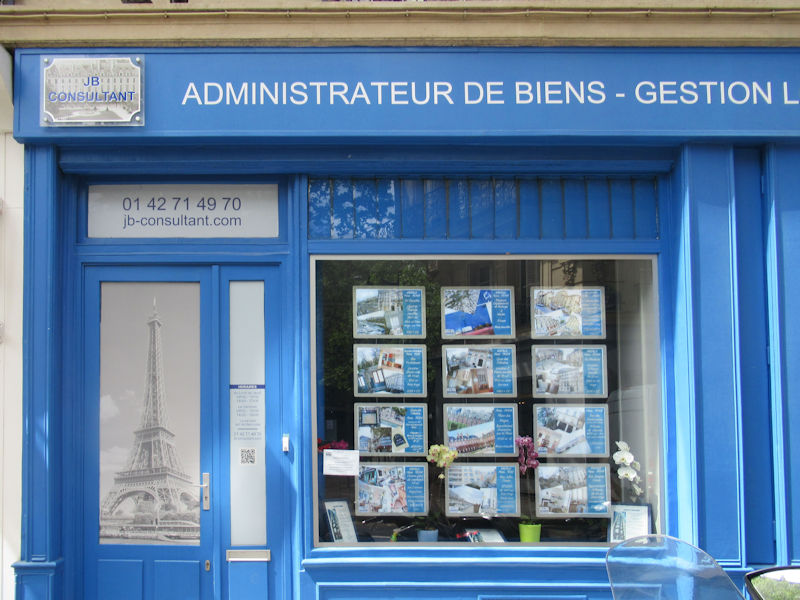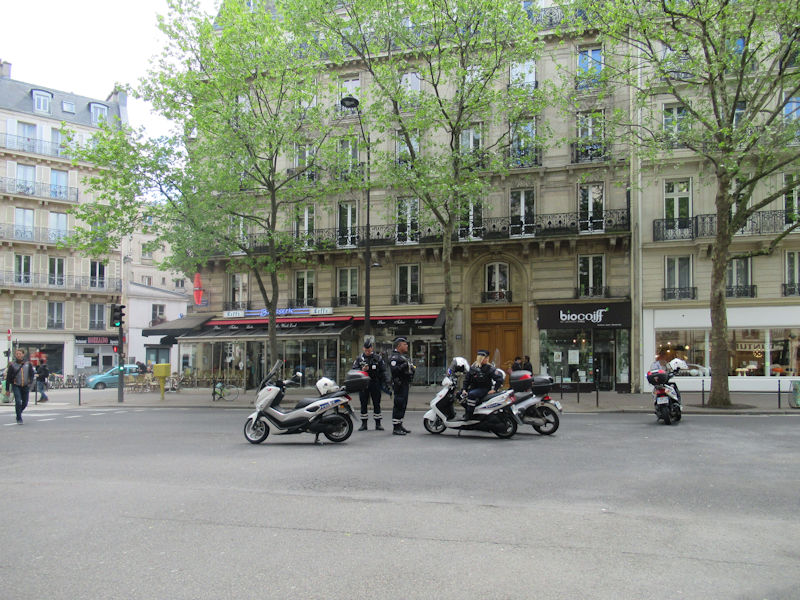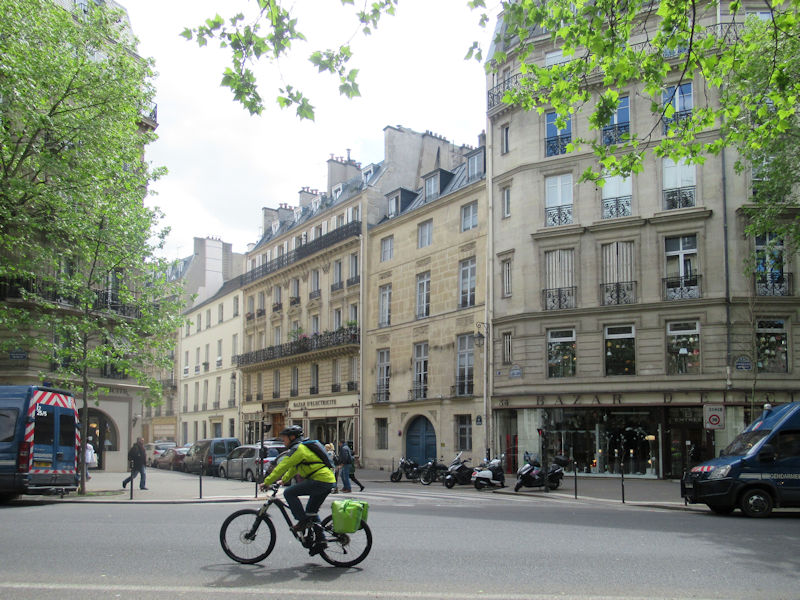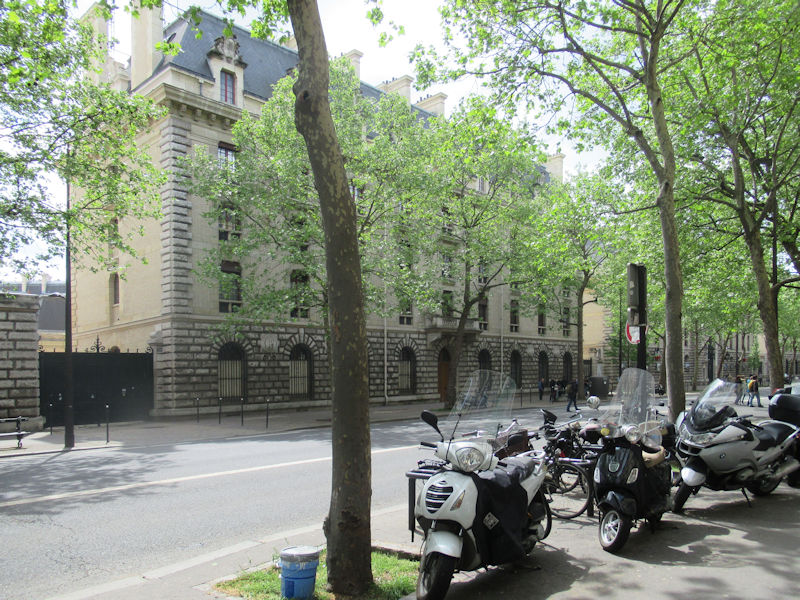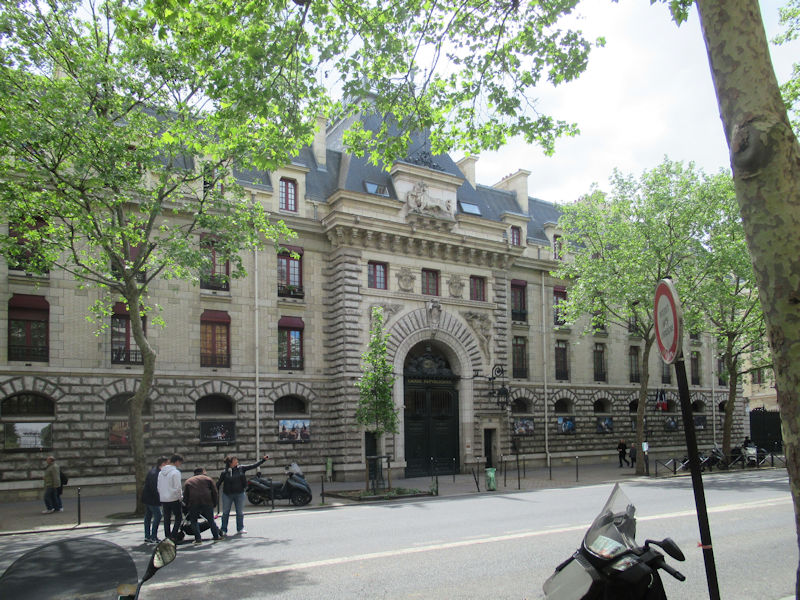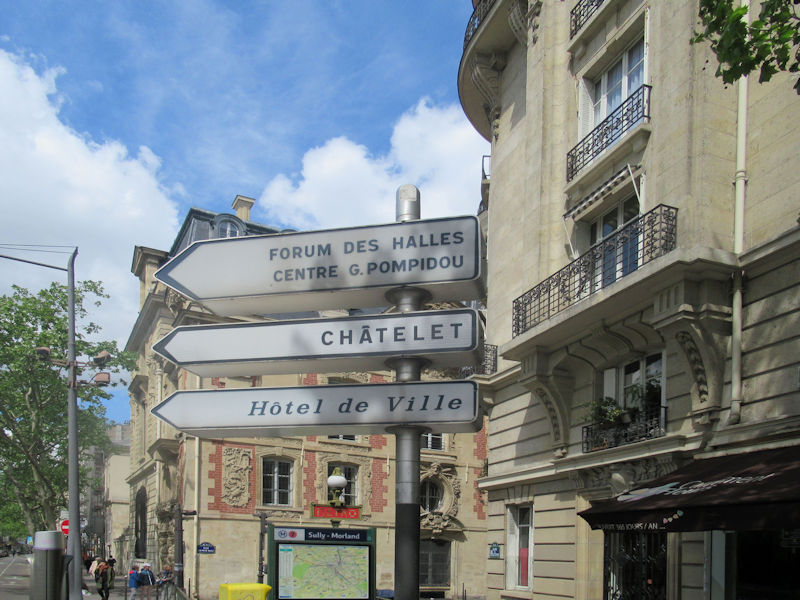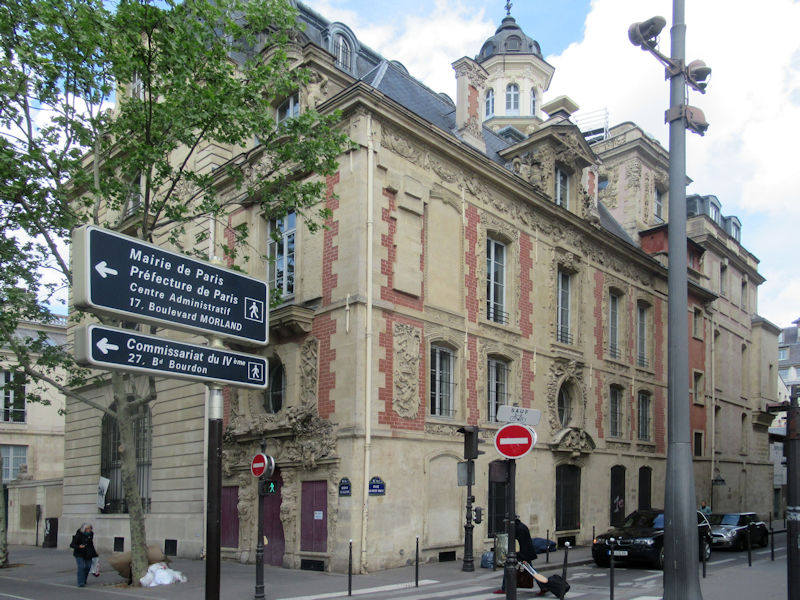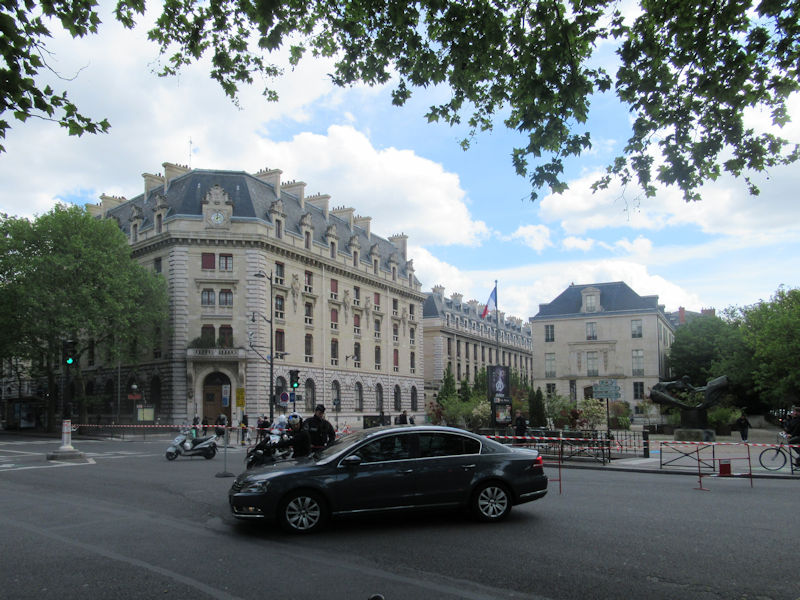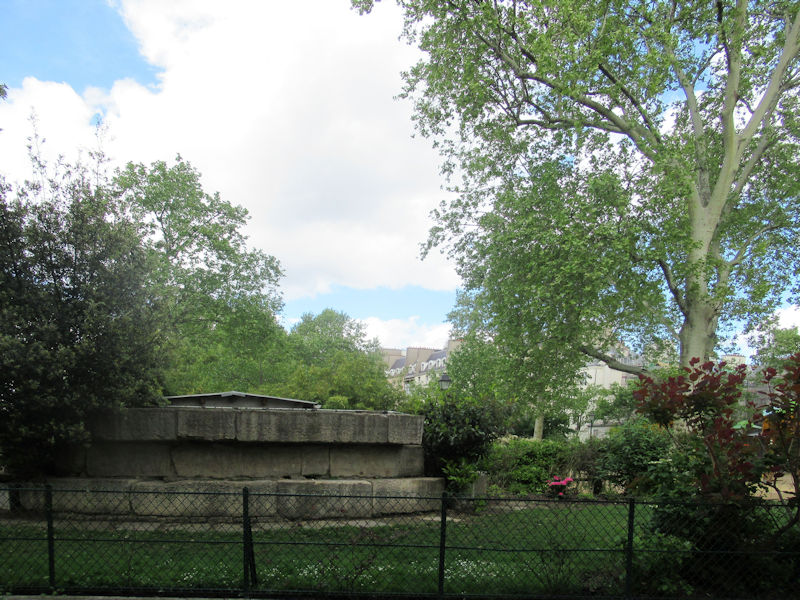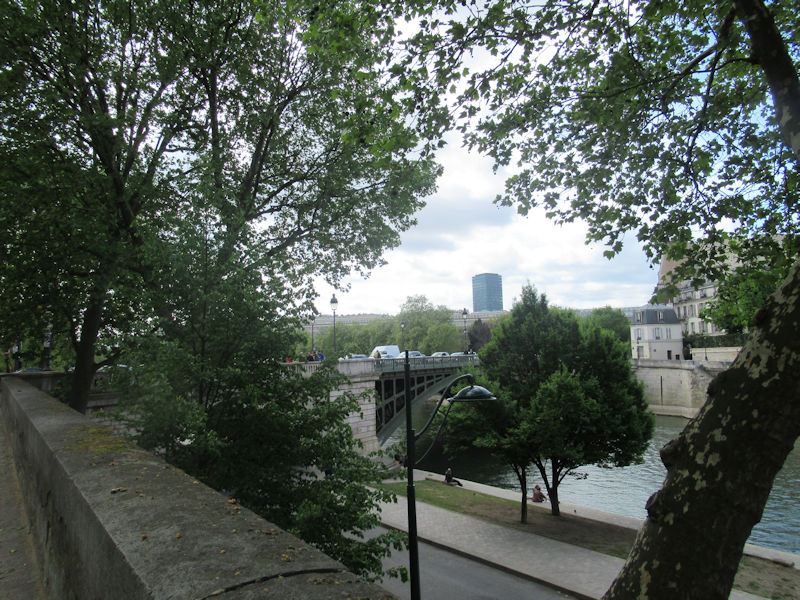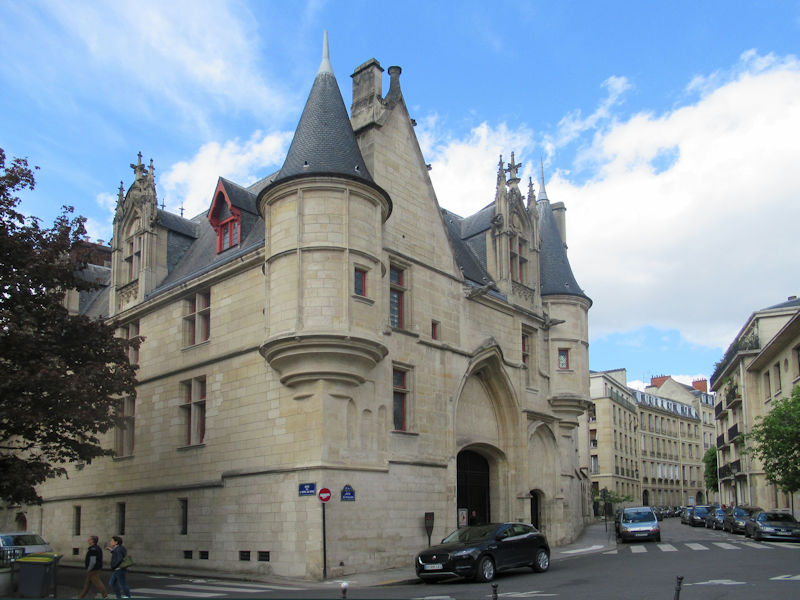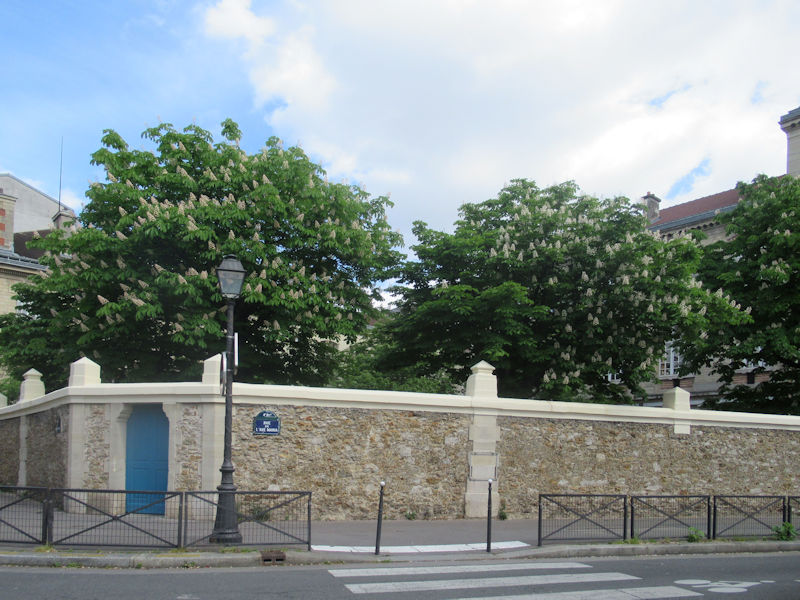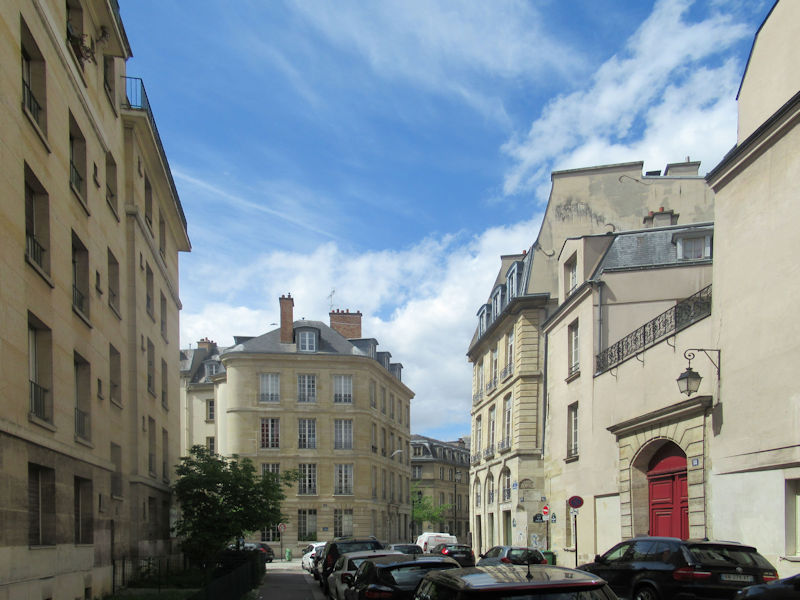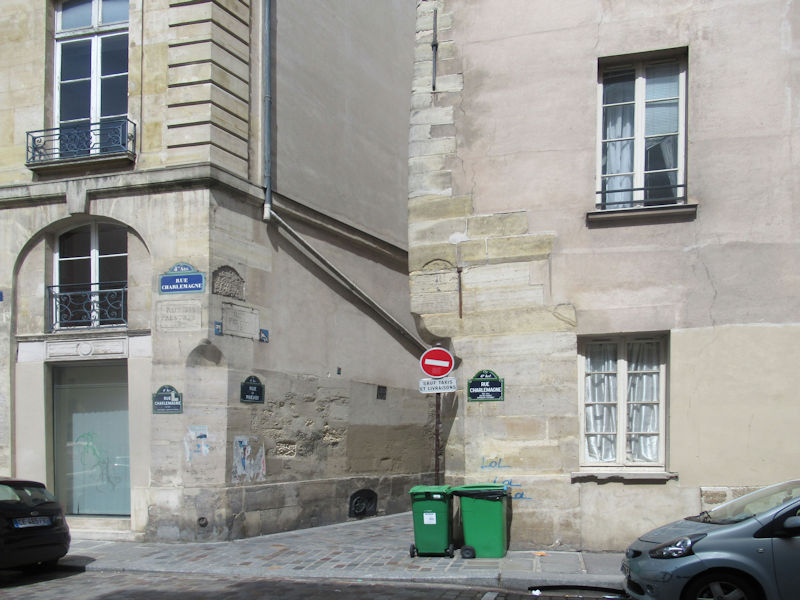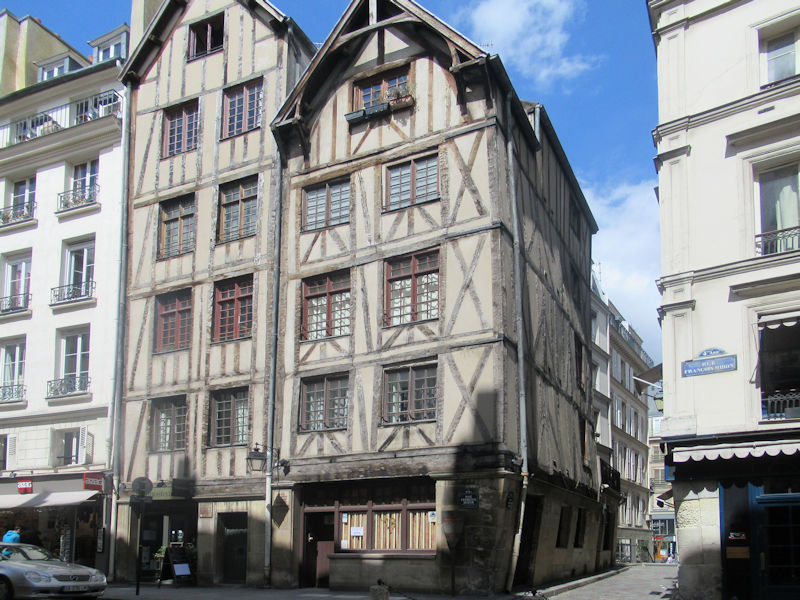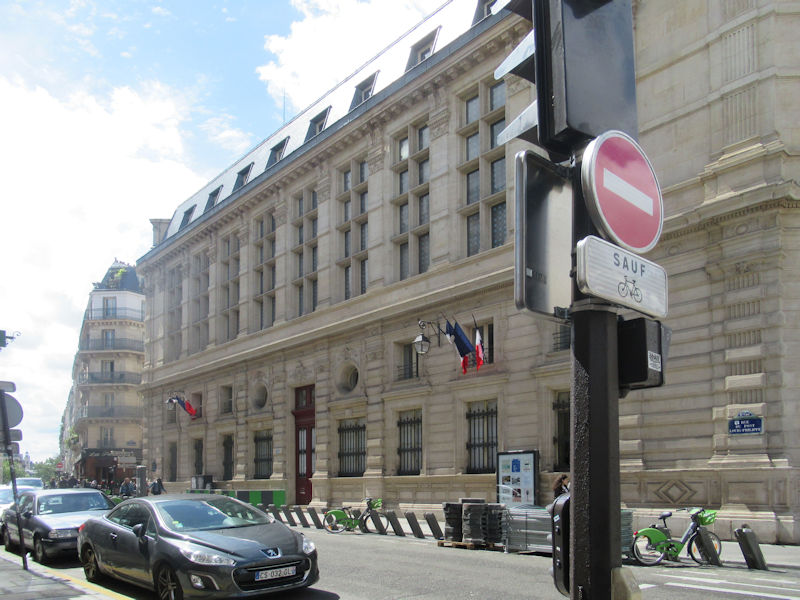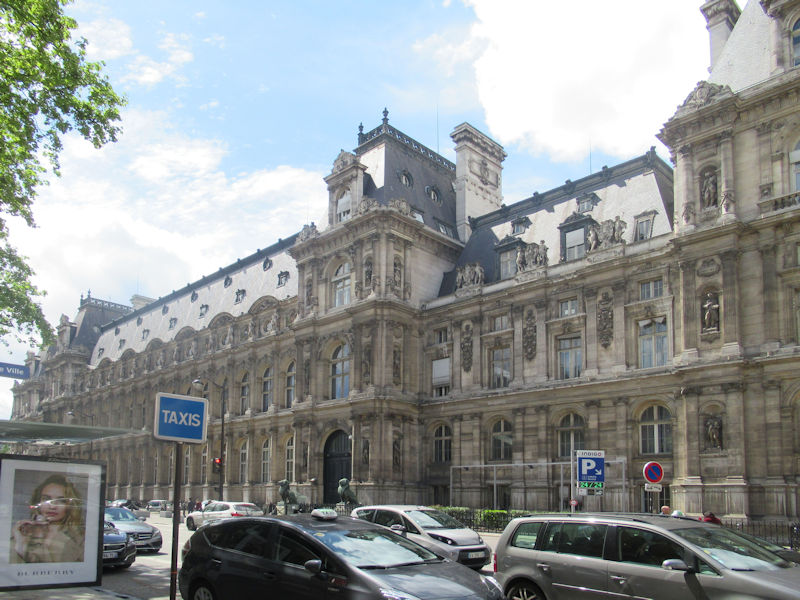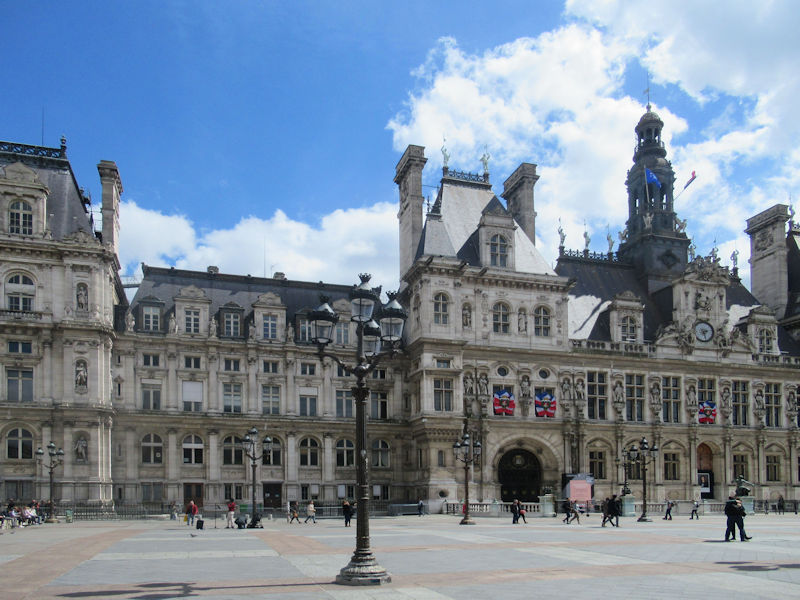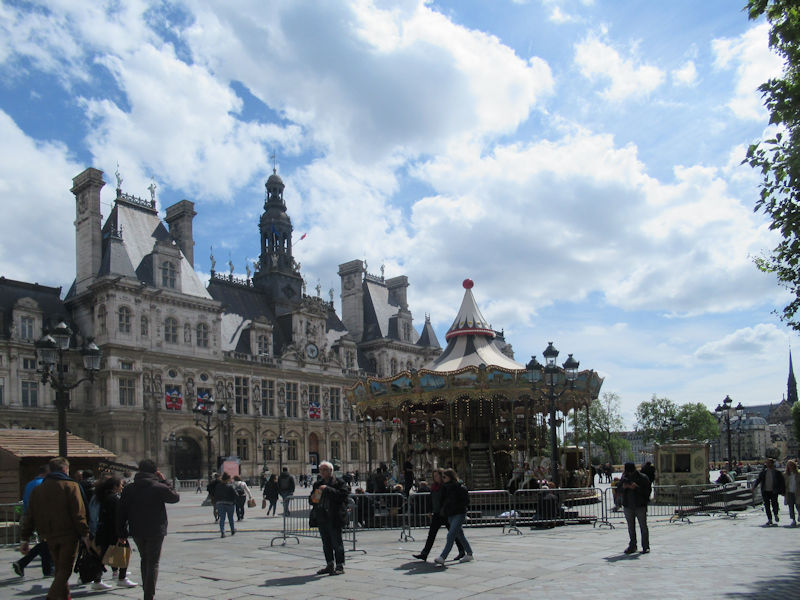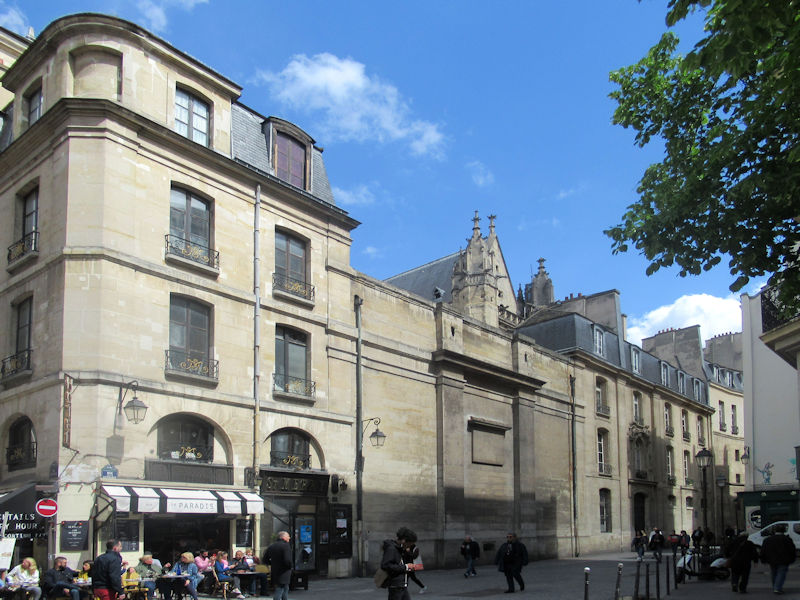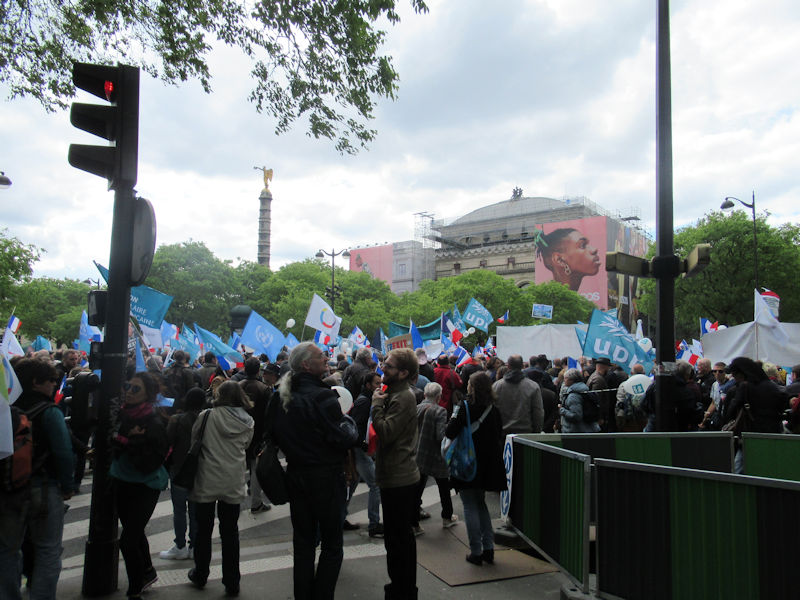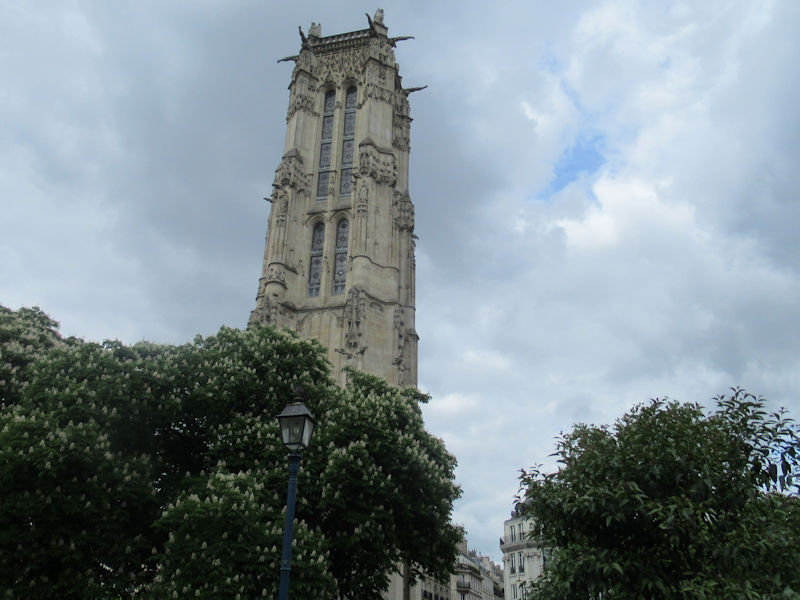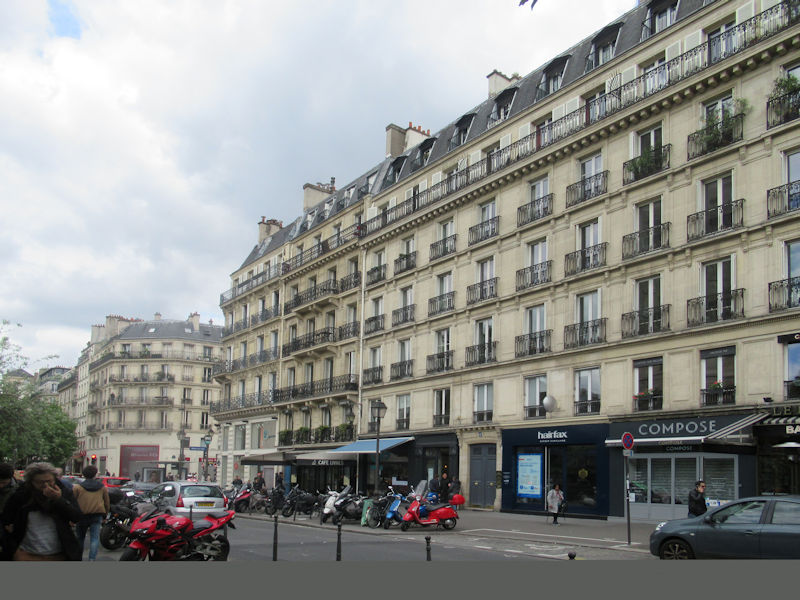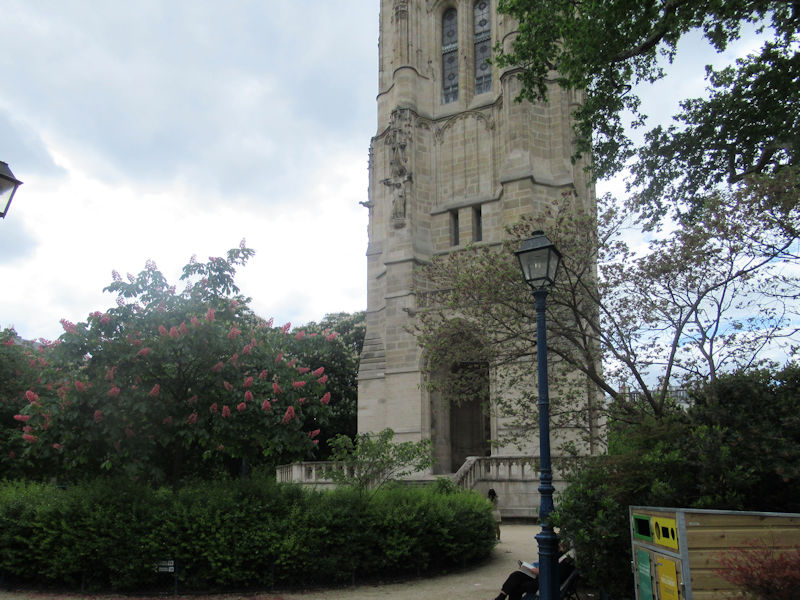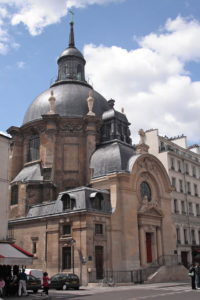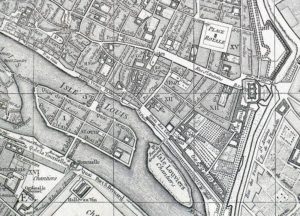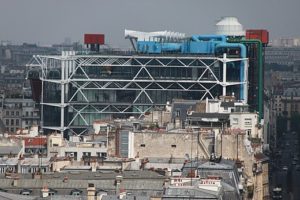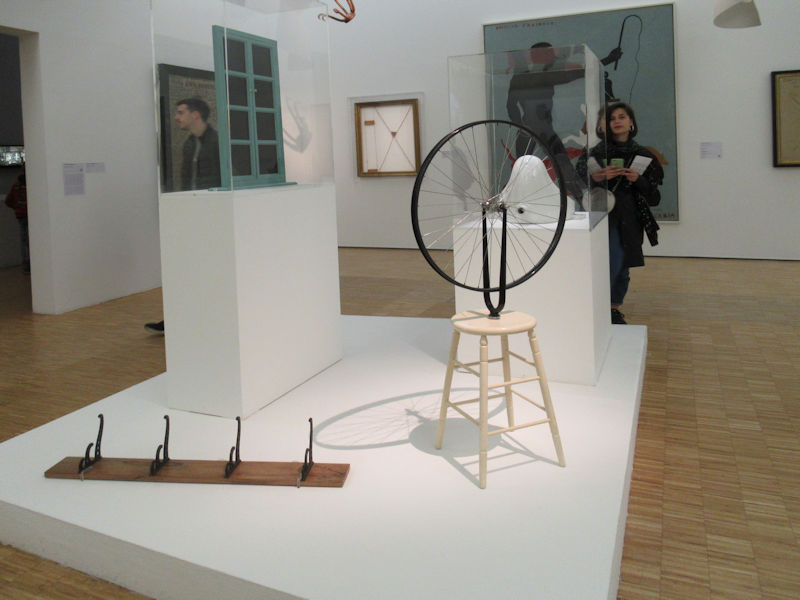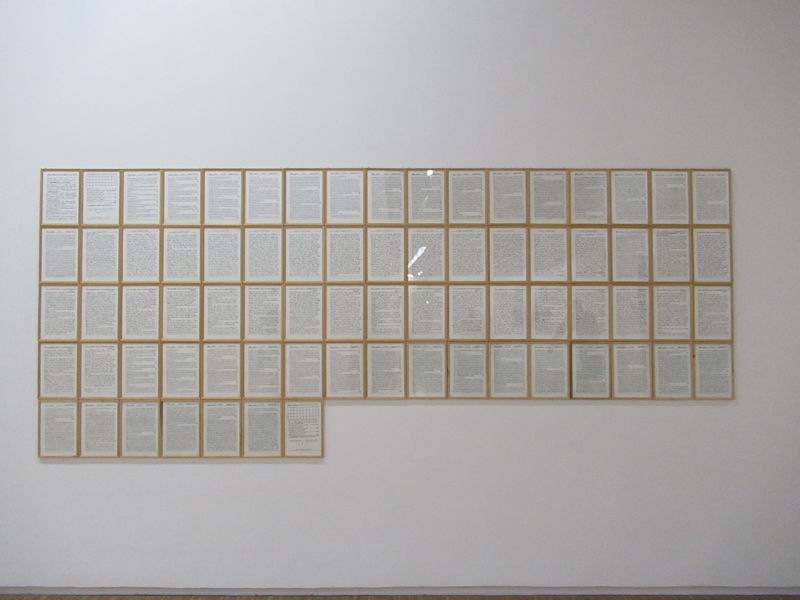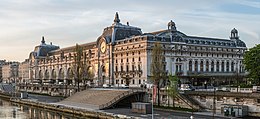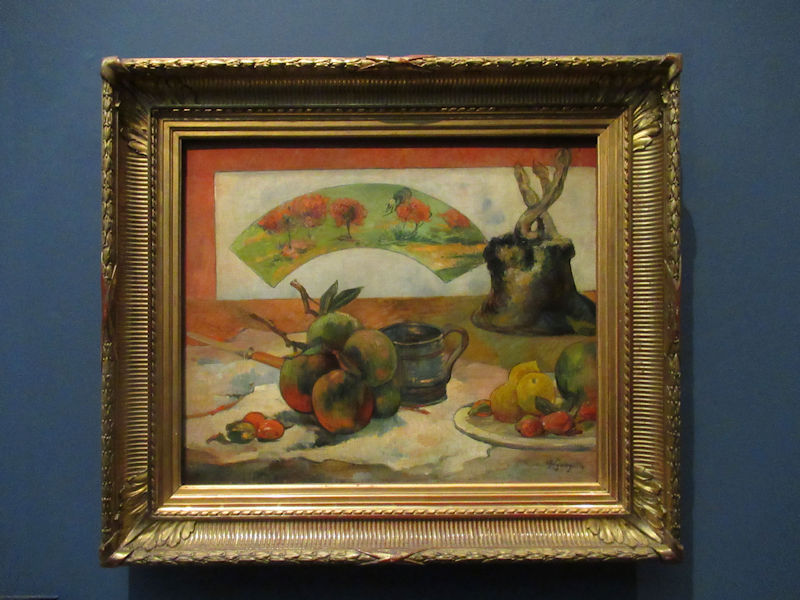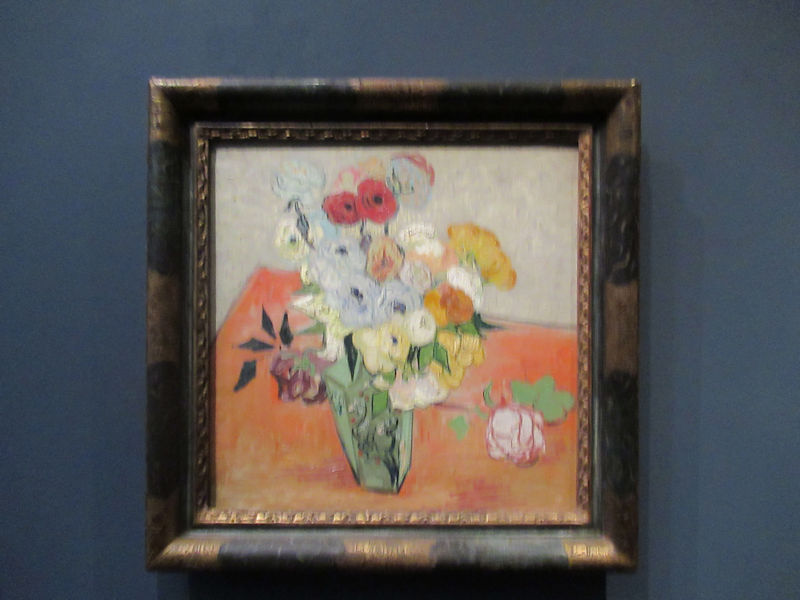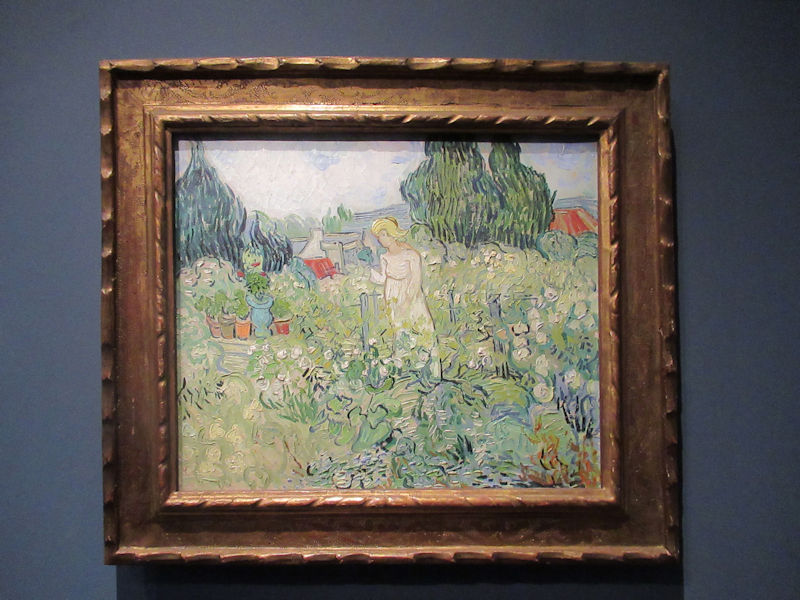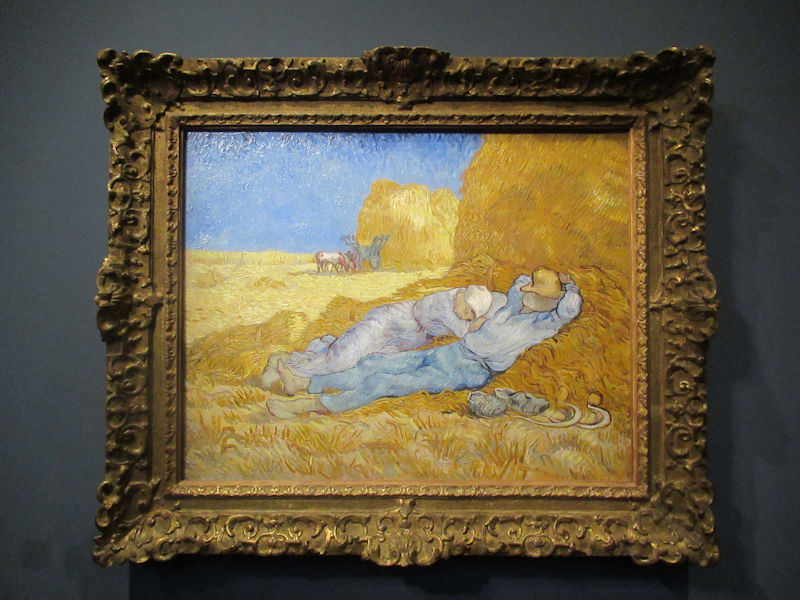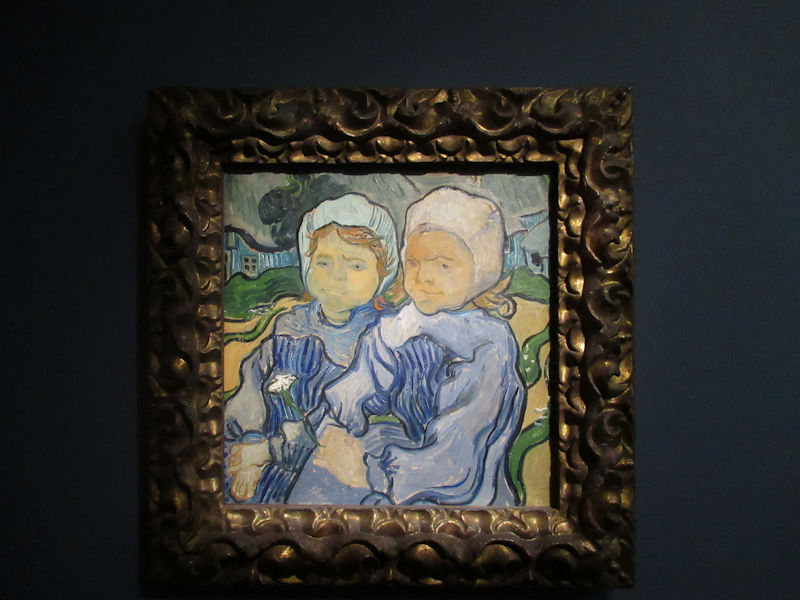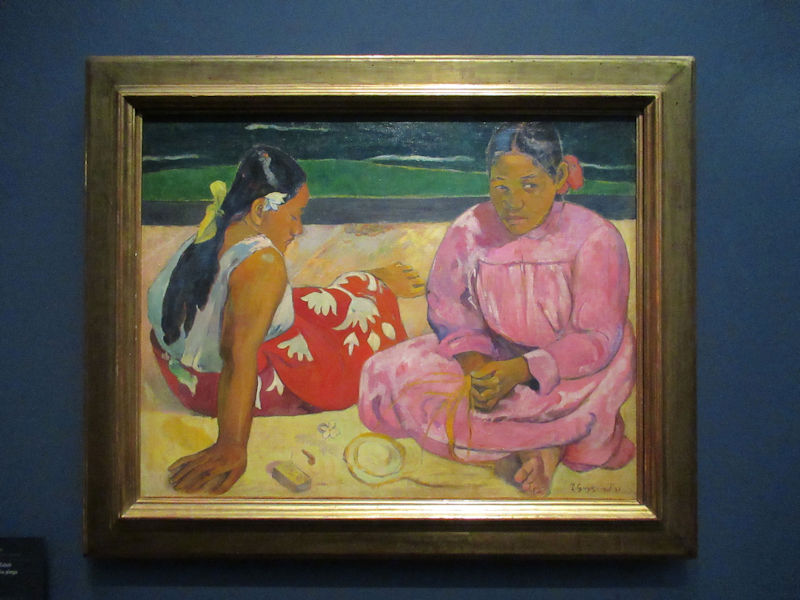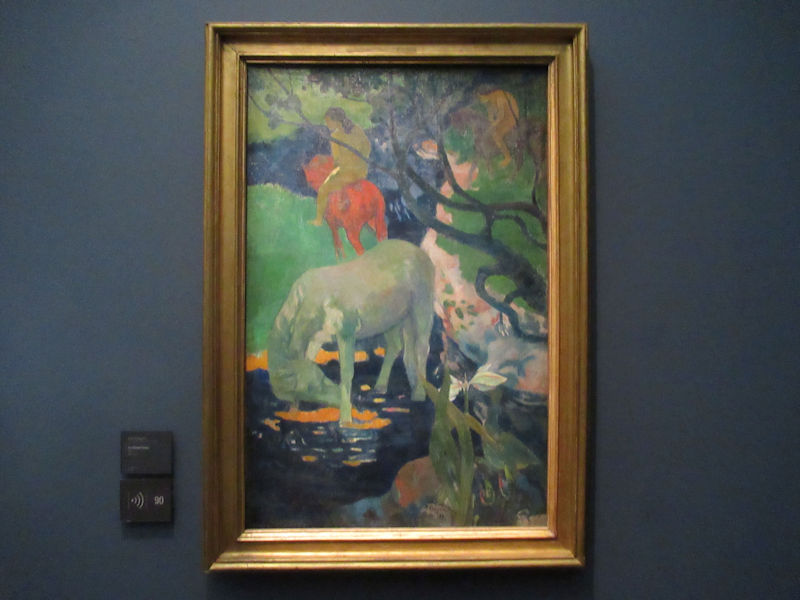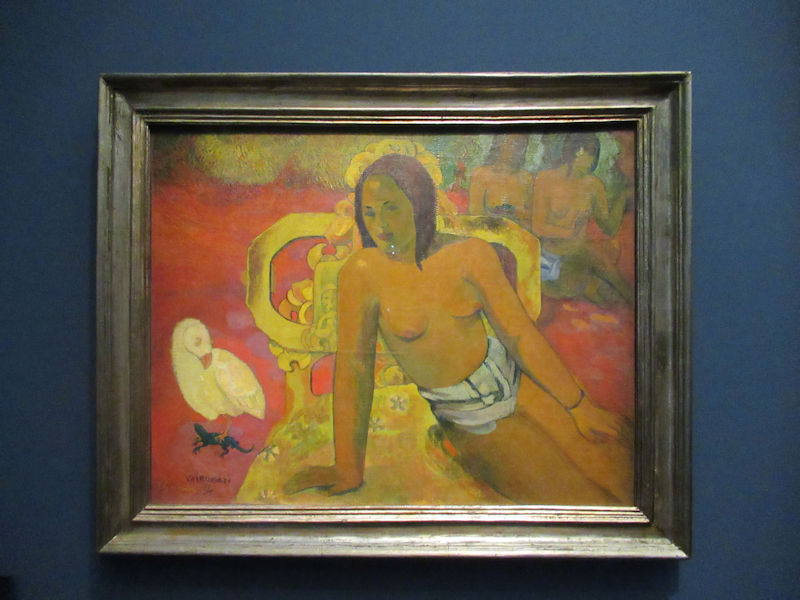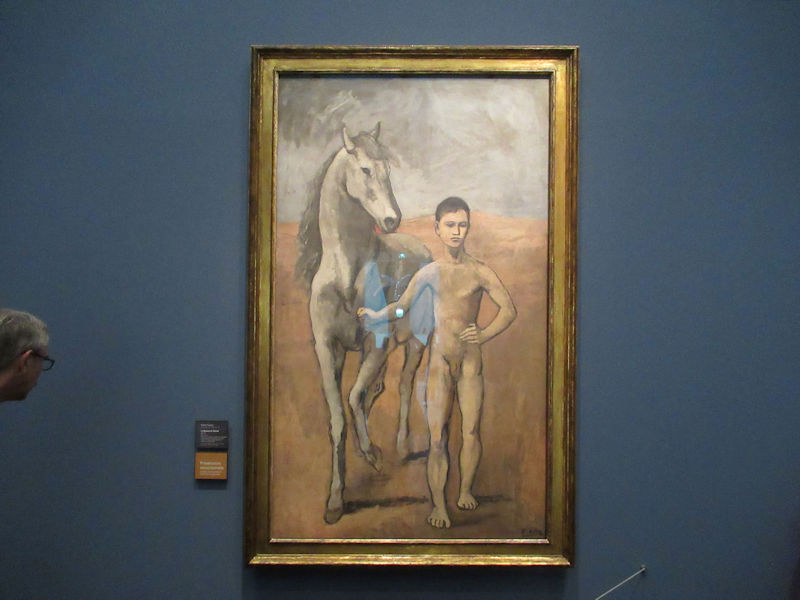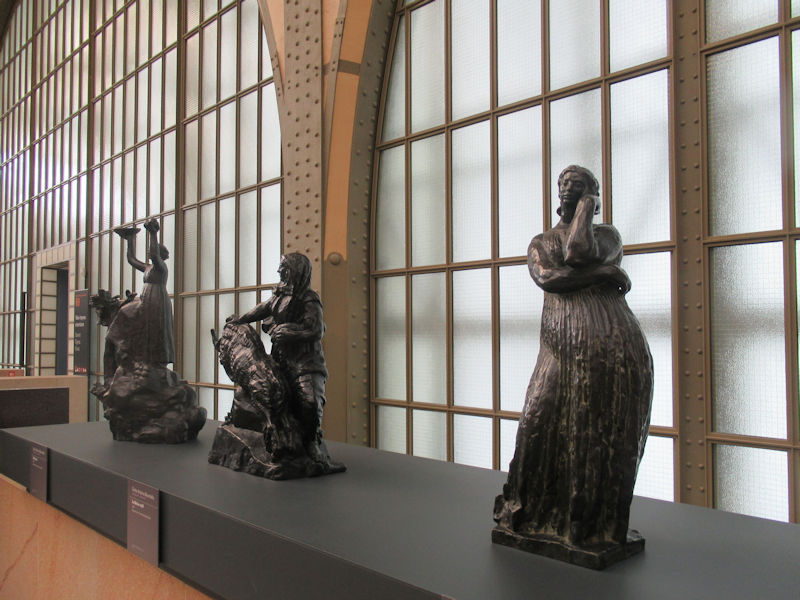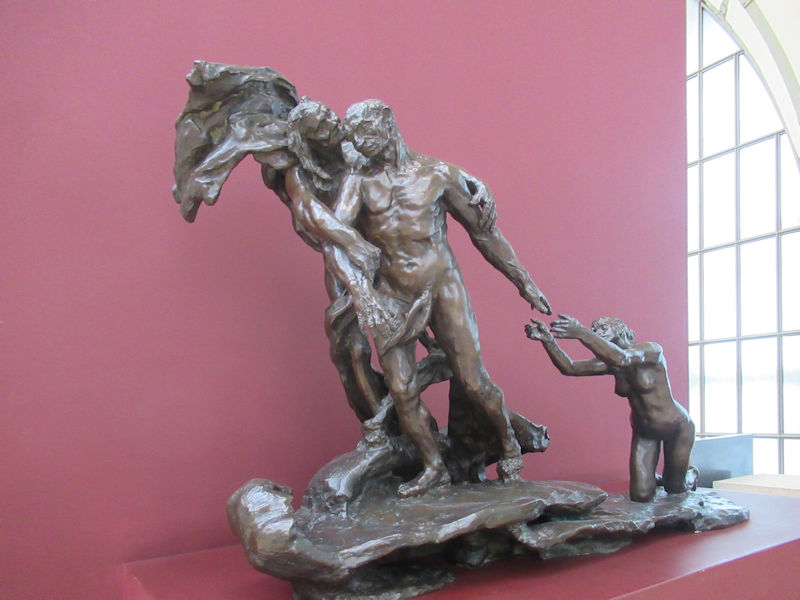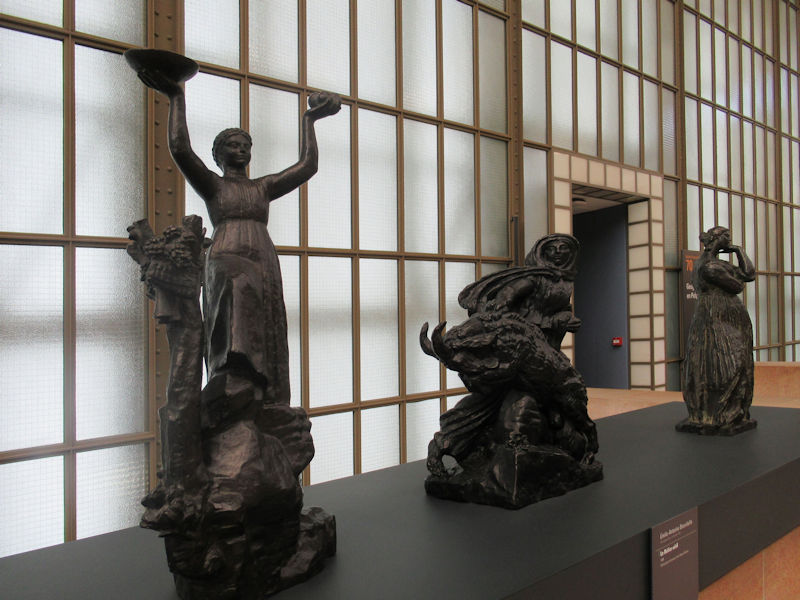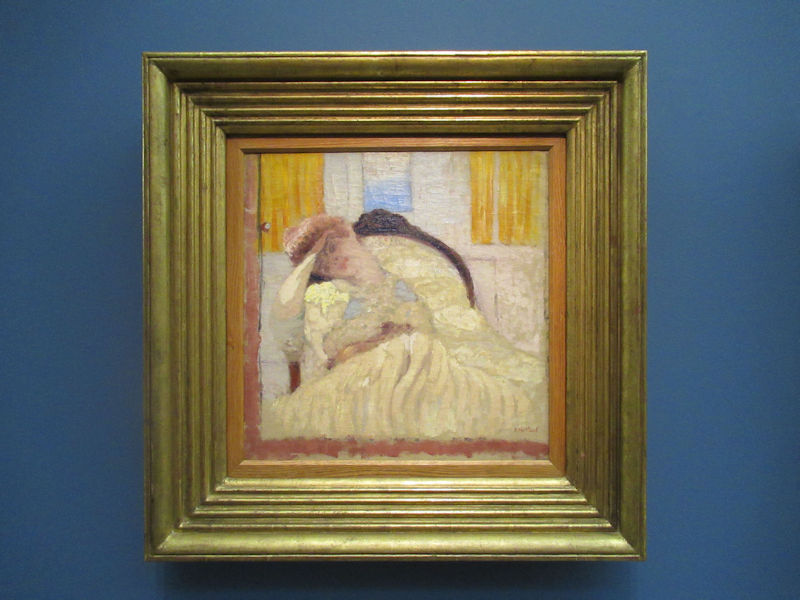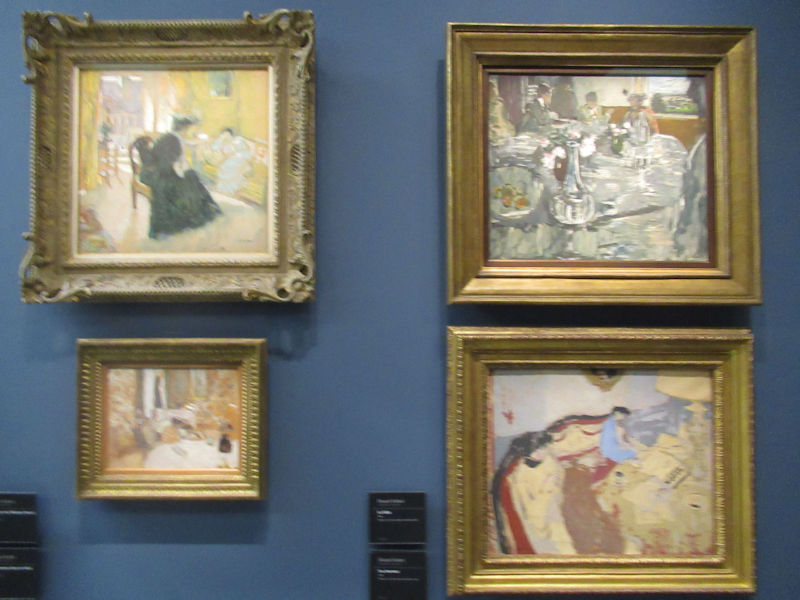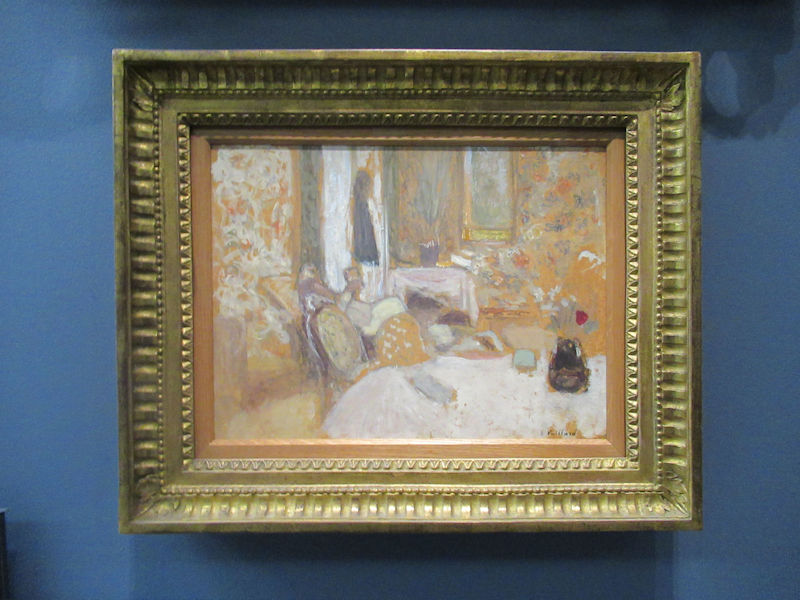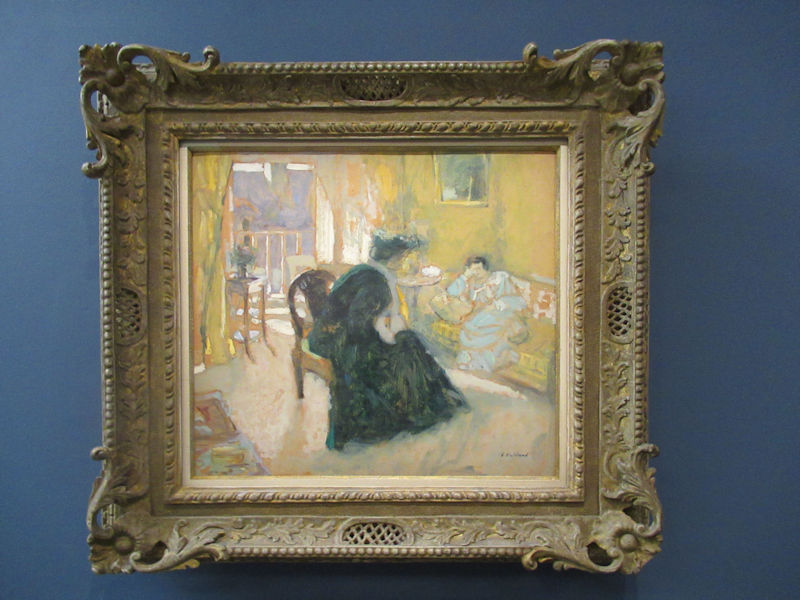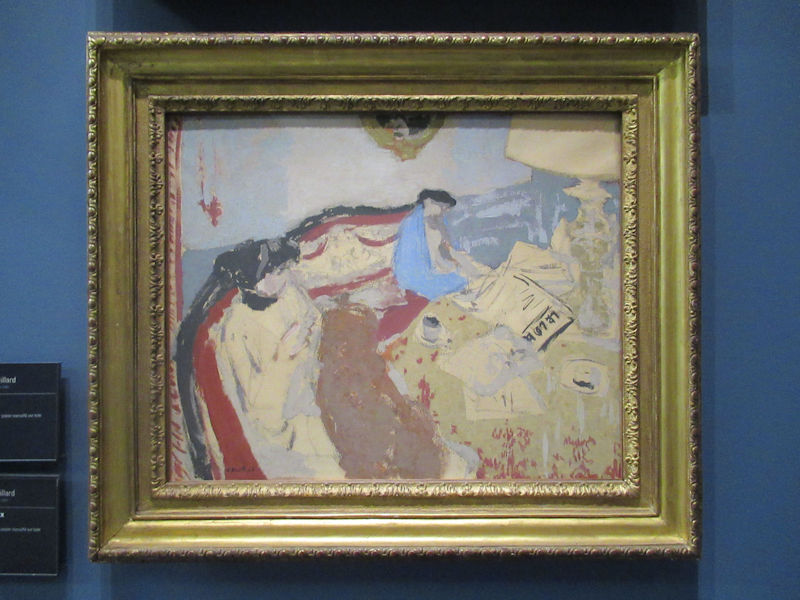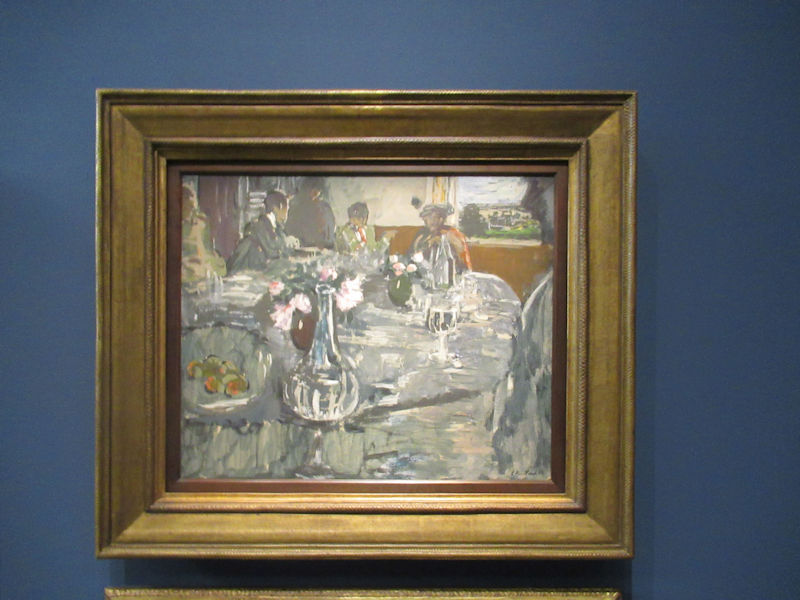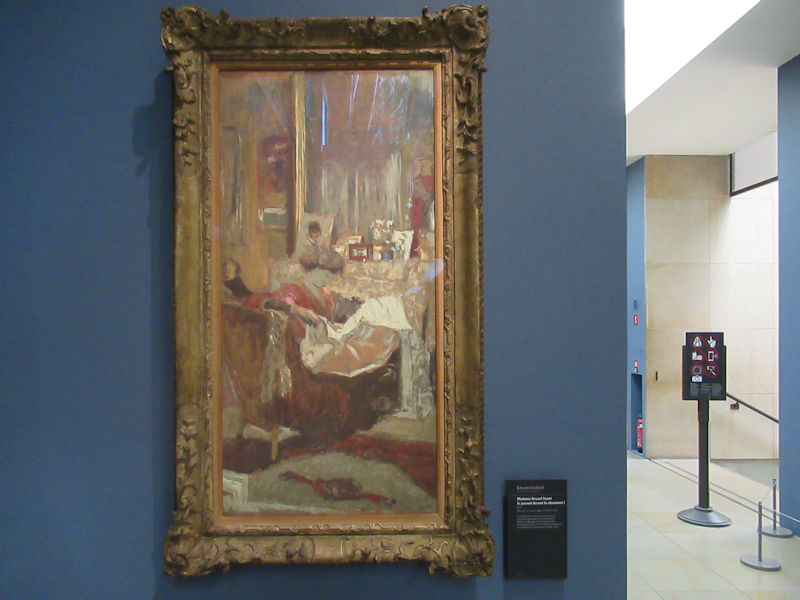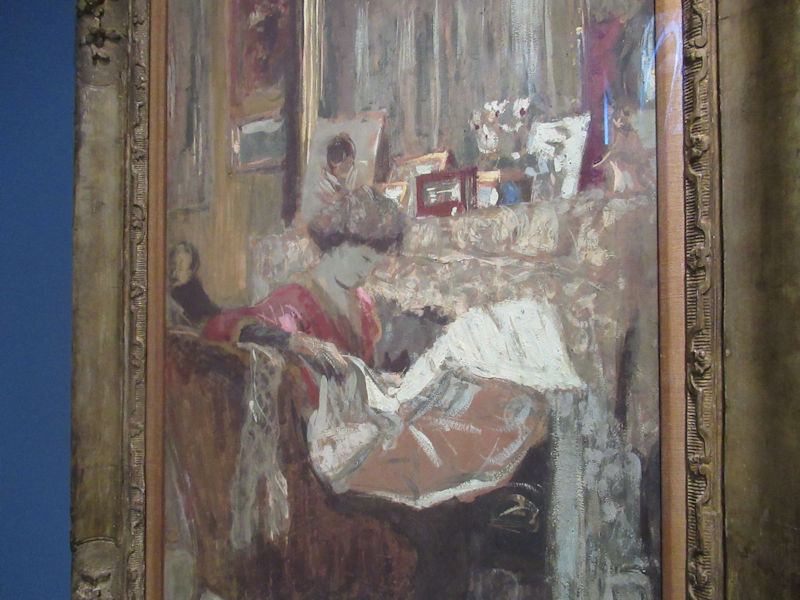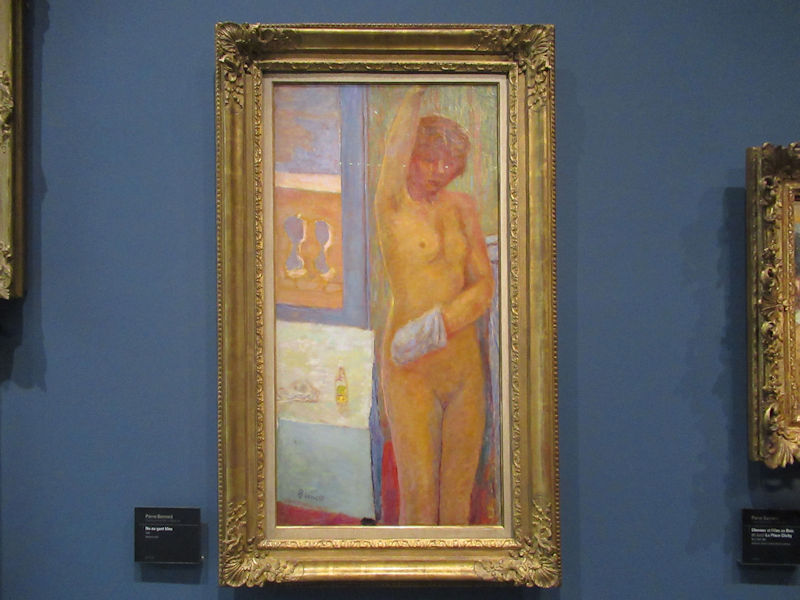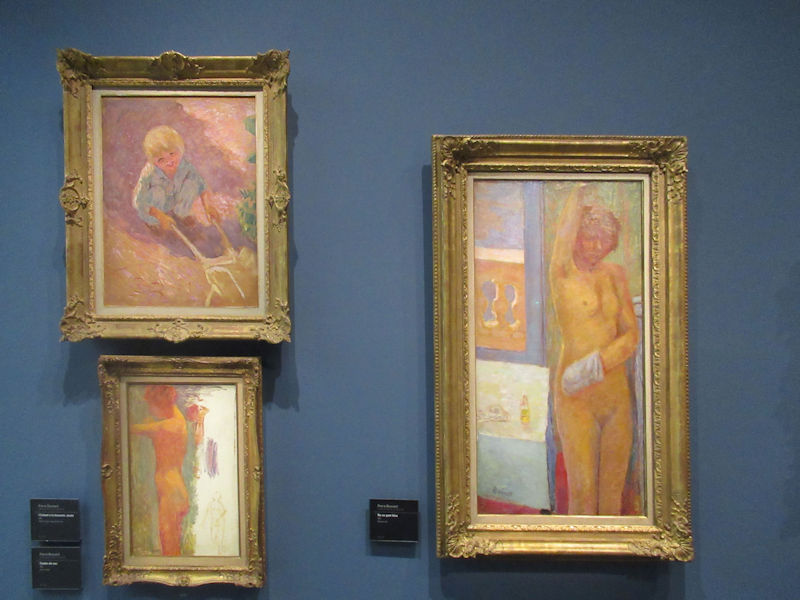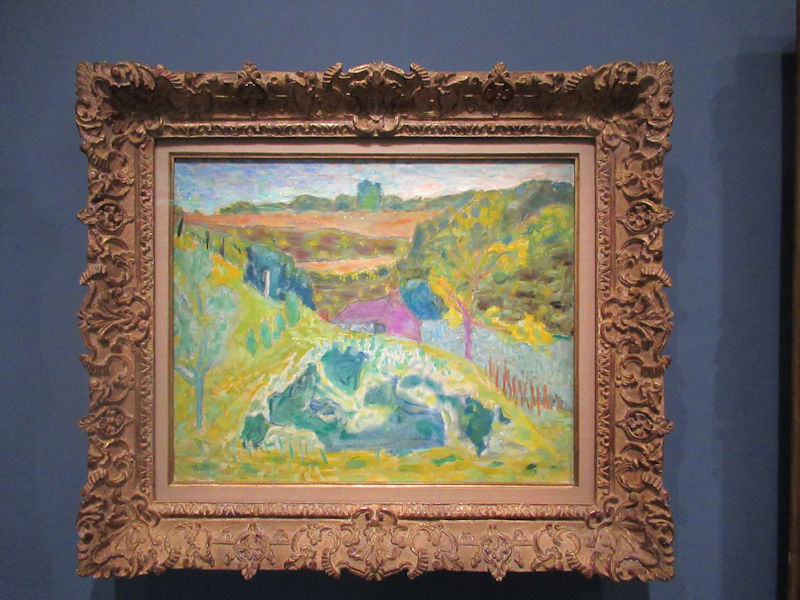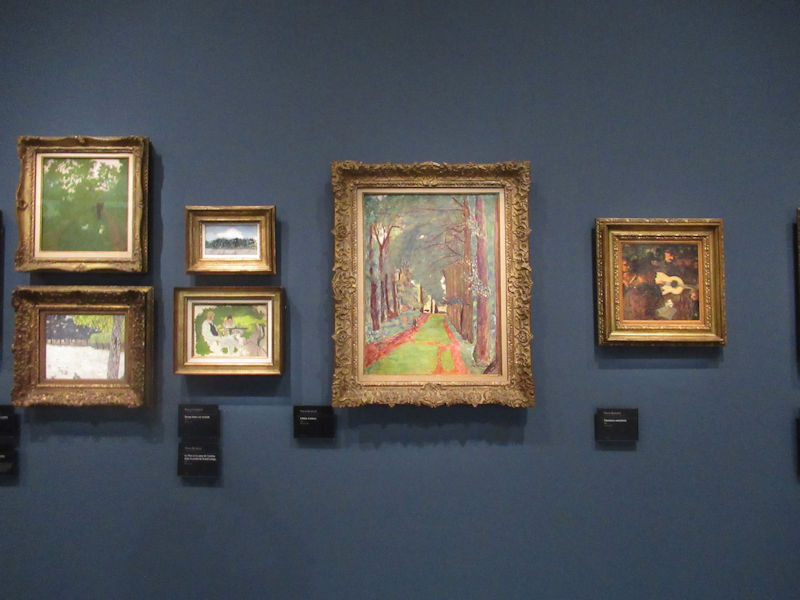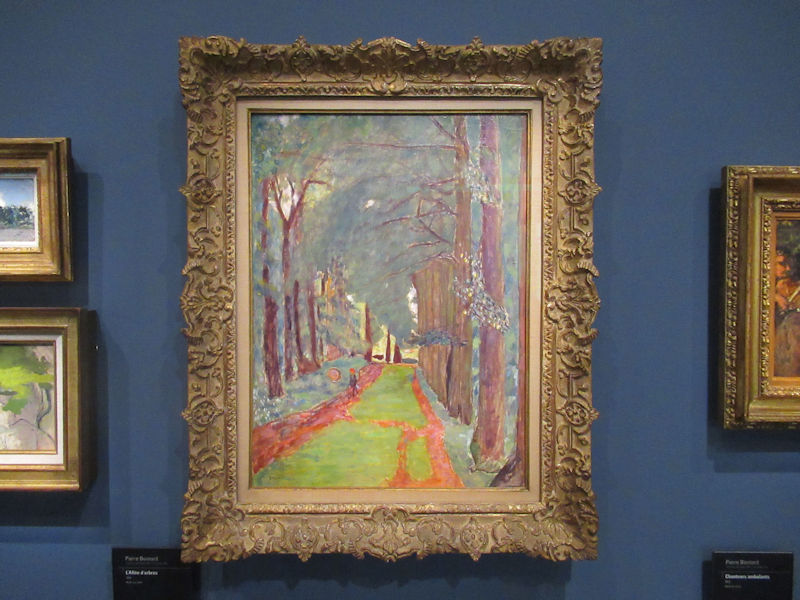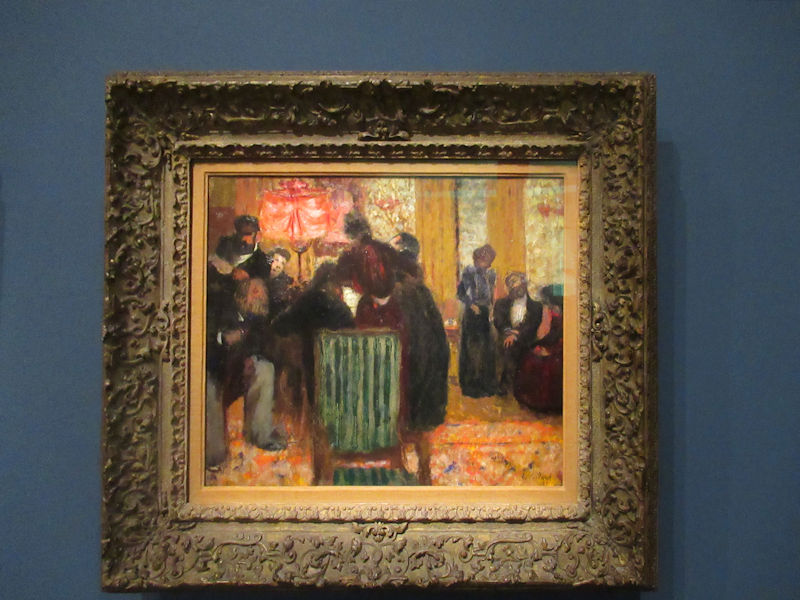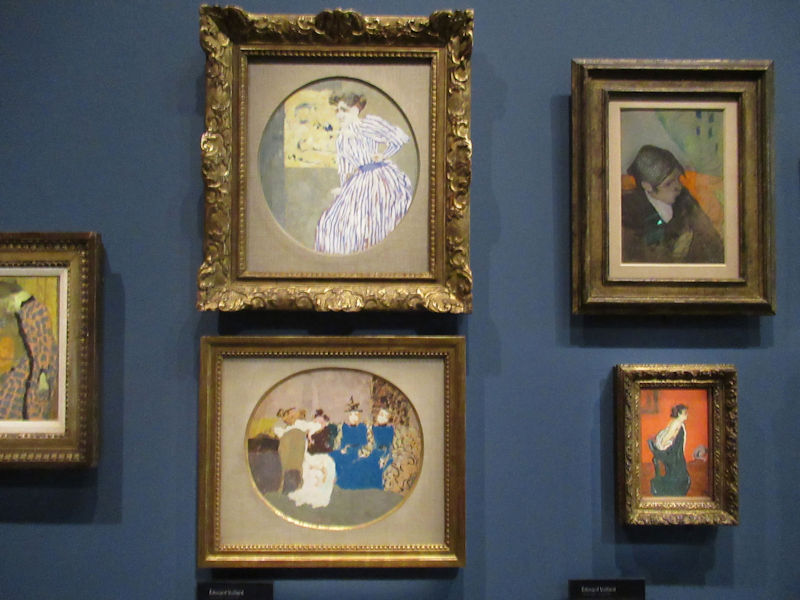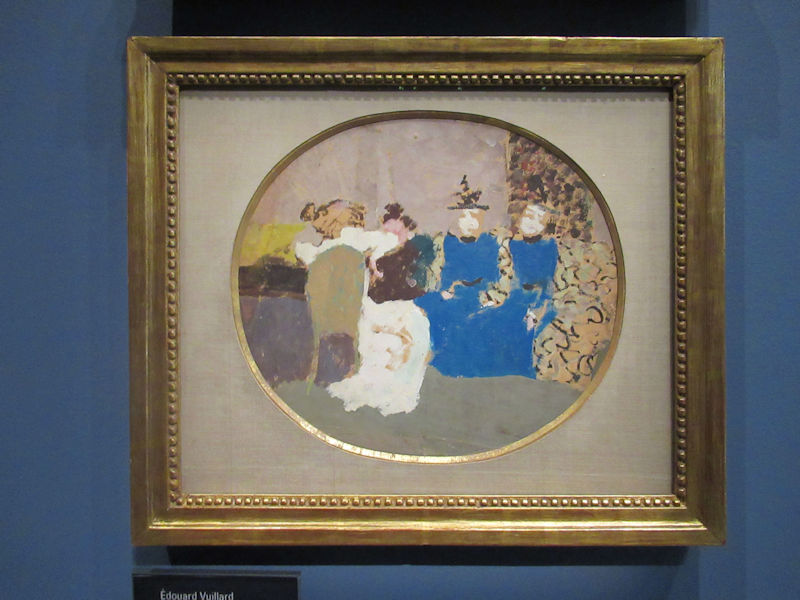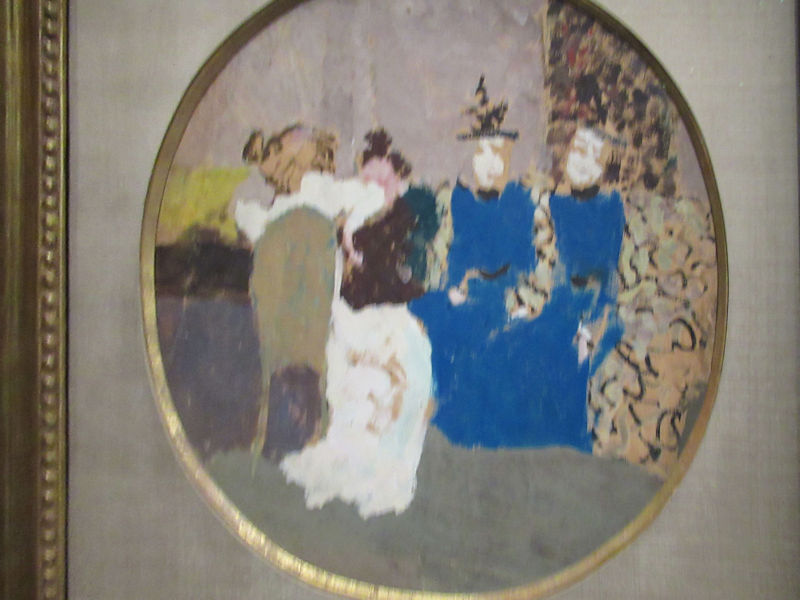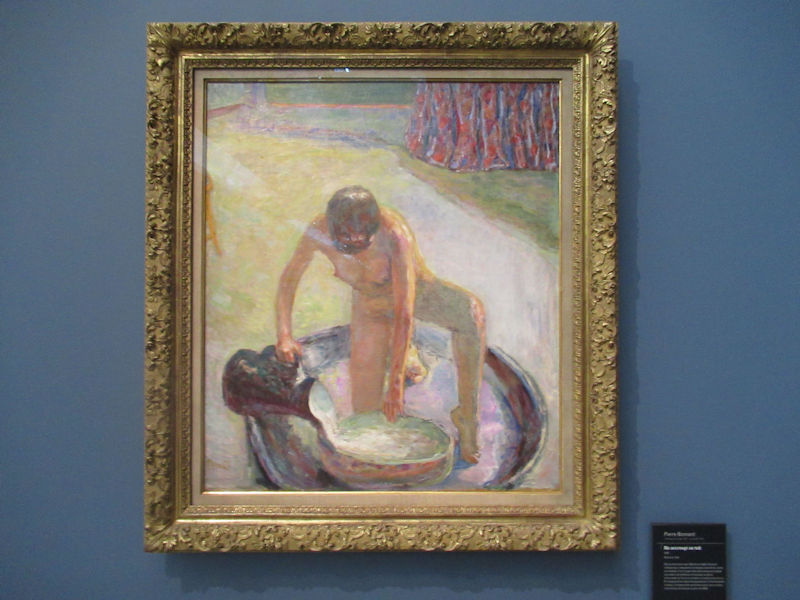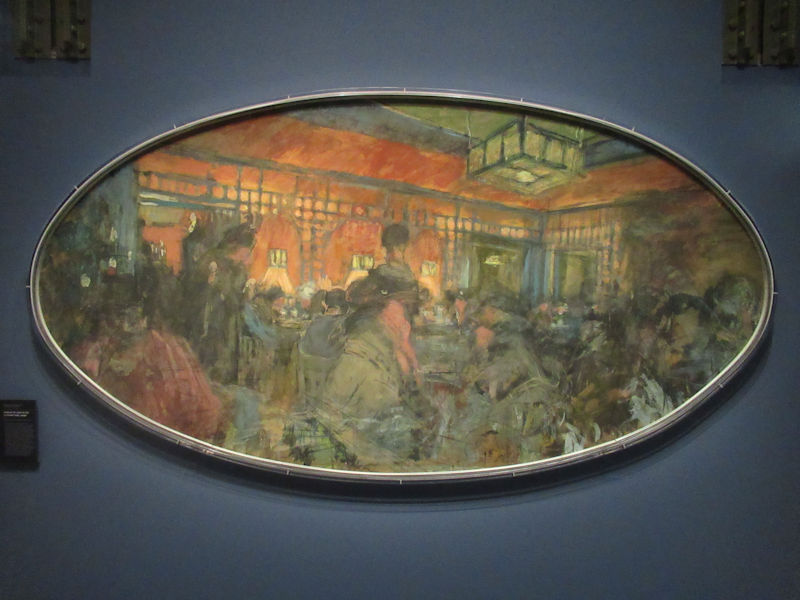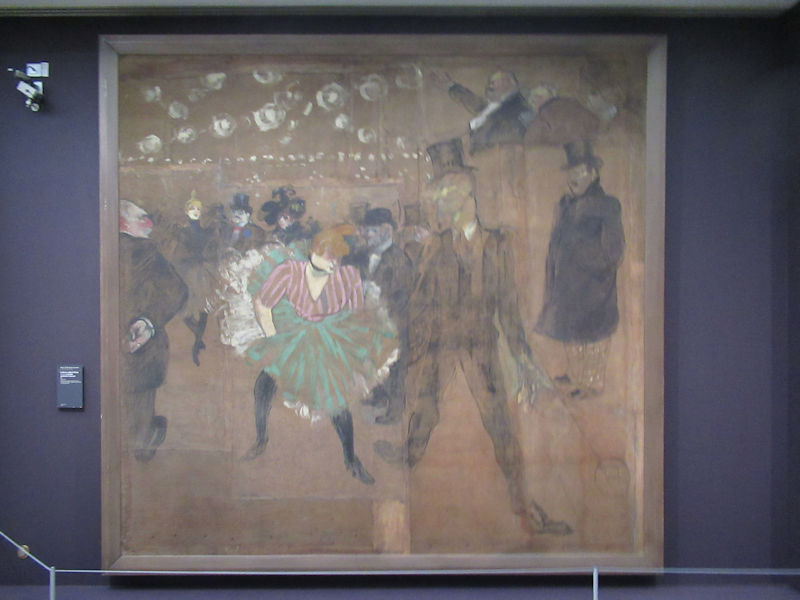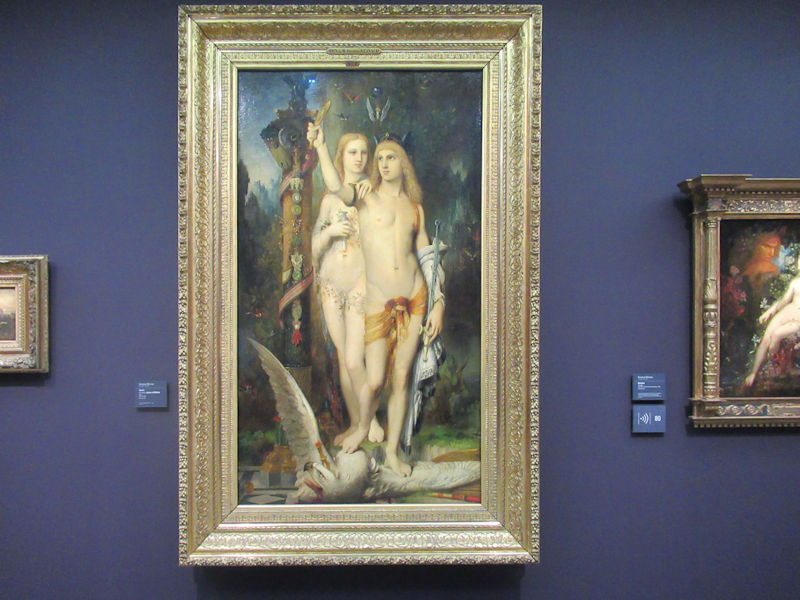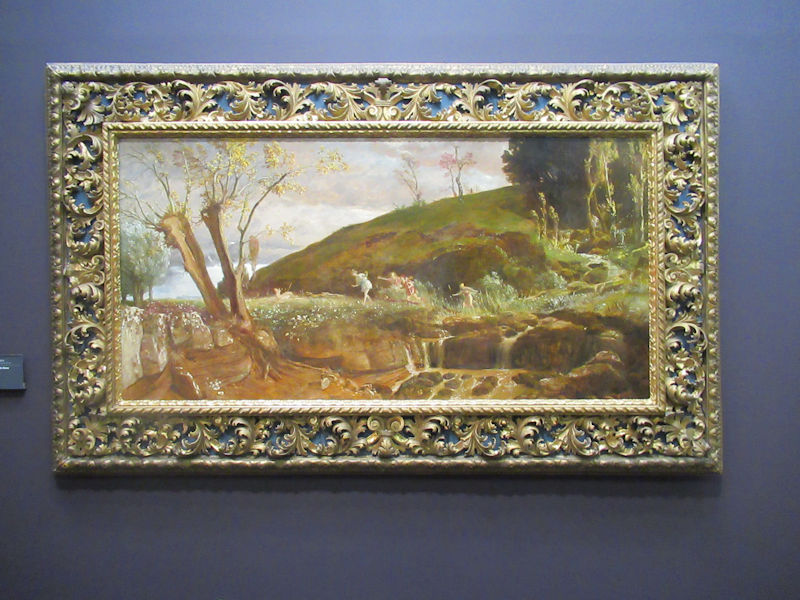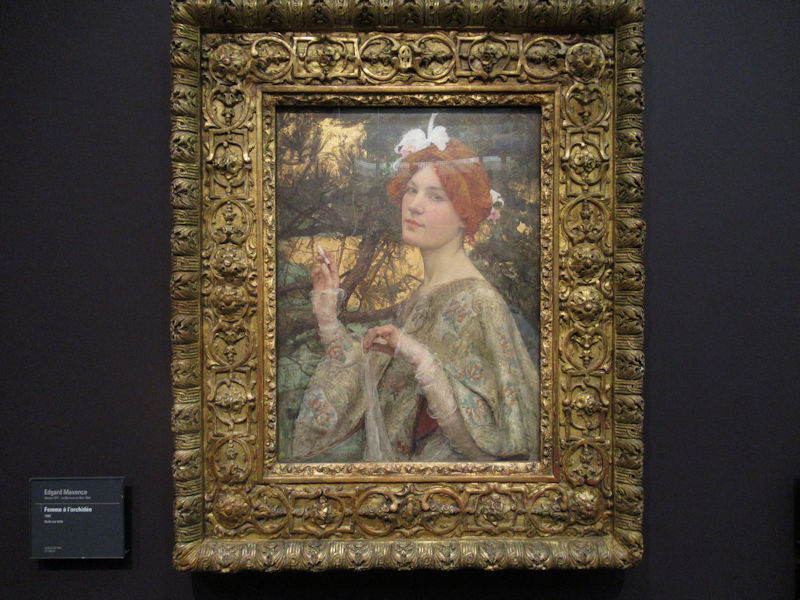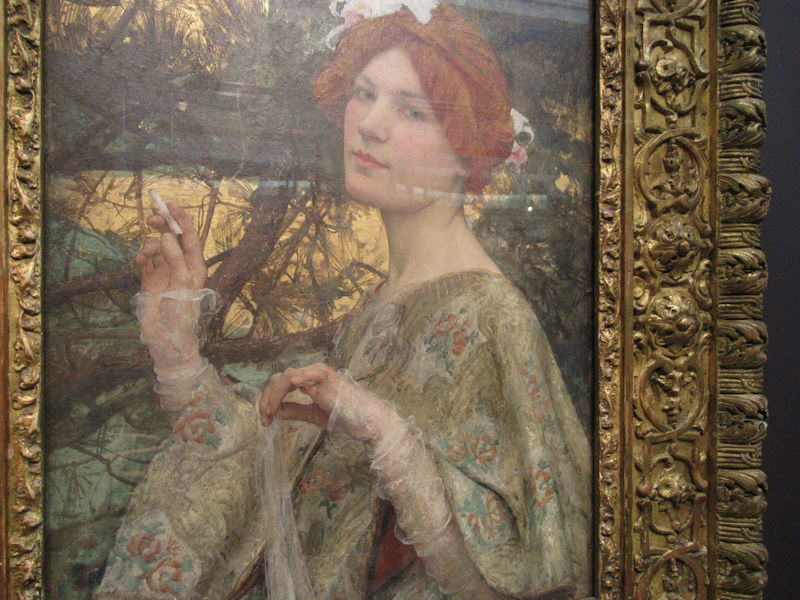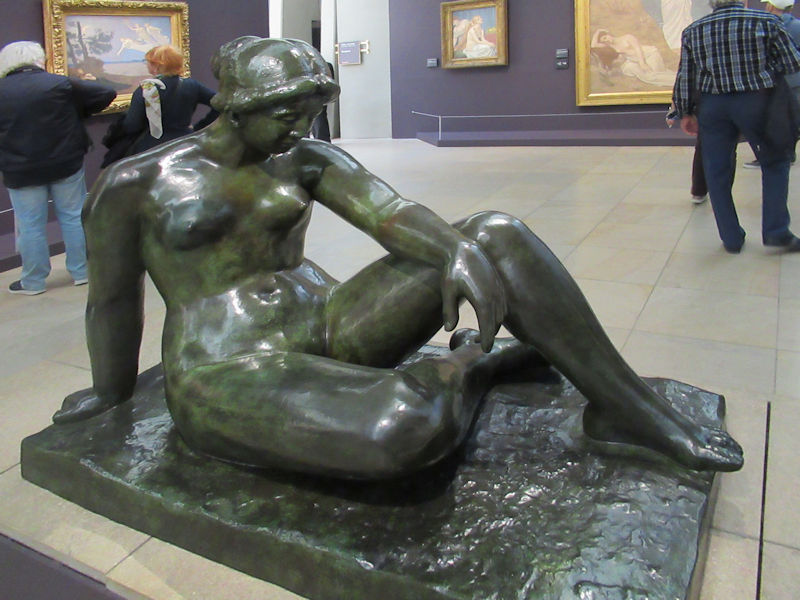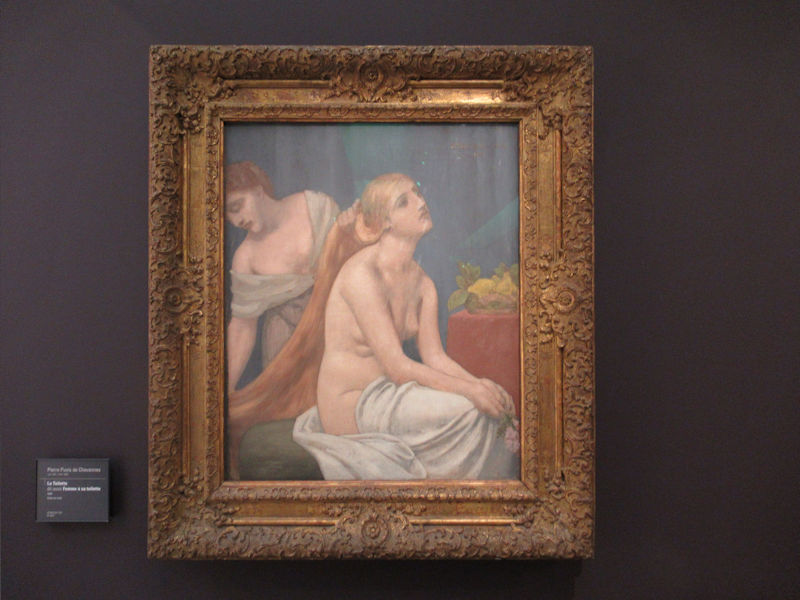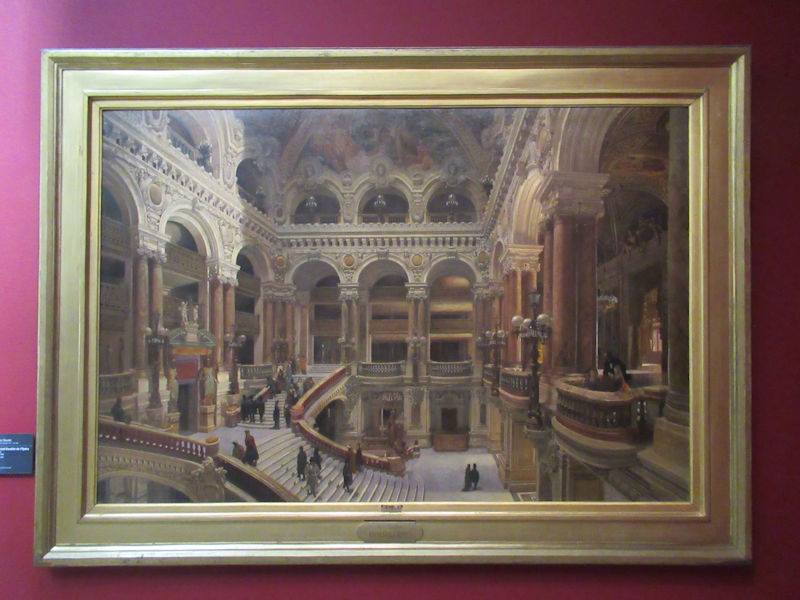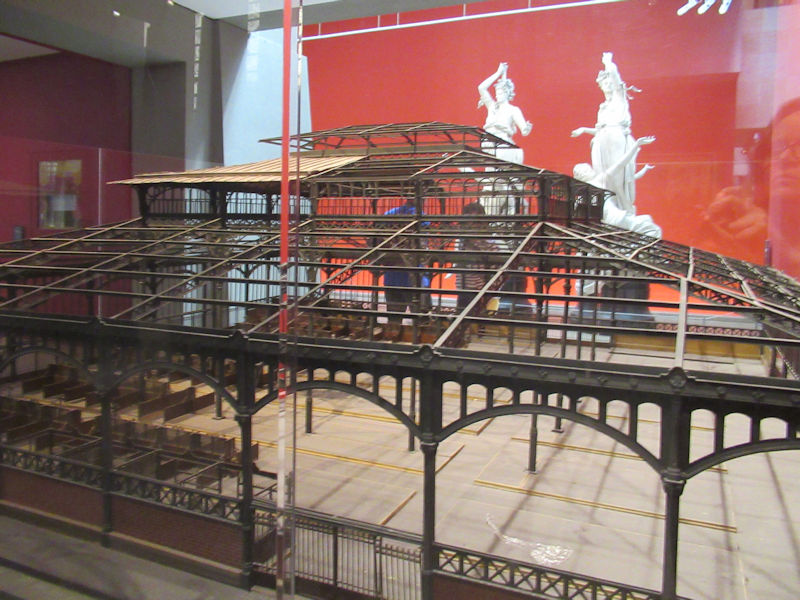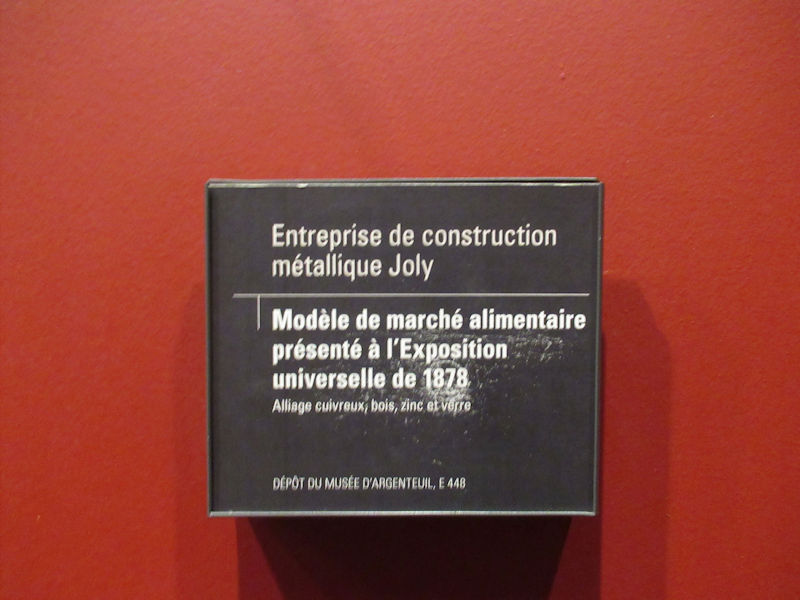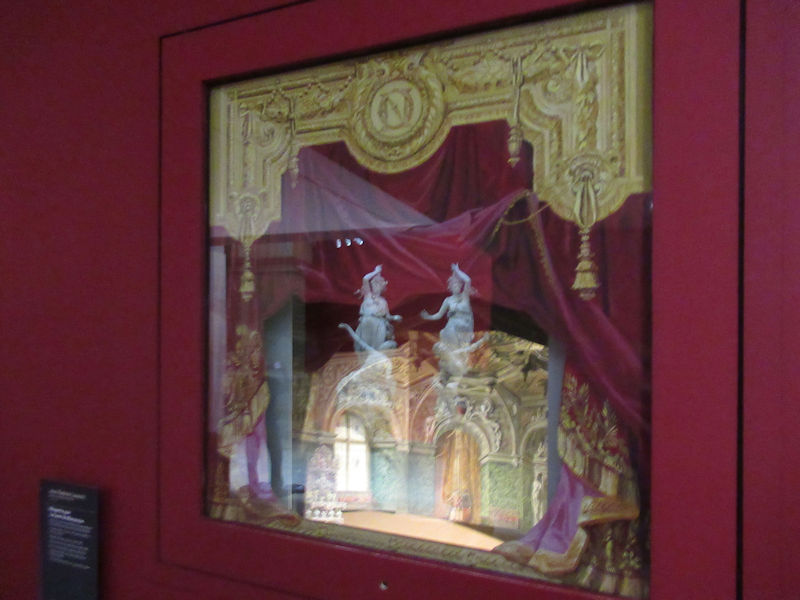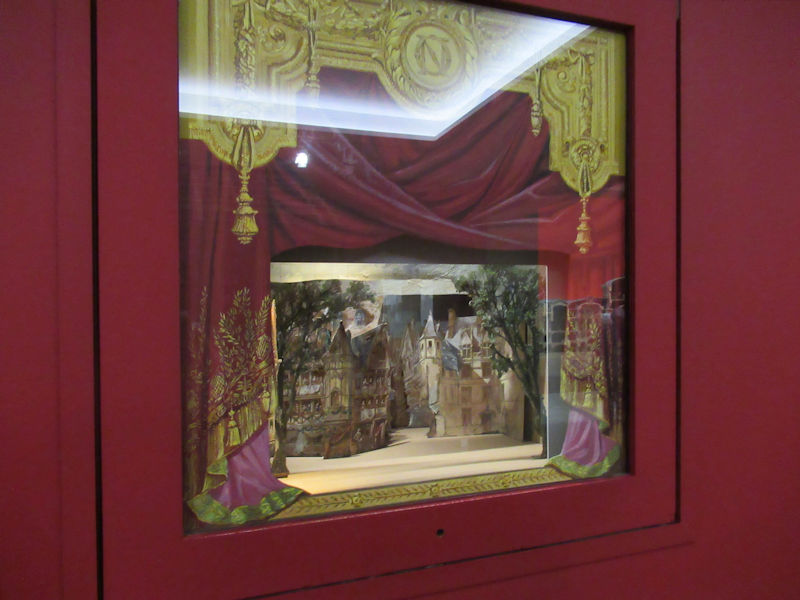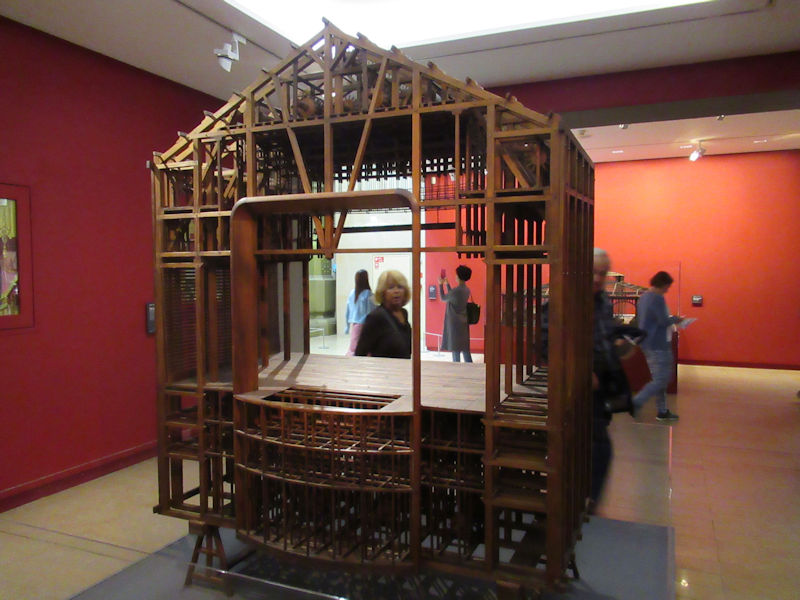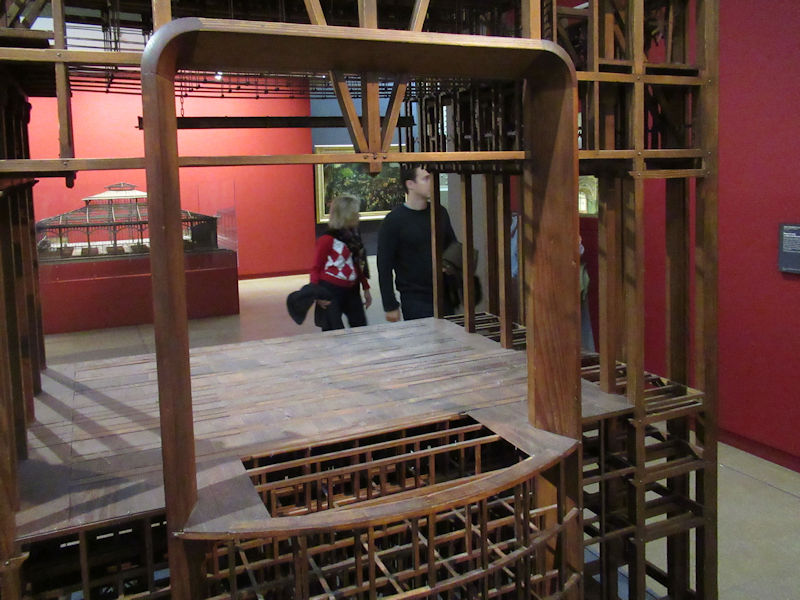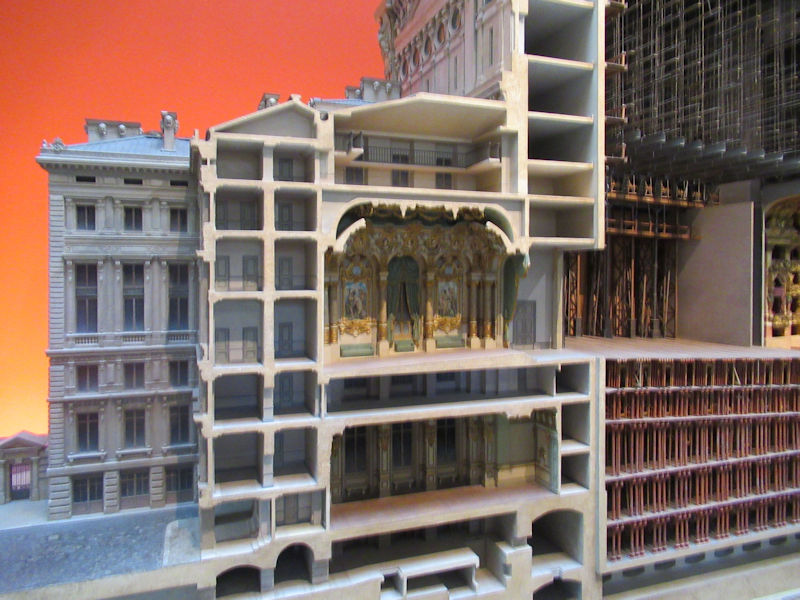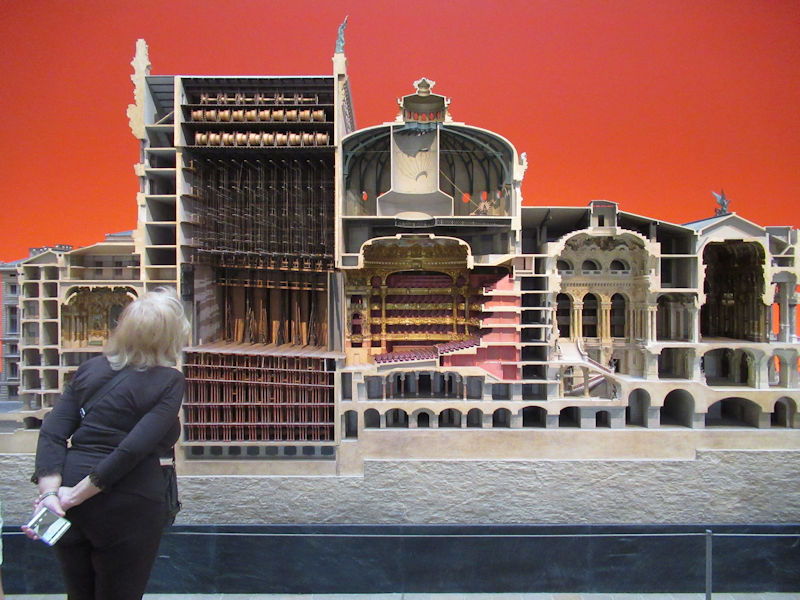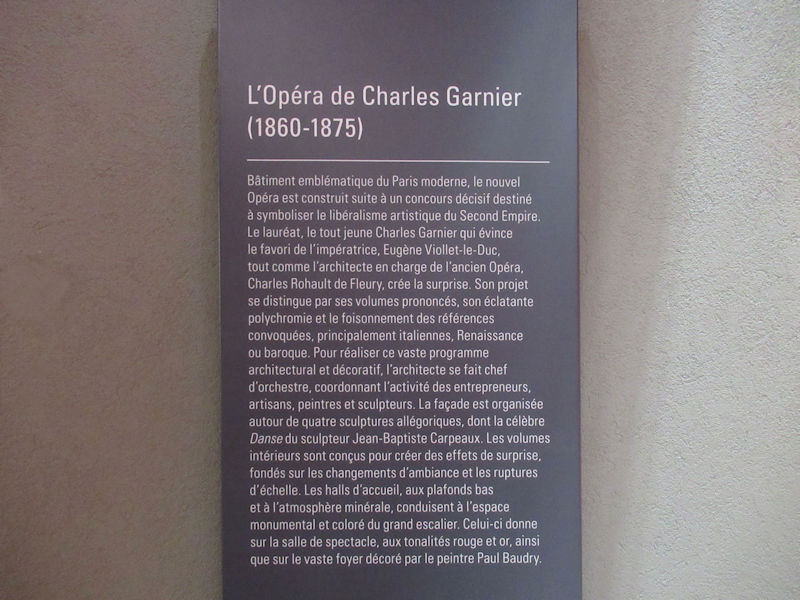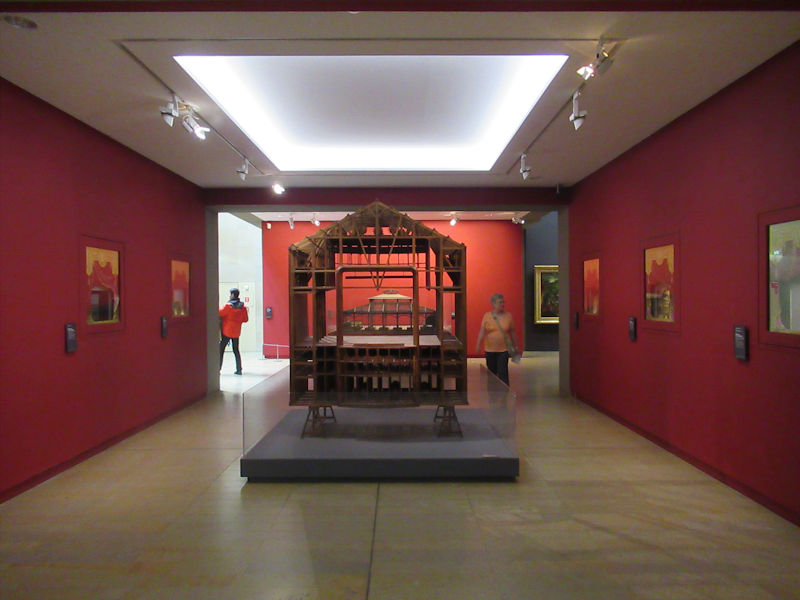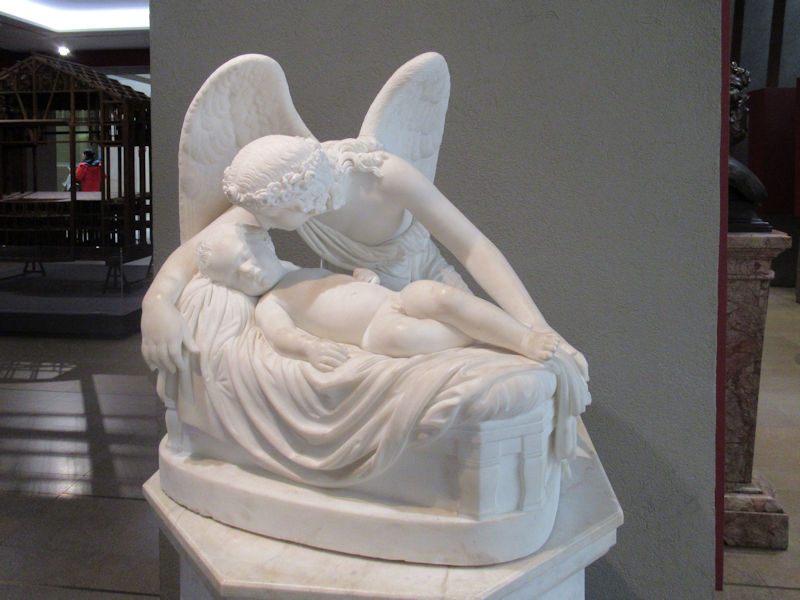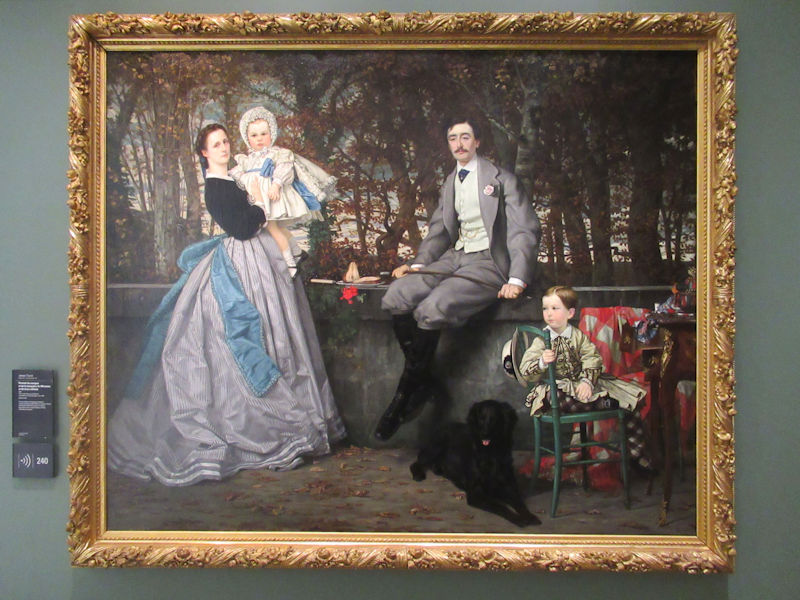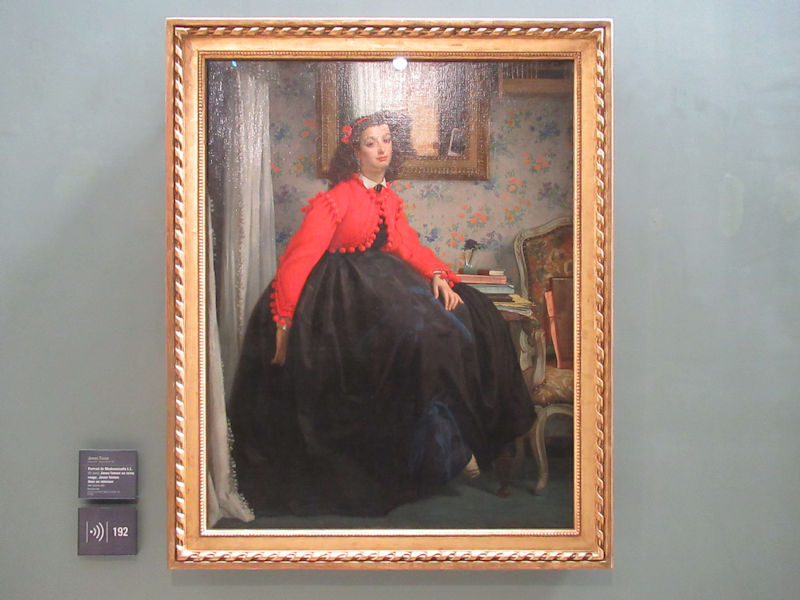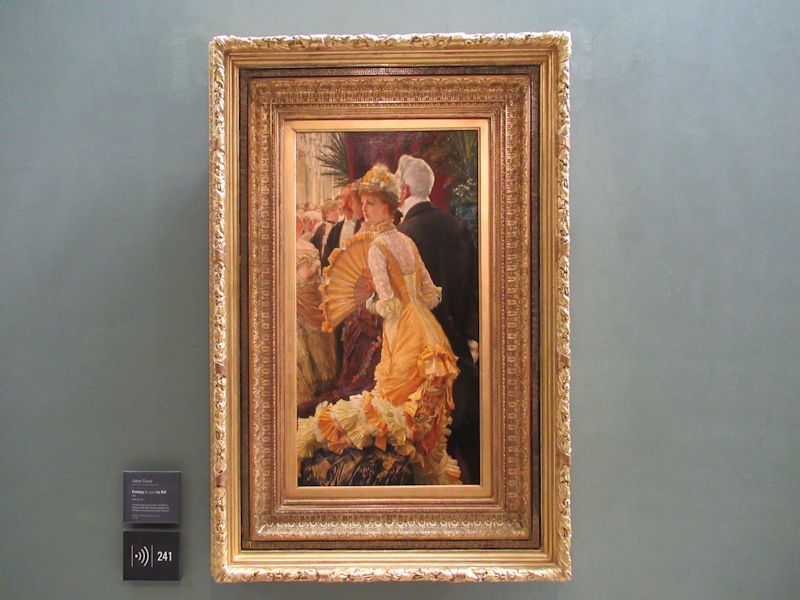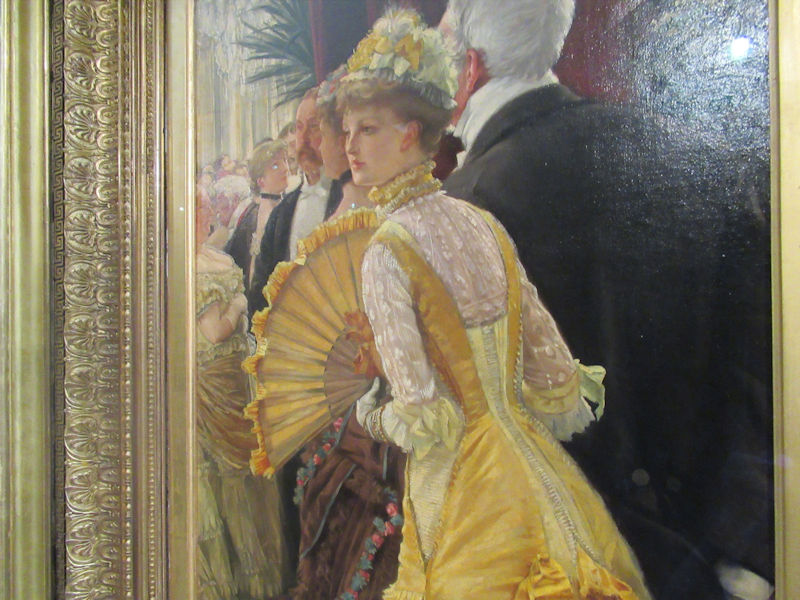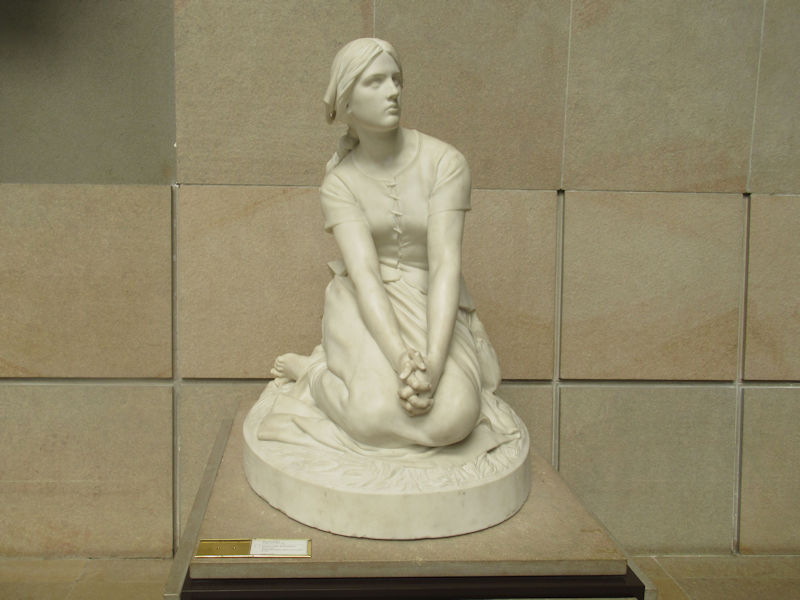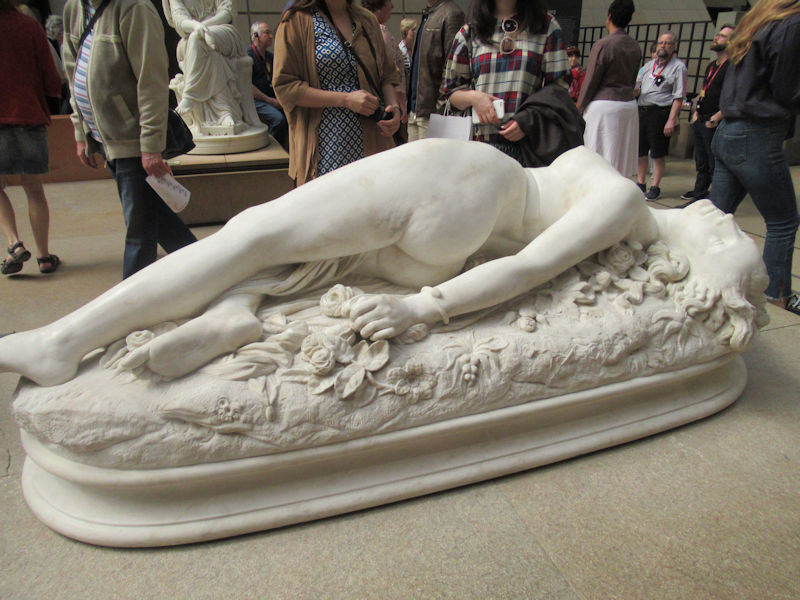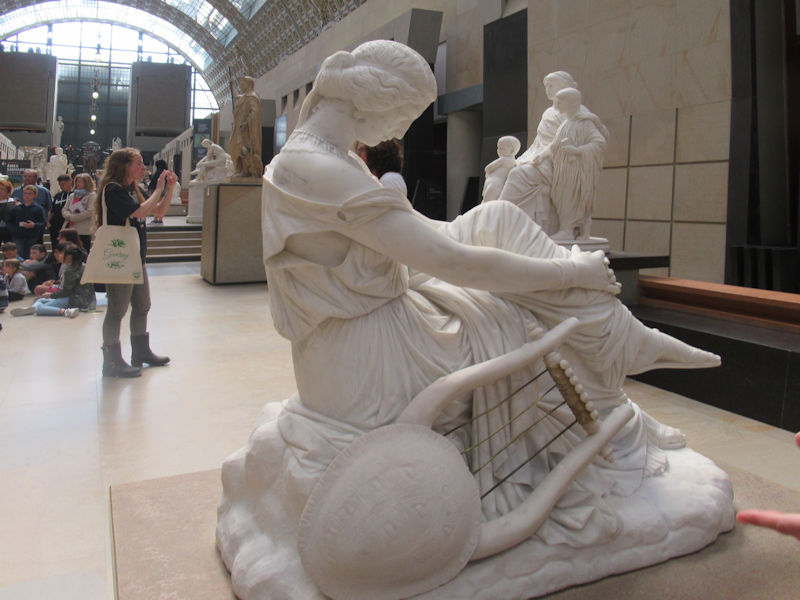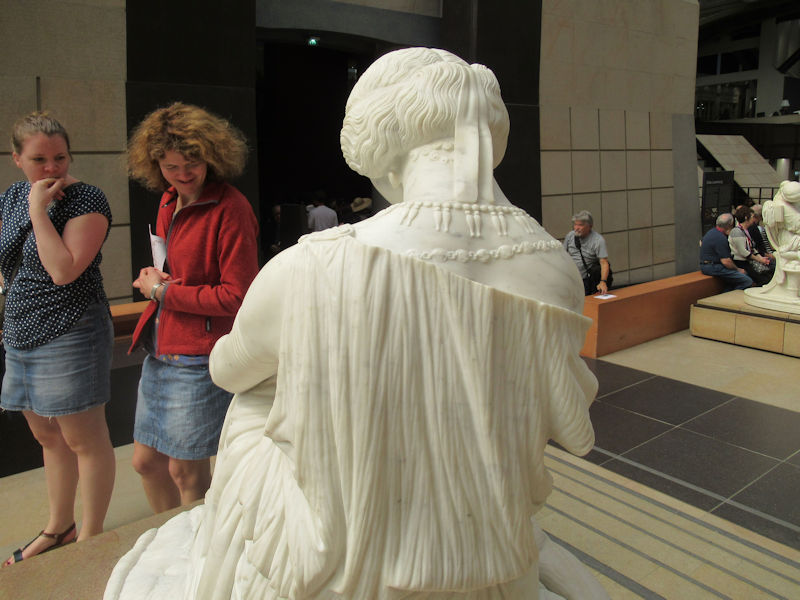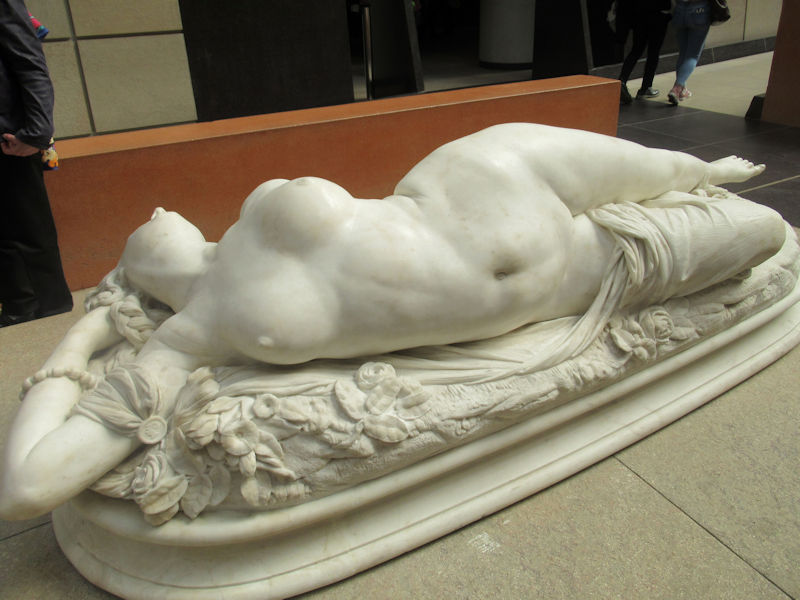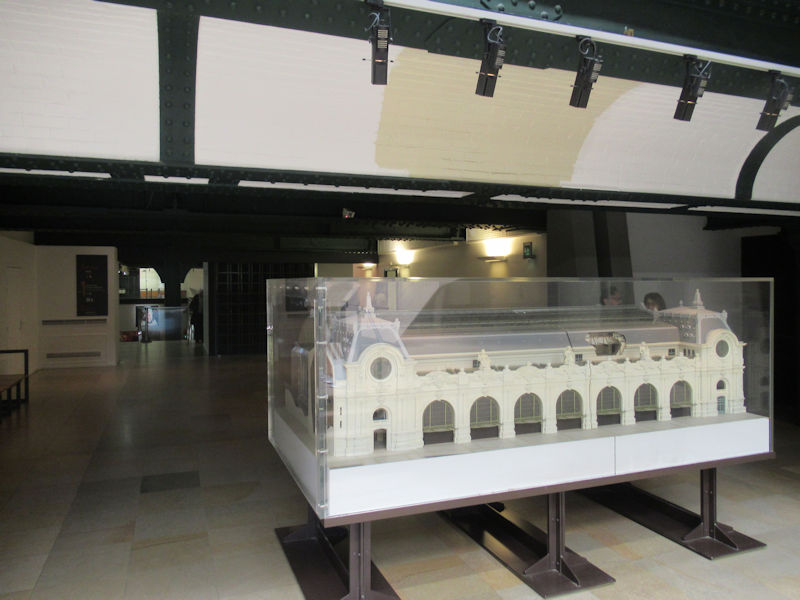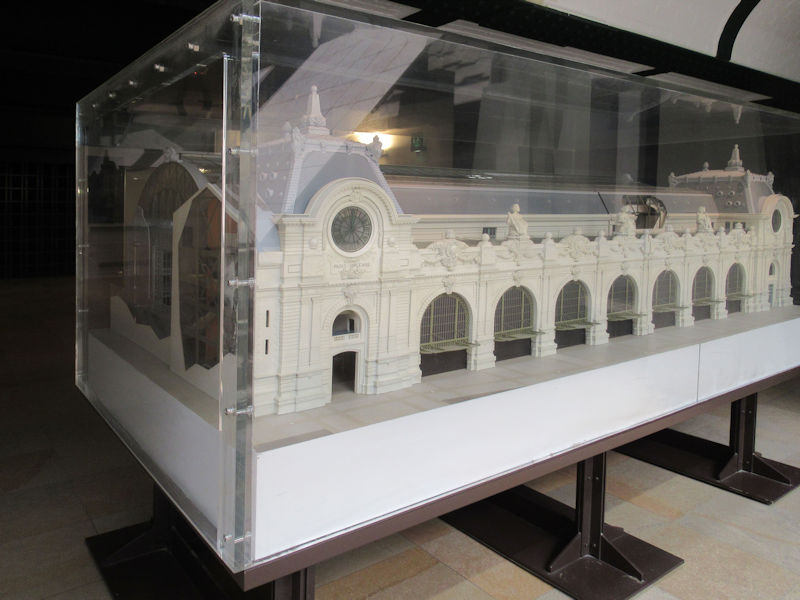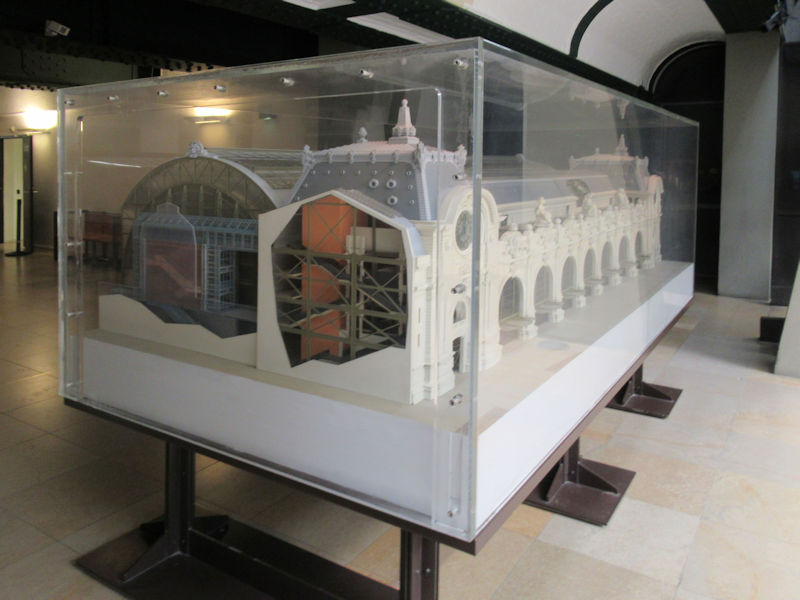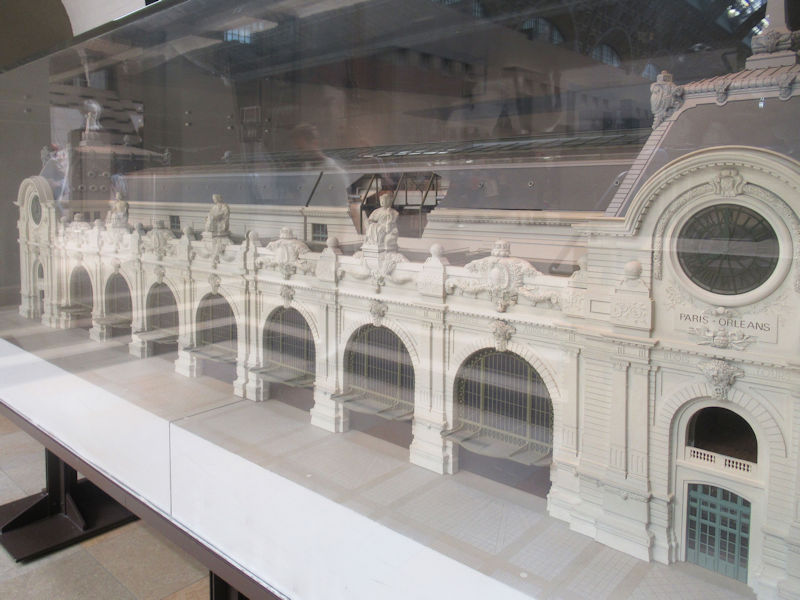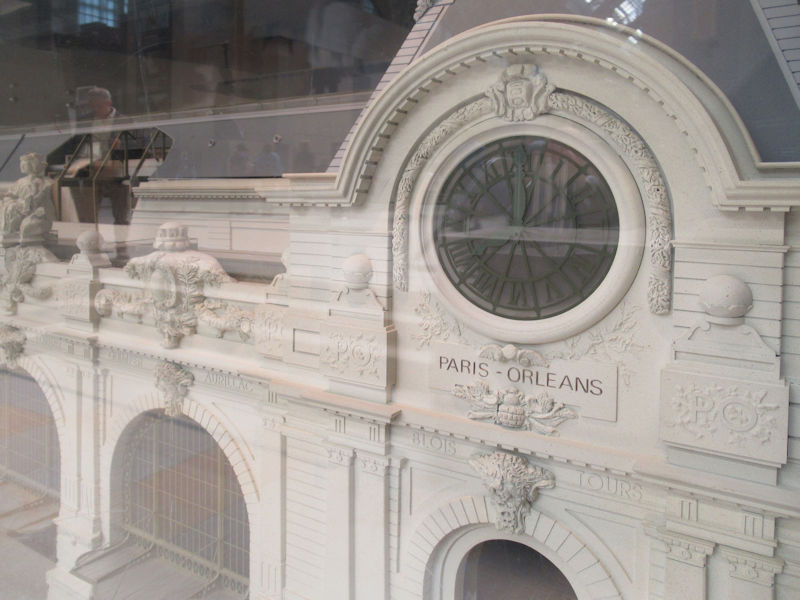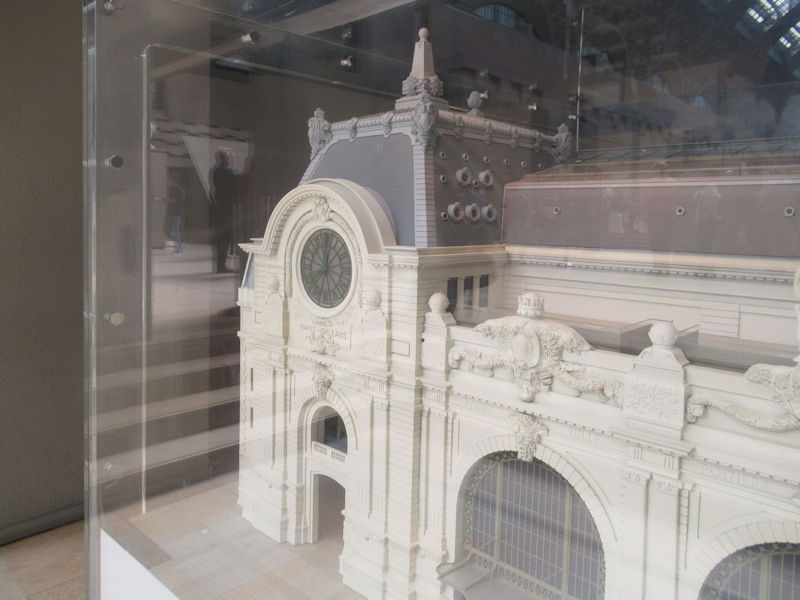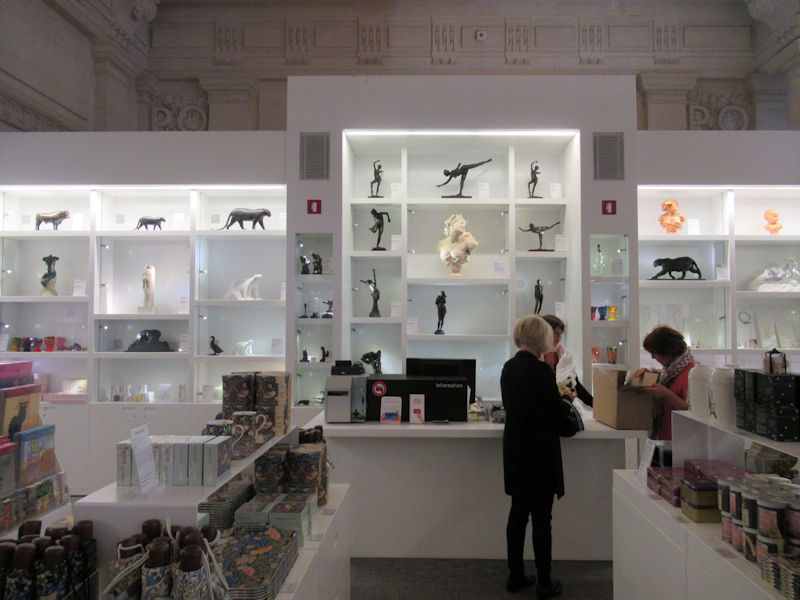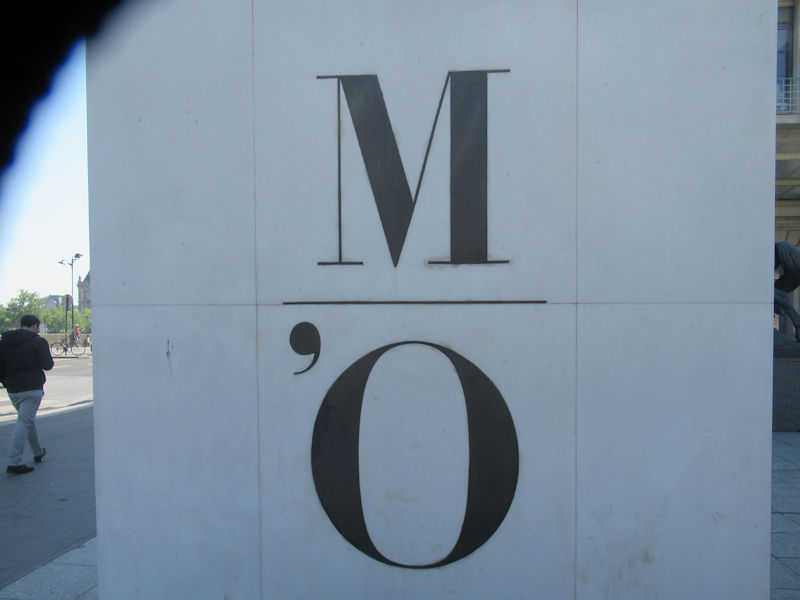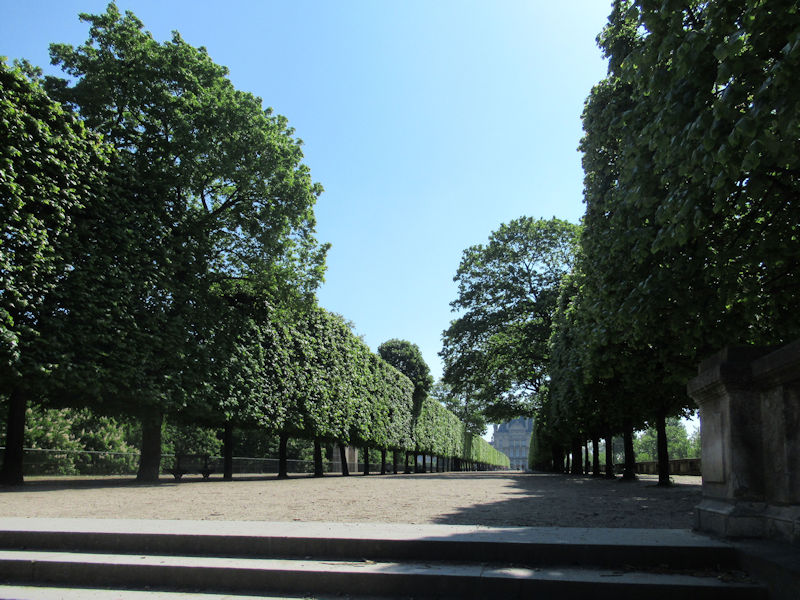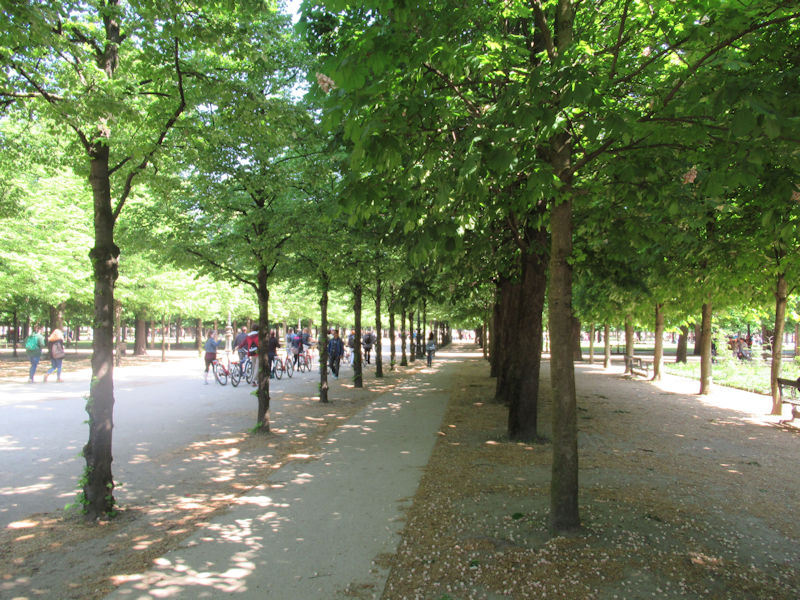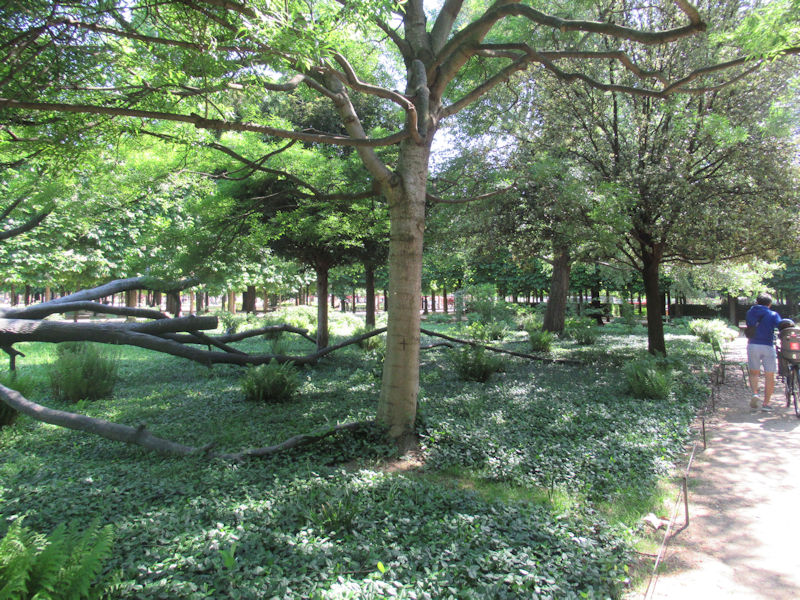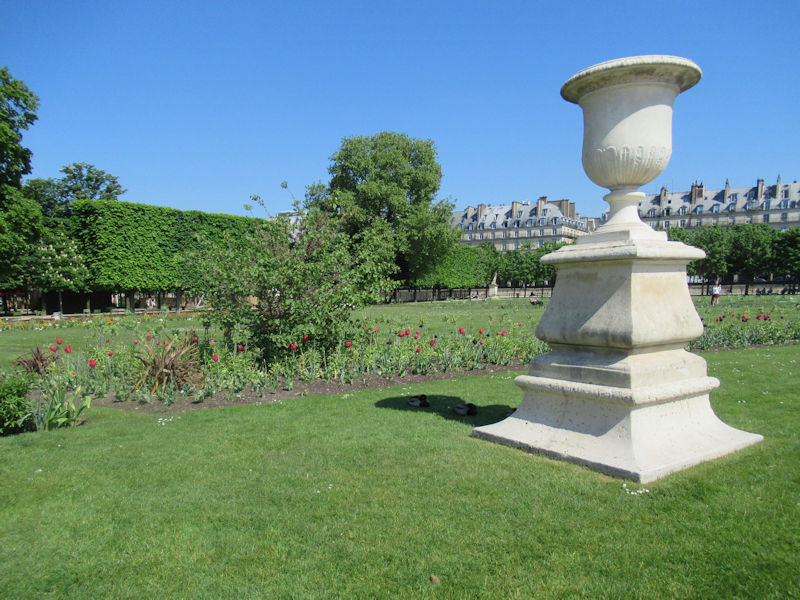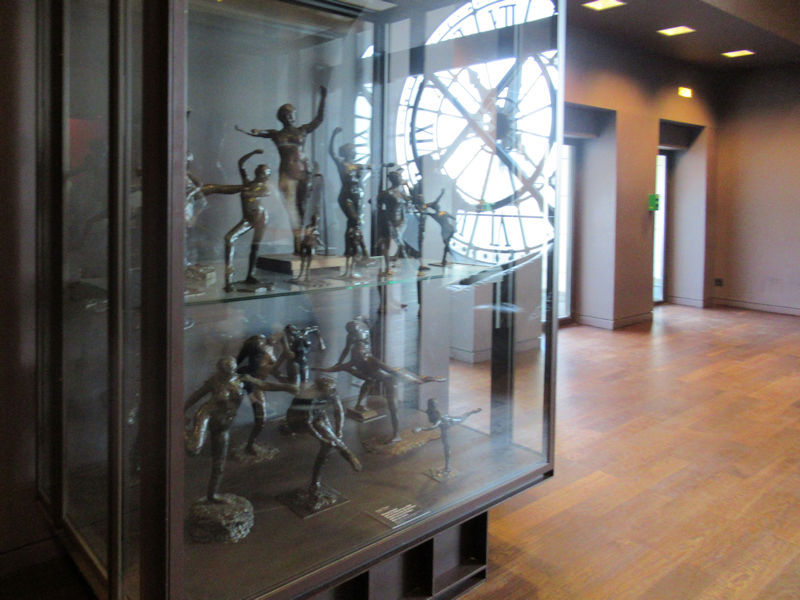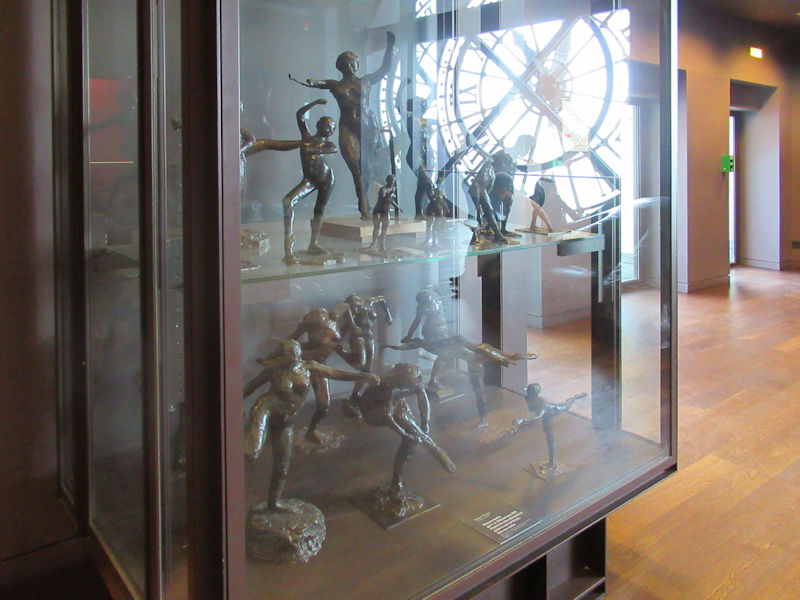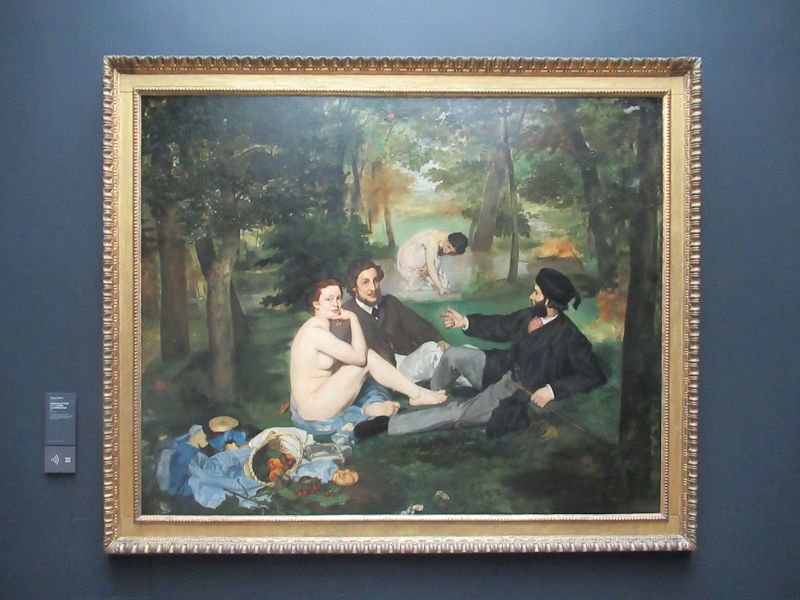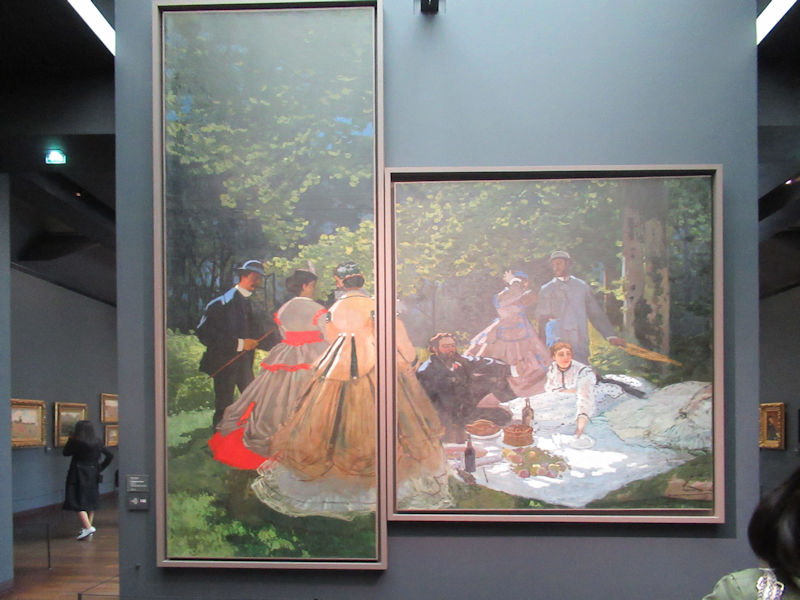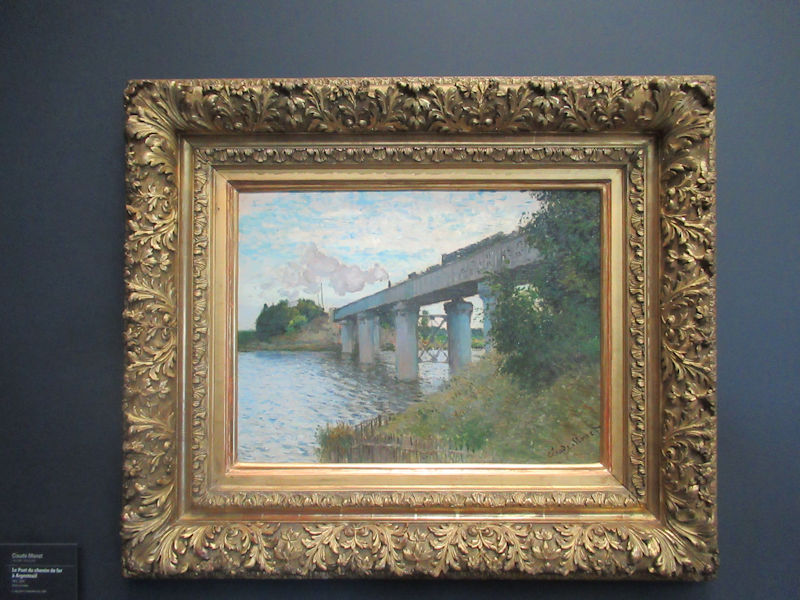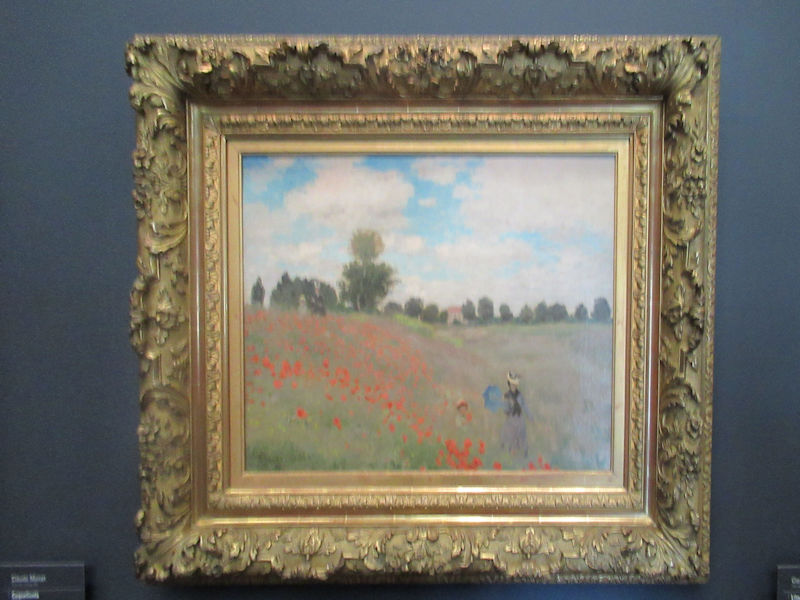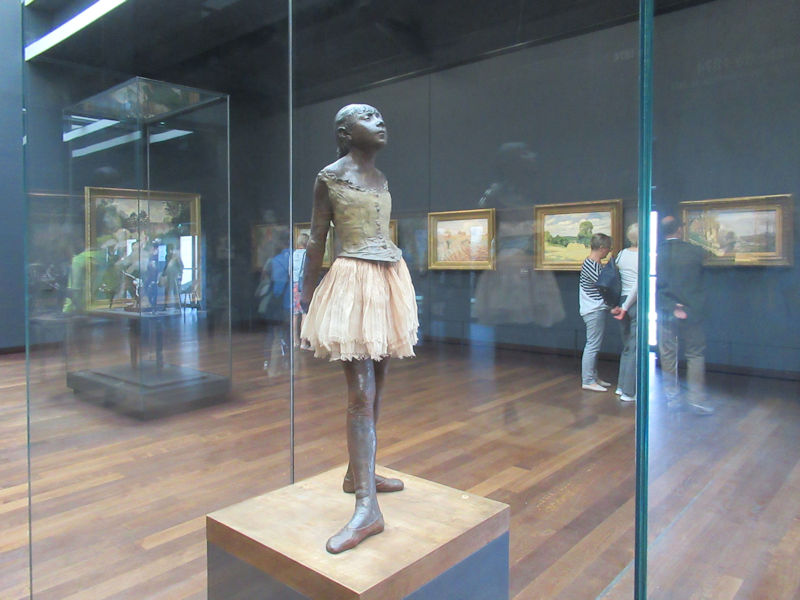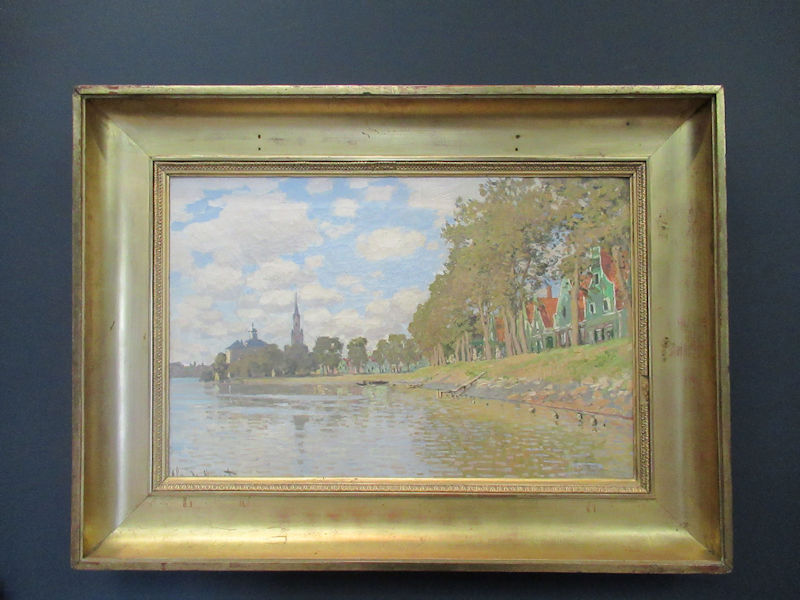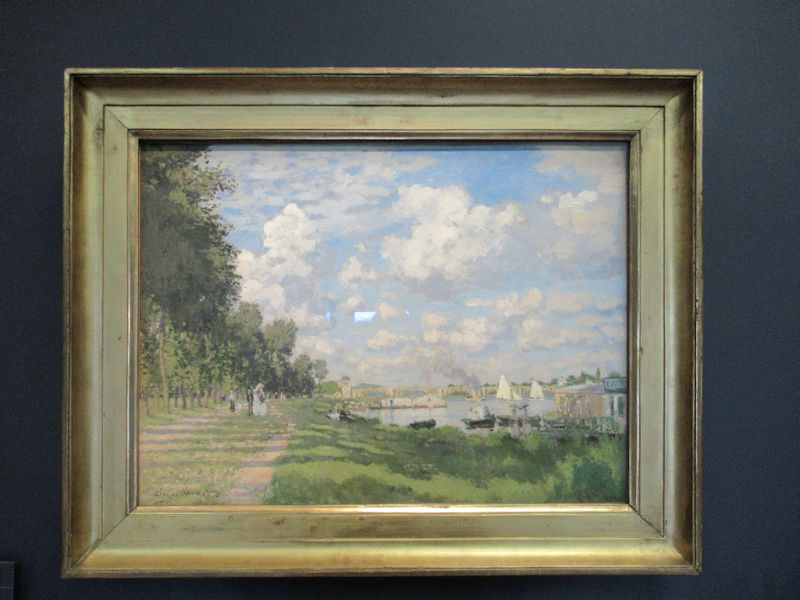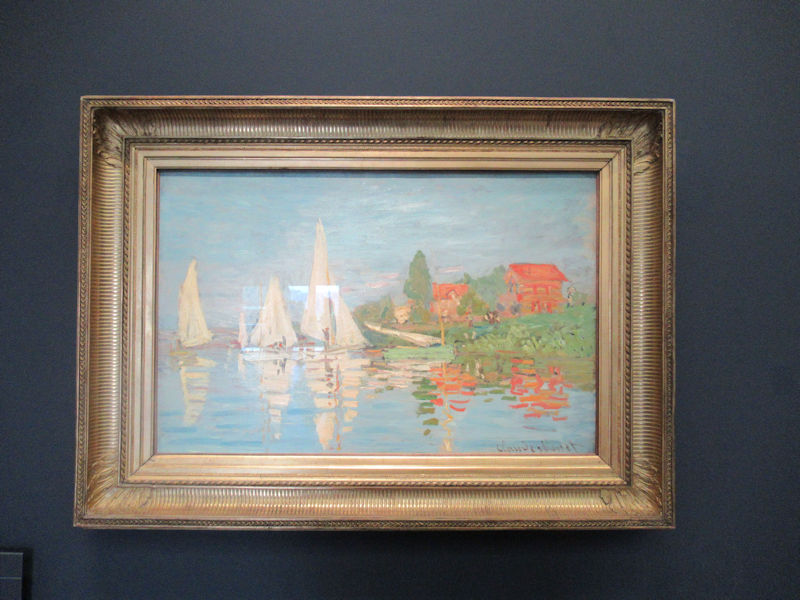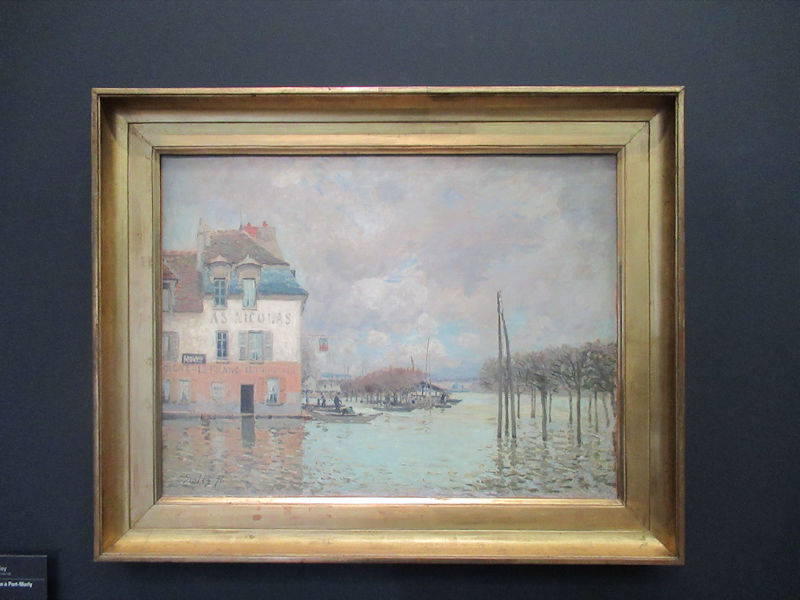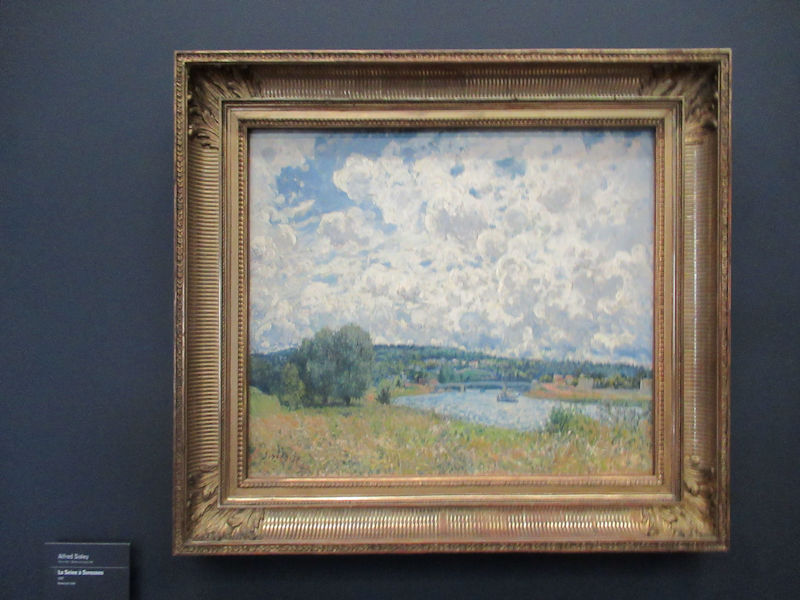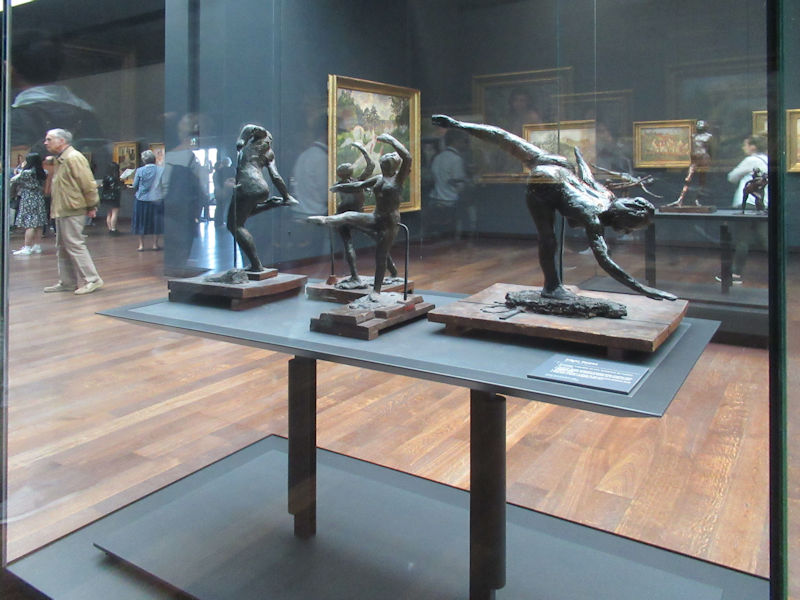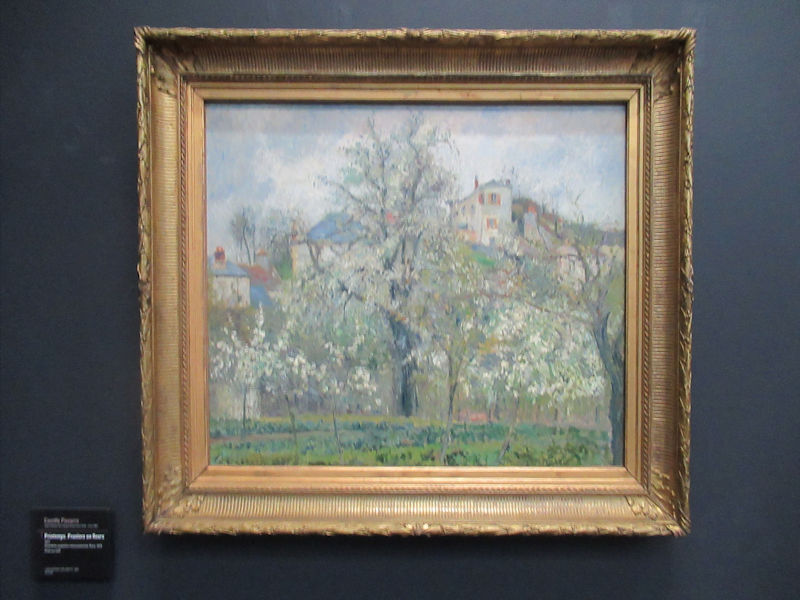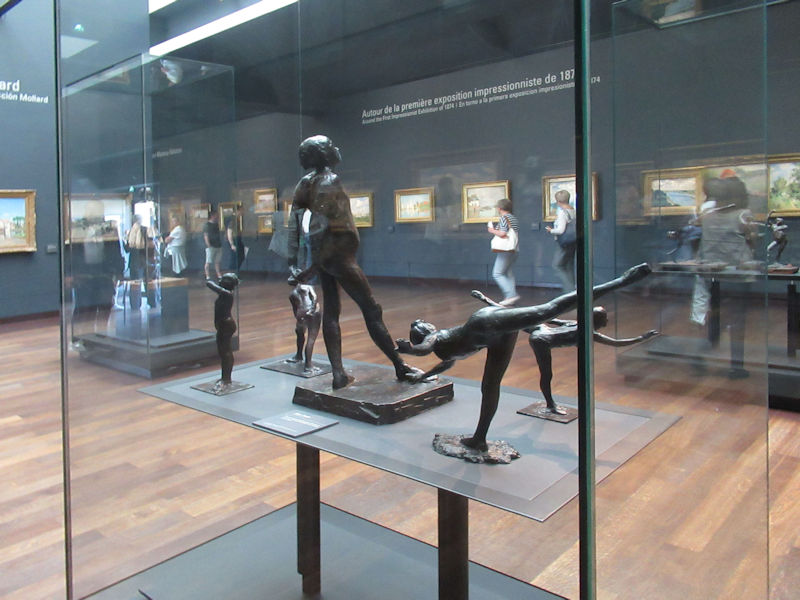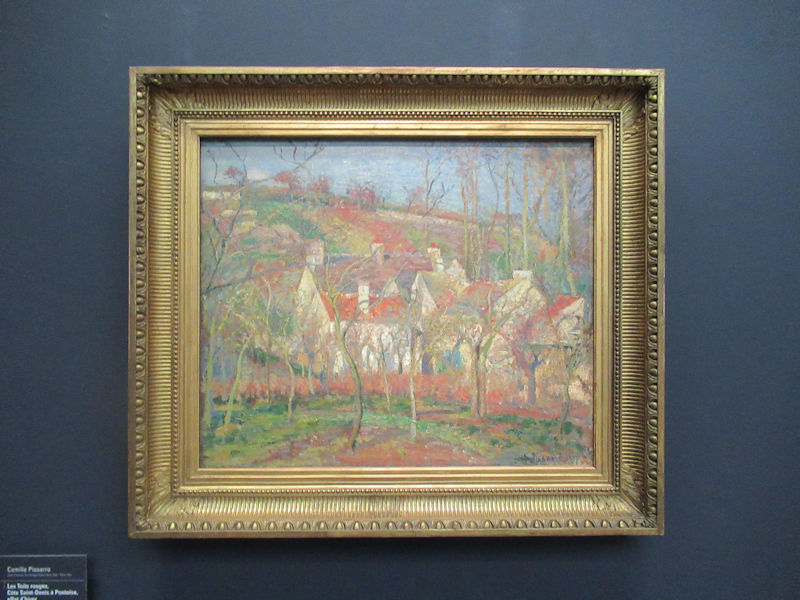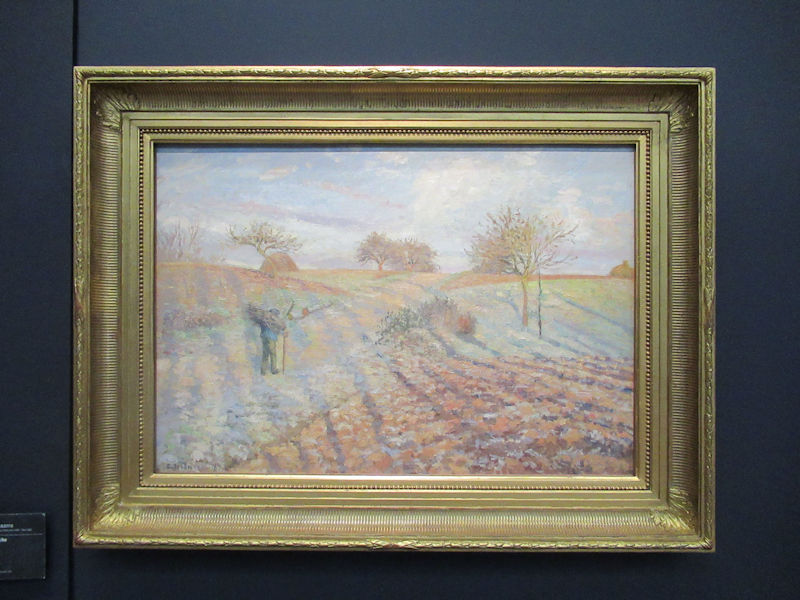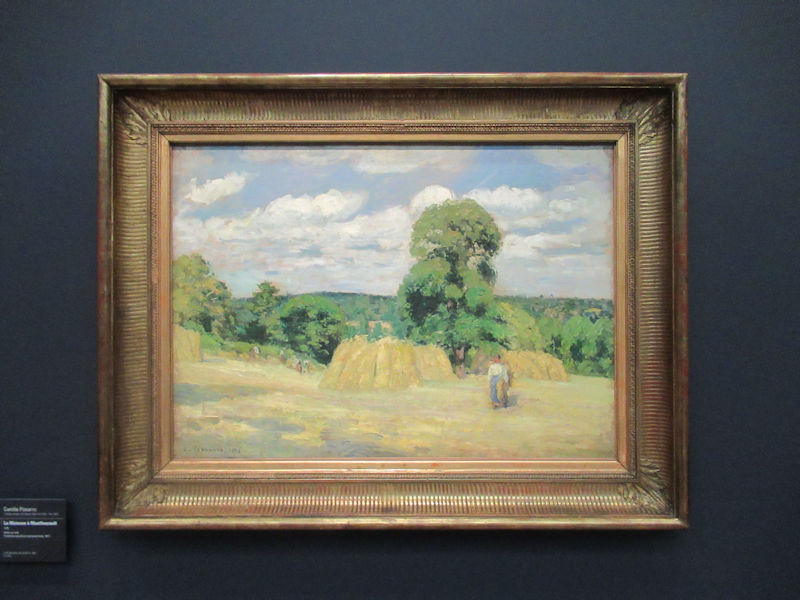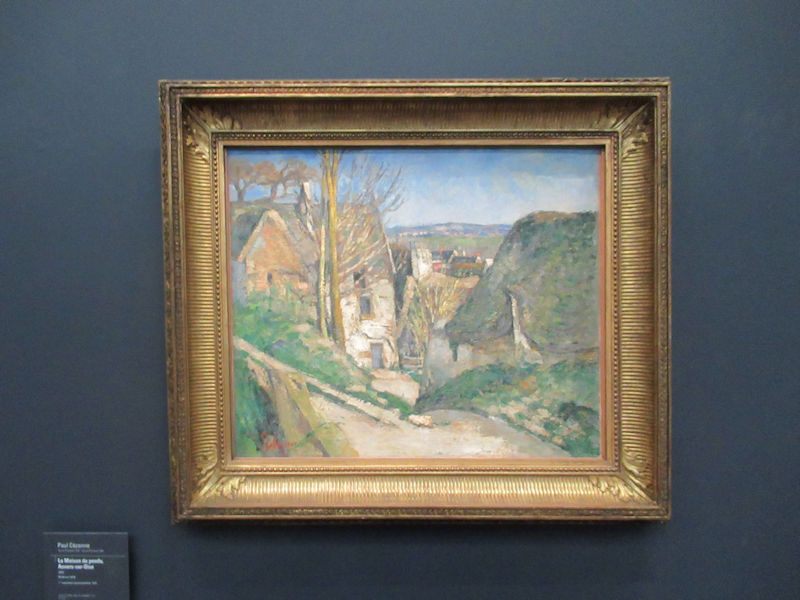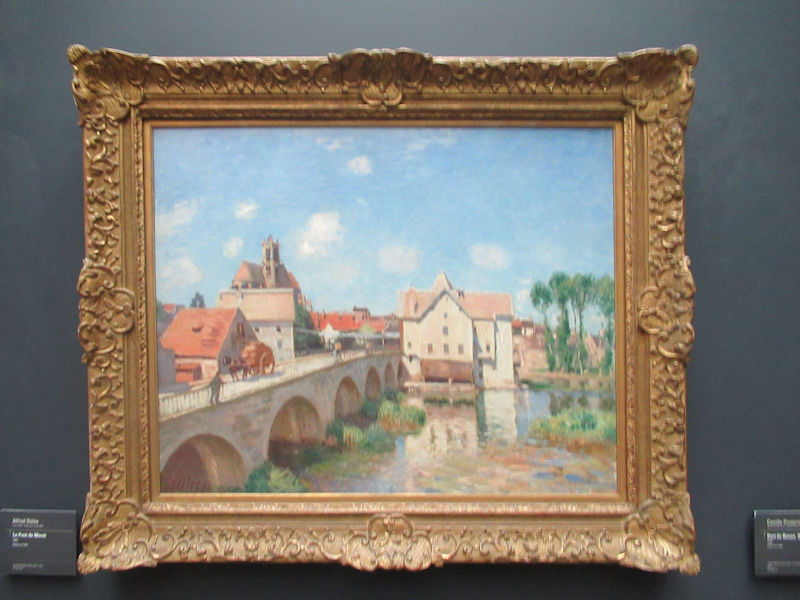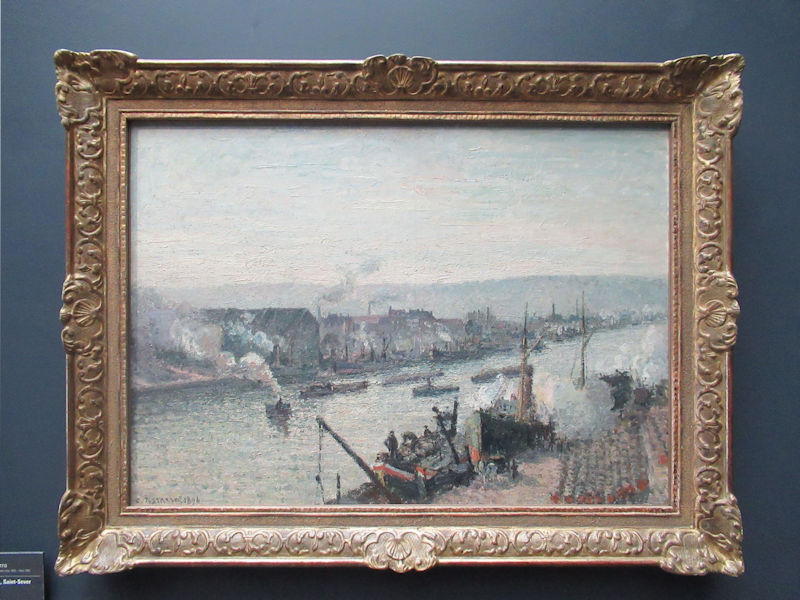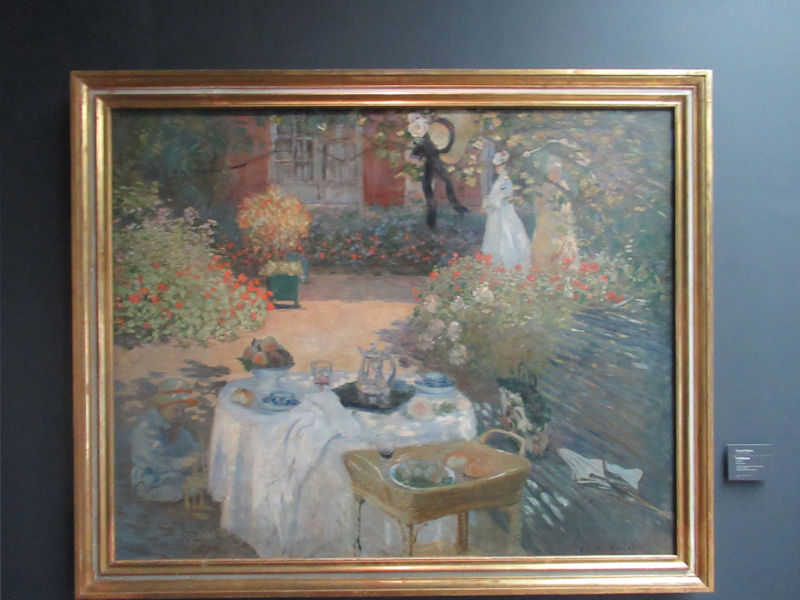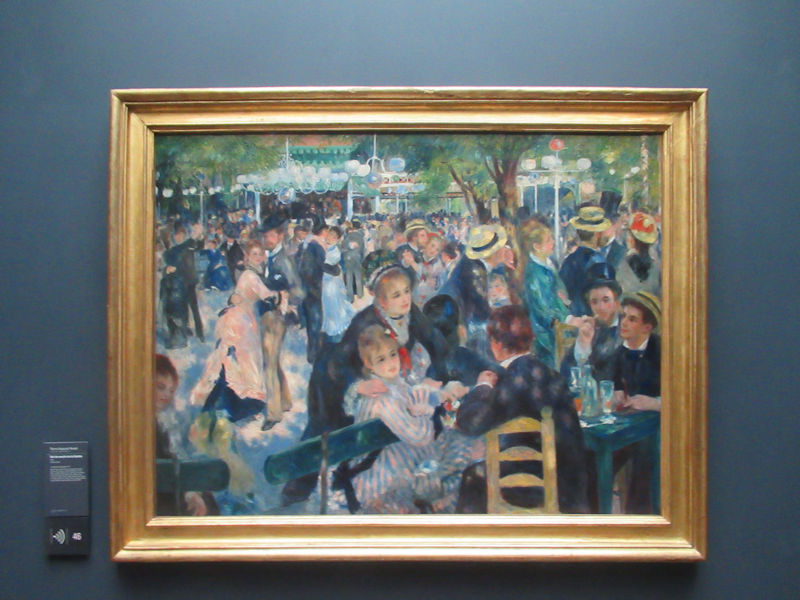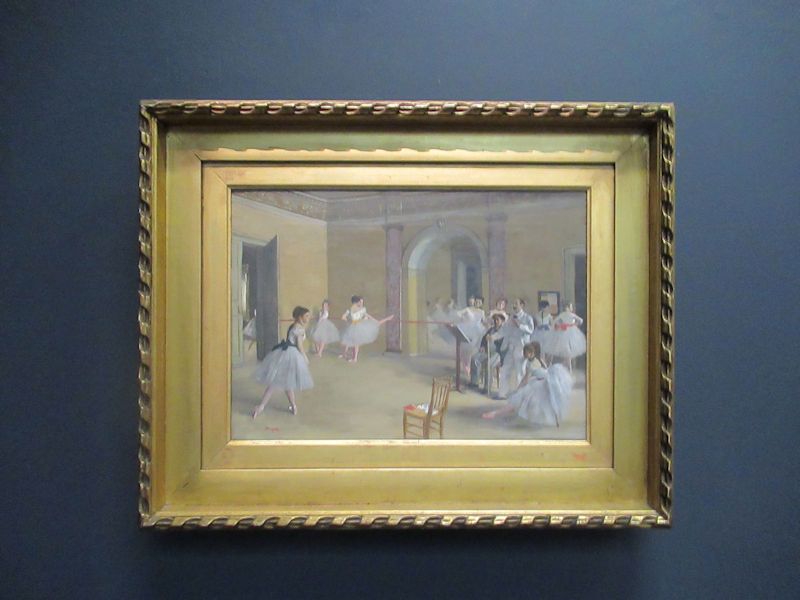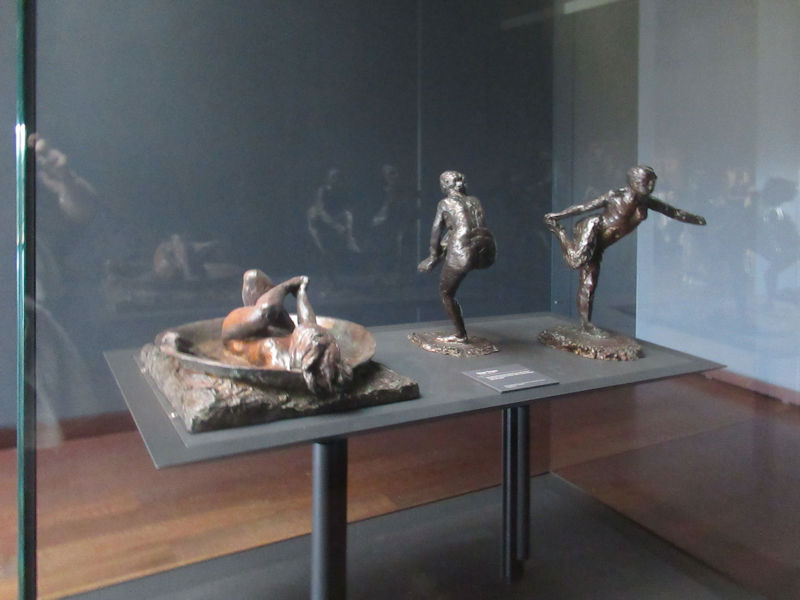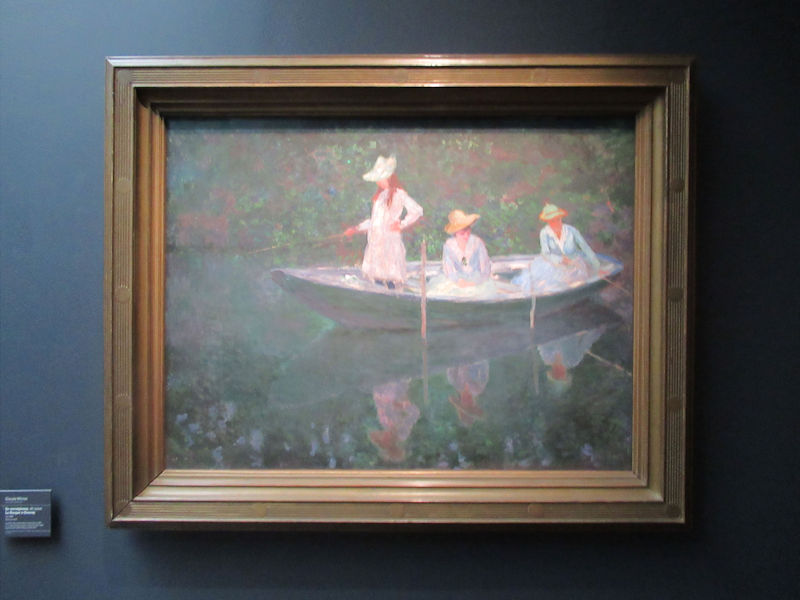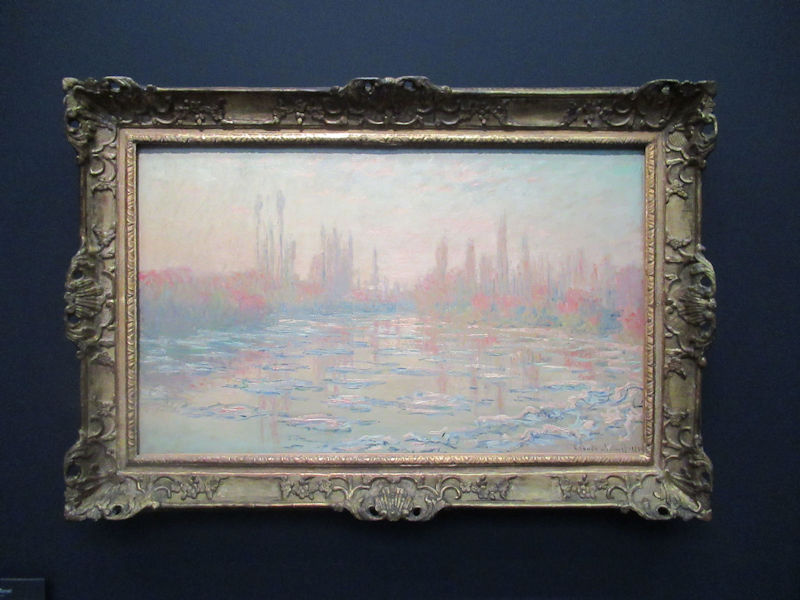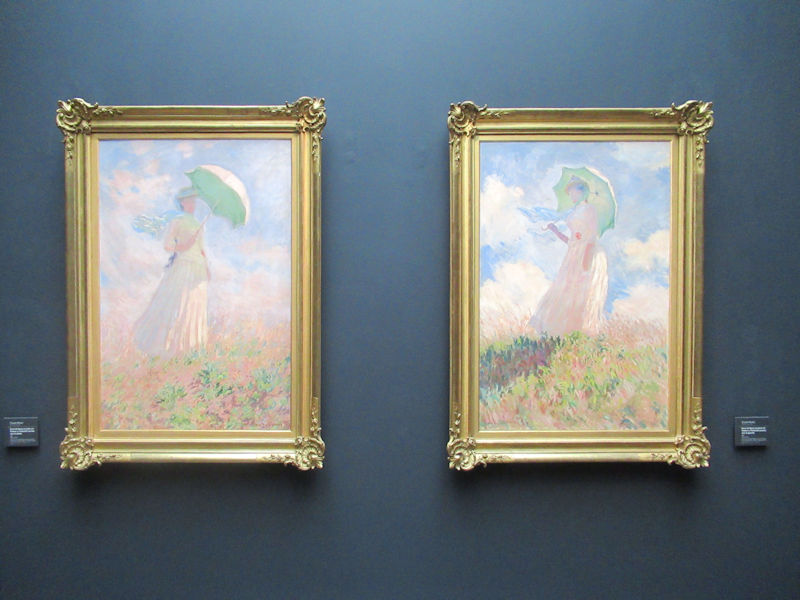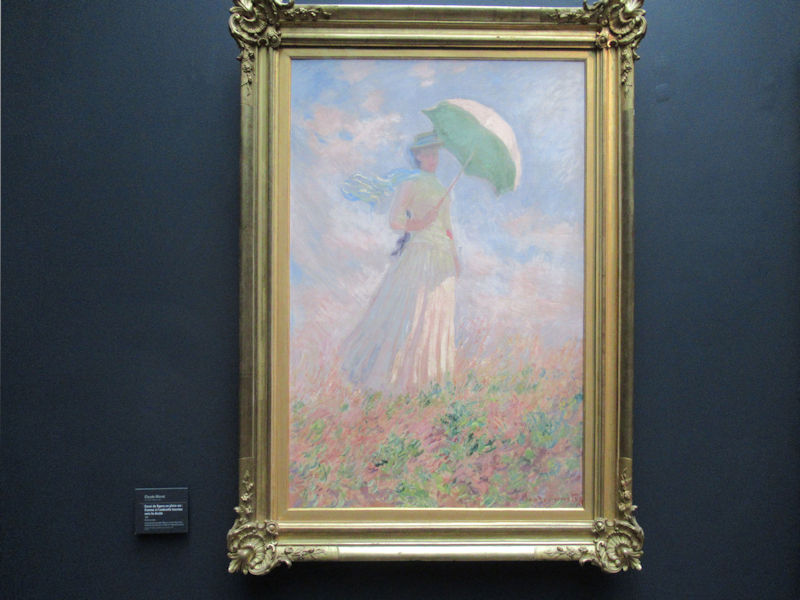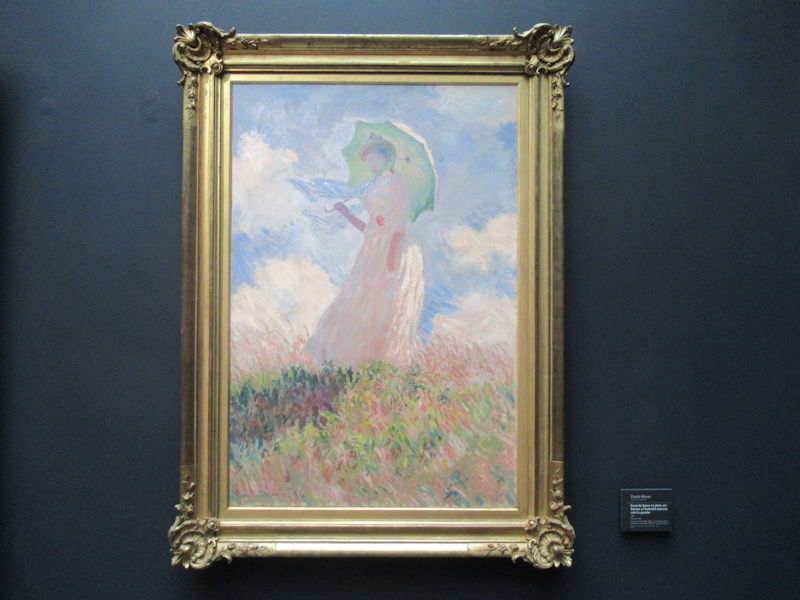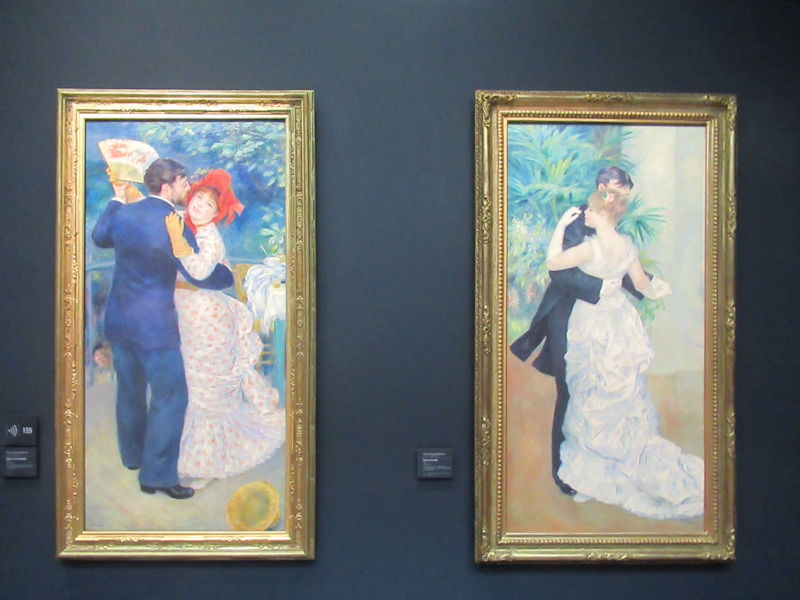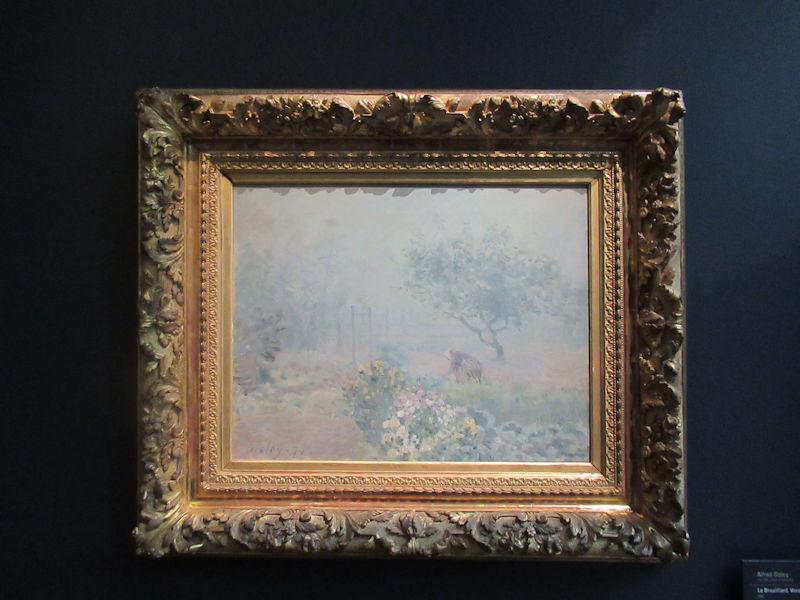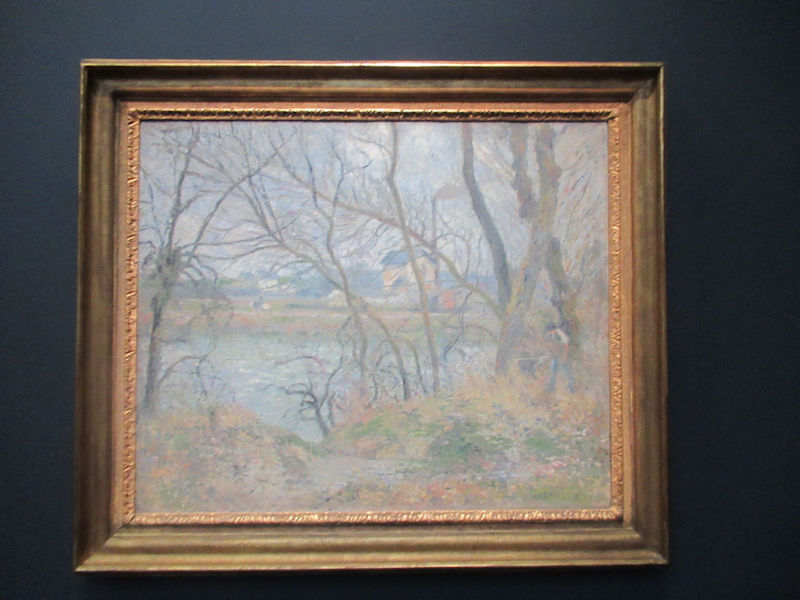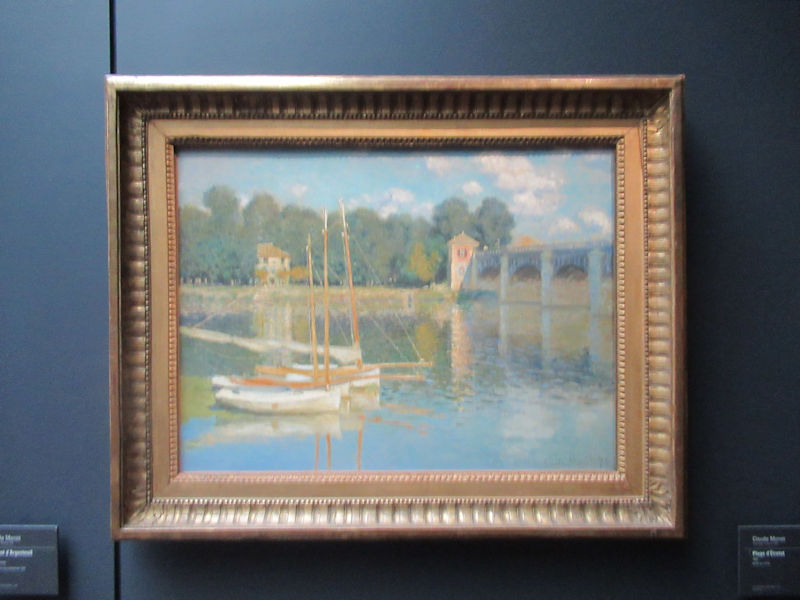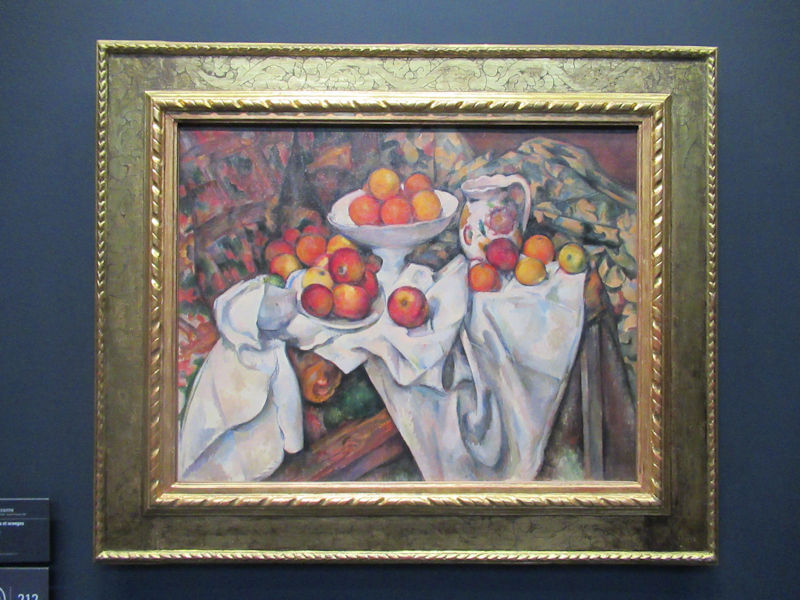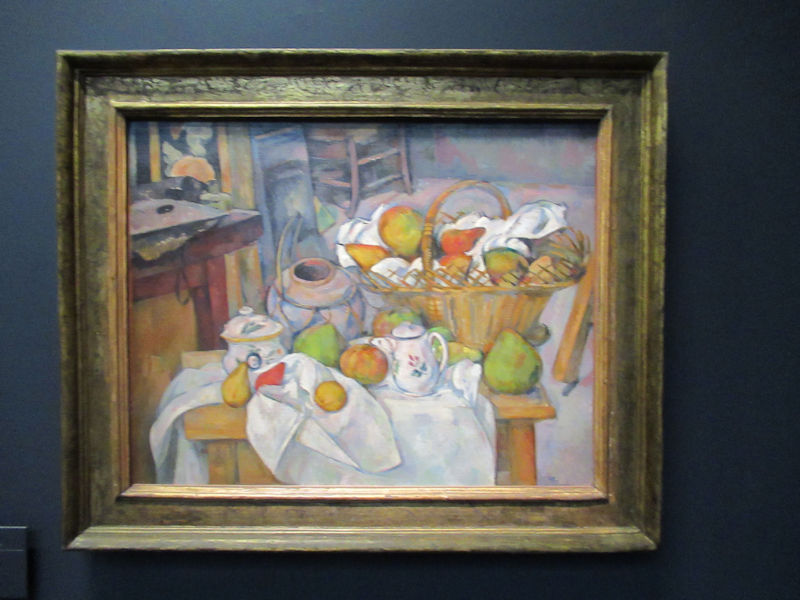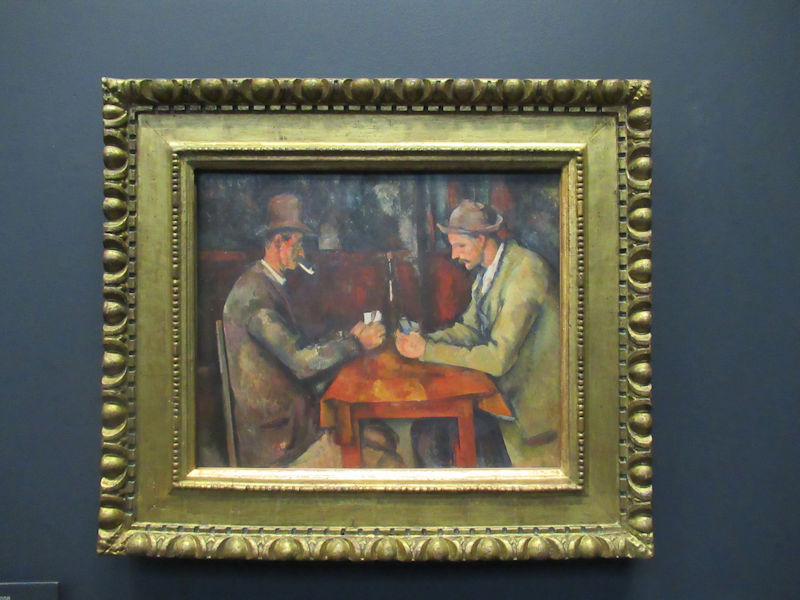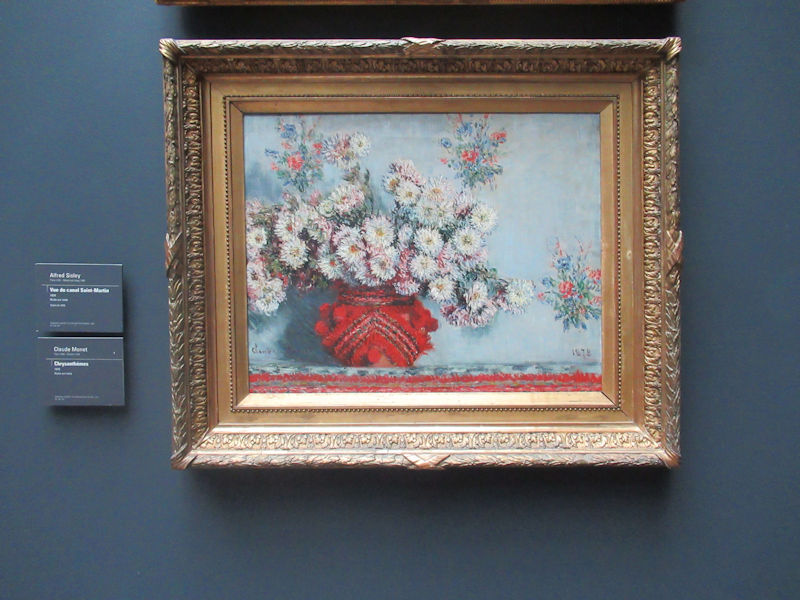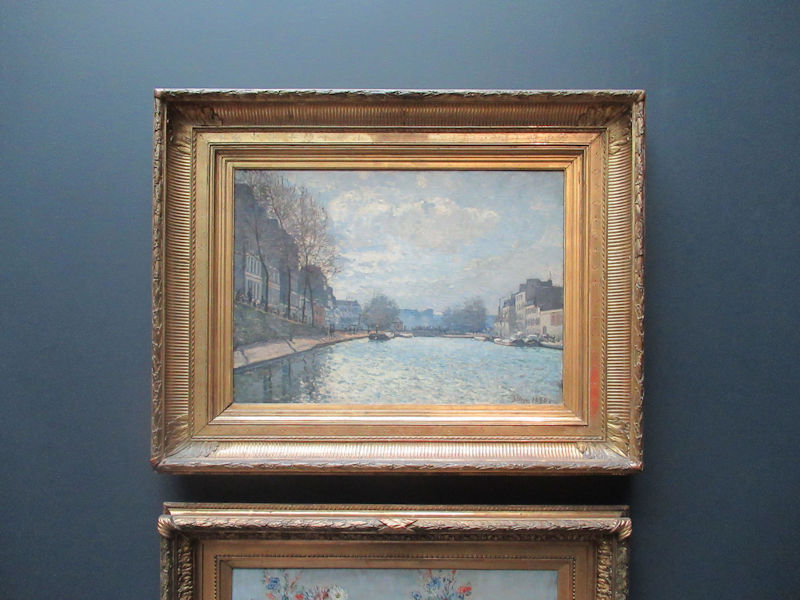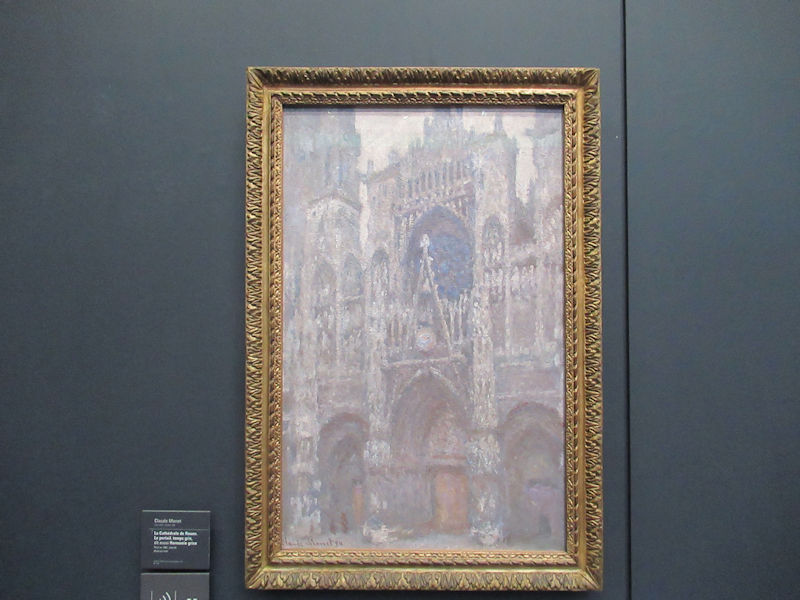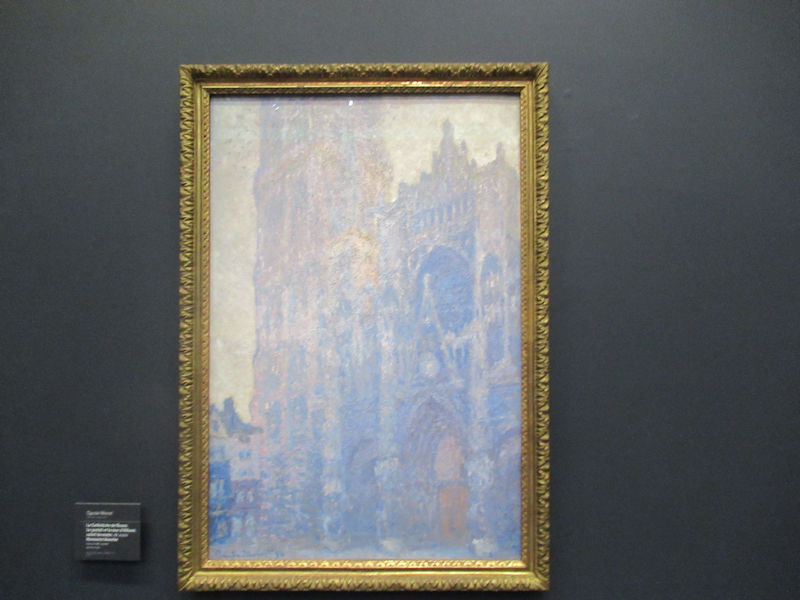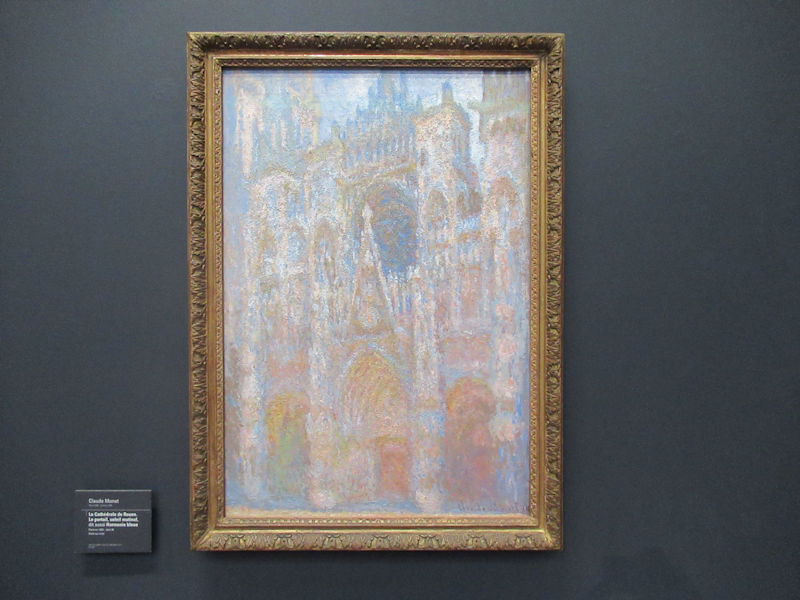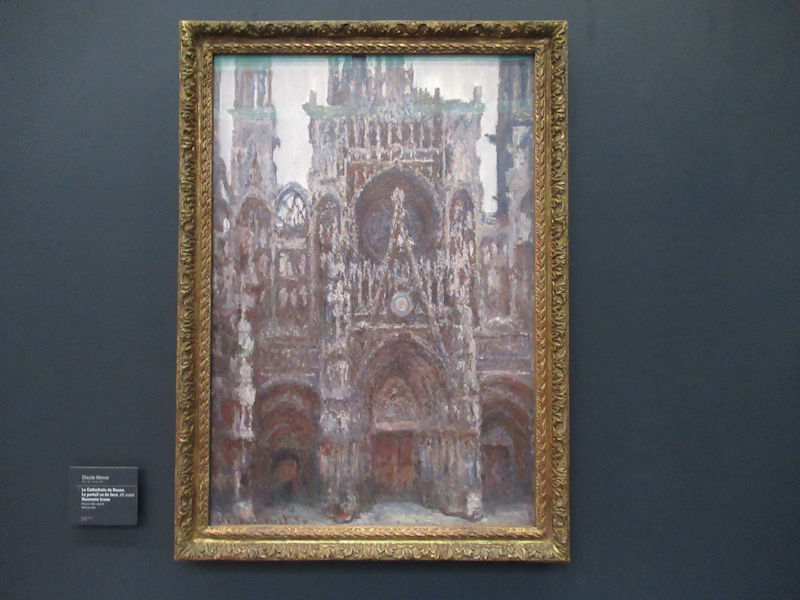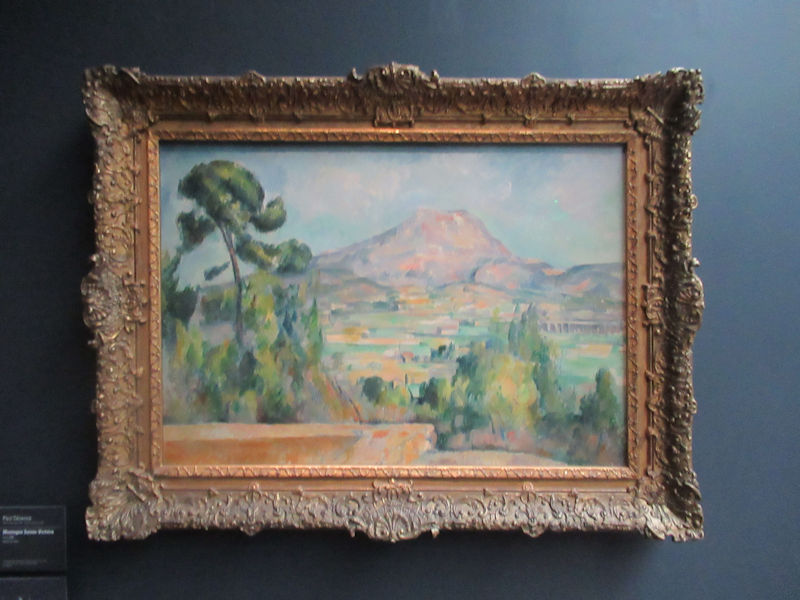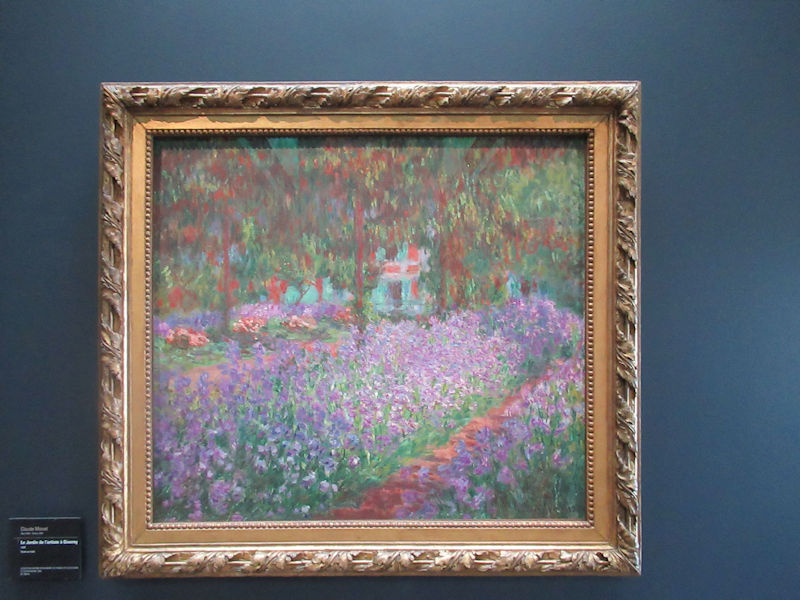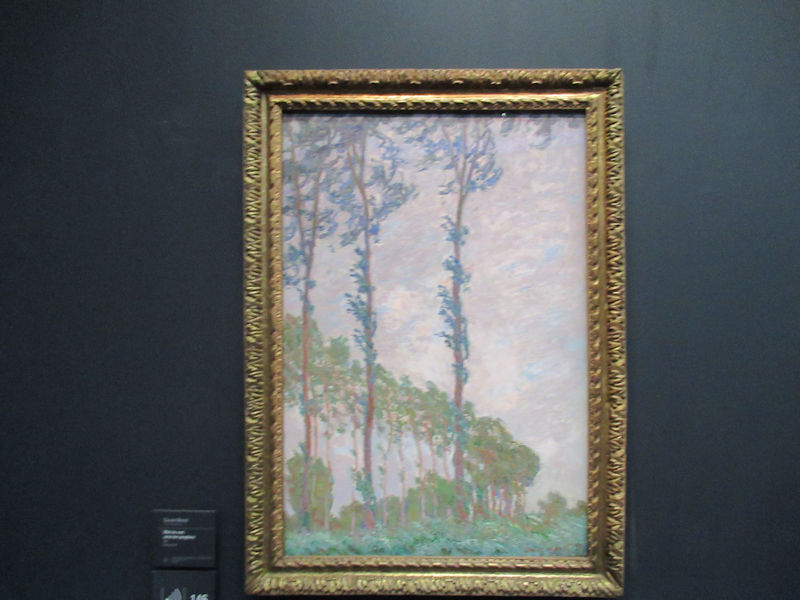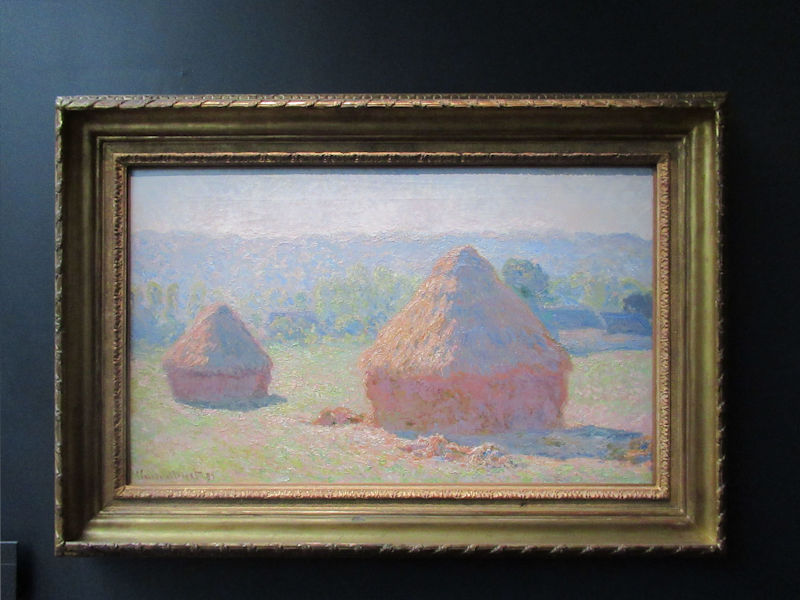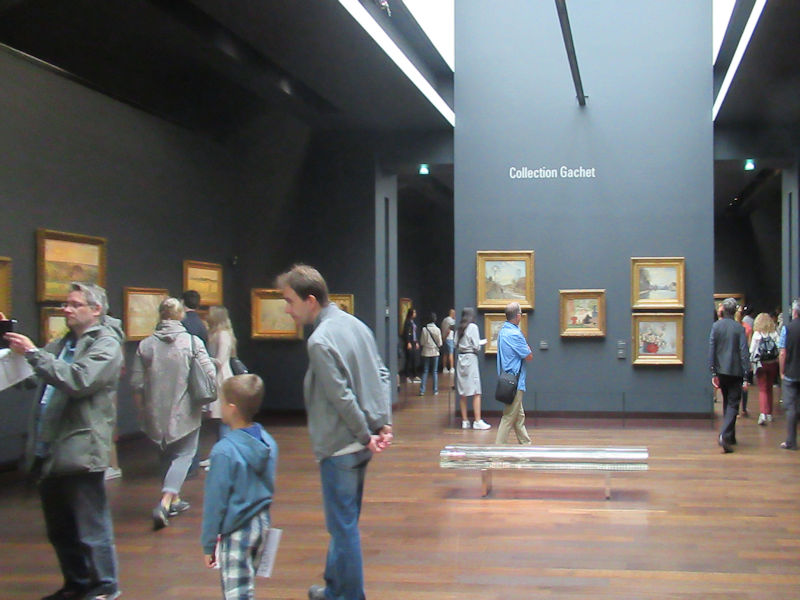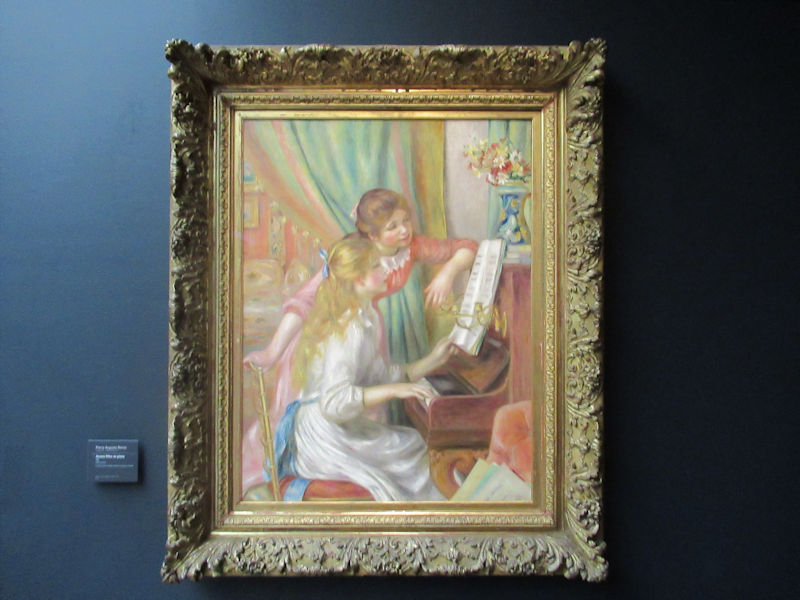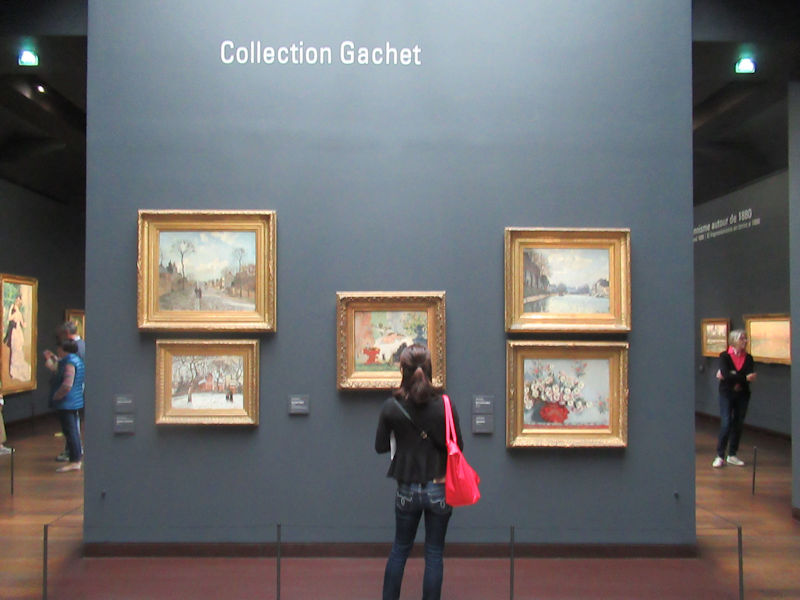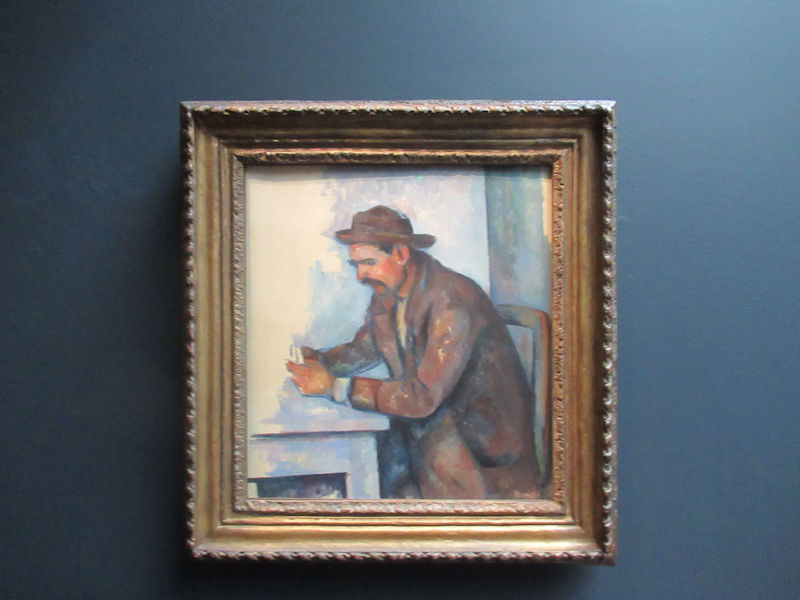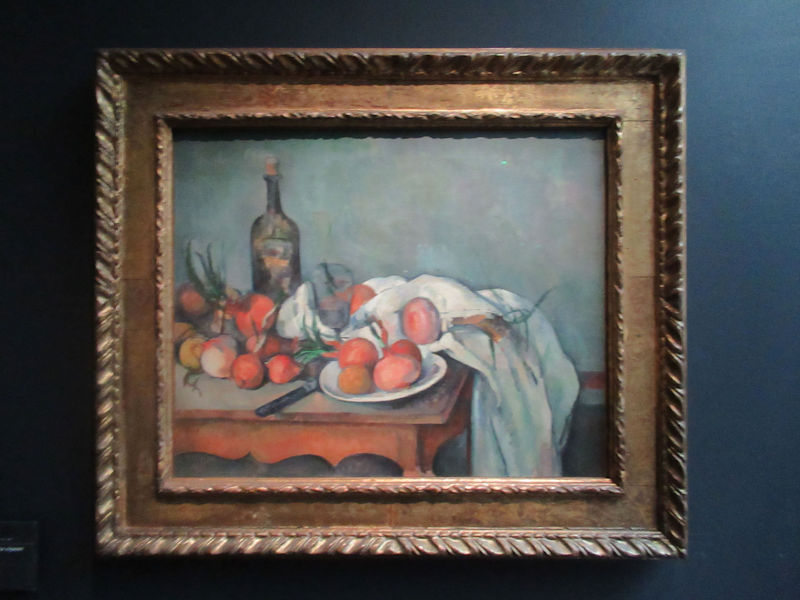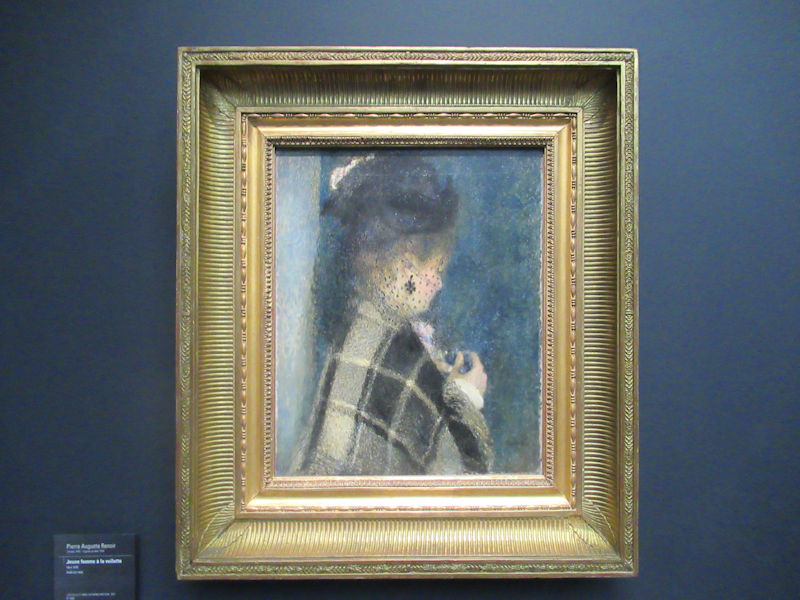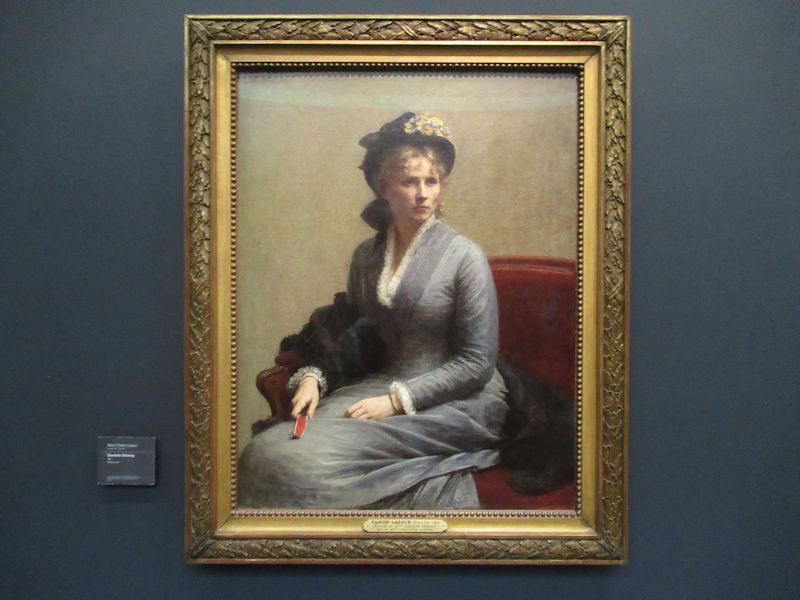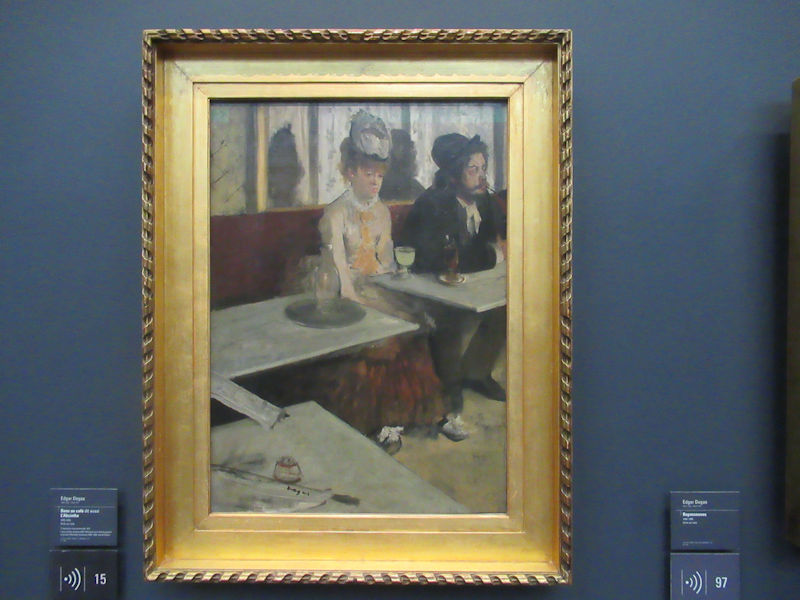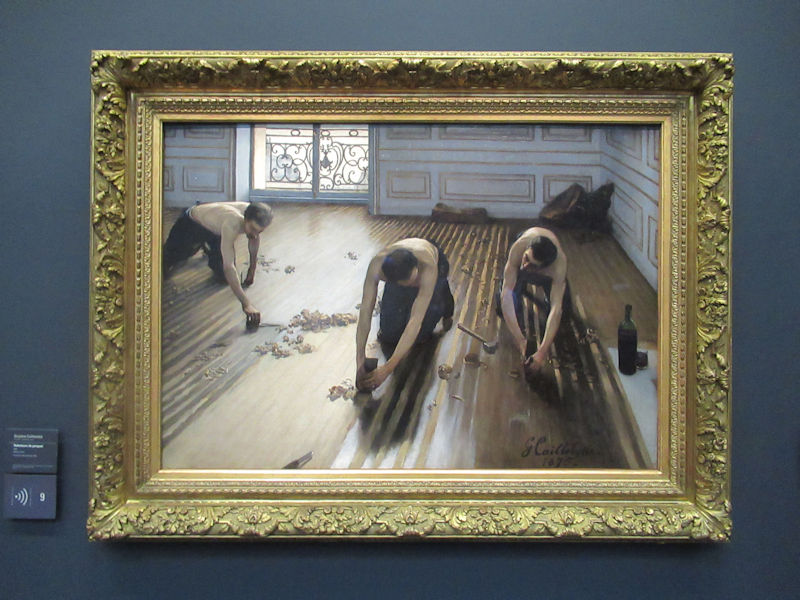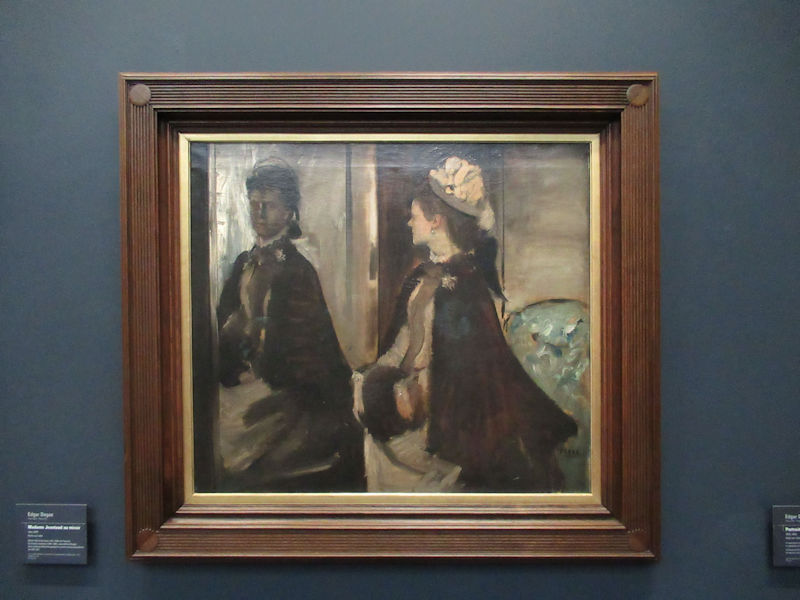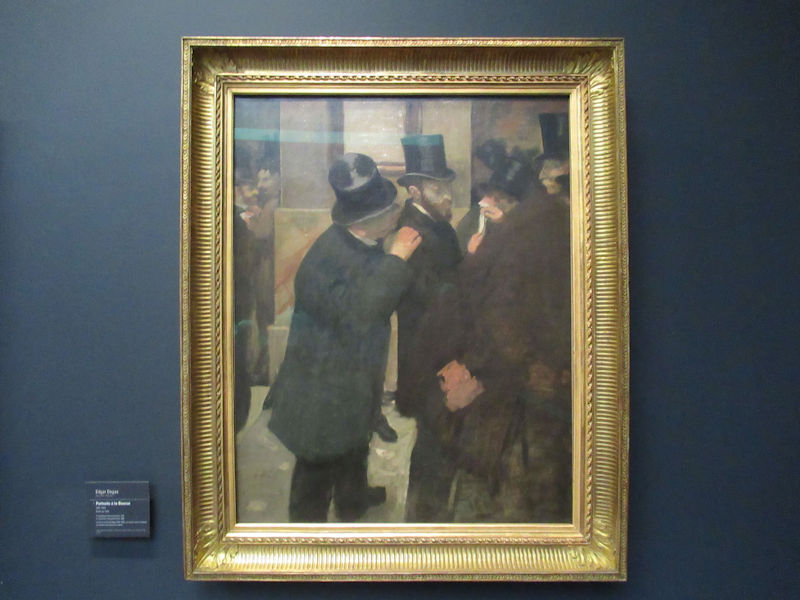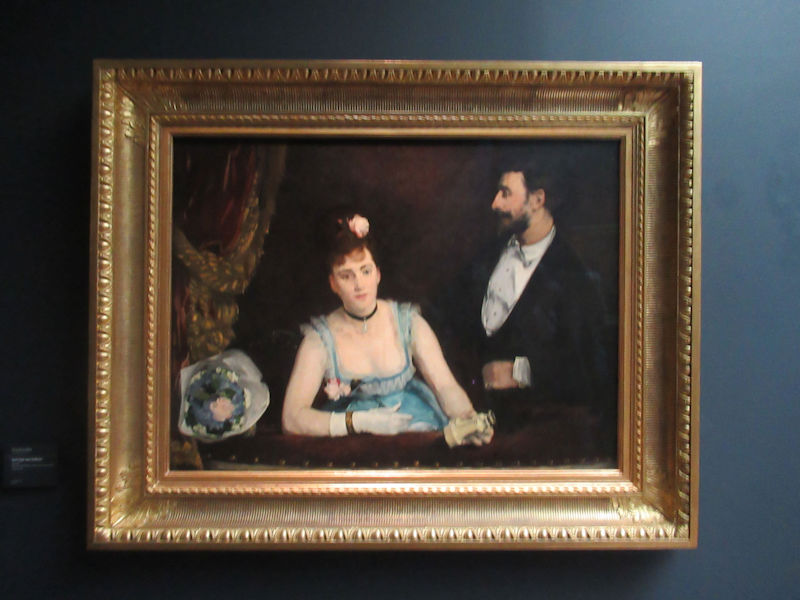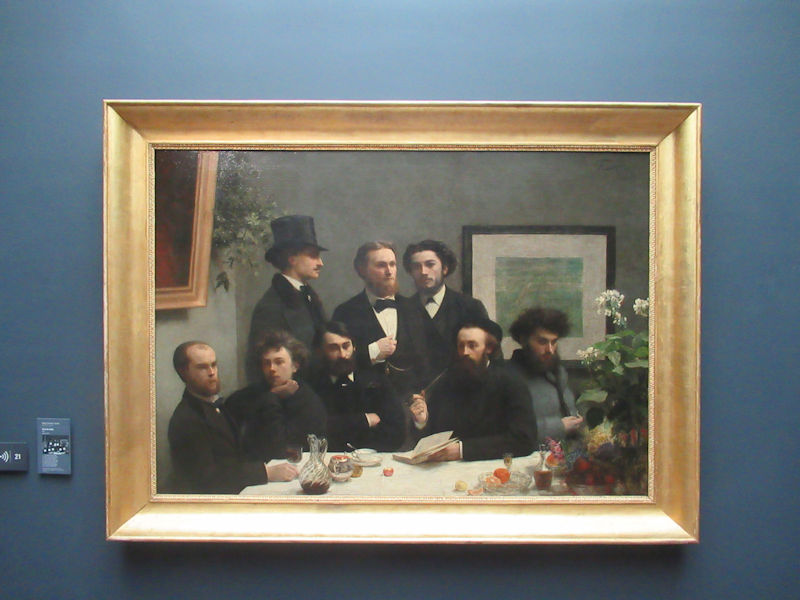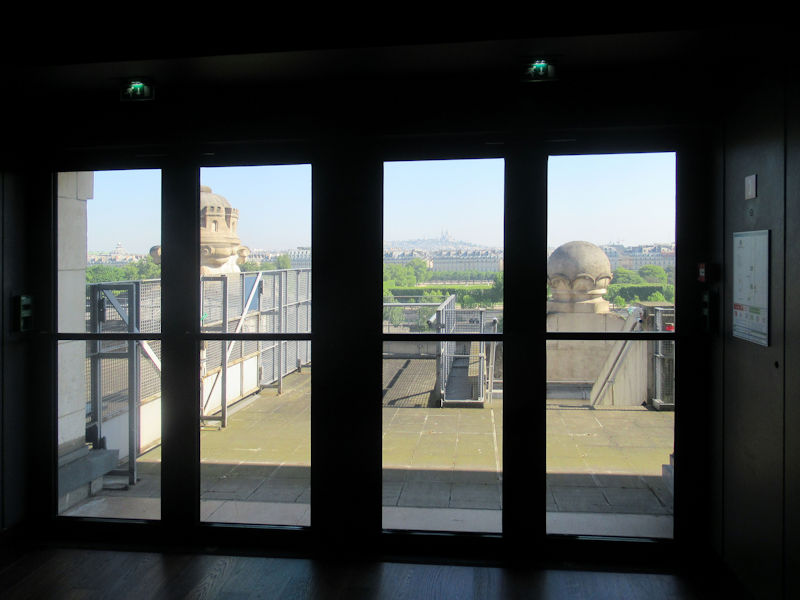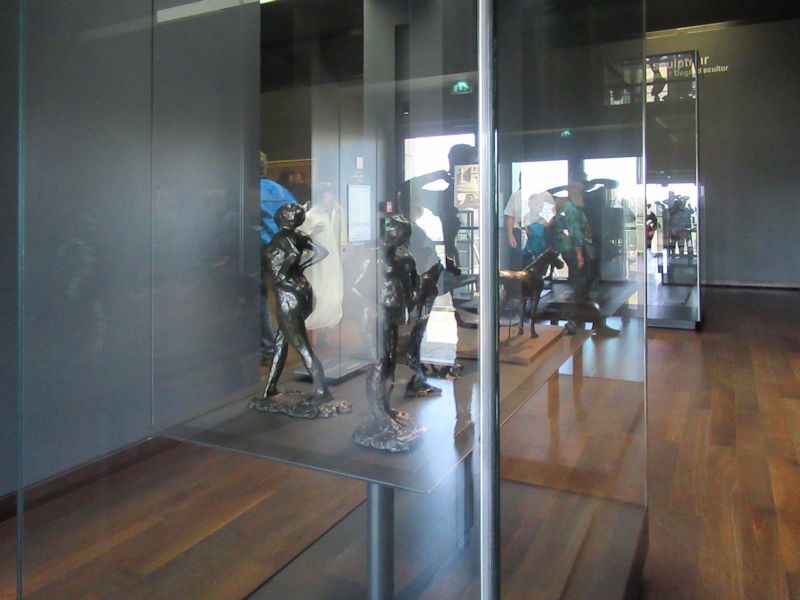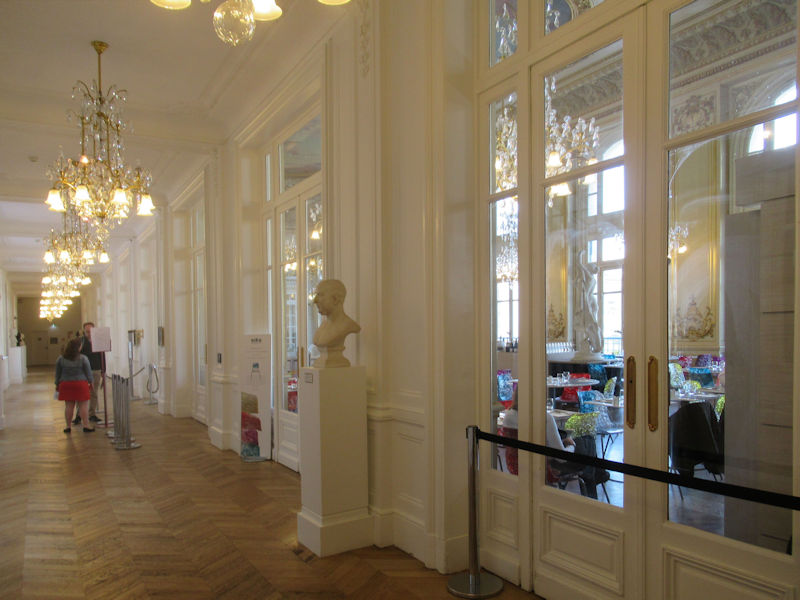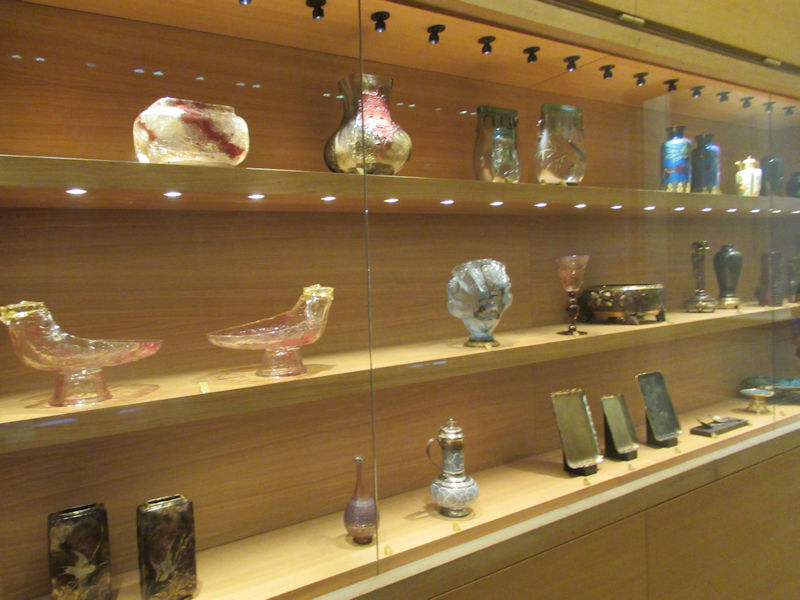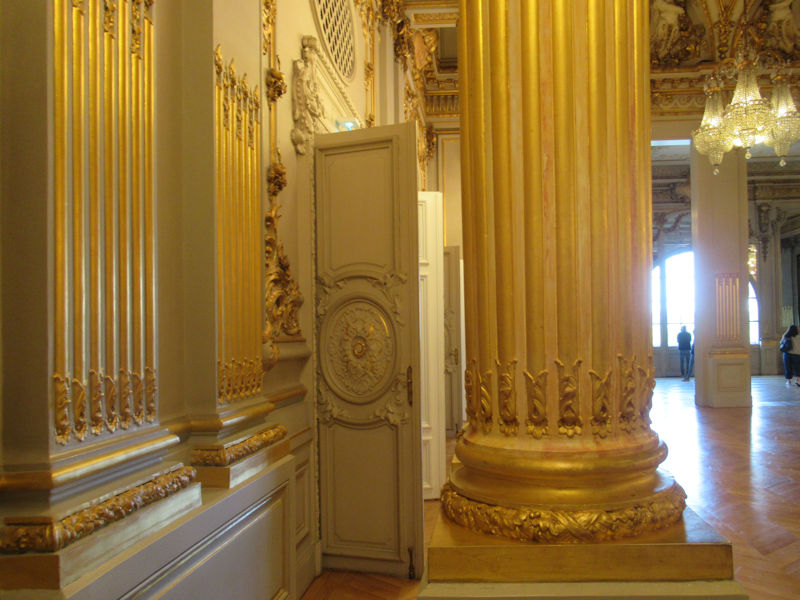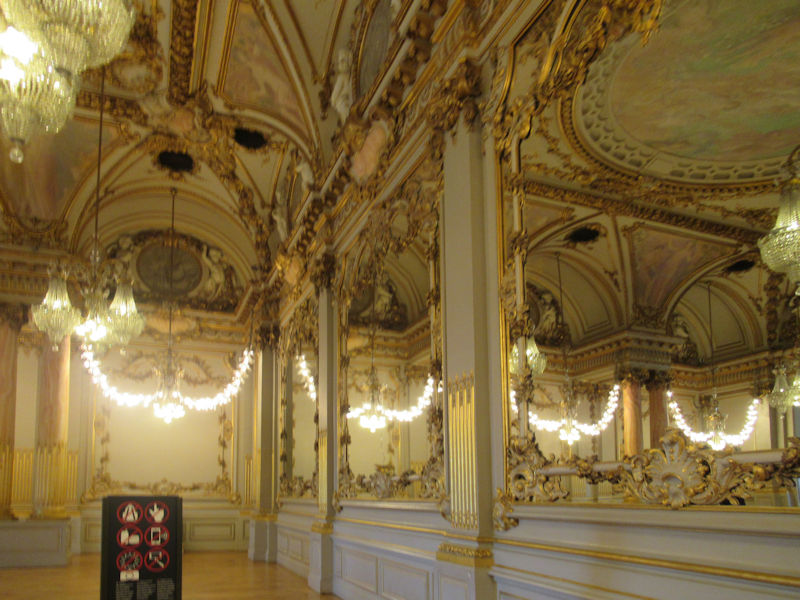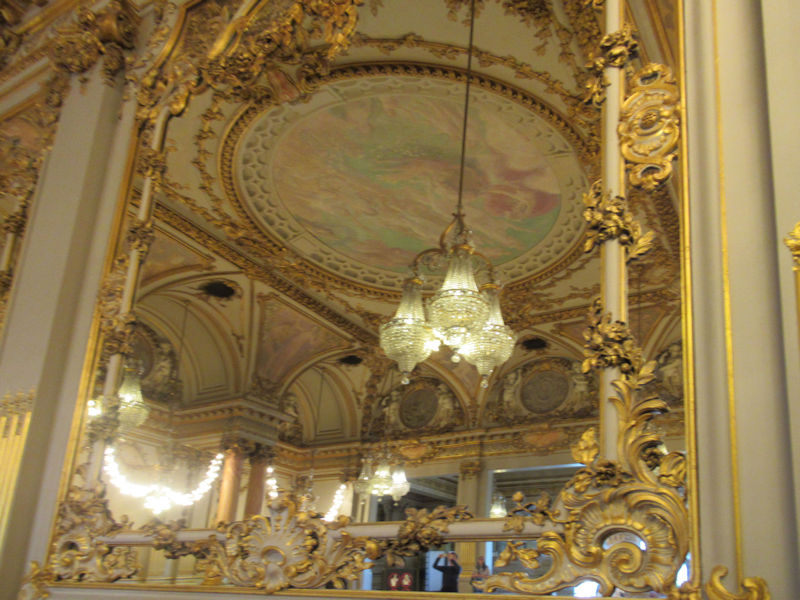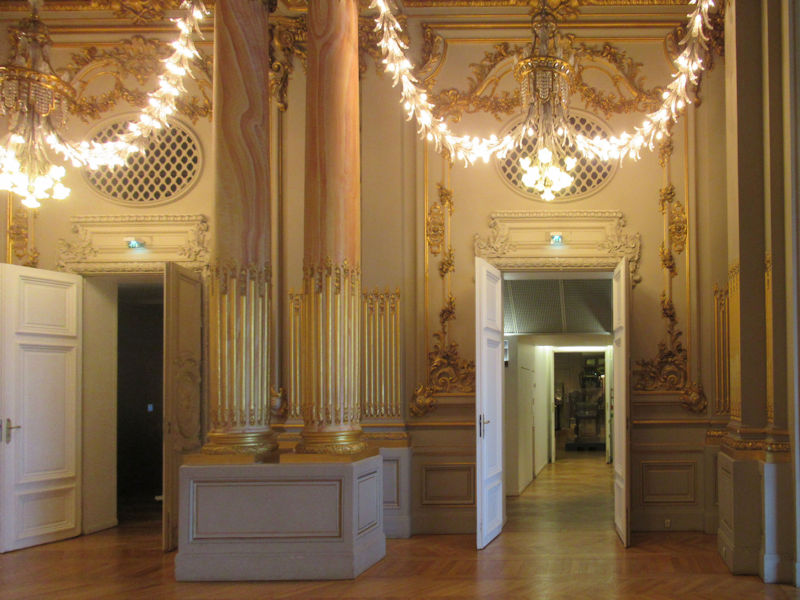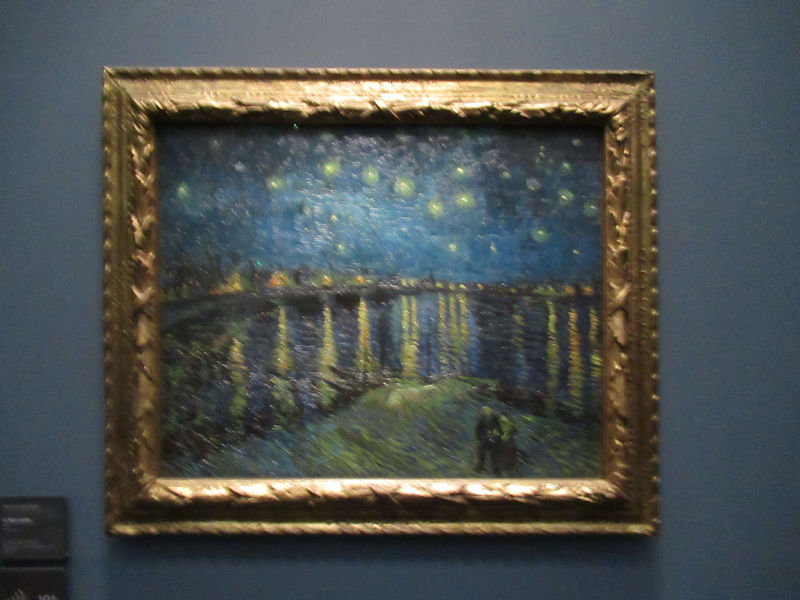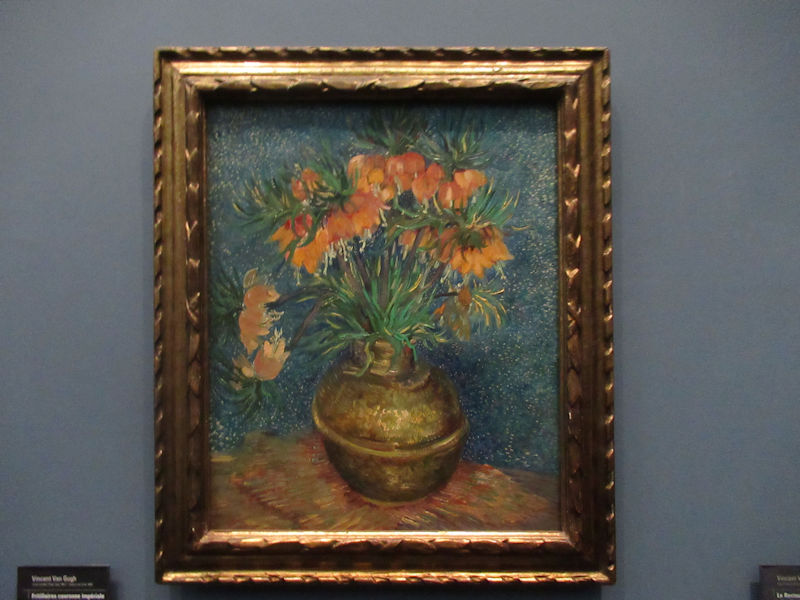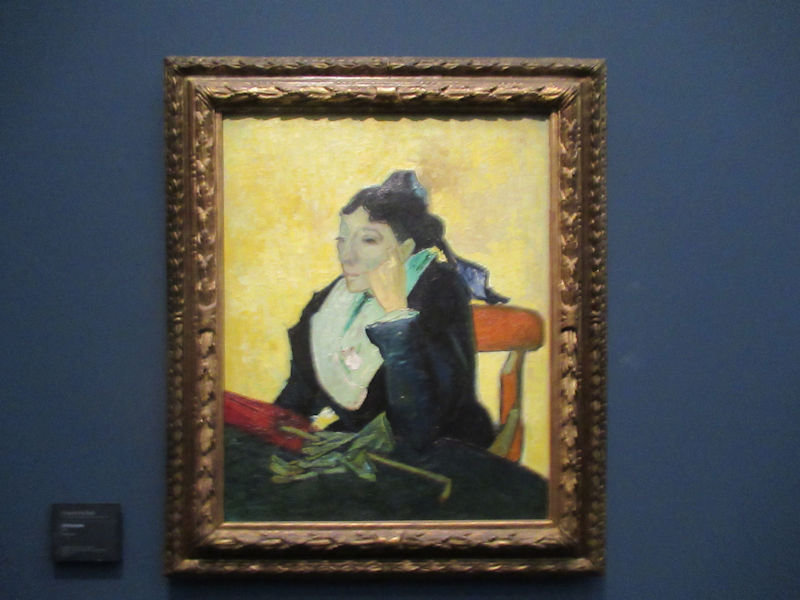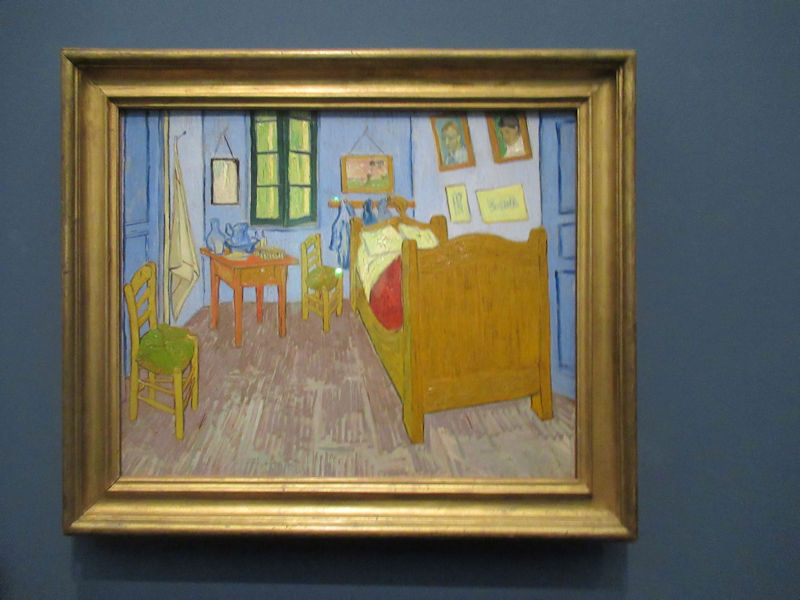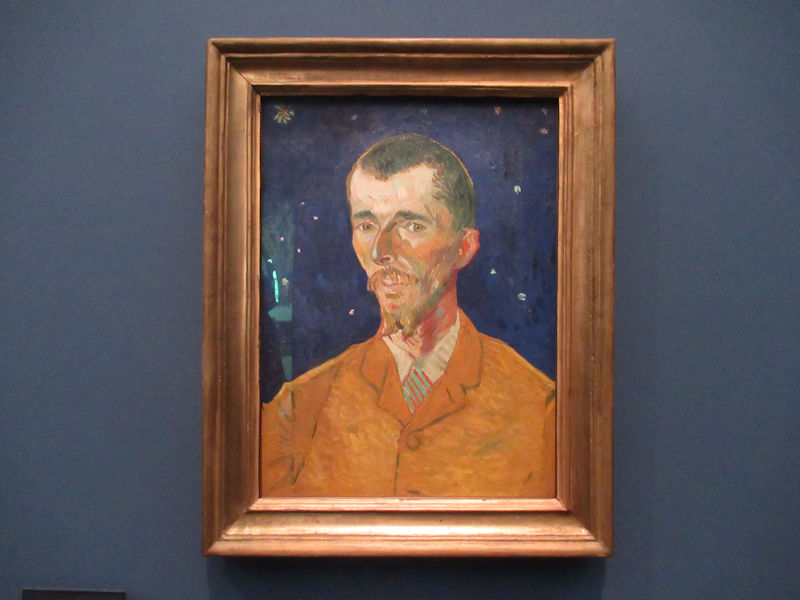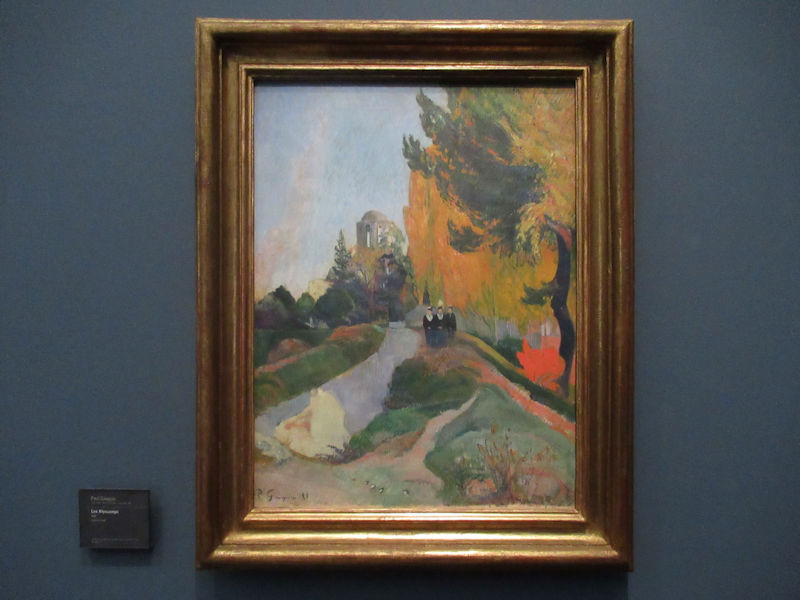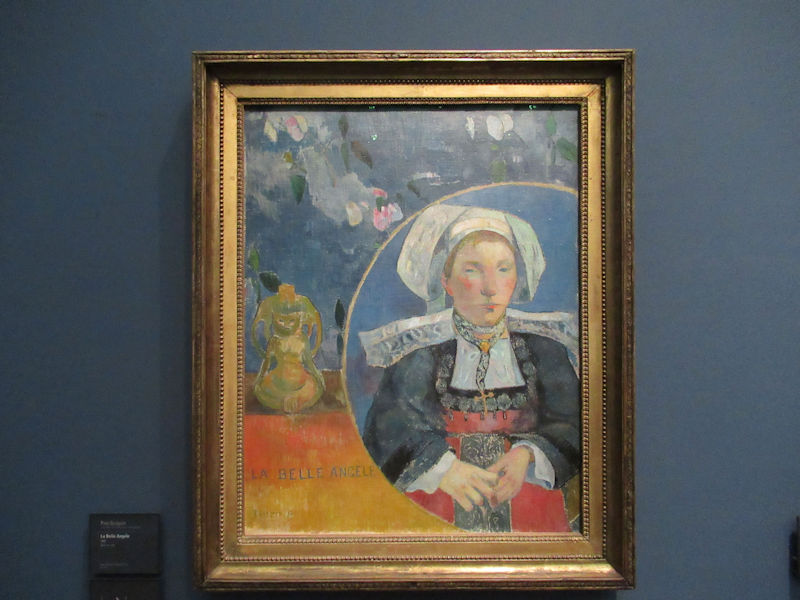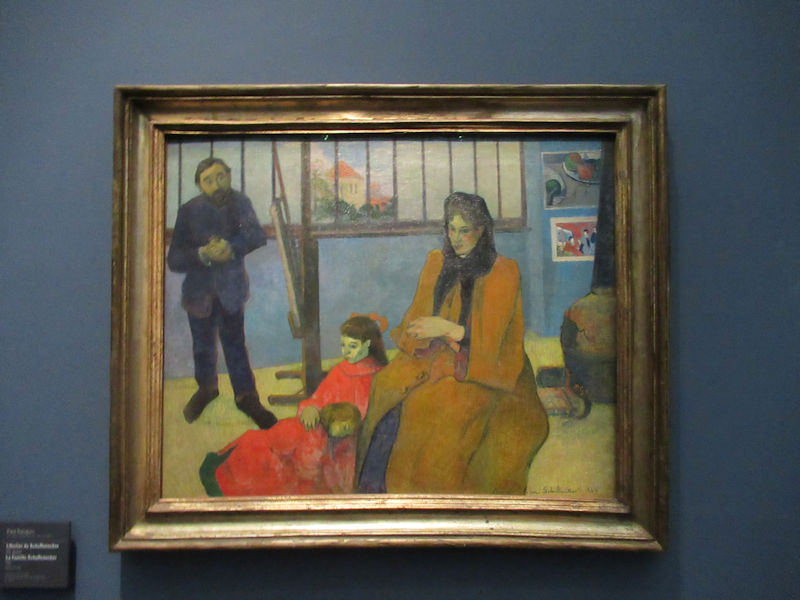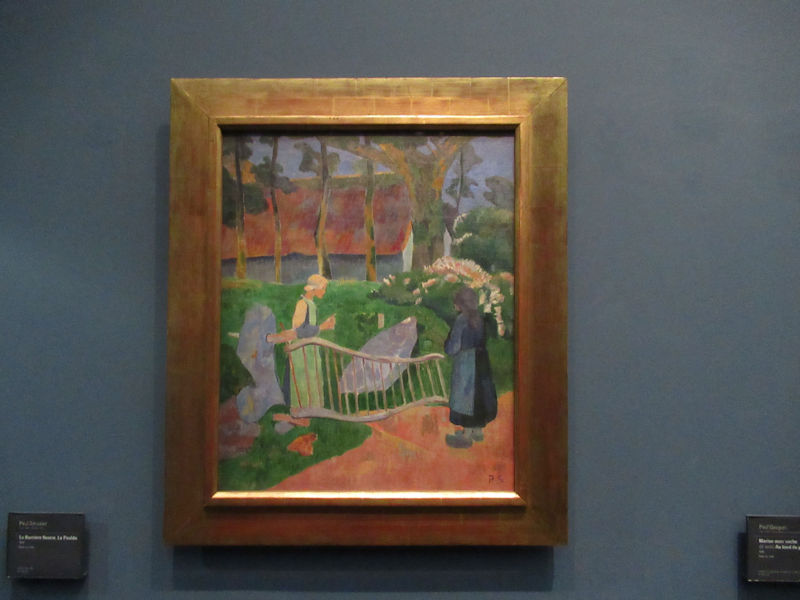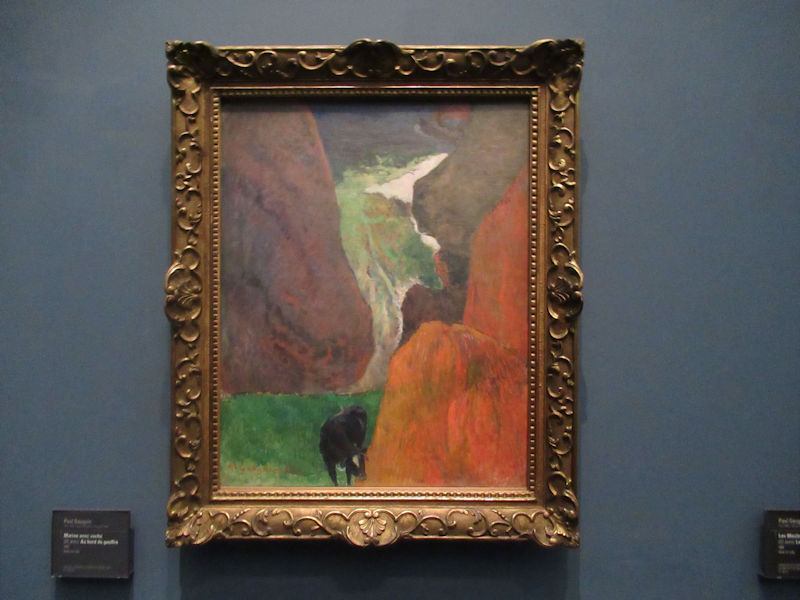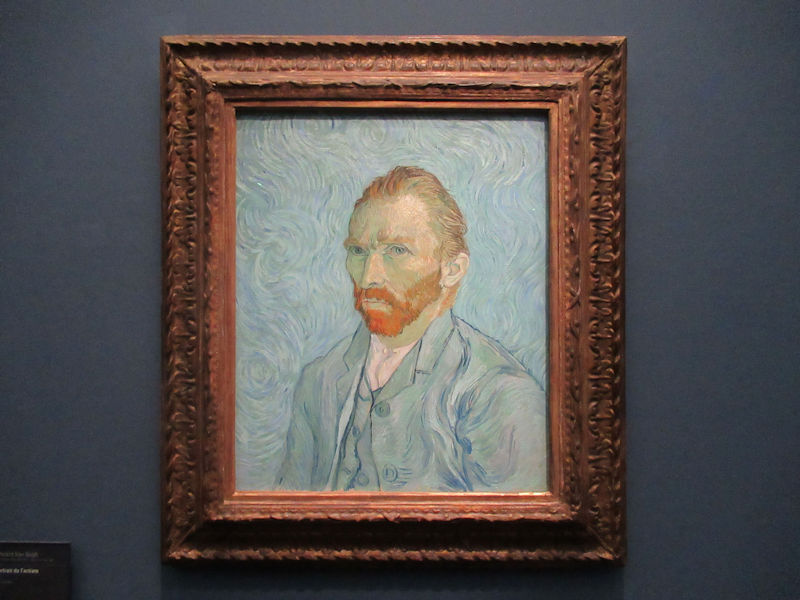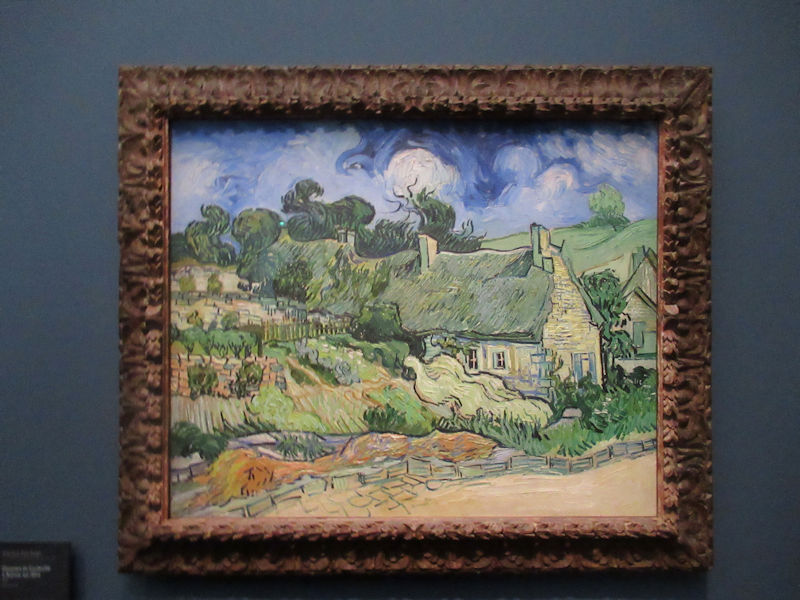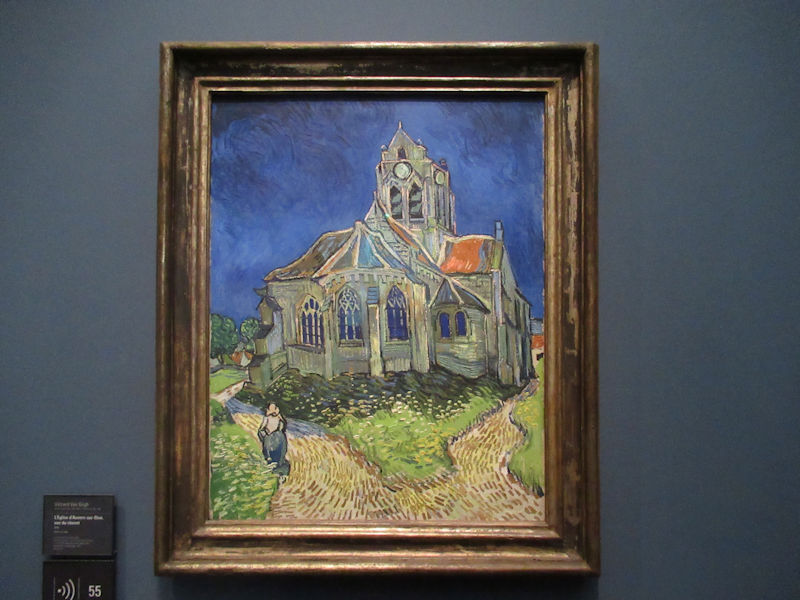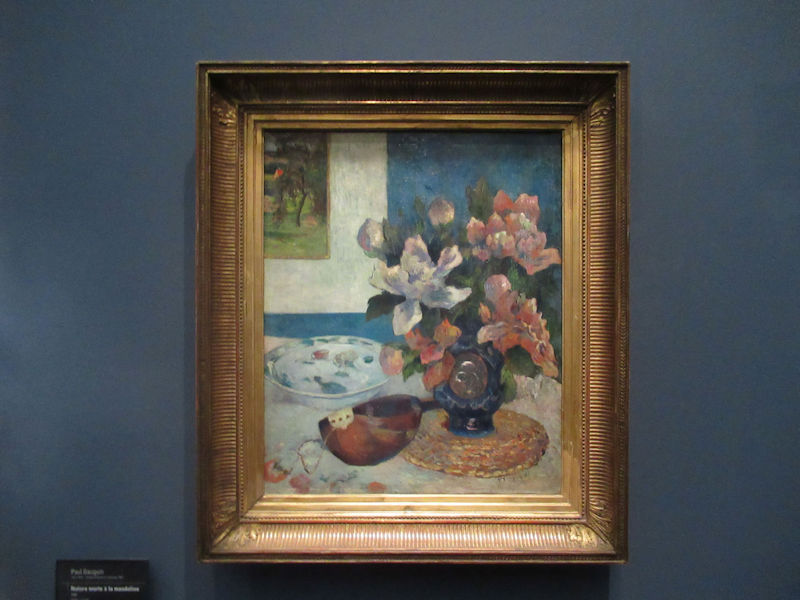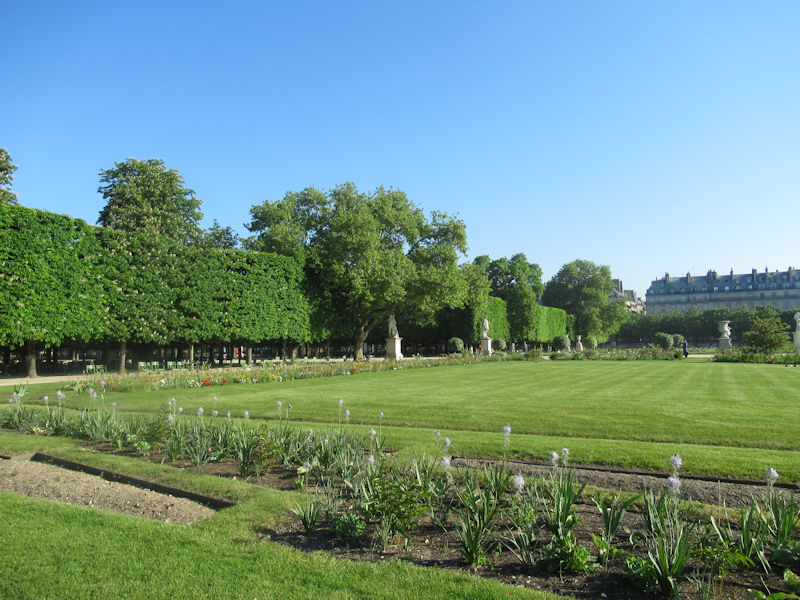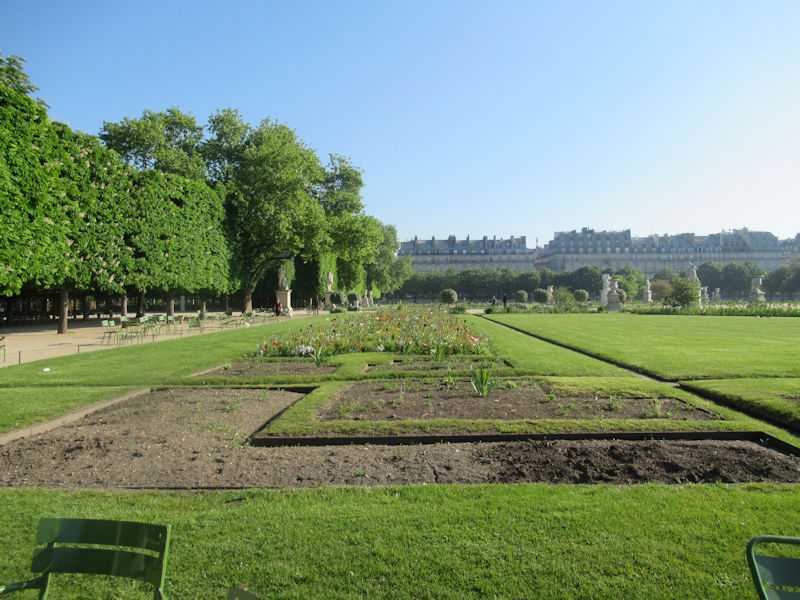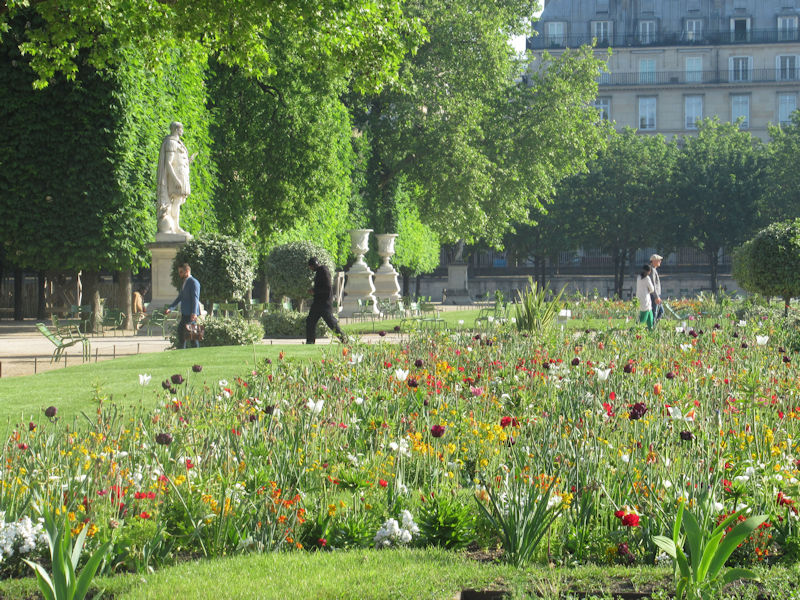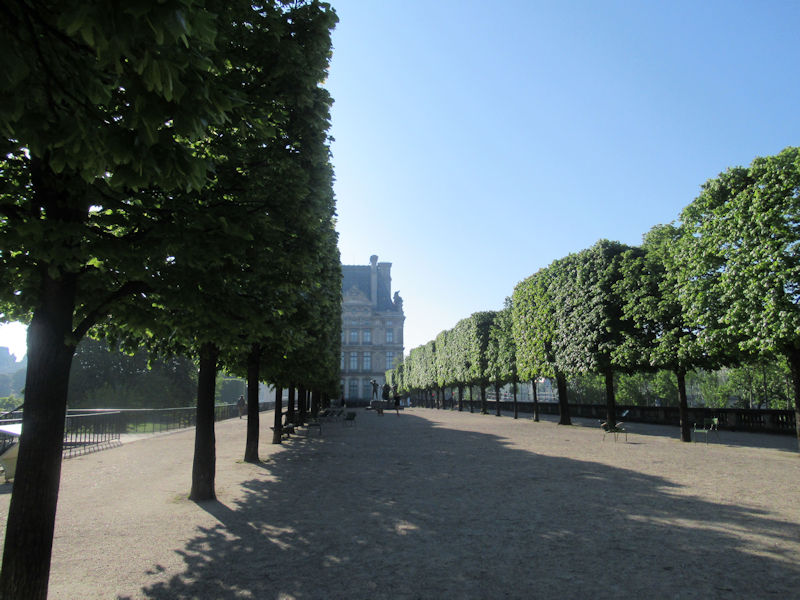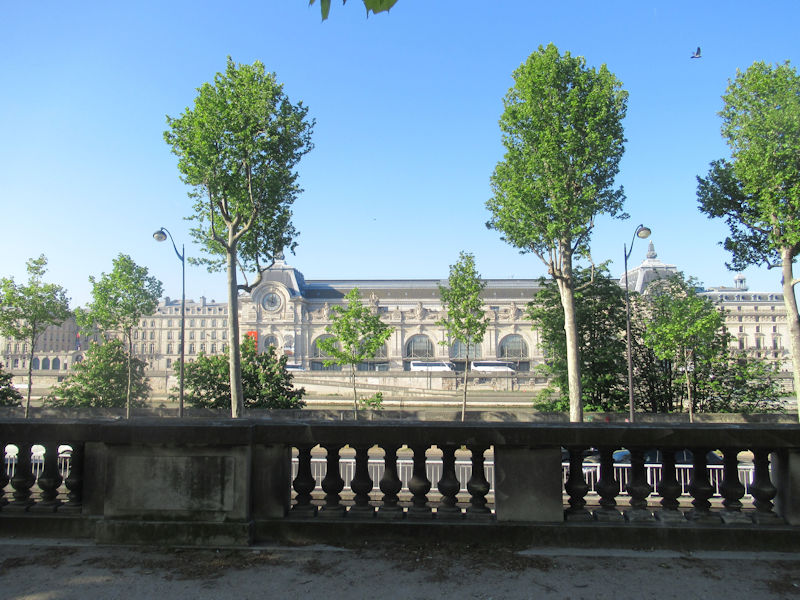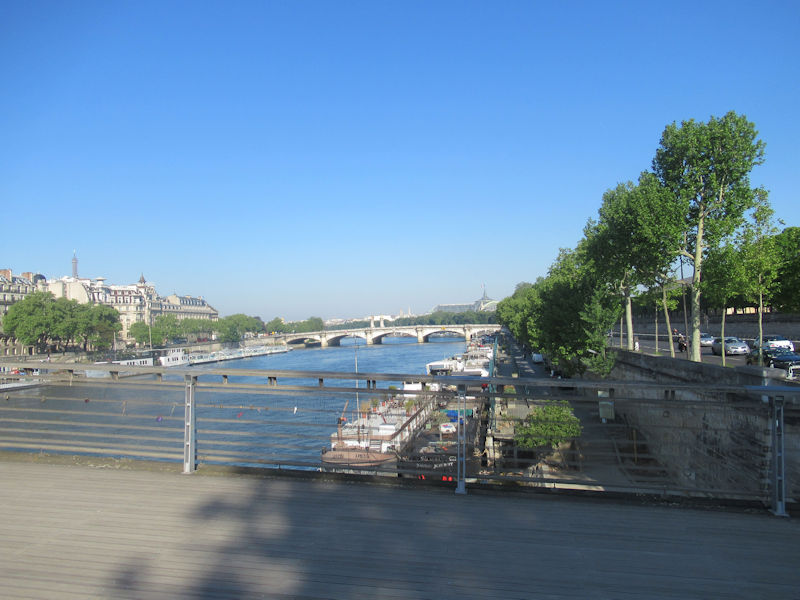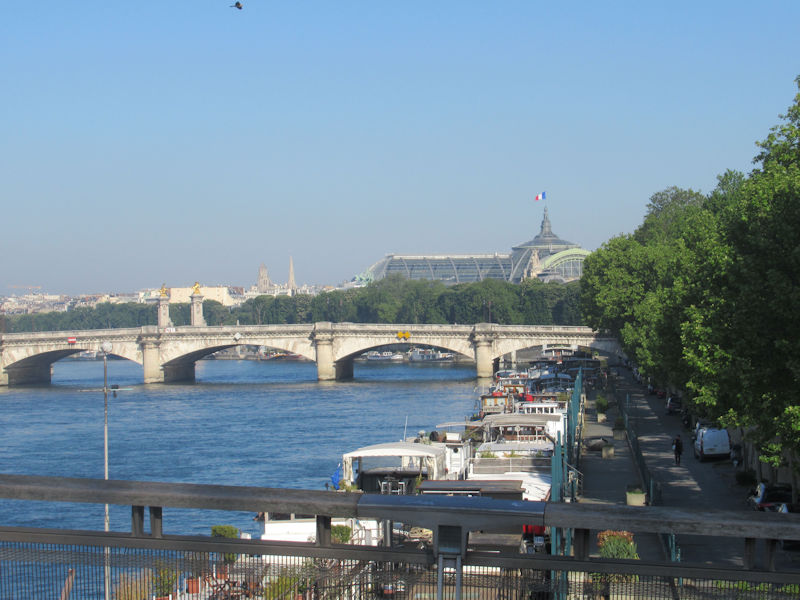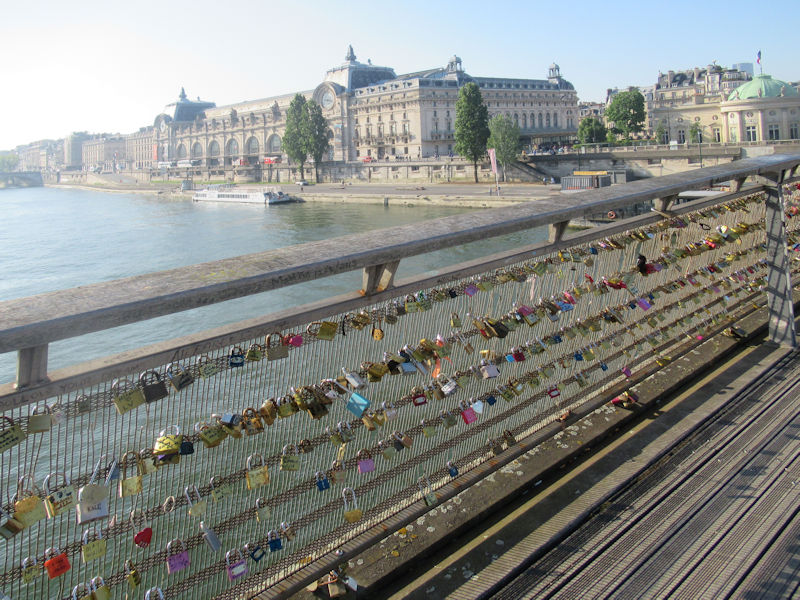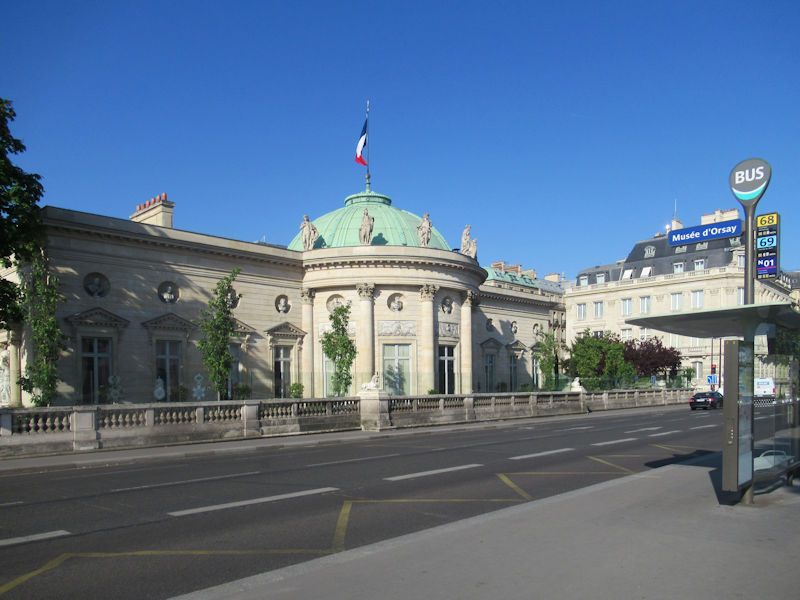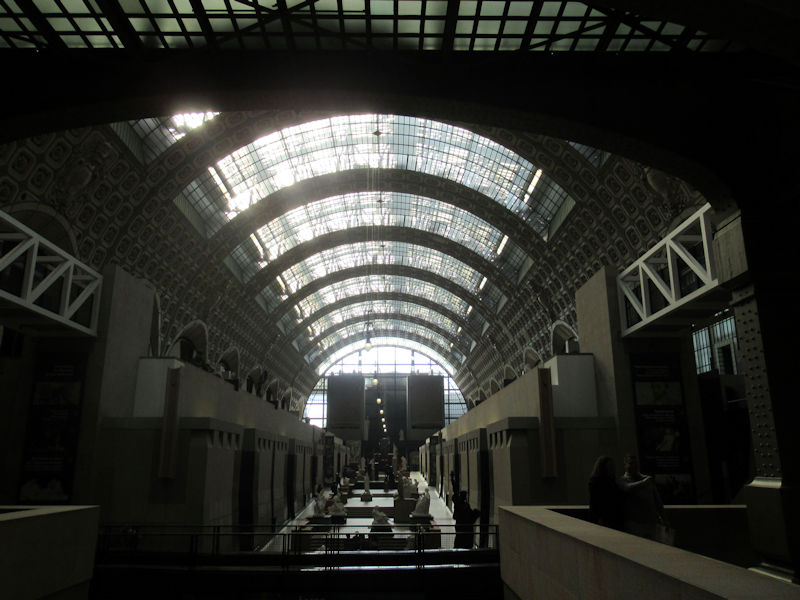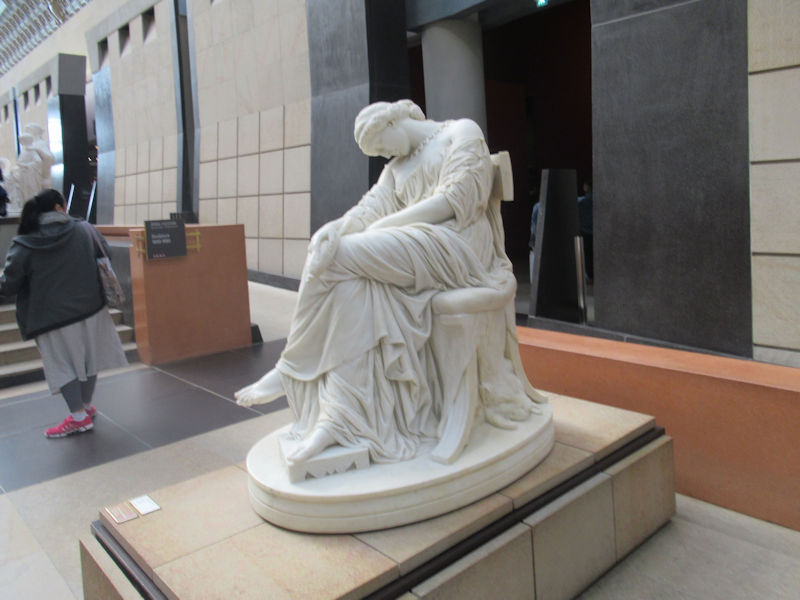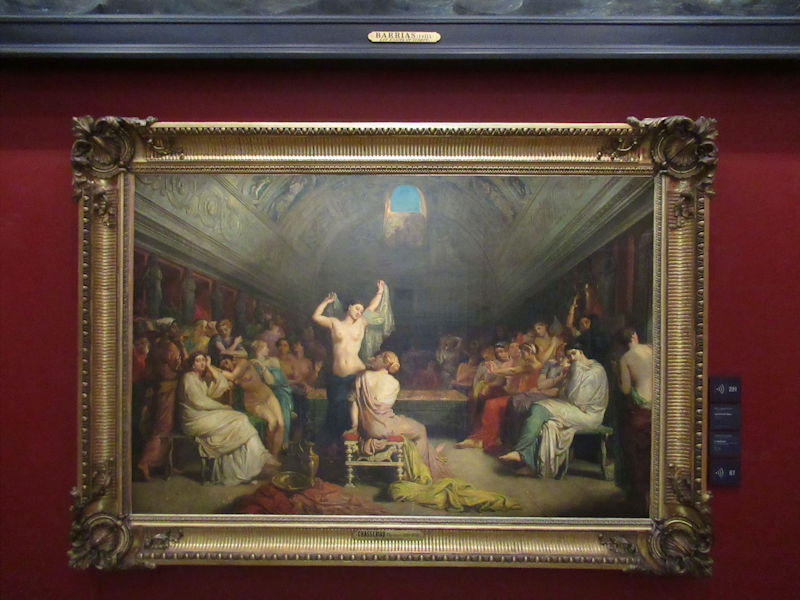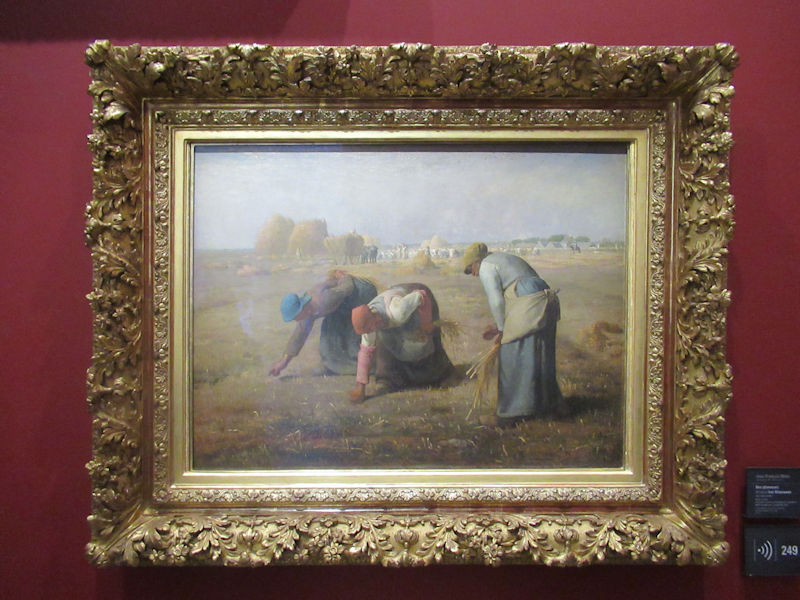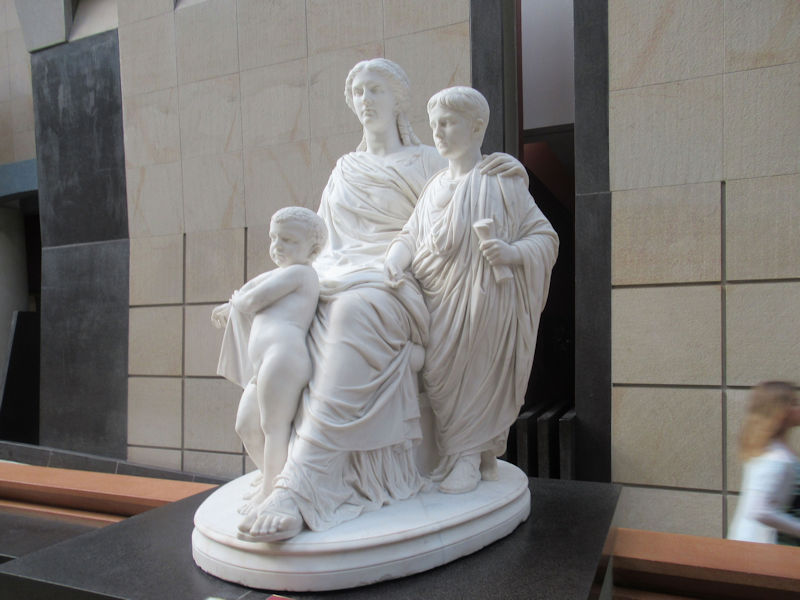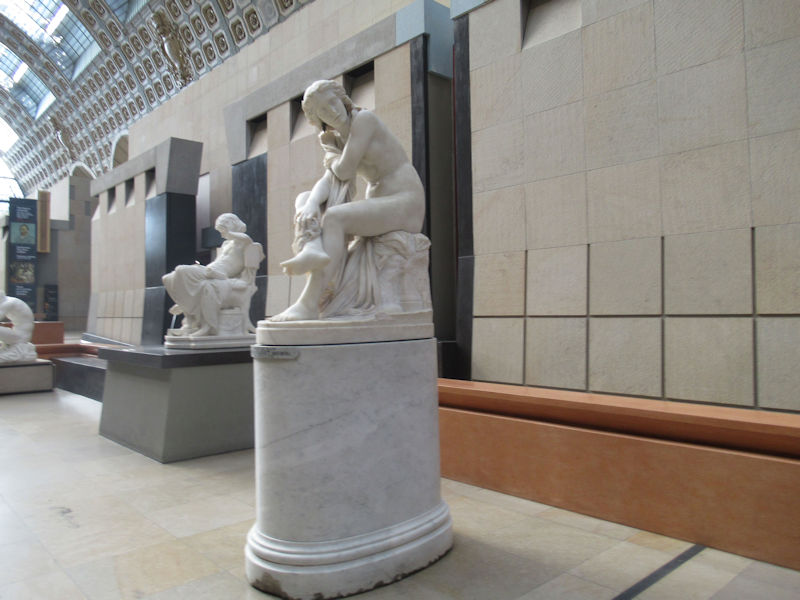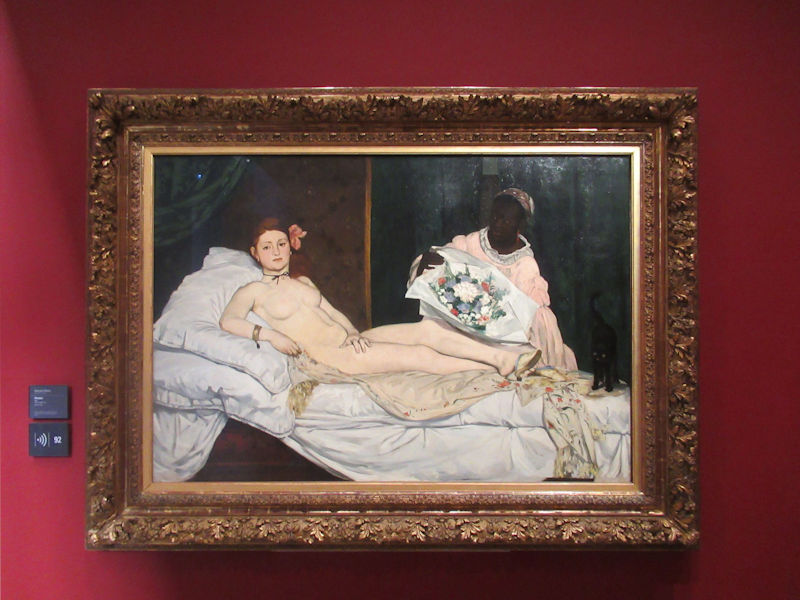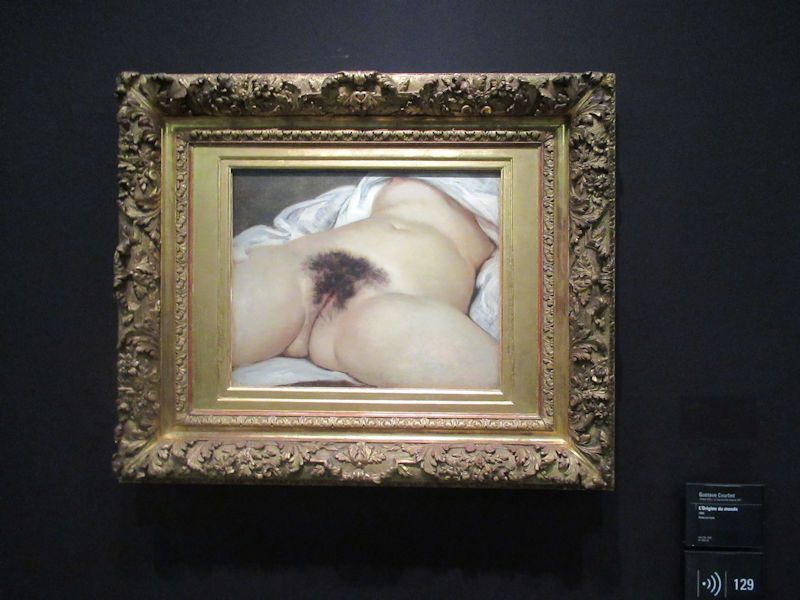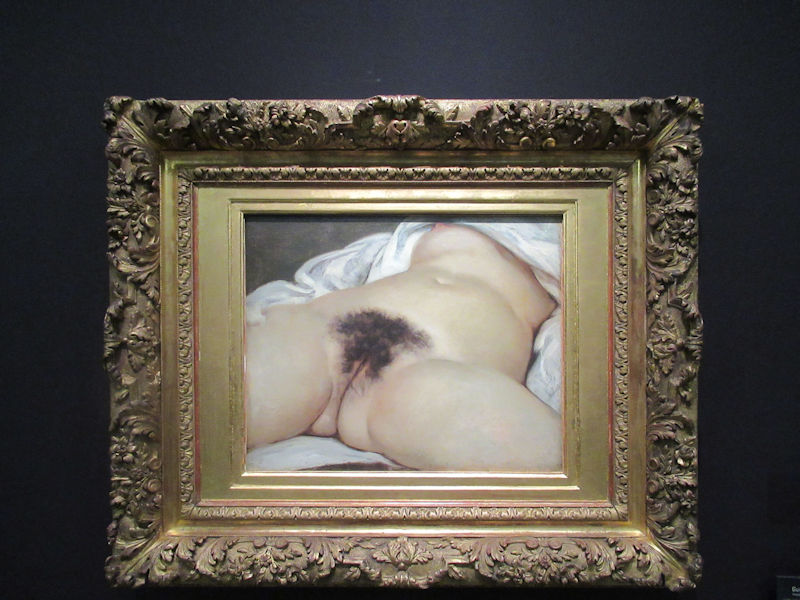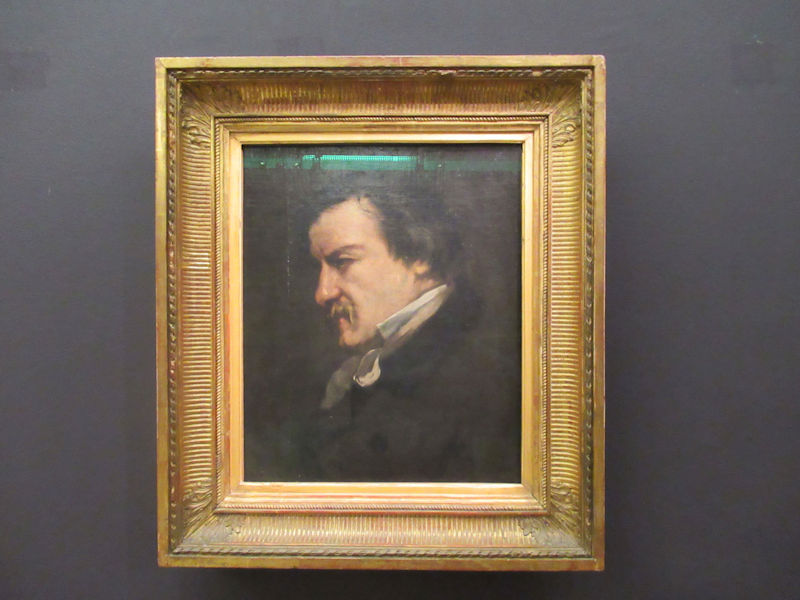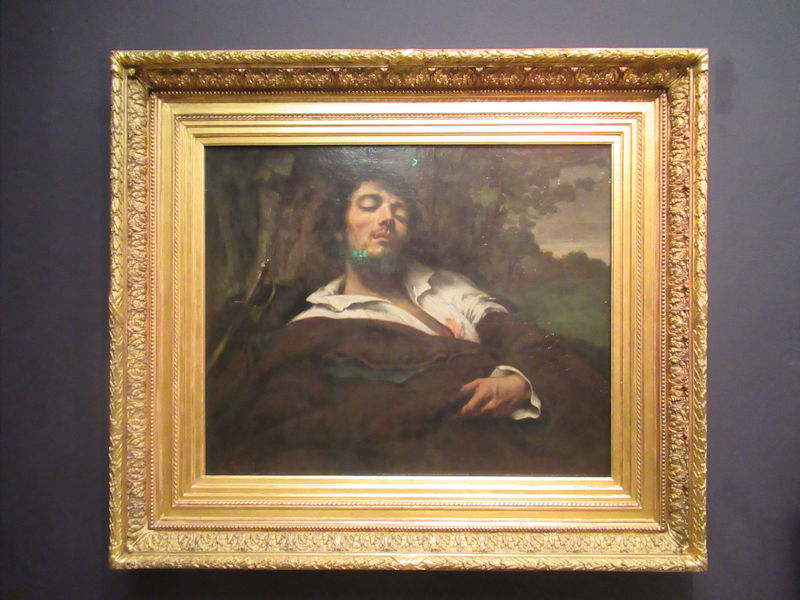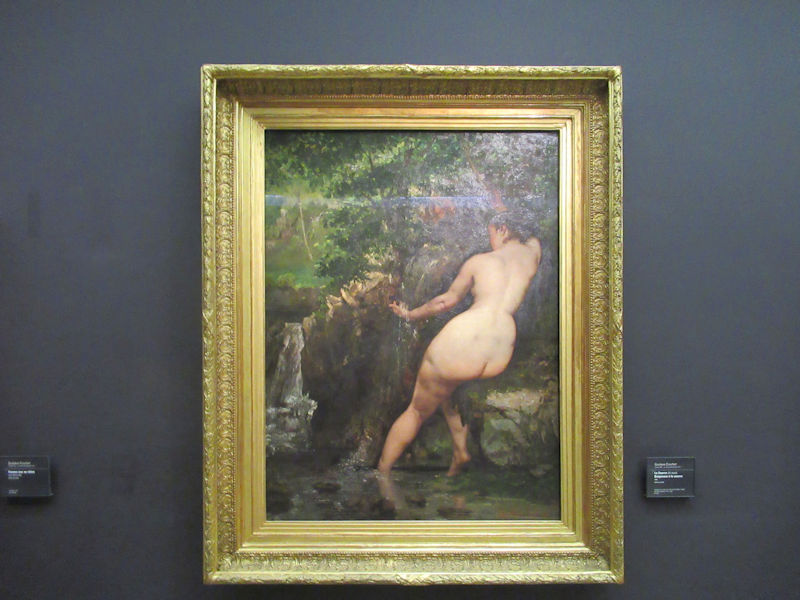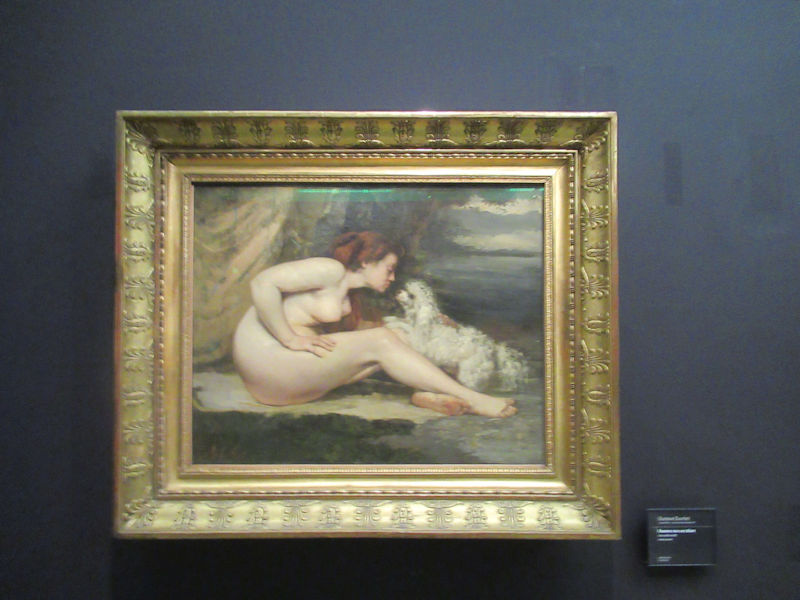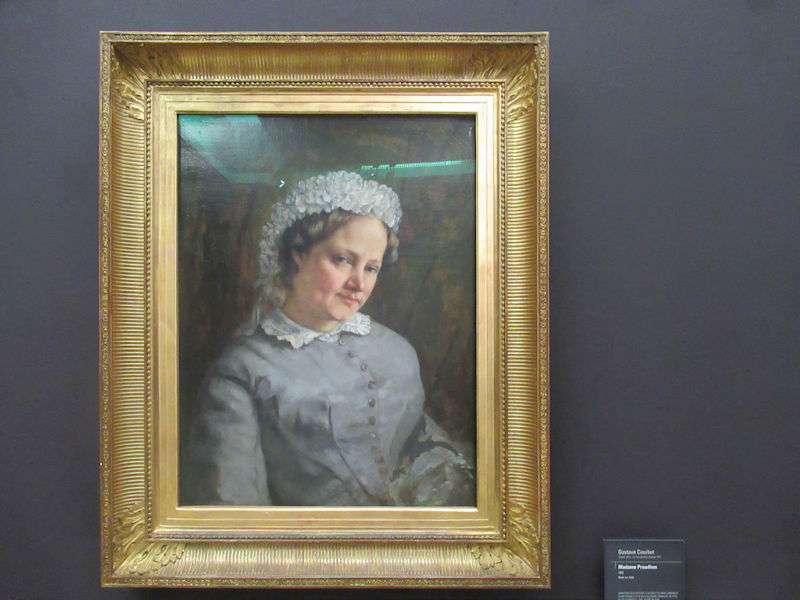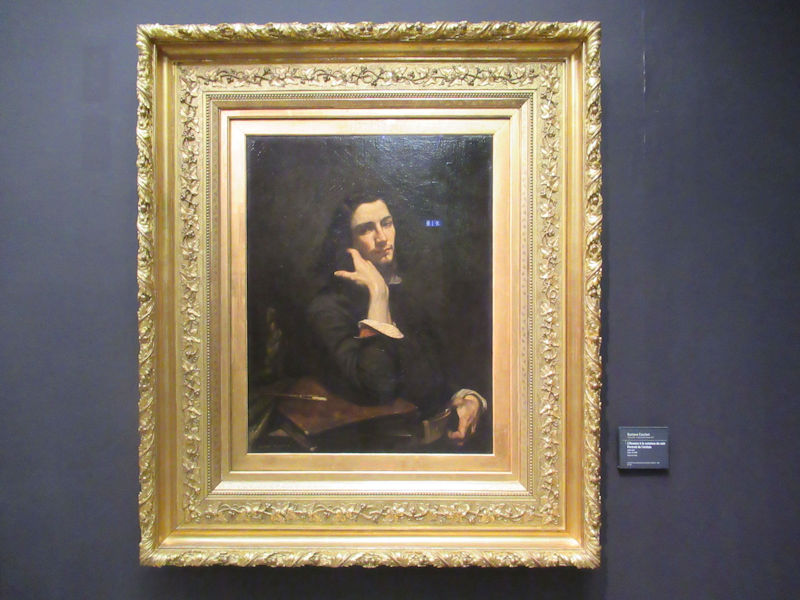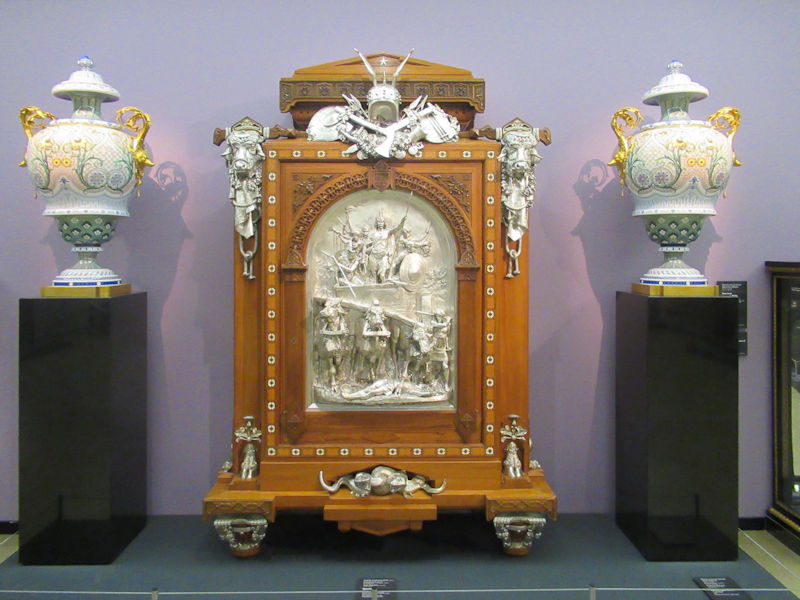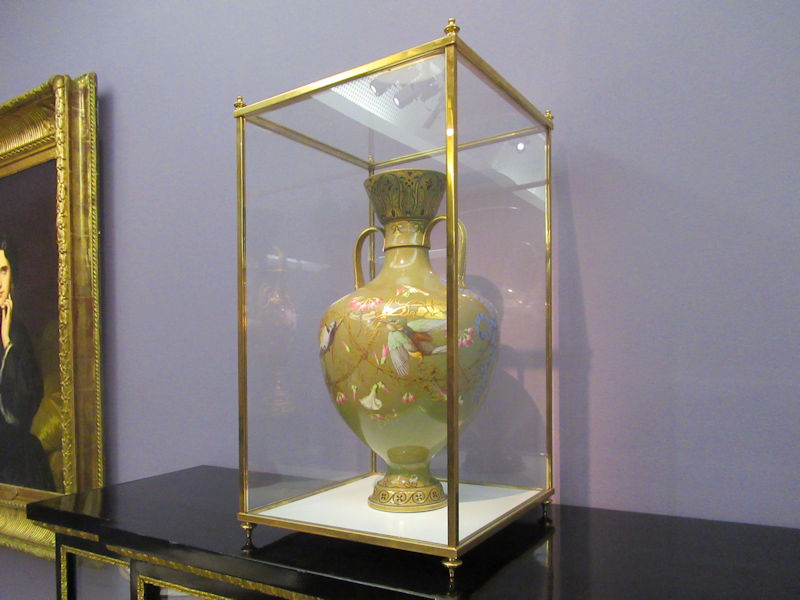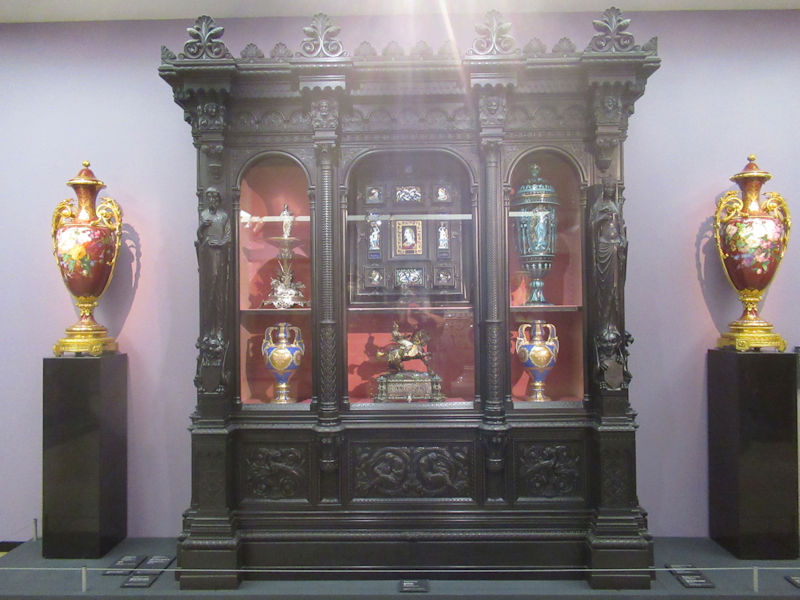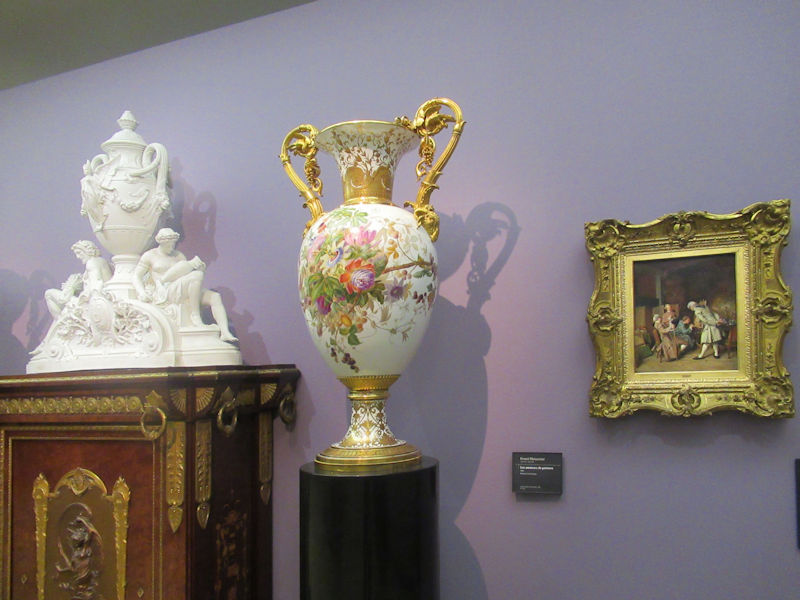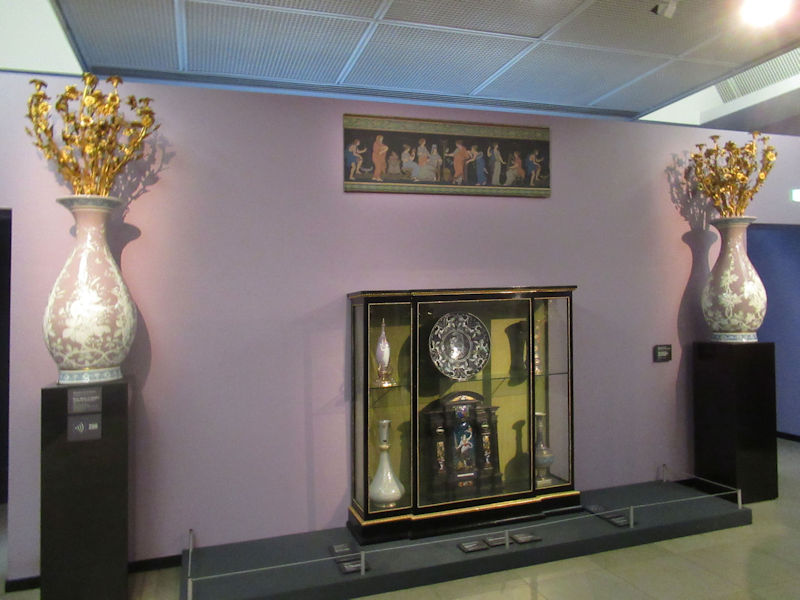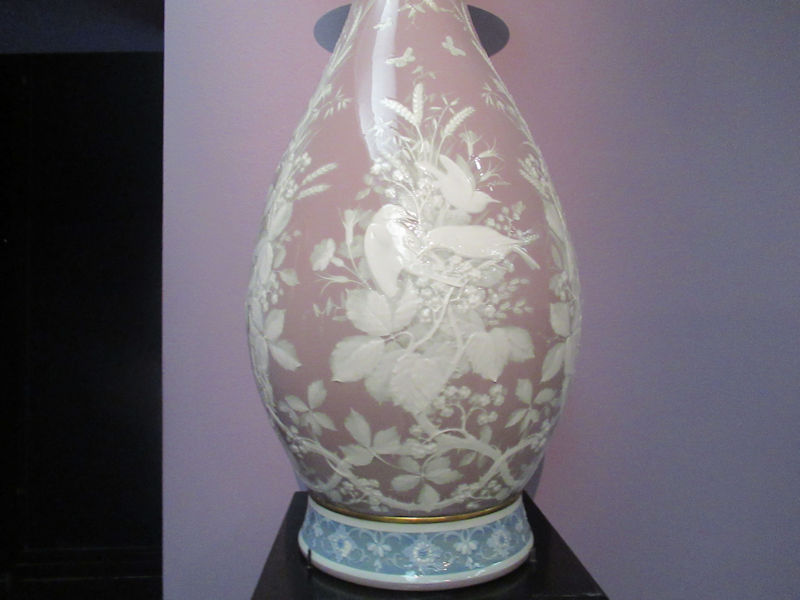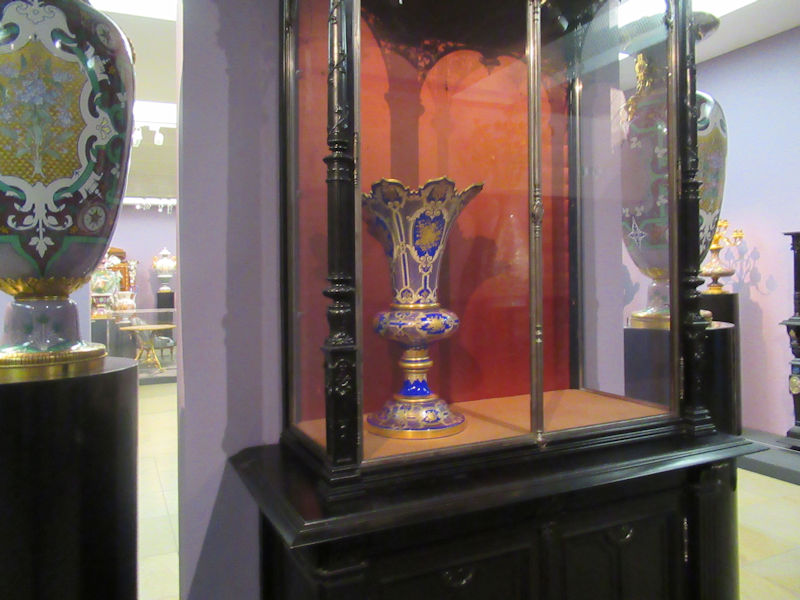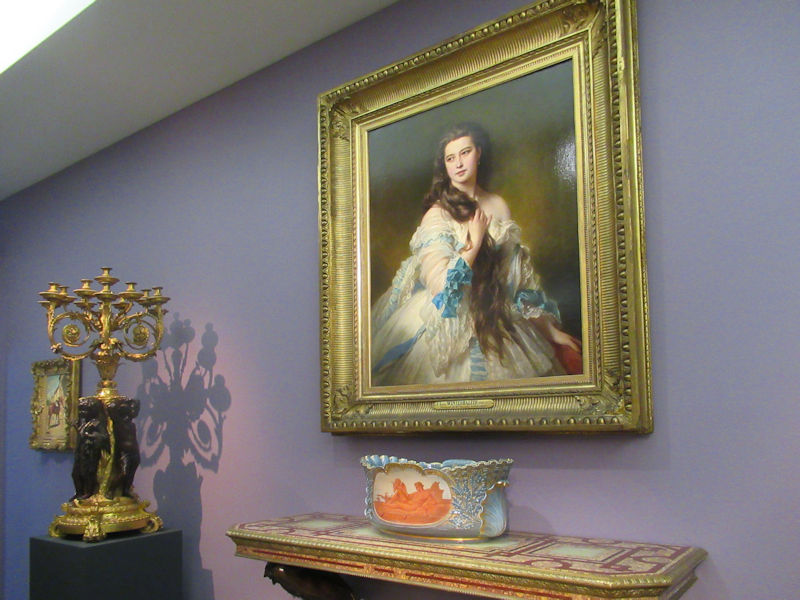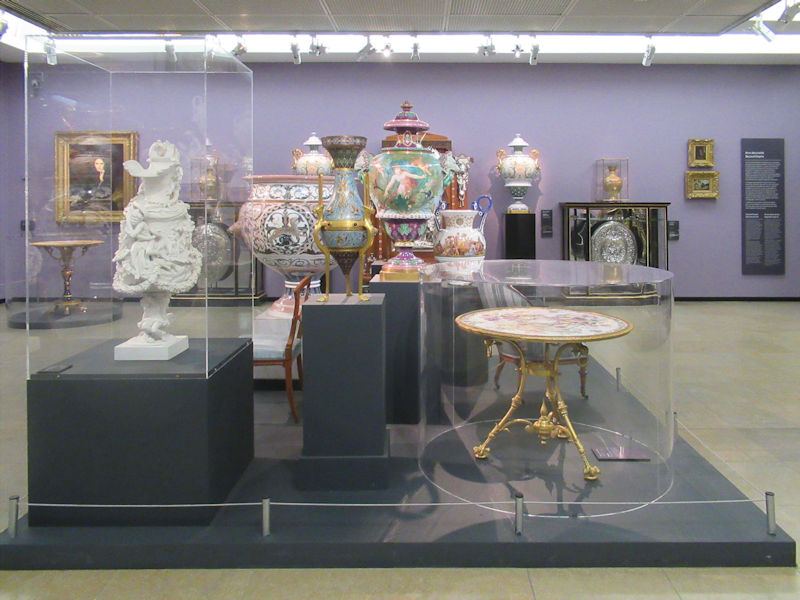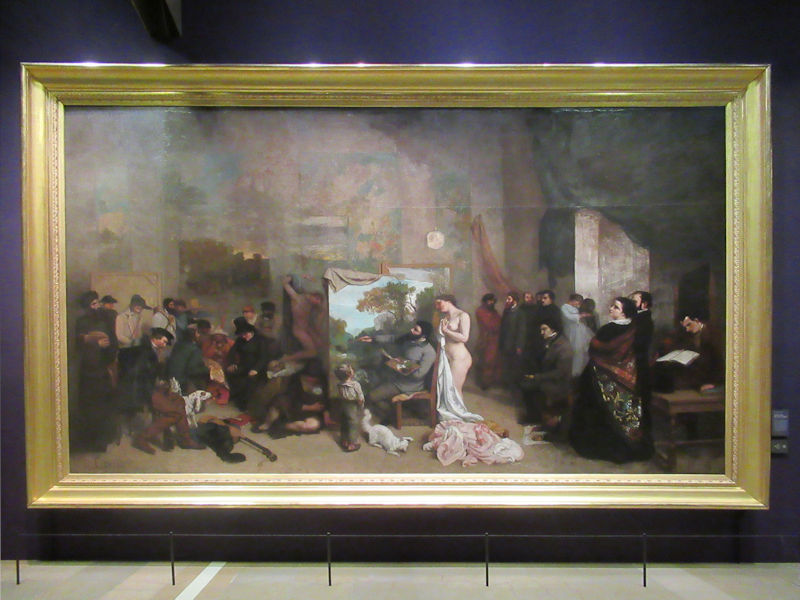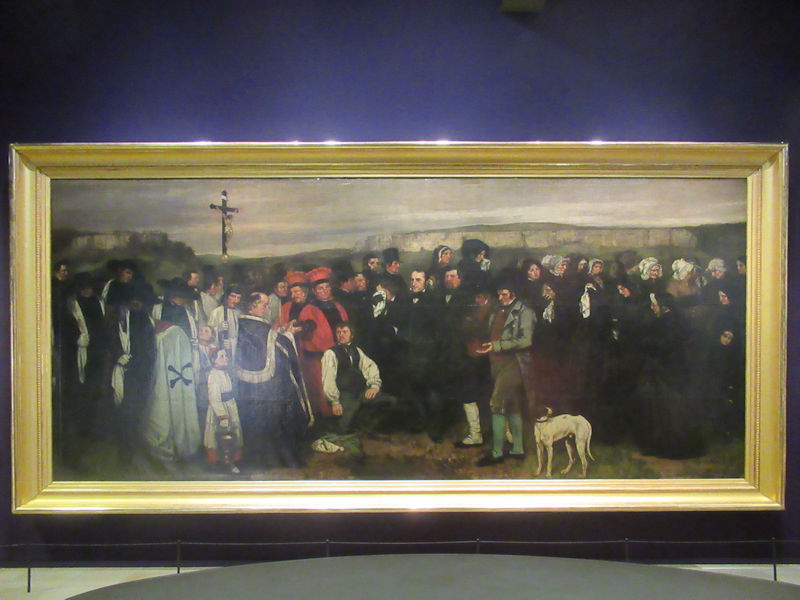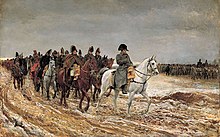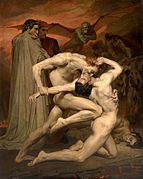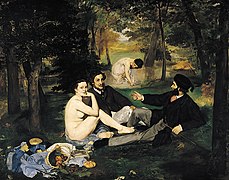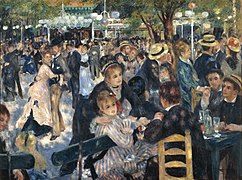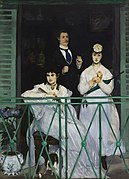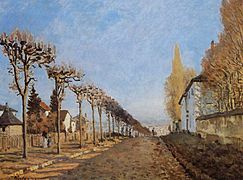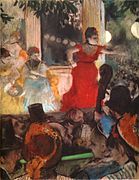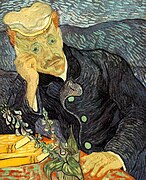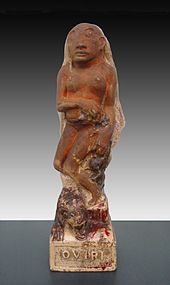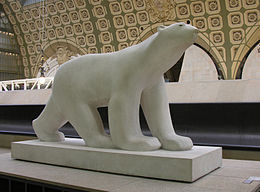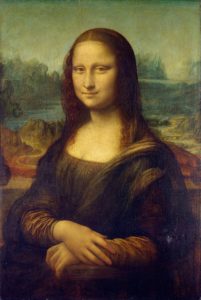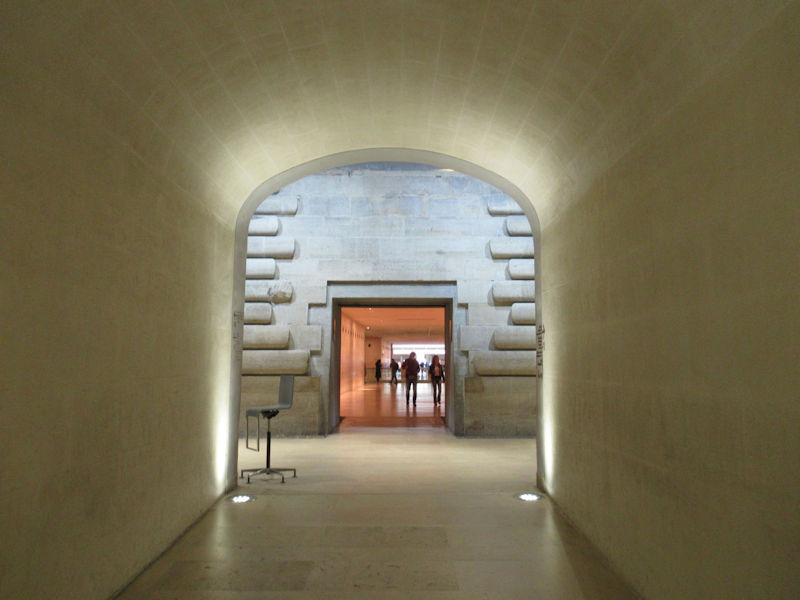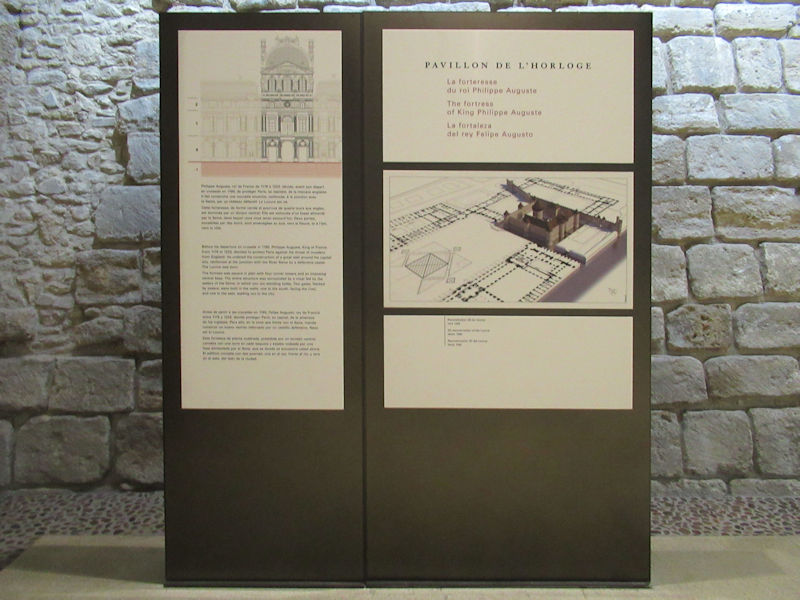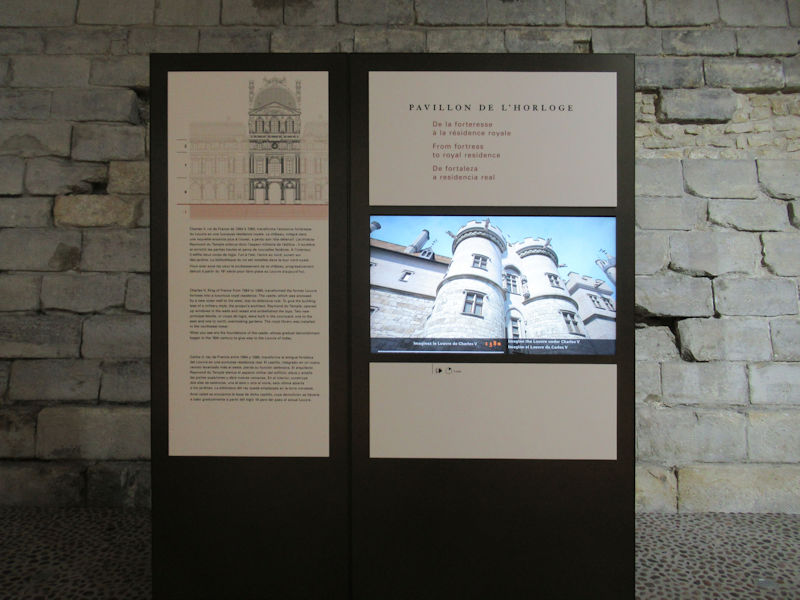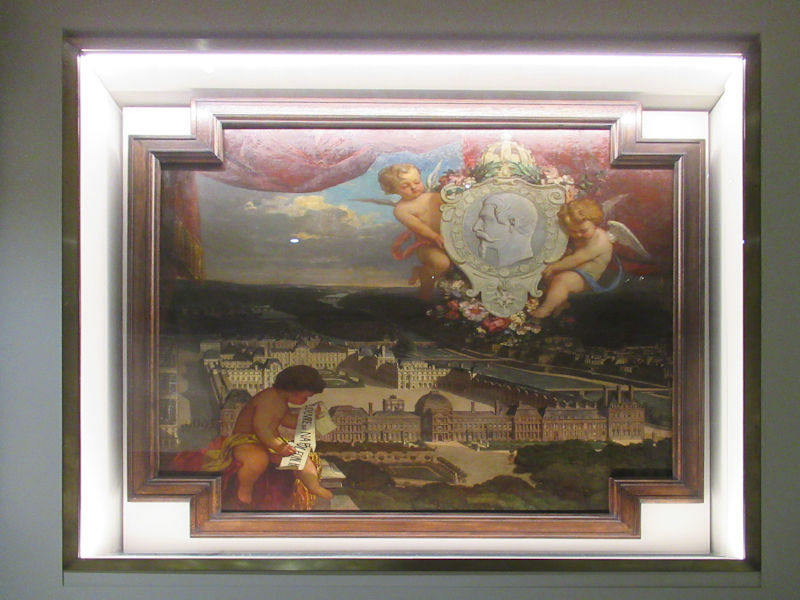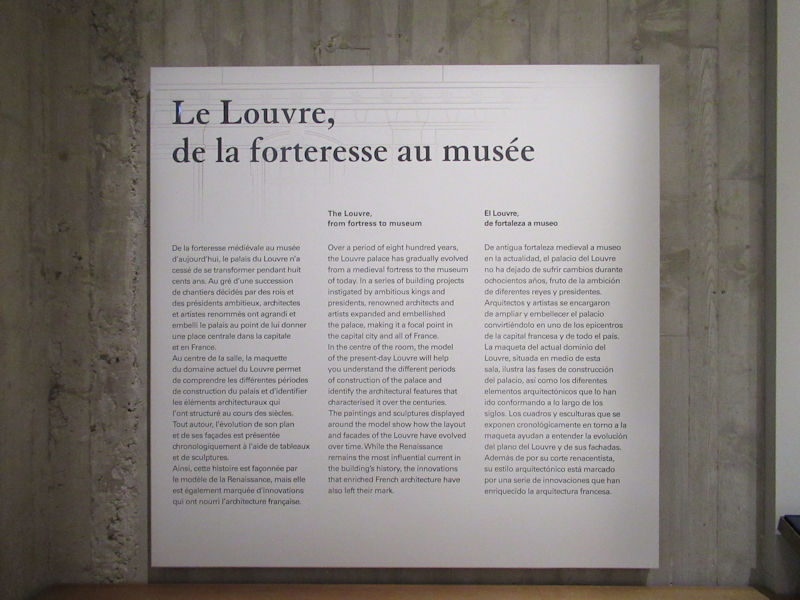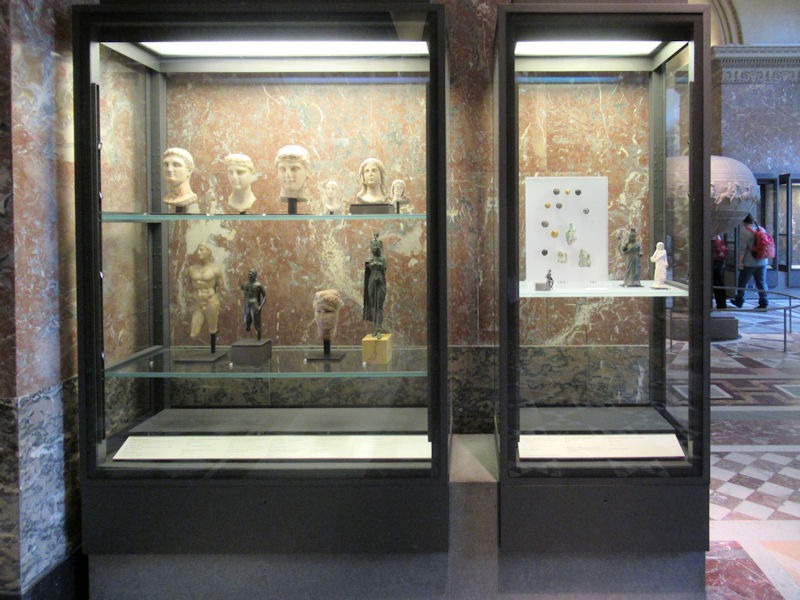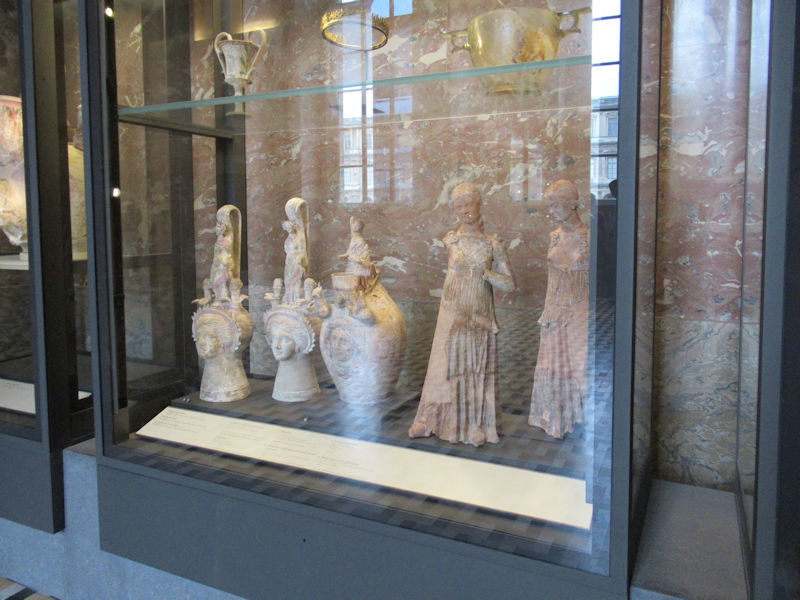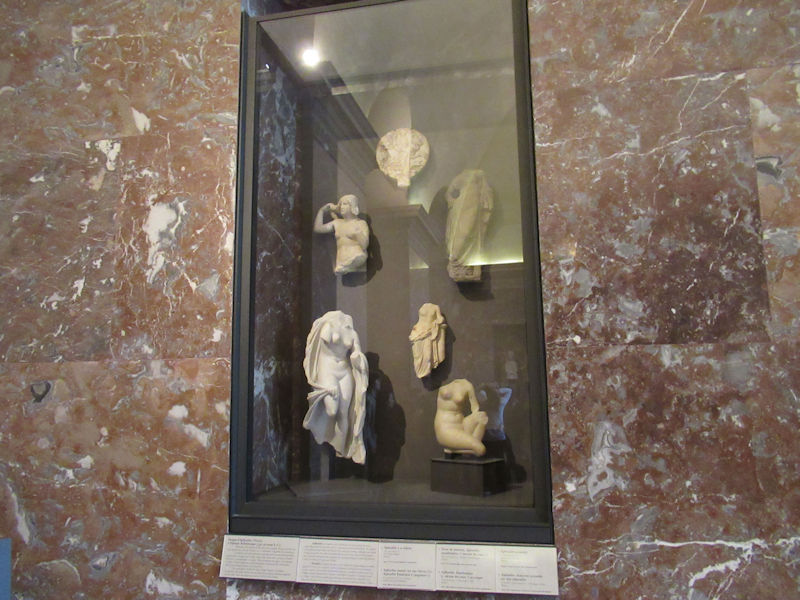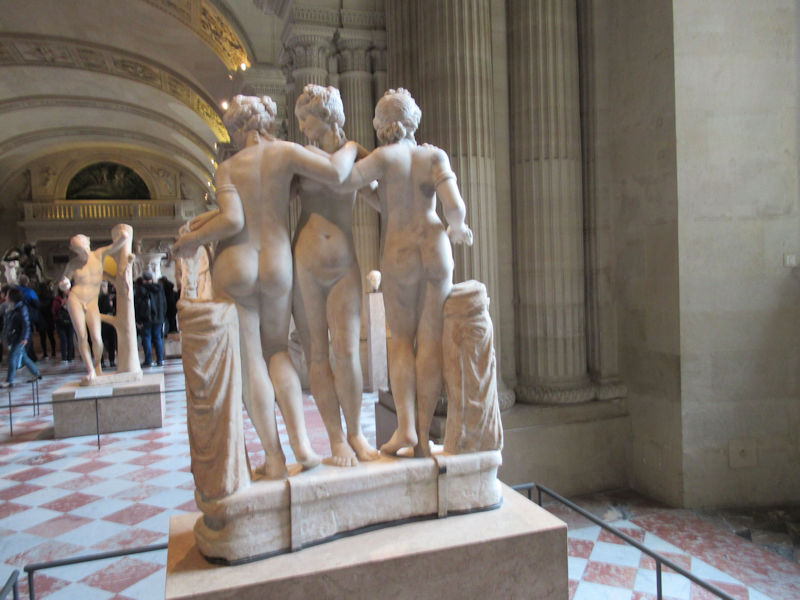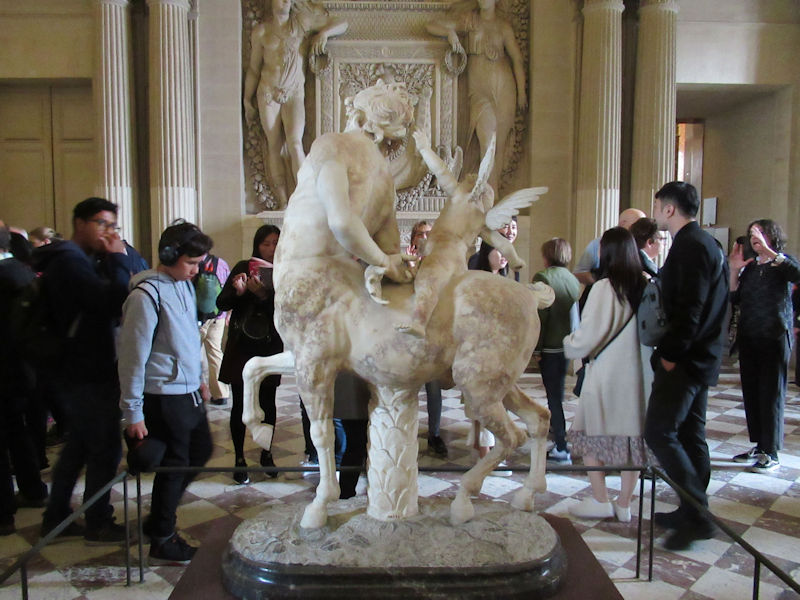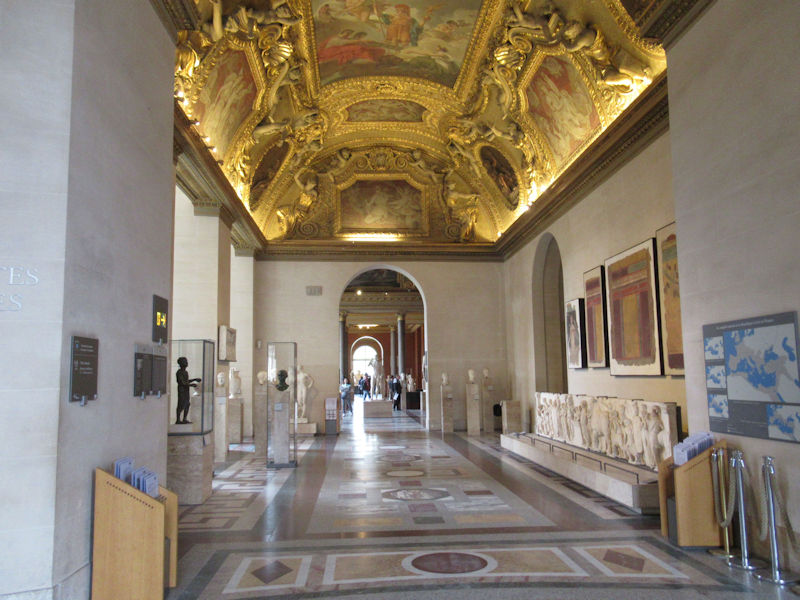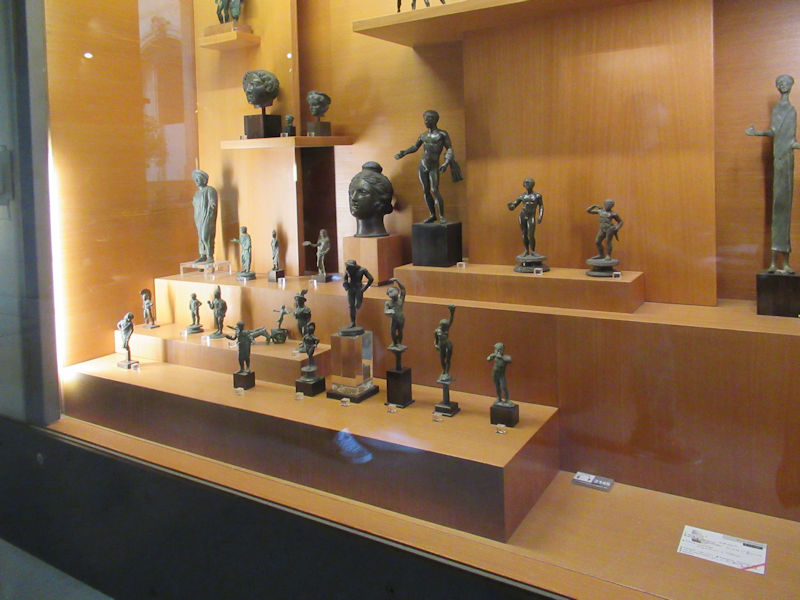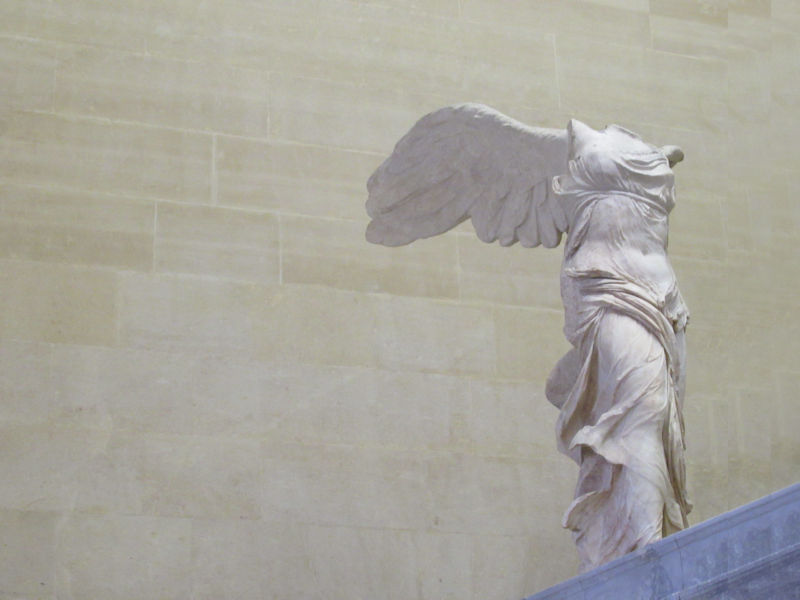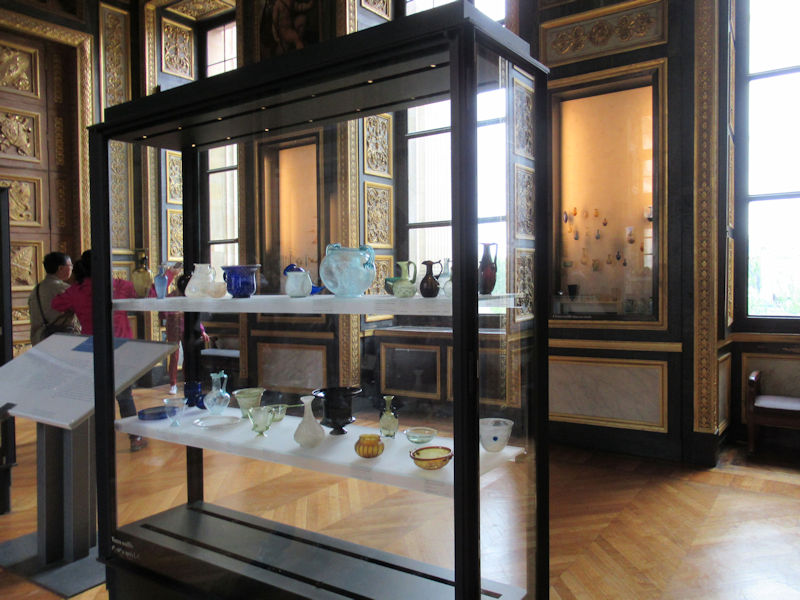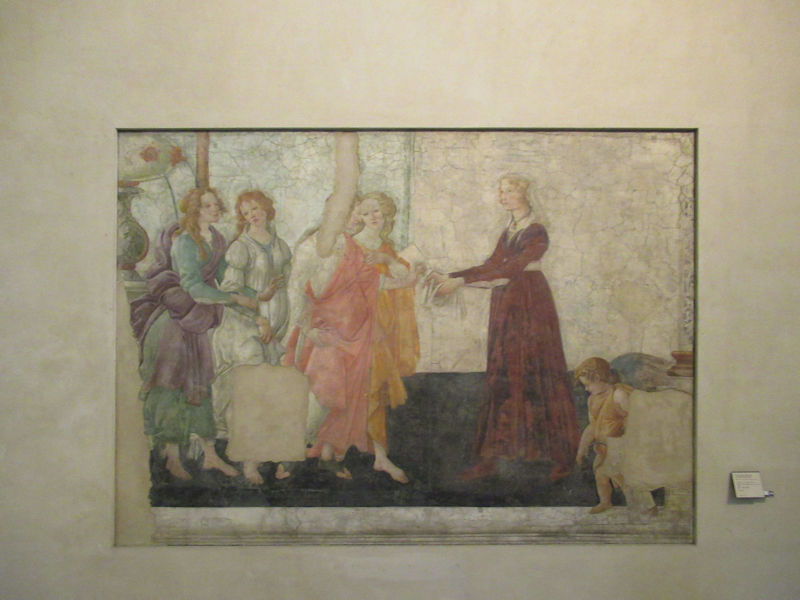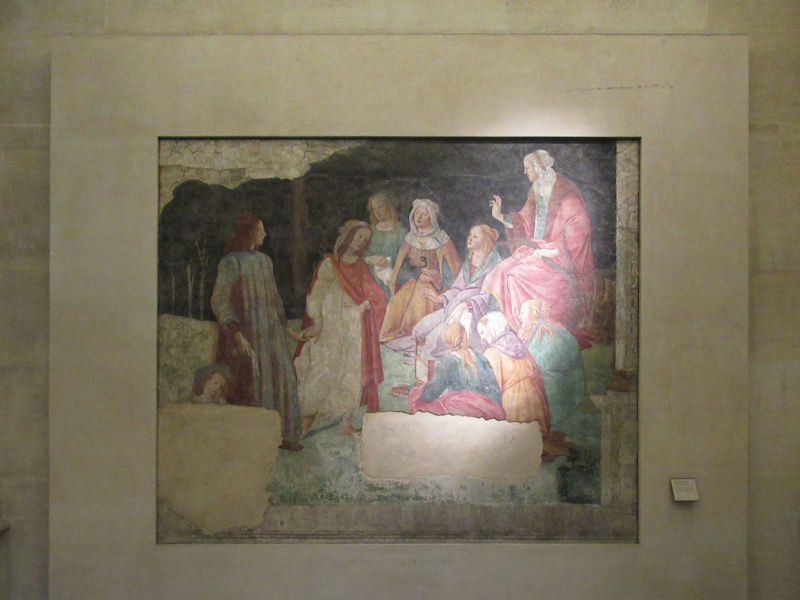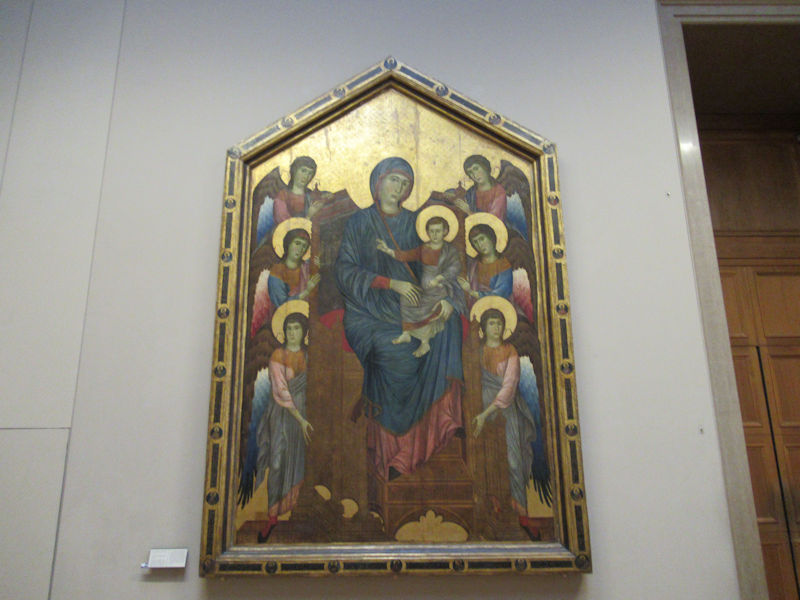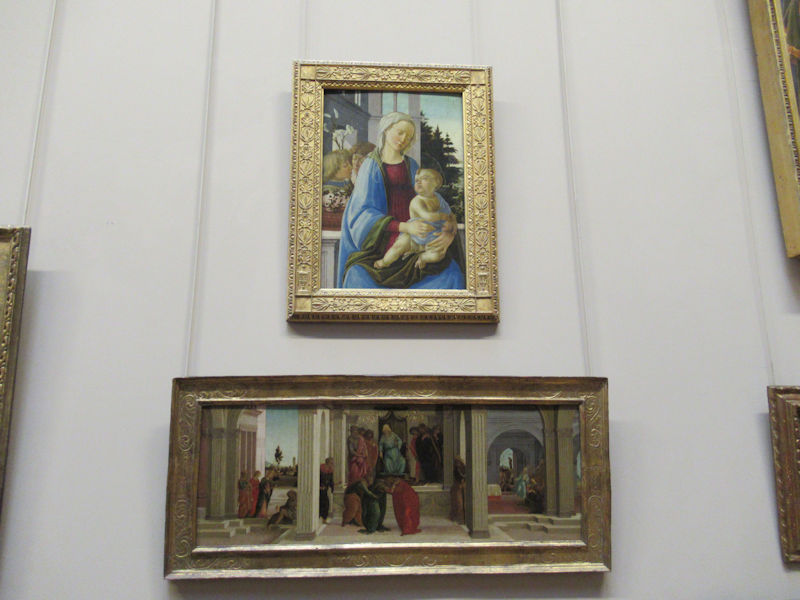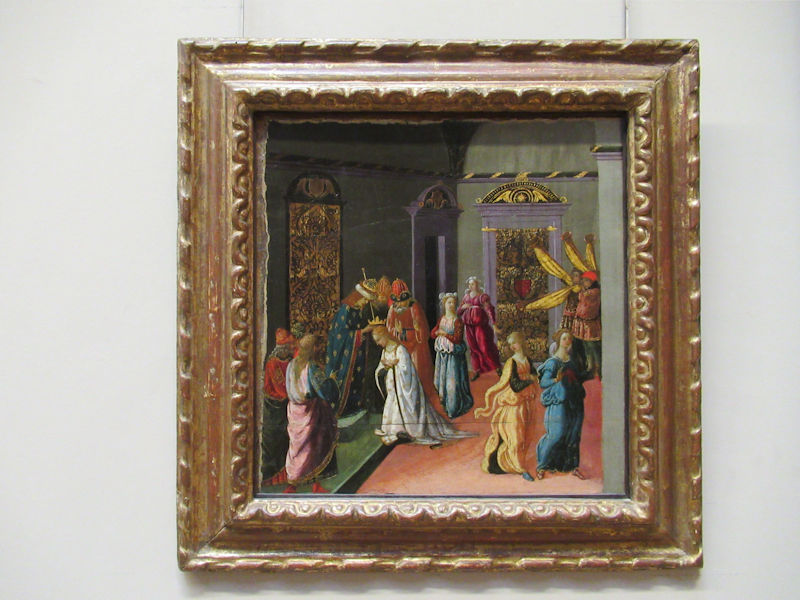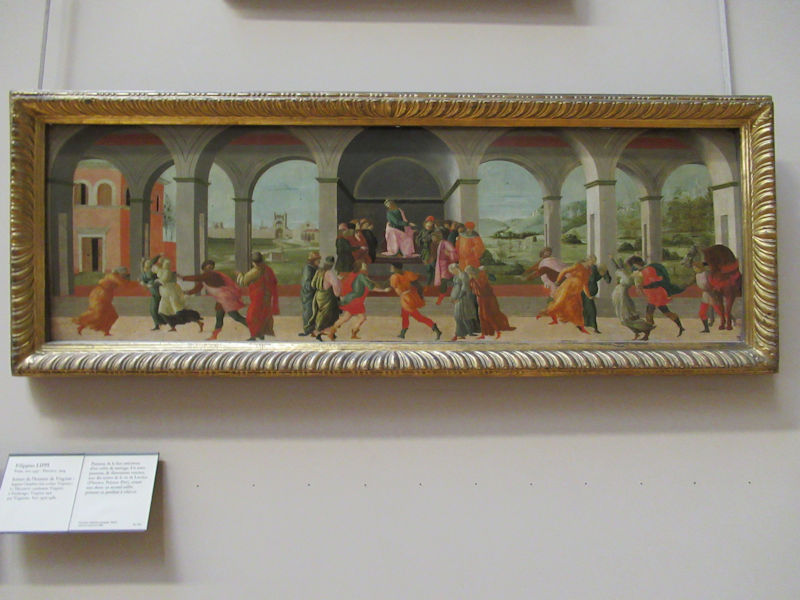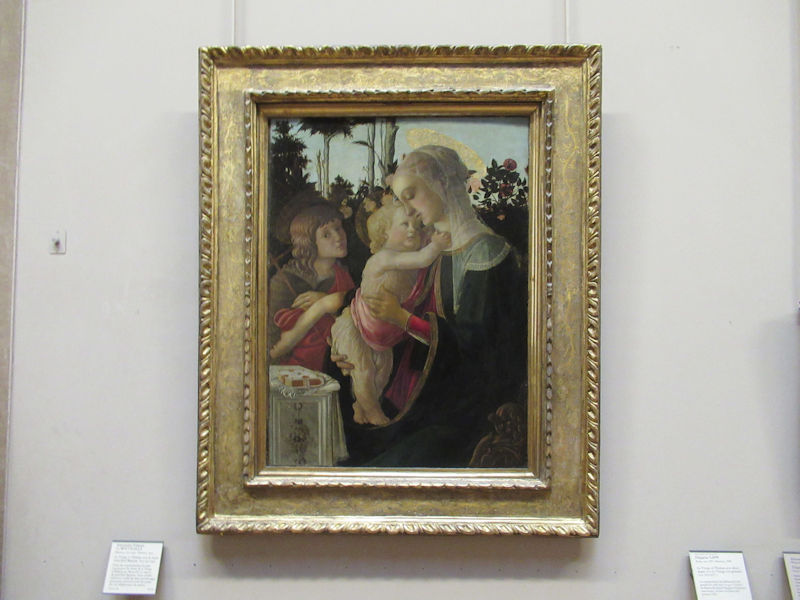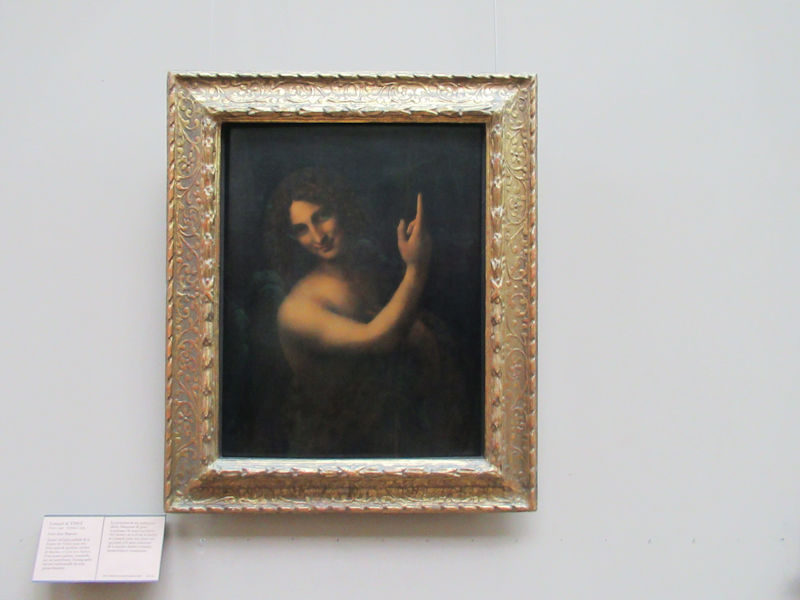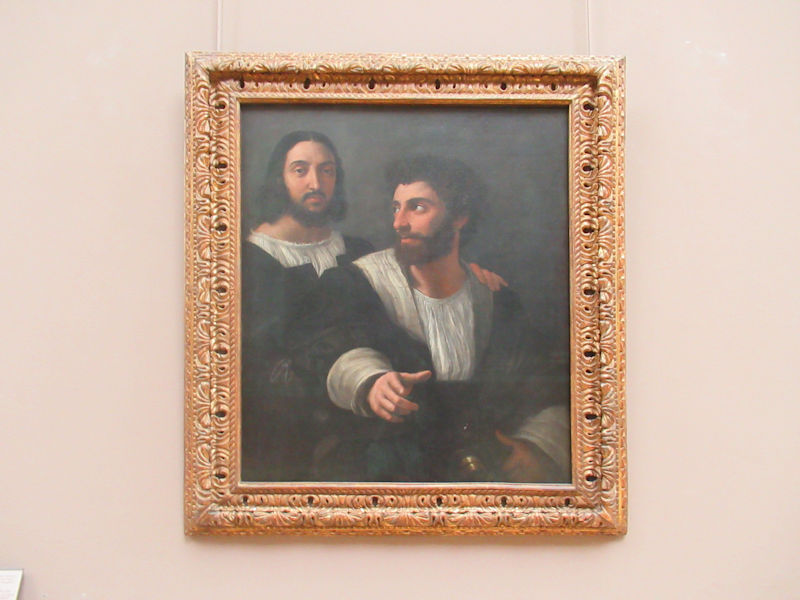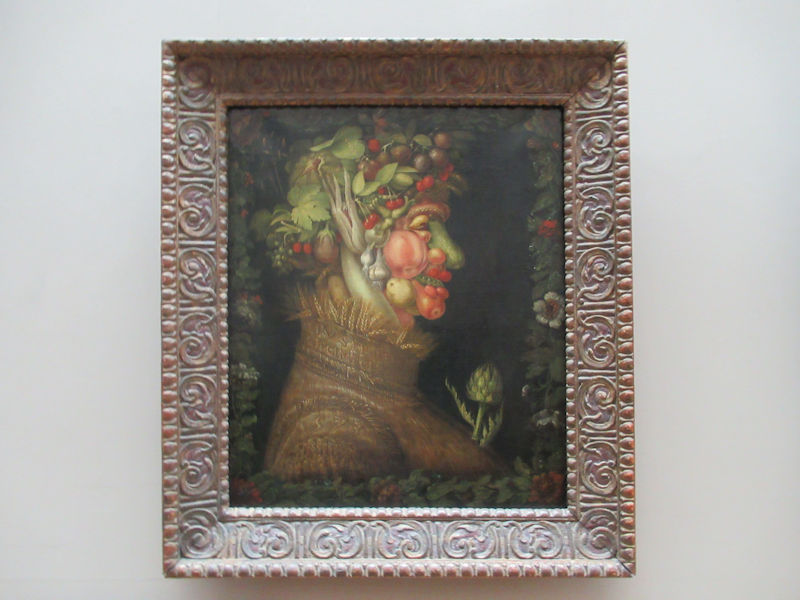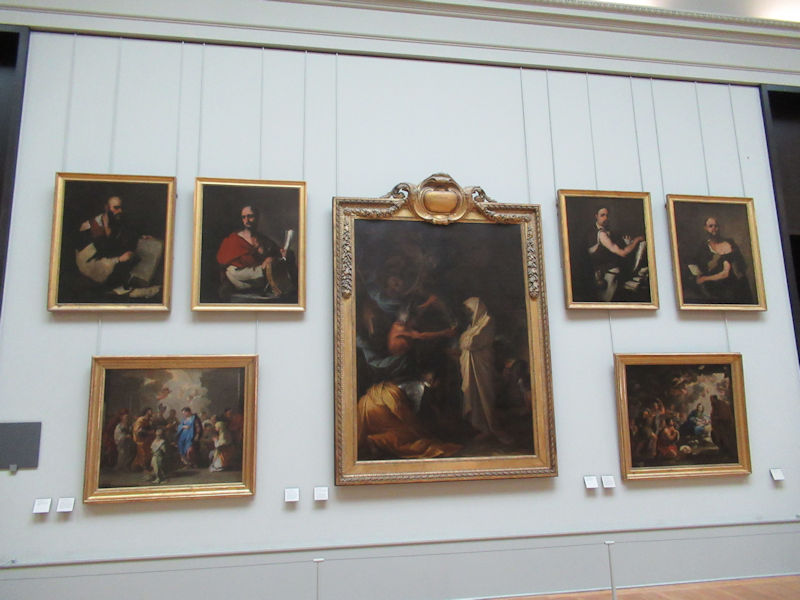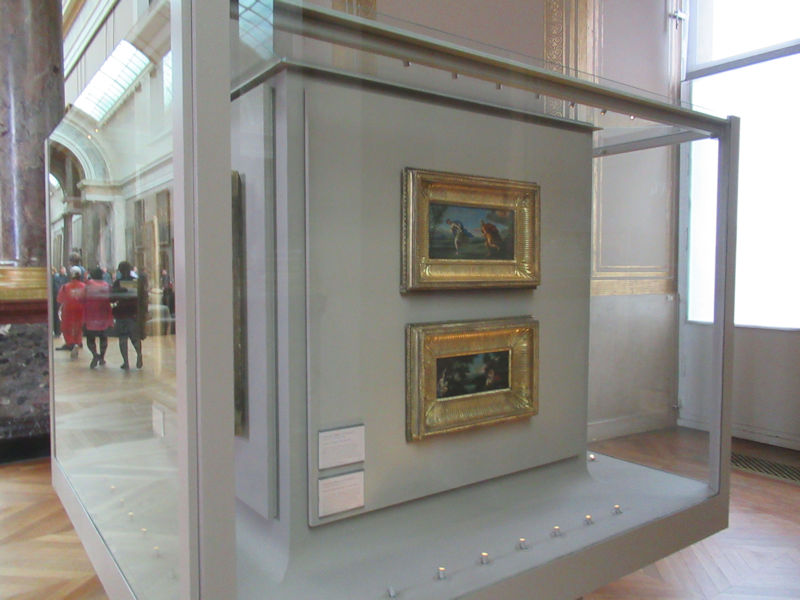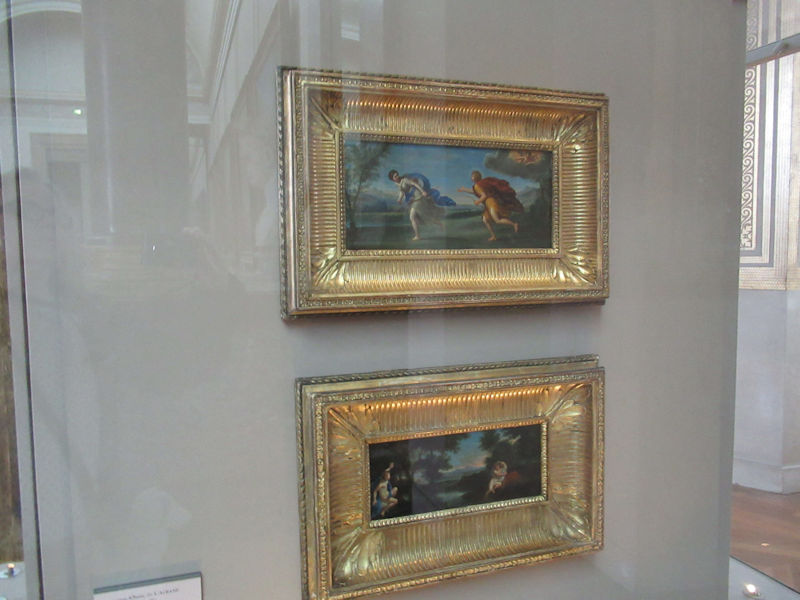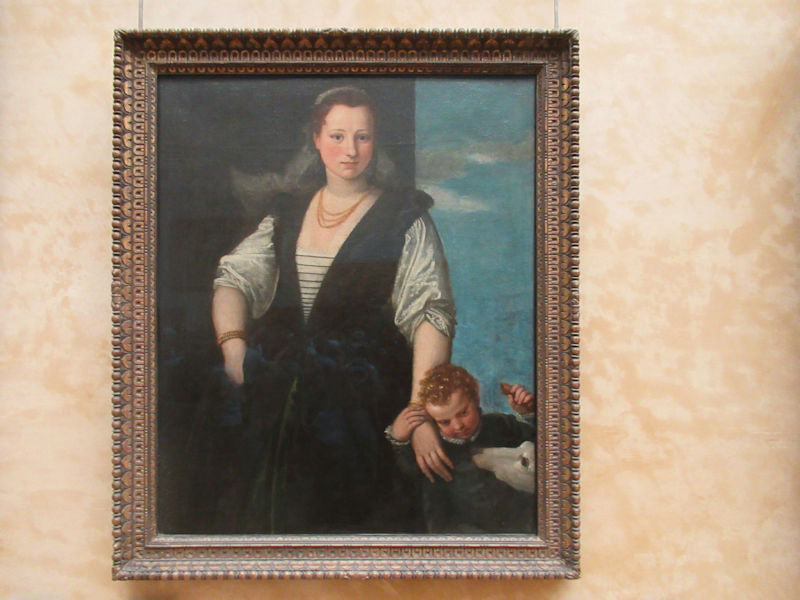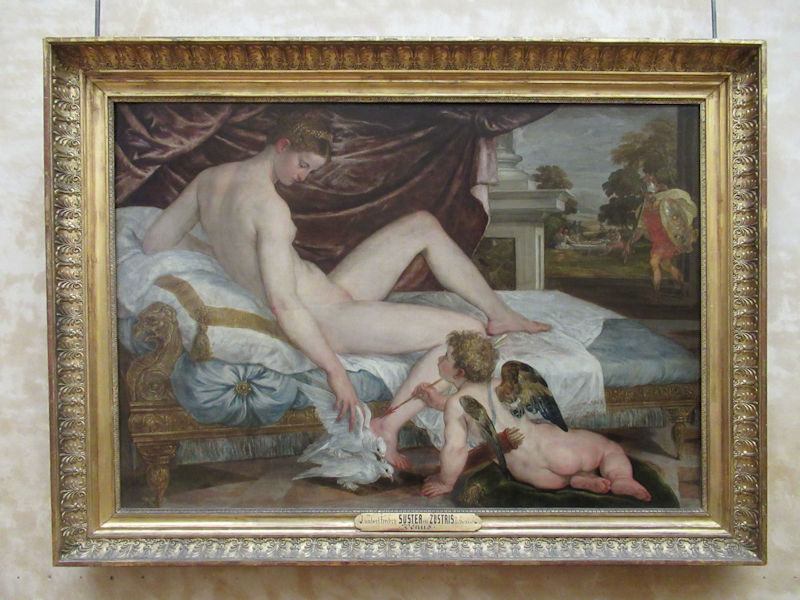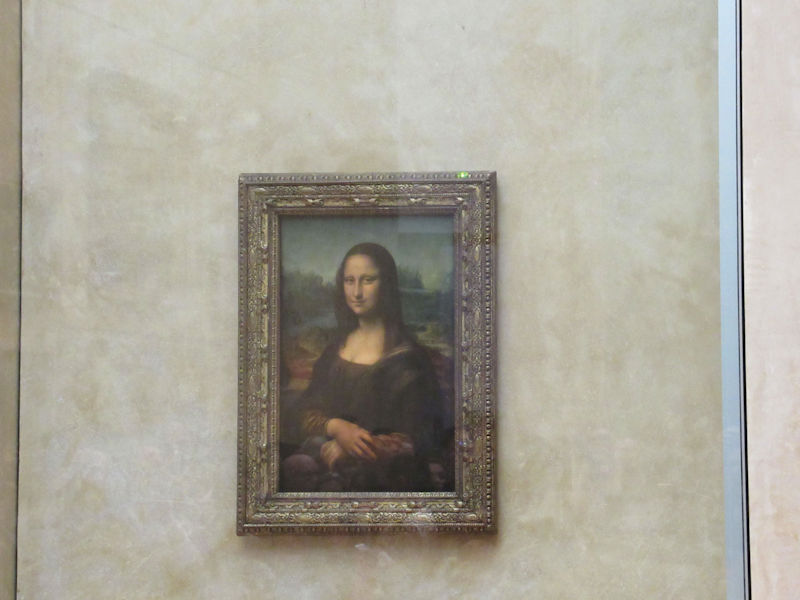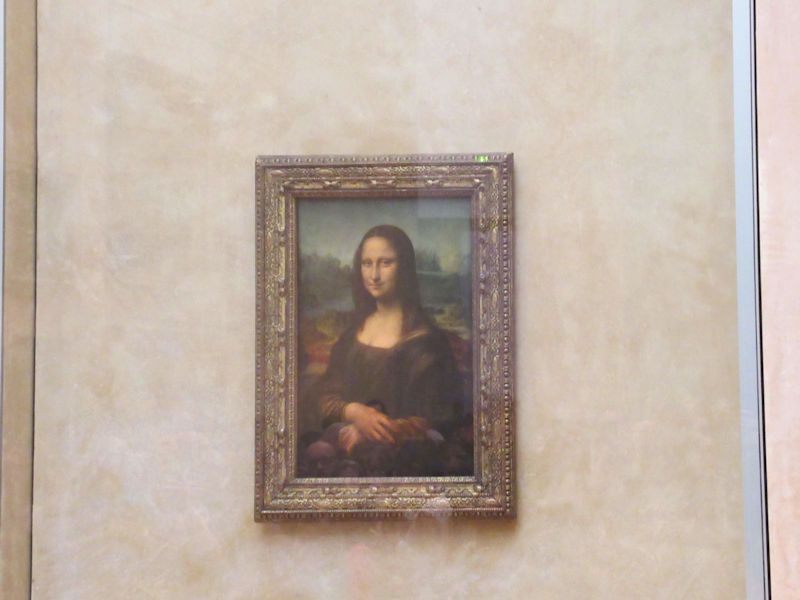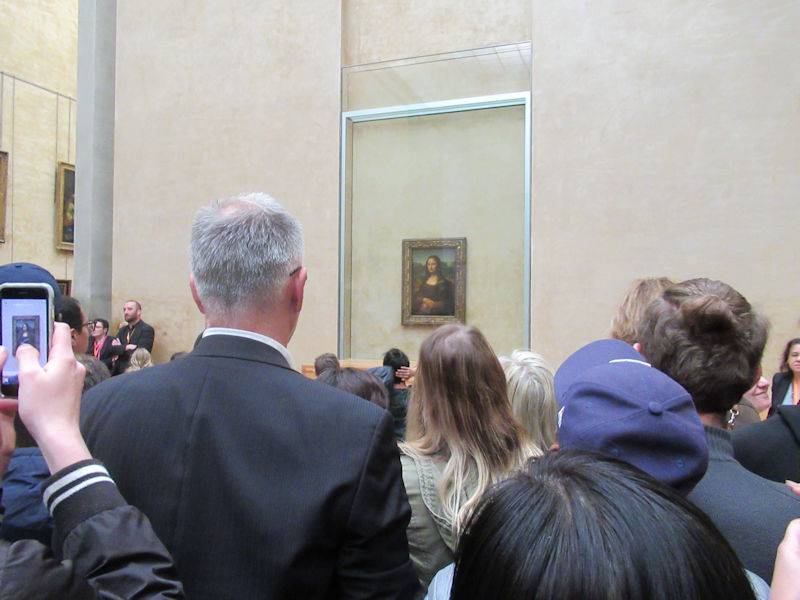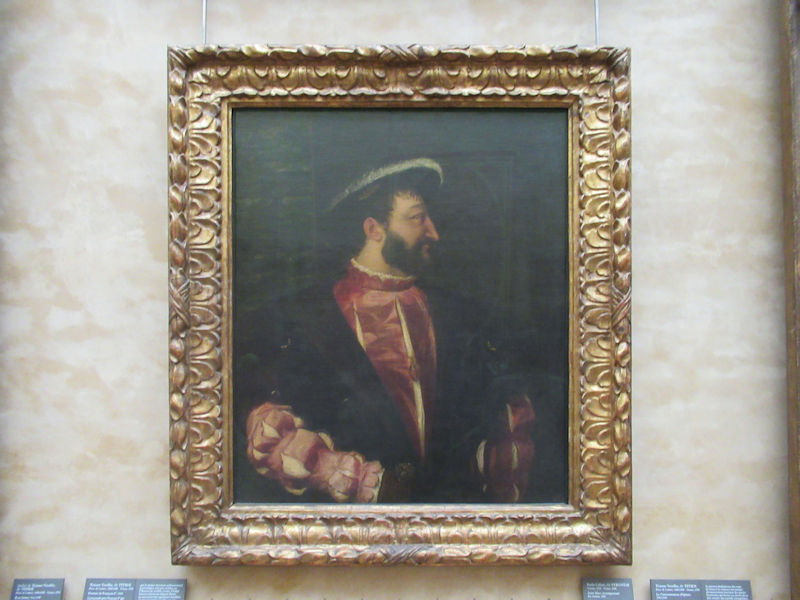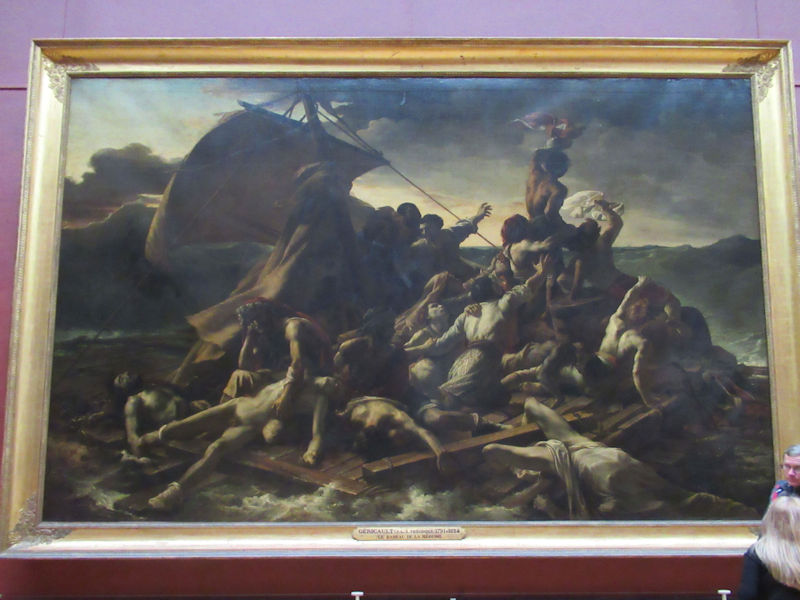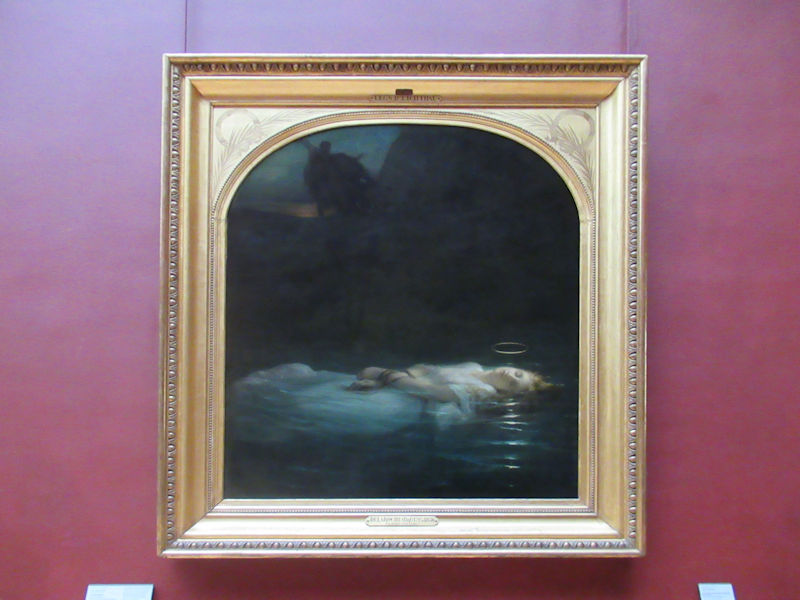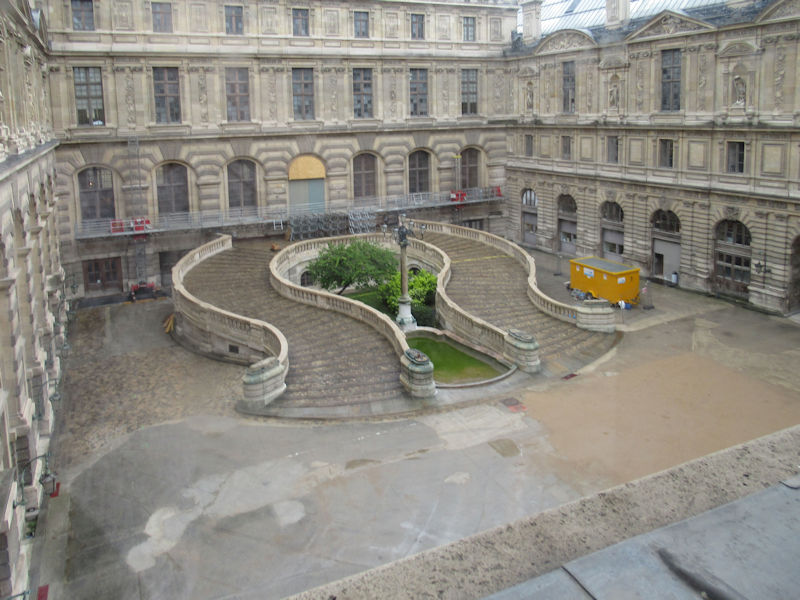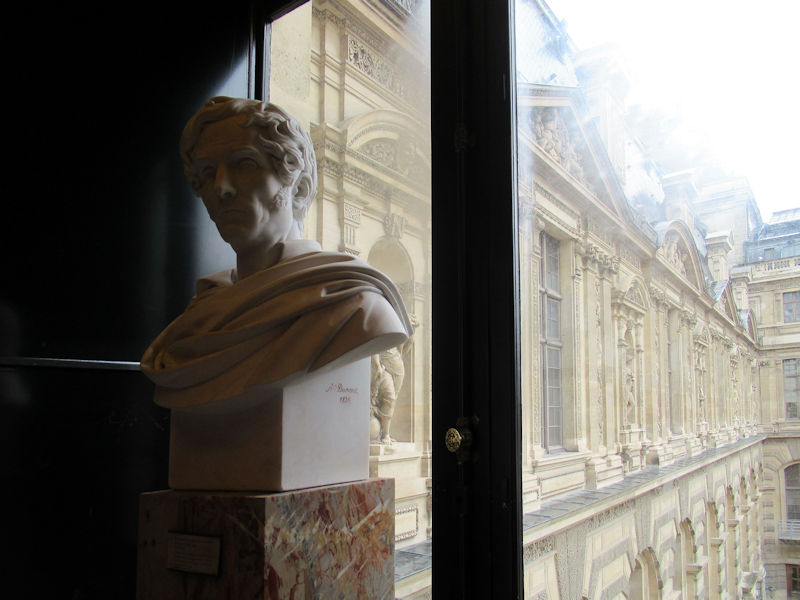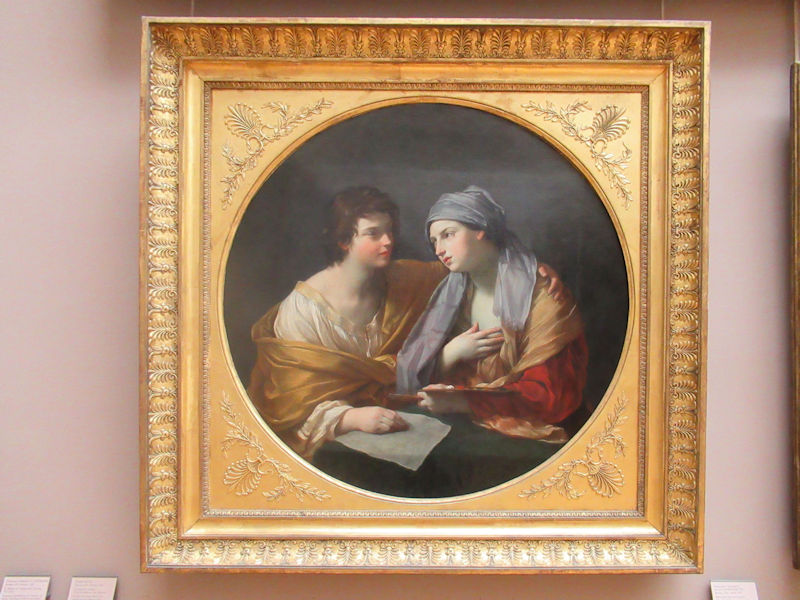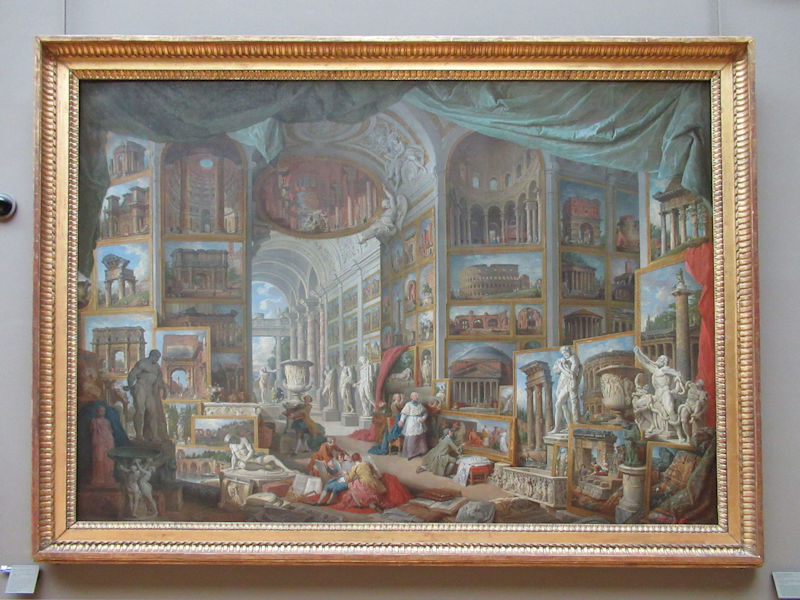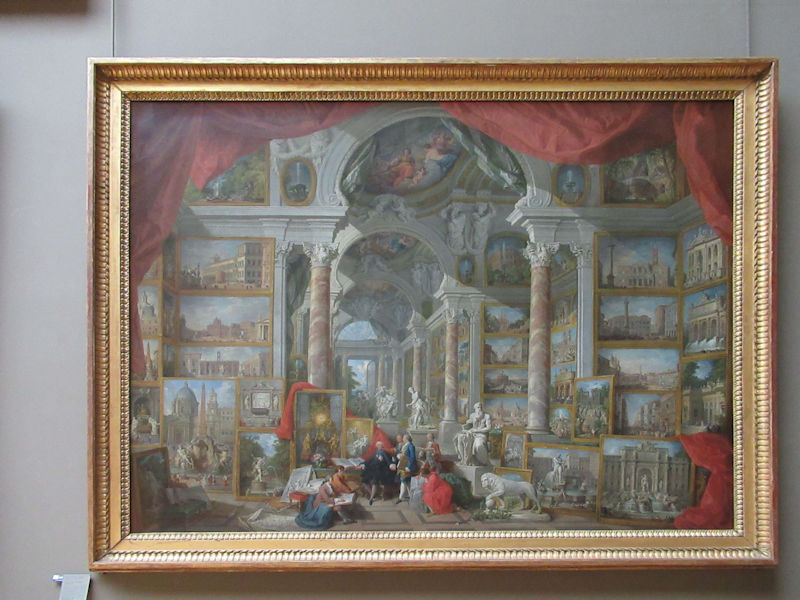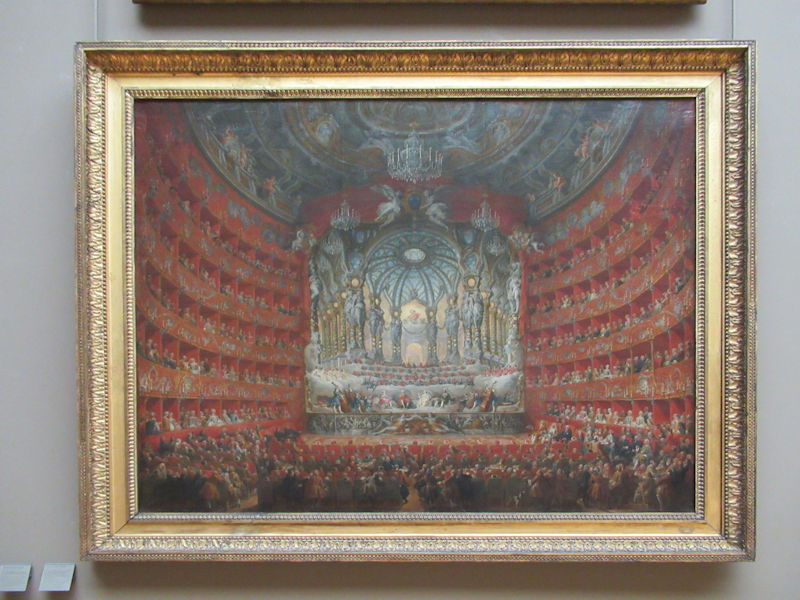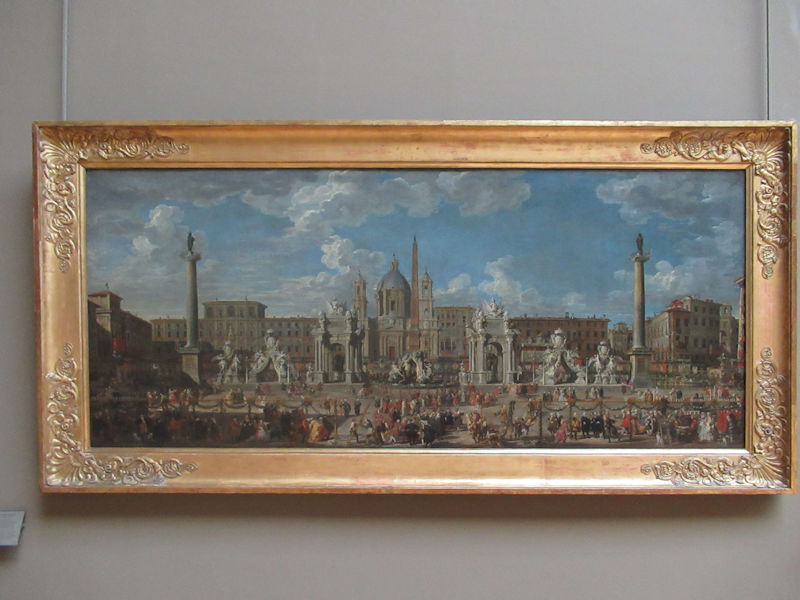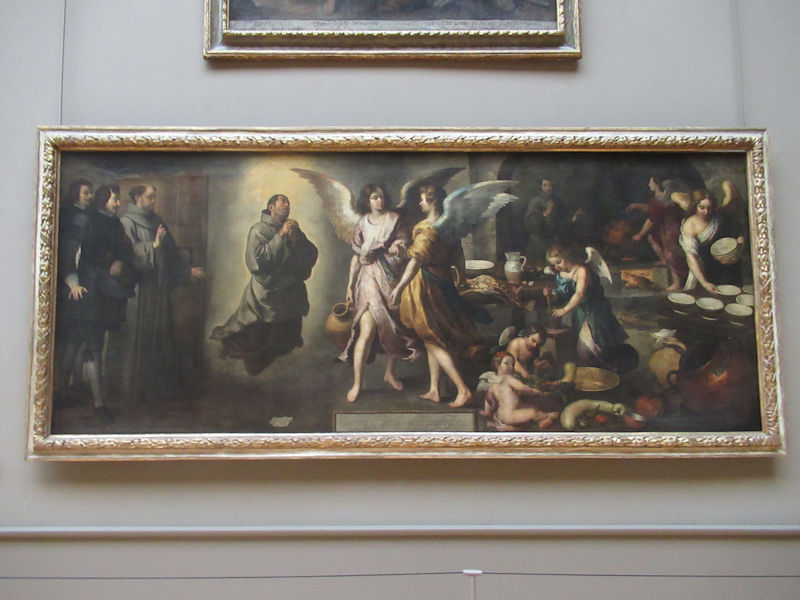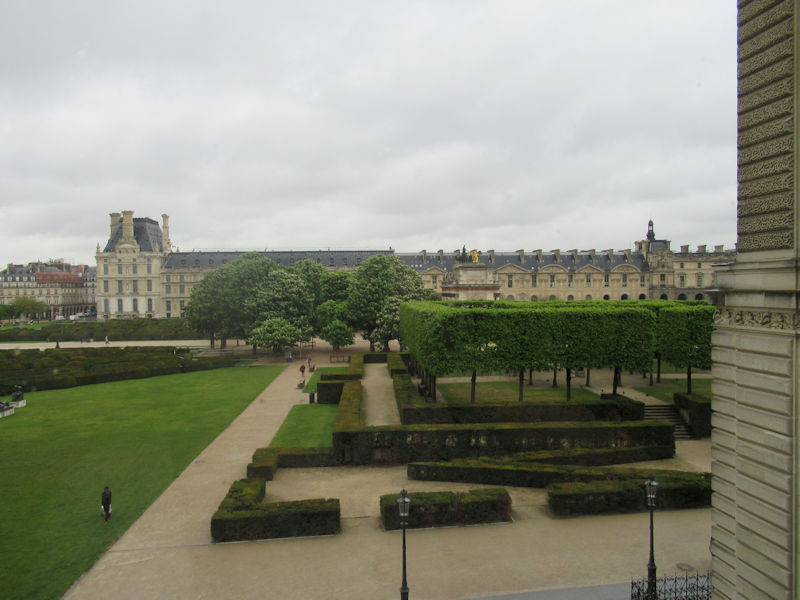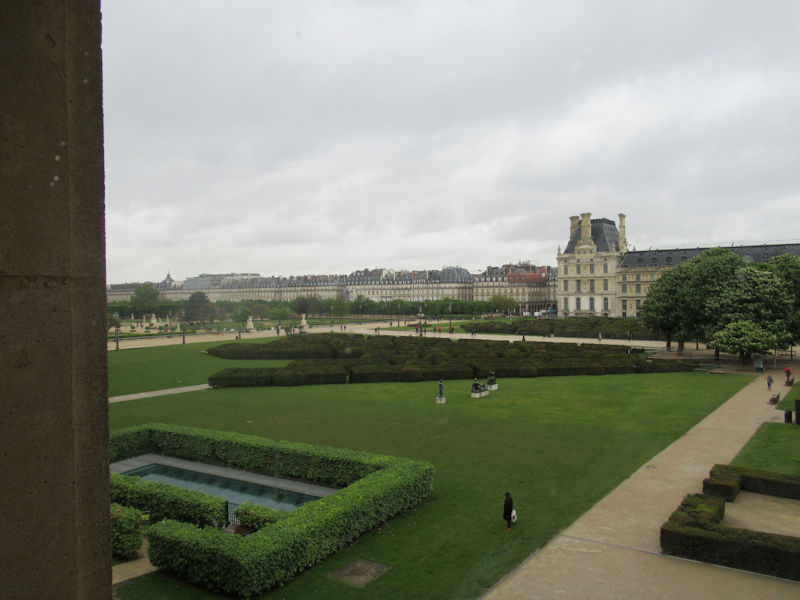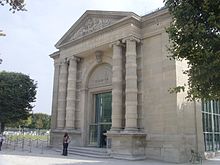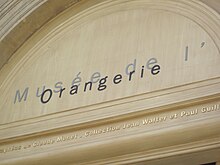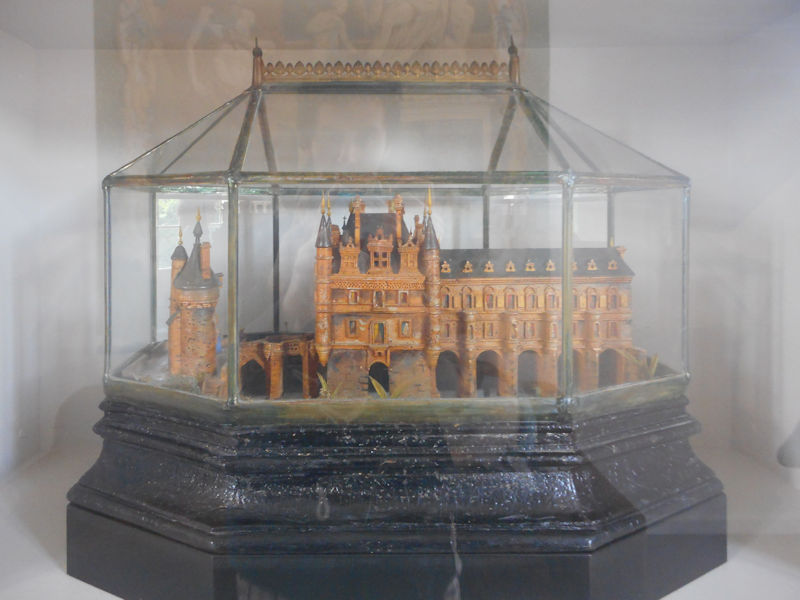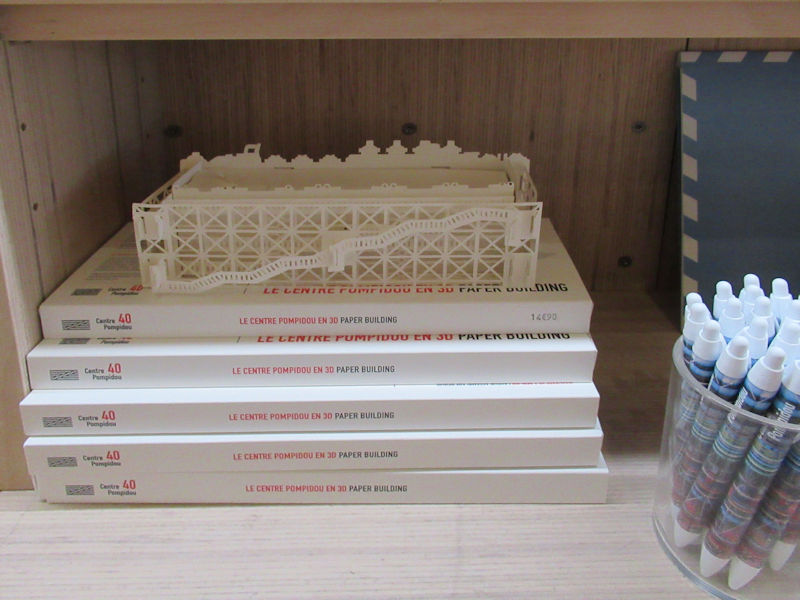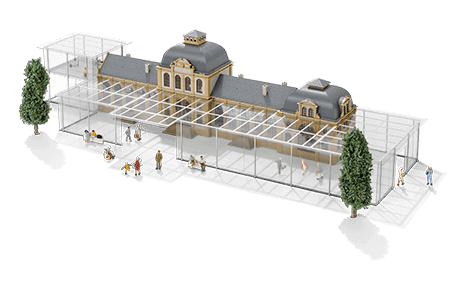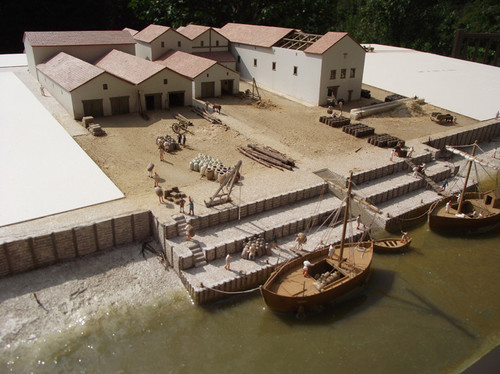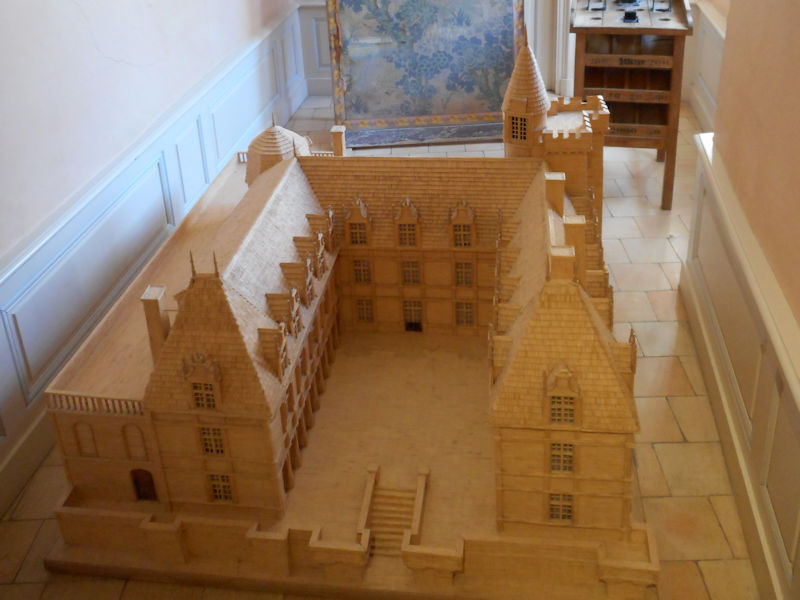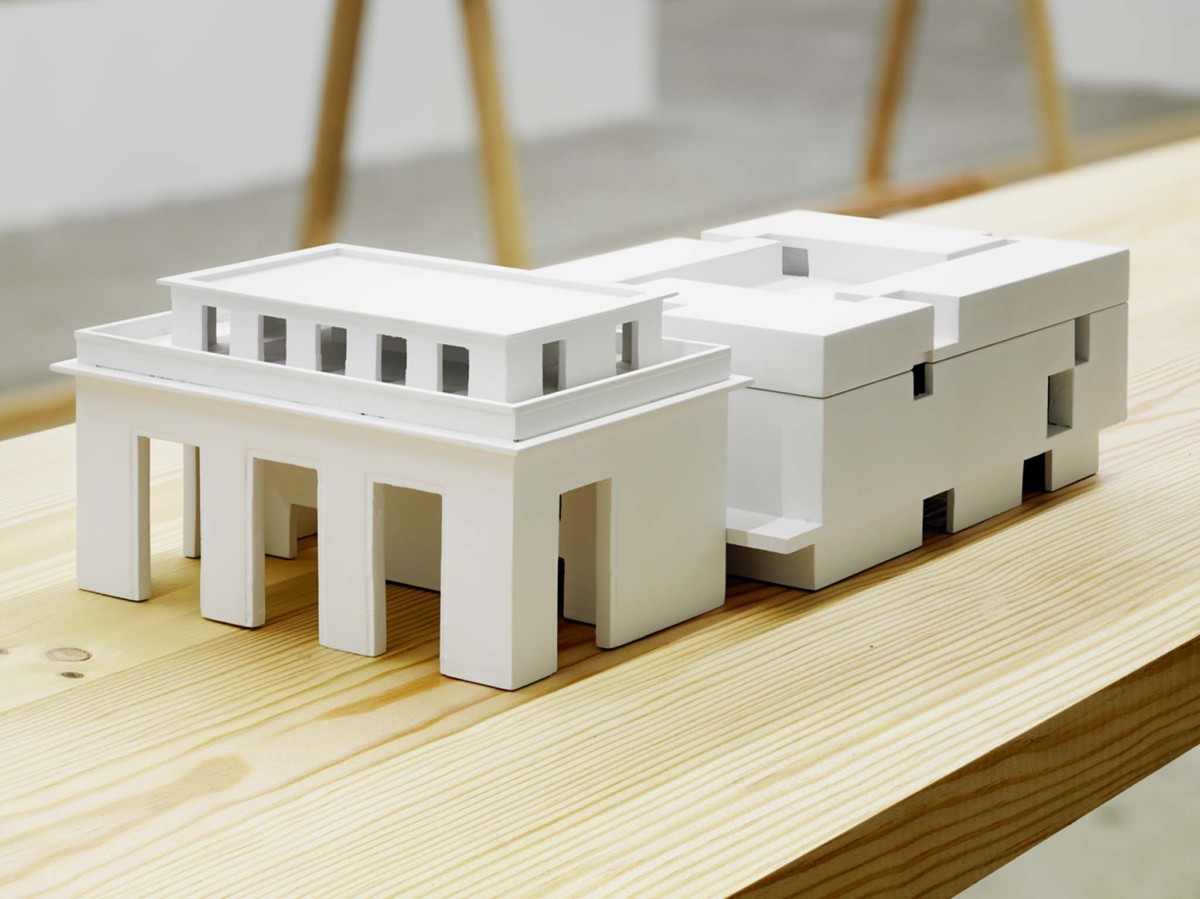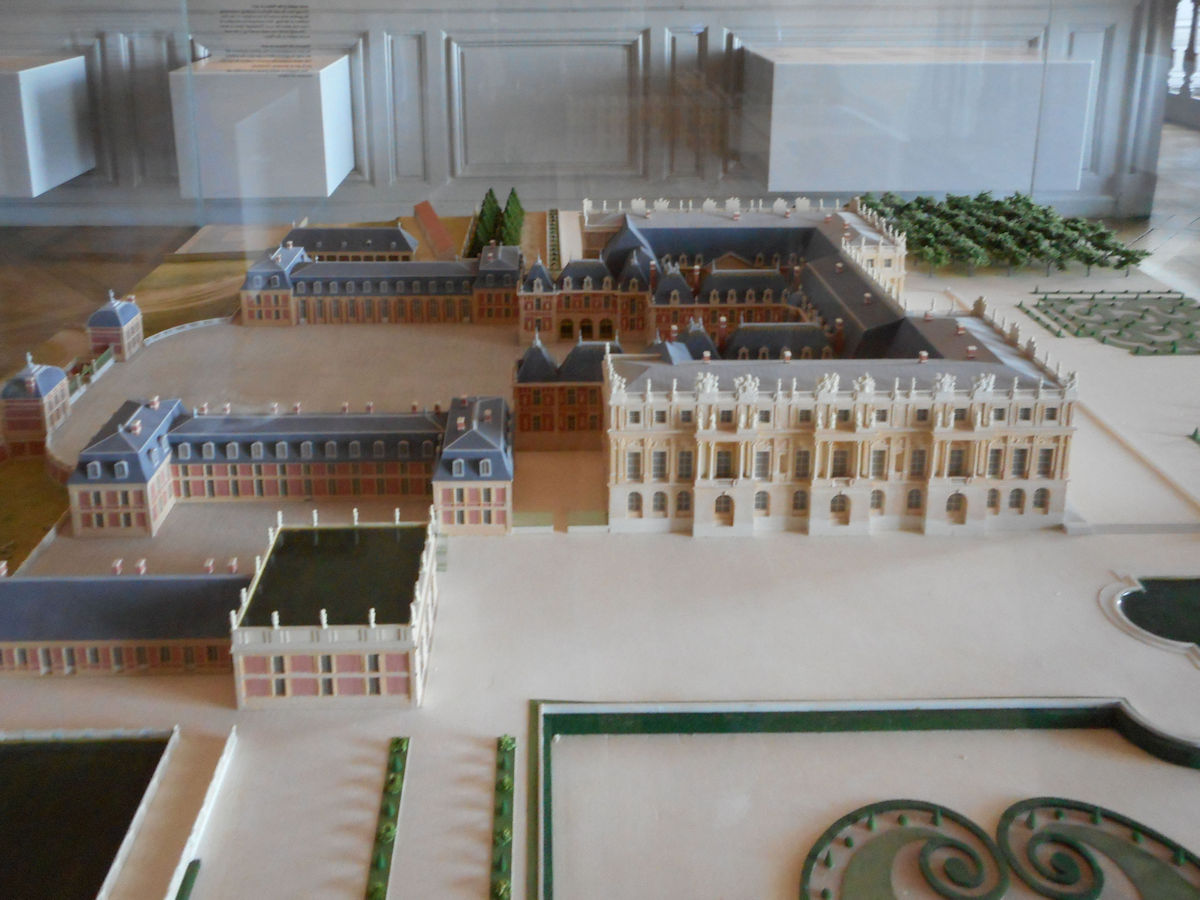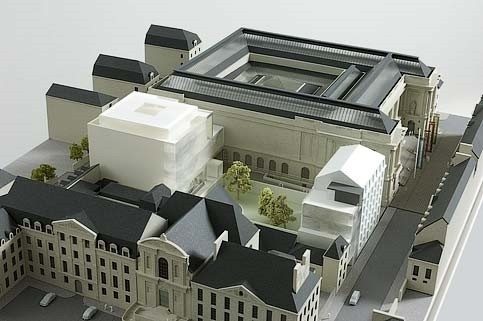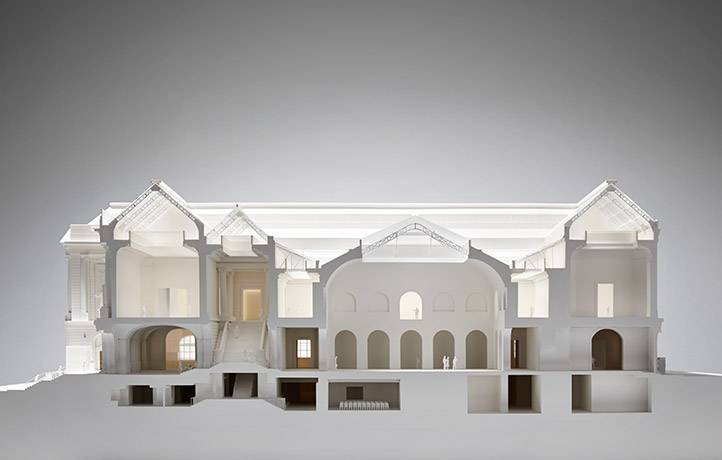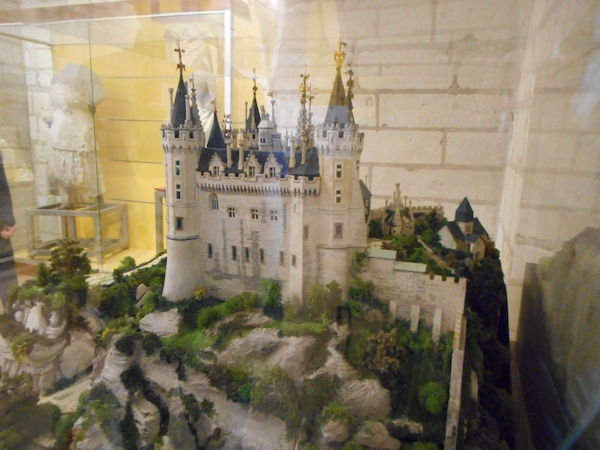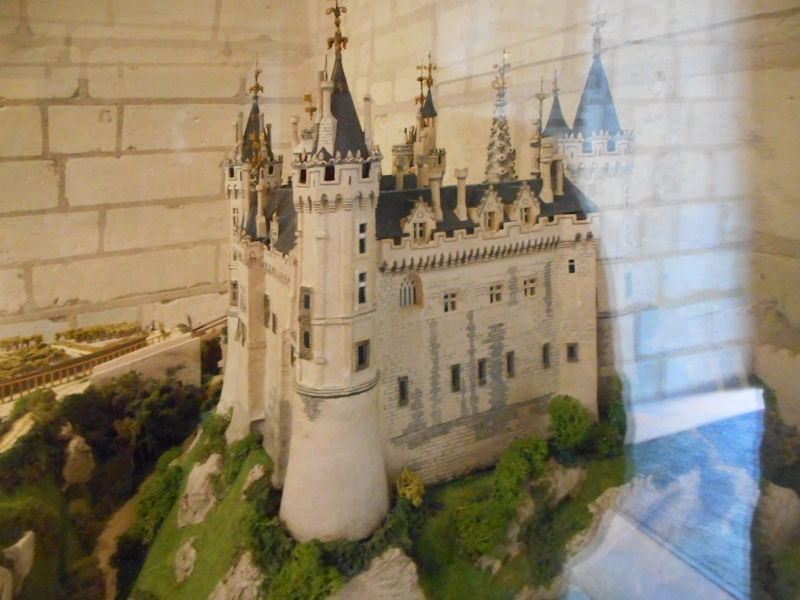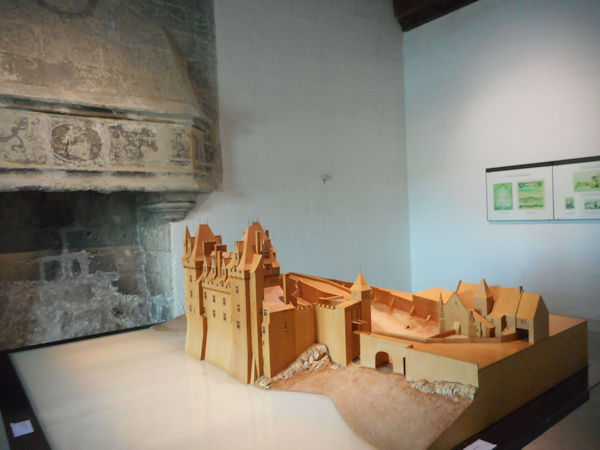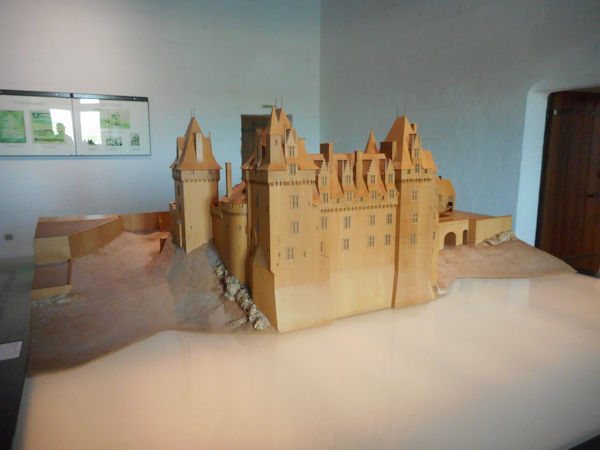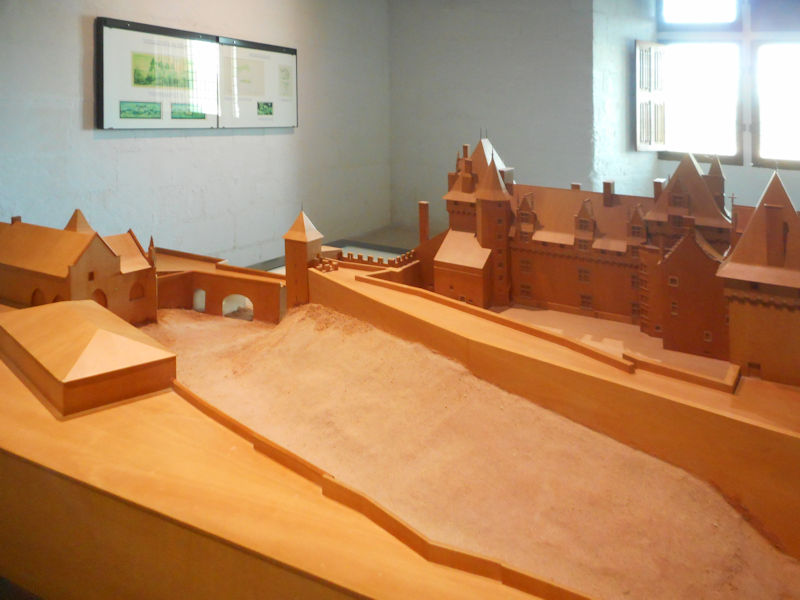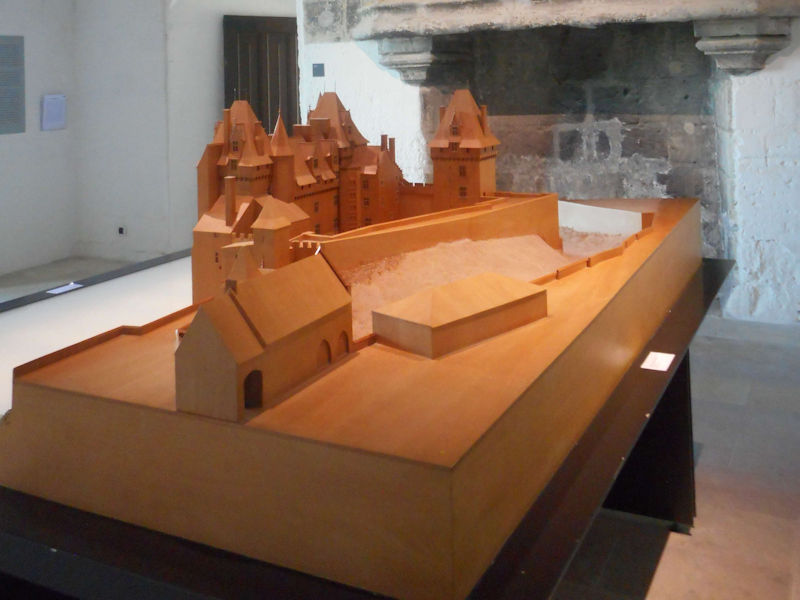Intercity Paris Stations – National
Paris Metro
Plan-Metro
Paris Metro website
Paris and outer suburbs
RER/Metro
Plan-RER-et-transiliens
Link for summary of all stations showing line numbers and photos
Paris and outer suburbs
Bus
Plan-des-Bus
History
By 1845, Paris and the railway companies were already thinking about an urban railway system to link inner districts of the city. The railway companies and the French government wanted to extend main-line railroads into a new underground network, whereas the Parisians favoured a new and independent network and feared national takeover of any system it built.[9] The disagreement lasted from 1856 to 1890. Meanwhile, the population became more dense and traffic congestion grew massively. The deadlock put pressure on the authorities and gave the city the chance to enforce its vision.
Prior to 1845, the urban transport network consisted primarily of a large number of omnibus lines, consolidated by the French government into a regulated system with fixed and unconflicting routes and schedules.[10] The first concrete proposal for an urban rail system in Paris was put forward by civil engineer Florence de Kérizouet. This plan called for a surface cable car system.[11] In 1855, civil engineers Edouard Brame and Eugène Flachat proposed an underground freight urban railroad, due to the high rate of accidents on surface rail lines.[11] On 19 November 1871 the General Council of the Seine commissioned a team of 40 engineers to plan an urban rail network.[12] This team proposed a network with a pattern of routes “resembling a cross enclosed in a circle” with axial routes following large boulevards. On 11 May 1872 the Council endorsed the plan, but the French government turned down the plan.[12] After this point, a serious debate occurred over whether the new system should consist of elevated lines or of mostly underground lines; this debate involved numerous parties in France, including Victor Hugo, Guy de Maupassant, and the Eiffel Society of Gustave Eiffel, and continued until 1892.[13] Eventually the underground option emerged as the preferred solution because of the high cost of buying land for rights-of-way in central Paris required for elevated lines, estimated at 70,000 francs per metre of line for a 20-metre-wide railroad.[14]
The last remaining hurdle was the city’s concern about national interference in its urban rail system. The city commissioned renowned engineer Jean-Baptiste Berlier, who designed Paris’ postal network of pneumatic tubes, to design and plan its rail system in the early 1890s.[14] Berlier recommended a special track gauge of 1,300 mm (4 ft 3 3⁄16 in) (versus the standard gauge of 1,435 mm or 4 ft 8 1⁄2 in) to protect the system from national takeover, which inflamed the issue substantially.[15] The issue was finally settled when the Minister of Public Works begrudgingly recognized the city’s right to build a local system on 22 November 1895, and by the city’s secret designing of the trains and tunnels to be too narrow for main-line trains, while adopting standard gauge as a compromise with the state.[15]
Fulgence Bienvenüe project
On 20 April 1896, Paris adopted the Fulgence Bienvenüe project, which was to serve only the city proper of Paris. Many Parisians worried that extending lines to industrial suburbs would reduce the safety of the city. Paris forbade lines to the inner suburbs and, as a guarantee, Métro trains were to run on the right, as opposed to existing suburban lines, which ran on the left.
Unlike many other subway systems (such as that of London), this system was designed from the outset as a system of (initially) nine lines.[16] Such a large project required a private-public arrangement right from the outset – the city would build most of the permanent way, while a private concessionaire company would supply the trains and power stations, and lease the system (each line separately, for initially 39-year leases).[further explanation needed][16] In July 1897, six bidders competed, and The Compagnie Generale de Traction, owned by the Belgian Baron Édouard Empain, won the contract; this company was then immediately reorganized as the Compagnie de Chemin de Fer Metropolitan.[16]
Construction began on November 1898.[17] The first line, Porte Maillot–Porte de Vincennes, was inaugurated on 19 July 1900 during the Paris World’s Fair. Entrances to stations were designed in Art Nouveau style by Hector Guimard. Eighty-six of his entrances are still in existence.
Bienvenüe’s project consisted of 10 lines, which correspond to today’s Lines 1 to 9. Construction was so intense that by 1920, despite a few changes from schedule, most lines had been completed. The shield method of construction was rejected in favor of the cut-and-cover method in order to speed up work.[18] Bienvenüe, a highly regarded engineer, designed a special procedure of building the tunnels to allow the swift repaving of roads, and is credited with a largely swift and relatively uneventful construction through the difficult and heterogeneous soils and rocks.[19]
Lines 1 and 4 were conceived as central east-west and north-south lines. Two lines, ligne 2 Nord (line 2 North) and ligne 2 Sud (line 2 South), were also planned but line 2 South was merged with line 5 in 1906. Line 3 was an additional east-west line to the north of line 1 and line 5 an additional north-south line to the east of line 4. Line 6 would run from Nation to Place d’Italie. Lines 7, 8 and 9 would connect commercial and office districts around the Opéra to residential areas in the north-east and the south-west. Bienvenüe also planned a circular line, the ligne circulaire intérieure, to connect the six main-line stations. A section opened in 1923 between Invalides and the Boulevard Saint-Germain before the plan was abandoned.
Nord-Sud competing network
A Nord-Sud station signage
On 31 January 1904, a second concession was granted to the Société du chemin de fer électrique souterrain Nord-Sud de Paris (Paris North-South underground electrical railway company), abbreviated to the Nord-Sud (North-South) company. It was responsible for building three proposed lines:
- line A would join Montmartre to Montparnasse as an additional north-south line to the west of Line 4.
- line B would serve the north-west of Paris by connecting Saint-Lazare station to Porte de Clichy and Porte de Saint-Ouen.
- line C would serve the south-west by connecting Montparnasse station to Porte de Vanves. The aim was to connect B with C, but CMP bought before: B renamed 13, C 14. Both were connected by RATP as current Line 13.
Line A was inaugurated on 4 November 1910, after being postponed because of floods in January that year. Line B was inaugurated on 26 February 1911. Because of the high construction costs, the construction of line C was postponed. Nord-Sud and CMP used compatible trains that could be used on both networks, but CMP trains used 600 volts third rail, and NS −600 volts overhead wire and +600 volts third rail. This was necessary because of steep gradients on NS lines. NS distinguished itself from its competitor with the high-quality decoration of its stations, the trains’ extreme comfort and pretty lighting.
Nord-Sud did not become profitable and bankruptcy became unavoidable. By the end of 1930, the CMP bought Nord-Sud. Line A became Line 12 and line B Line 13. Line C was built and renamed line 14, that Line was reorganized in 1937 with Lines 8 and 10. This partial line is now the south part of line 13.
The last Nord-Sud train set was decommissioned on 15 May 1972.[20]
1930–1950: first inner suburbs are reached
Paris Métro network in 1939
Bienvenüe’s project was nearly completed during the 1920s. Paris planned three new lines and extensions of most lines to the inner suburbs, despite the reluctance of Parisians. Bienvenüe’s inner circular line having been abandoned, the already-built portion between Duroc and Odéon for the creation of a new east-west line that became line 10, extended west to Porte de Saint-Cloud and the inner suburbs of Boulogne.
The line C planned by Nord-Sud between Montparnasse station and Porte de Vanves was built as line 14 (different from present line 14). It extended north in encompassing the already-built portion between Invalides and Duroc, initially planned as part of the inner circular. The over-busy Belleville funicular tramway would be replaced by a new line, line 11, extended to Châtelet. Lines 10, 11 and 14 were thus the three new lines envisaged under this plan.
Most lines would be extended to the inner suburbs. The first to leave the city proper was line 9, extended in 1934 to Boulogne-Billancourt; more followed in the 1930s. World War II forced authorities to abandon projects such as the extension of Lines 4 or 12 to the northern suburbs. By 1949, eight lines had been extended: Line 1 to Neuilly-sur-Seine and Vincennes, Line 3 to Levallois-Perret, Line 5 to Pantin, Line 7 to Ivry-sur-Seine, Line 8 to Charenton, Line 9 to Boulogne-Billancourt, Line 11 to Les Lilas and Line 12 to Issy-les-Moulineaux.
World War II had a massive impact on the Métro. Services were limited and many stations closed. The risk of bombing meant the service between Place d’Italie and Étoile was transferred from Line 5 to line 6, so that most of the elevated portions of the Métro would be on Line 6. As a result, Lines 2 and 6 now form a circle. Most stations were too shallow to be used as bomb shelters. The French Resistance used the tunnels to conduct swift assaults throughout Paris.[21]
It took a long time to recover after liberation in 1944. Many stations had not reopened by the 1960s and some closed for good. On 23 March 1948, the CMP (the underground) and the STCRP (bus and tramways) merged to form the RATP, which still operates the Métro.
1960–1990: development of the RER
The network grew saturated during the 1950s. Outdated technology limited the number of trains, which led the RATP to stop extending lines and concentrate on modernisation. The MP 51 prototype was built, testing both rubber-tyred metro and basic automatic driving on the voie navette. The first replacements of the older Sprague trains began with experimental articulated trains and then with mainstream rubber-tyred metro MP 55 and MP 59, some of the latter still in service (line 11). Thanks to newer trains and better signalling, trains ran more frequently.
The population boomed from 1950 to 1980. Cars became more popular and suburbs grew further from the city. The main railway stations, termini of the suburban rail lines, were overcrowded during rush hour. The short distance between metro stations slowed the network and made it unprofitable to build extensions. The solution in the 1960s was to revive a project abandoned at the end of the 19th century: joining suburban lines to new underground portions in the city centre as the Réseau express régional (regional express network; RER).
The RER plan initially included one east-west line and two north-south lines. RATP bought two unprofitable SNCF lines—the Ligne de Saint-Germain (westbound) and the Ligne de Vincennes (eastbound) with the intention of joining them and to serve multiple districts of central Paris with new underground stations. The new line created by this merger became line A. The Ligne de Sceaux, which served the southern suburbs and was bought by the CMP in the 1930s, would be extended north to merge with a line of the SNCF and reach the new Charles de Gaulle Airport in Roissy. This became line B. These new lines were inaugurated in 1977 and their wild success outperformed all the most optimistic forecasts to the extent that line A is the most used urban rail line in the world with nearly 300 million journeys a year.
Because of the enormous cost of these two lines, the third planned line was abandoned and the authorities decided that later developments of the RER network would be more cheaply developed by SNCF, alongside its continued management of other suburban lines. However, the RER developed by SNCF would never match the success of the RATP’s two RER lines. In 1979, SNCF developed line C by joining the suburban lines of Gare d’Austerlitz and Gare d’Orsay, the latter being converted into a museum dedicated to impressionist paintings. During the 1980s, it developed line D, which was the second line planned by the initial RER schedule, but serving Châtelet instead of République to reduce costs. A huge Métro-RER hub was created at Châtelet-Les Halles, the world’s largest underground station.[22]
The same project of the 1960s also decided to merge lines 13 and 14 to create a quick connection between Saint-Lazare and Montparnasse as a new north-south line. Distances between stations on the lengthened line 13 differ from that on other lines in order to make it more “express” and hence to extend it farther in the suburbs. The new Line 13 was inaugurated on 9 November 1976.
1990–2010: Eole and Météor
In October 1998, Line 14 was inaugurated. It was the first fully new Métro line in 63 years. Known during its conception as Météor (Métro Est-Ouest Rapide), it is one of the two fully automatic lines within the network along with Line 1. It was the first with platform screen doors to prevent suicides and accidents. It was conceived with extensions to the suburbs in mind, similar to the extensions of the line 13 built during the 1970s. As a result, most of the stations are at least a kilometre apart. Like the RER lines designed by the RATP, nearly all stations offer connections with multiple Métro lines. The line runs between Saint-Lazare and Olympiades.
Lines 7 and 13 are the only two on the network to be split in branches. The RATP would like to get rid of those saturated branches in order to improve the network’s efficiency. A project existed to attribute to line 14 one branch of each line, and to extend them further into the suburbs. This project was abandoned. In 1999, the RER line E was inaugurated. Known during its conception as Eole (Est-Ouest Liaison Express), it is the fifth RER line. It terminates at Haussmann – Saint-Lazare, but a new project, financed by EPAD, the public authority managing the La Défense business district, should extend it west to La Défense – Grande Arche and the suburbs beyond.
2010 and beyond: automation
In work started in 2007 and completed in November 2011, Line 1 was converted to driverless operation. The line was operated with a combination of driver-operated trains and driver-less trains until the delivery of the last of its driver-less MP 05 trains in February 2013. The same conversion is on-going for Line 4, with an expected completion date in 2022.
Several extensions to the suburbs opened in the last years. Line 8 was extended to Pointe du Lac in 2011, line 12 was extended to Aubervilliers in 2012 and line 4 was extended to Mairie de Montrouge in 2013.
Paris Métro lines
 |
Line 1 |
1900 |
1992 |
25 |
16.6 km / 10.3 miles |
692 m |
213,921,408 |
La Défense
Château de Vincennes |
 |
Line 2 |
1900 |
1903 |
25 |
12.3 km / 7.7 miles |
513 m |
95,945,503 |
Porte Dauphine
Nation |
 |
Line 3 |
1904 |
1971 |
25 |
11.7 km / 7.3 miles |
488 m |
91,655,659 |
Pont de Levallois
Gallieni |
 |
Line 3bis |
1971 |
1971 |
4 |
1.3 km / 0.8 miles |
433 m |
Porte des Lilas
Gambetta |
 |
Line 4 |
1908 |
2013 |
27 |
12.1 km / 6.6 miles |
424 m |
155,348,608 |
Porte de Clignancourt
Mairie de Montrouge |
 |
Line 5 |
1906 |
1985 |
22 |
14.6 km / 9.1 miles |
695 m |
92,778,870 |
Bobigny
Place d’Italie |
 |
Line 6 |
1909 |
1942 |
28 |
13.6 km / 8.5 miles |
504 m |
104,102,370 |
Charles de Gaulle–Étoile
Nation |
 |
Line 7 |
1910 |
1987 |
38 |
22.4 km / 13.9 miles |
605 m |
121,341,833 |
La Courneuve
Villejuif
Mairie d’Ivry |
 |
Line 7bis |
1967 |
1967 |
8 |
3.1 km / 1.9 miles |
443 m |
Louis Blanc
Pré Saint-Gervais |
 |
Line 8 |
1913 |
2011 |
38 |
23.4 km / 13.8 miles |
614 m |
92,041,135 |
Balard
Pointe du Lac |
 |
Line 9 |
1922 |
1937 |
37 |
19.6 km / 12.2 miles |
544 m |
119,885,878 |
Pont de Sèvres
Mairie de Montreuil |
 |
Line 10 |
1923 |
1981 |
23 |
11.7 km / 7.3 miles |
532 m |
40,411,341 |
Boulogne
Gare d’Austerlitz |
 |
Line 11 |
1935 |
1937 |
13 |
6.3 km / 3.9 miles |
525 m |
46,854,797 |
Châtelet
Mairie des Lilas |
 |
Line 12 |
1910[33] |
2012 |
29 |
13.9 km / 8.6 miles |
515 m |
81,409,421 |
Front Populaire
Mairie d’Issy |
 |
Line 13 |
1911[33] |
2008 |
32 |
24.3 km / 15.0 miles |
776 m |
114,821,166 |
Châtillon – Montrouge
Saint-Denis
Les Courtilles |
 |
Line 14 |
1998 |
2007 |
9 |
9 km / 5.6 miles |
1,129 m |
62,469,502 |
Saint-Lazare
Olympiades |
References
- Notes
- “The Network – The Metro: a Parisian institution”. RATP. Archived from the original on 18 February 2017. Retrieved 29 January 2014.
- “RAPPORT D’ACTIVITÉ 2015” (pdf). STIF. p. 18. Retrieved 2017-03-17.
- “Brief history of the Paris metro”. france.fr – The official website of France. Archived from the original on 26 September 2013. Retrieved 21 September 2013.
- Statistiques Syndicat des transports d’Île-de-France rapport 2005 (in French) states 297 stations + Olympiades + Les Agnettes + Les Courtilles Archived 17 June 2012 at the Wayback Machine.
- “Archived copy”. Archived from the original on 18 September 2016. Retrieved 17 September 2016.
- [1] Archived 15 February 2010 at the Wayback Machine.
- [2]
- Bobrick, Benson. Labyrinths of Iron: A History of the World’s Subways. New York: Newsweek Books, 1981. p135
- Bobrick, Benson. Labyrinths of Iron: A History of the World’s Subways. New York: Newsweek Books, 1981. p138-140
- Bobrick, Benson. Labyrinths of Iron: A History of the World’s Subways. New York: Newsweek Books, 1981. p141
- Bobrick, Benson. Labyrinths of Iron: A History of the World’s Subways. New York: Newsweek Books, 1981. p142
- Bobrick, Benson. Labyrinths of Iron: A History of the World’s Subways. New York: Newsweek Books, 1981. p142-148
- Bobrick, Benson. Labyrinths of Iron: A History of the World’s Subways. New York: Newsweek Books, 1981. p148
- Bobrick, Benson. Labyrinths of Iron: A History of the World’s Subways. New York: Newsweek Books, 1981. p148-9
- Bobrick, Benson. Labyrinths of Iron: A History of the World’s Subways. New York: Newsweek Books, 1981. p149
- Bobrick, Benson. Labyrinths of Iron: A History of the World’s Subways. New York: Newsweek Books, 1981. p149.
- Bobrick, Benson. Labyrinths of Iron: A History of the World’s Subways. New York: Newsweek Books, 1981. p151
- Bobrick, Benson. Labyrinths of Iron: A History of the World’s Subways. New York: Newsweek Books, 1981. p150-1,162
- “1968–1983 : le RER et la modernisation du réseau parisien” [1968–1983: The RER and the modernisation of the parisian network]. Musée des Transports – Histoire du Métropolitain de Paris (in French). Retrieved 6 February 2011.
- Bobrick, Benson. Labyrinths of Iron: A History of the World’s Subways. New York: Newsweek Books, 1981. p. 286.
- Aplin, Richard; Montchamp, Joseph (2014-01-27). Dictionary of Contemporary France. Routledge. ISBN 9781135936464.
Métro ticket
See also: Paris ticket “t+” and Public transport fares in the Île-de-France
Fares are sold at kiosks and at automated machines in the station foyer. Entrance to platforms is by automated gate, opened by smart cards and simple tickets. Gates return tickets for passengers to retain for the duration of the journey. There is normally no system to collect or check tickets at the end of the journey, and tickets can be inspected at any point. The exit from all stations is clearly marked as to the point beyond which possession of a ticket is no longer required. The standard ticket is ticket “t+”. It is valid for a multi-transfer journey within one and a half hours from the first validation. It can be used on the Métro, buses and trams, and in zone 1 of the RER. It allows unlimited transfers between the same mode of transport (i.e. Métro to Métro, bus to bus and tram to tram), between bus and tram, and between metro and RER zone 1. When transferring between the Metro and the RER, it is necessary to retain the ticket. The RER requires a valid ticket for entry and exit, even for a transfer. It costs €1.90 or ten (a carnet) for €14.50 as of June 2017.[28]
Other fares use the Navigo pass, an RFID-based contactless smart card. Fares include:
- daily (Mobilis; the Ticket Jeunes, for youth under 26 years on weekends and national holidays, is half the cost of a Mobilis pass[29]).
- weekly or monthly (the former Carte orange, sold as the weekly Navigo (“hebdo”) and the monthly Navigo)
- yearly (Navigo intégrale, or Imagine R for students)
- The (Paris Visite) travel card is available for one, two, three or five days, for zones 1–3 covering the centre of Paris, or zones 1–5 covering the whole of the network including the RER to the airports, Versailles and Disneyland Paris. It was conceived mainly for visitors and is available through RATP’s distributors in the UK, Switzerland and Belgium. It may be a better deal to buy a weekly card (up to €10 saving) but a weekly card runs from Monday to Monday (and is reset every Monday), whereas the Paris Visite card is valid for the number of days purchased.
